23 Traditional Canadian Foods You Need to Try & Where to Get Them

Thanks to Canada’s rich history, the diversity of its inhabitants and the variety of ingredients originate from across of its vast landscape of 13 distinctive provinces and territories, there are many popular Canadian foods where ingredients within the dish retell a historical and cultural story about a particular region of the country.

What is Canadian Cuisine?
Canadian cuisine differs vastly across the country, and truly depends on which region of Canada you reside in. The nation’s three earliest cuisines were influenced by the First Nations, as well as French, Scottish, and English roots. In fact, traditional English Canadian cuisine is linked very closely to British cuisine, where French Canadian cuisine has ties to French cuisine, as well as winter provisions made from fur traders.
As immigrants from South and East Asia, the Caribbean, as well as the Southern, Eastern, and Central parts of Europe began settling into this nation in the 19 th and 20 th century, as such, dishes from these areas of the world began landing on Canadian dinner tables, and as such, influenced this country’s culinary dishes. Offering, once again, a wonderful example of how multiculturalism was ingrained in this country, even during its earliest years of existence.
There is no single definition of Canadian cuisine. It starts with ingredients that spring from the landscape and with traditional dishes steeped in the region’s history and culture. On the front lines of Canada’s culinary scene, each chef innovatively reinterprets these elements to reflect a very personal vision of the land, food, and people around him or her.” – Jennifer Cochrall-King , Canadian food culture writer and author

- Origin: Quebec
- Where to eat it: Due to its surge in popularity, poutine can be found within most restaurants (including fast food franchises) in Quebec, Ontario, and the Maritimes.
Undeniably one of the most popular foods linked to Canada is poutine! It is as simple as it is delicious, made up of French fries and cheese curds, covered in gravy – although, these days, there are plenty of add ons to this dish, including the likes of bacon, pulled pork, onions, and so on. Poutine originated out of the province of Quebec, in and around the Centre-du-Quebec, in the late 1950s.
2. Saskatoon Berry Pie

- Origin: Saskatoon, Saskatchewan
- Where to eat it: Saskatoon or other Prairie provinces
With a sweet and nutty/almond-like flavour, Saskatoon berries are also referred to as “prairie berries” and while they look a lot like blueberries, they’re more closely related to apples. Nutritious and sweet, the berry was a staple for early settlers and the Indigenous Peoples of the region, where it could be eaten fresh, or preserved to consume during the wintertime.
The pie consists of Saskatoon berries (obviously), sugar, flour or cornstarch, lemon juice (or zest), all piled into a pie crust, and often enjoyed with a scoop of ice cream, it the urge strikes.
3. Peameal Bacon

- Origin: Toronto, Ontario
- Where to eat it: Tourists can enjoy some peameal sandwiches at Toronto’s St. Lawrence Market ; however, it is available at most restaurants (in and around the Greater Toronto Area), and can be bought at most grocery stores or butcher shops in the province and fried up at home.
Also known as “Canadian bacon” , peameal is a leaner alternative to traditional bacon, simply a pork cut from the back of the pig, where the fat has been trimmed off, and then rolled in cornmeal. It can be prepared the same ways as bacon – fried up in a pan or baked in the oven. With a steak-like texture, and salty taste, peameal can complement a side of eggs (any style), or made into a sandwich. The opportunities are endless.
4. Beavertails

- Origin: Ontario
- Where to eat it: BeaverTails locations all across Canada (and some in the U.S.A, too)
Deep-fried dough that is stretched and resembles a flat donut, the beavertail’s origins go back to the 19 th century when indigenous peoples of Canada would cook actual beaver’s tails over an open fire and eat the meat inside. Early settlers took inspiration from this and started to cook their dough in the same way – stretched across two sticks in the shape of a beaver’s tail..
In 1978, Pam and Grant Hooker turned a family recipe into a Canadian corporate phenomena when they sold their pastries at the Killaloe Craft and Community Fair. While beavertails were served simply with some sugar sprinkled on top, thanks to BeaverTails, Canadians and tourists alike enjoyed them with a wide variety of toppings including frosting, Nutella, peanut butter, candy bar sprinkles, and more.

- Origin: Innuit of Canada, Canadian First Nations
- Where can you eat it: While it is hard to find many establishments that serve bannock these days, you can make some in the comfort of your own home, with the proper ingredients
Speaking of, much like beavertails, the Indigenous Peoples would also cook doughy bread over an open fire, and bannock can be described as circular flatbread. It was a staple for the Indigenous, as it was easy to make and cook – where only flour was needed. It was once eaten on its own, but today many enjoy it with jam or meat fillings.
6. Butter Tarts

- Origin: Eastern Ontario
- Where to eat: Most bakeries all over Canada, and can be enjoyed at butter tart festivals all across the country
Records indicate that the butter tart stemmed from Eastern Ontario in 1915. Mixing butter, vanilla, syrup, sugar, and eggs, and placed into a flakey crust shell, it offers a little piece of dessert heaven, right here on earth.
Today’s butter tarts have exploded with a variety of types, with add-on ingredients, including chopped nuts, raisins, pecans, chocolate chips, and more.
7. Fish and Brewis

- Origin: Newfoundland and Labrador
- Where to eat it: Maritime provinces
Mix some hard bread (sometimes referred to as “hard tack”), with salty cod, and you have this traditional dish from Newfoundland that was originally developed by sailors away at sea for weeks, maybe months who required long-lasting dishes that could withstand these trips. The bread and fish are mixed together and soaked overnight, served with scrunchions (salted fried pork, crumbled up).
8. Montreal-Style Bagels

- Origin: Montreal, Quebec
- Where to eat it: While they can be found in differing establishments across Canada, if you want a good Montreal-Style bagel, head to Montreal
What distinguishes a Montreal bagel from the rest of the bagel pack? While New York bagels are doughy, chewy, and soft, Montreal’s variations are sweeter, denser, and smaller – cooked up in a wood-fire oven.
The bagels popped up in Montreal, Quebec in the 1900s when Eastern European Jewish immigrants arrived in Canada, and were exclusively made (and sold) within Jewish communities at first. When the 1950s hit, Montreal bagels could be found in non-kosher bakeries and stores across the city.
9. Nanaimo Bars

- Origin: Vancouver, British Columbia
- Where to eat it: One could whip these up in their kitchen , and can be found in most bakeries and coffee shops across the country
Named after a city in British Columbia on Vancouver Island, the Nanaimo bar requires zero baking and consists of three layers, including a wafer, nut, and crumbled coconut base on the bottom; custard middle; and chocolate ganache on the very top. Its origins stem from Vancouver in the early 1950s, and nowadays, is a sweet treat that many Canadians like to indulge in.
10. Tourtière

- Where to eat it: Quebec
Early Quebec settlers developed this double-crusted meat pie as a dish for Christmas back in the early 1600s when they first settled in the country. While the meat base is generally made from veal, beef, and pork, there are other variations of the tourtiere that are made with a fish-meat base. And in Montreal, the tourtiere is generally just made of pork; however, traditionally, gaming meat (rabbit, pheasant, pigeon, or moose) was used, back in the day.
Aside from that meaty-middle , the tourtiere is all about the spices, with four main ones used (clove, allspice, cinnamon, and nutmeg), offering a festive-like savoury flavor in every flakey bite. It is often accompanied with a sauce or condiment of sorts, from ketchup (homemade or bottled), to pickled beets, cranberry sauce, and more.
11. Jiggs Dinner

- Origin: Canada’s Atlantic provinces
- Where to eat it: Canada’s Atlantic provinces
Also referred to as a cooked or “boiled” dinner, this is a traditional meal that residents in and around the Atlantic provinces prepare on Sundays. Stemming from the popular comic strip, Bringing Up Father that ran from 1913 to 2000, the “Jiggs” family’s favourite meal was cabbage and corned beef, thus the name.
The meal consisted of salted riblets or salted beef, which is then boiled together with cabbage, turnip, potatoes, and carrots, accompanied typically with butter, cranberry sauce, pickled beets, and thin gravy (made from the roasted meat drippings).
12. Figgy Duff

- Where to eat it: Newfoundland and Labrador
Speaking of, if you live in Newfoundland and Labrador, you may enjoy a nice helping of figgy duff, after your Jiggs dinner. A pudding composed of raisins, breadcrumbs, molasses, flour, butter, brown sugar, and other spices, everything is placed into a pudding bag, mixed up, wrapped with cheesecloth (or an empty can), and then boiled along with the Jiggs dinner that is being prepared in one pot!
13. Baked Beans

- Origin: Canada’s Indigenous Peoples
- Where to eat it: Cans can be found in most grocery stores across Canada – or they can be made at home
Whether it’s for breakfast, lunch, or dinner, baked beans are a versatile side dish that can be eaten alongside any meal from morning eggs (made any way you like), to hot dogs, grilled cheese, BBQ ribs, and so much more. With a sweet and savoury flavour, they can even be eaten as a main dish, by sprinkling some crumbled bacon atop, and adding a crusty bun on the side. They also happen to be an excellent source of protein and fiber, and a great meal option for those who prefer to go meatless.
Originating with Canada’s Indigenous peoples, baked beans are uniquely Canadian, thanks to the maple syrup stirred within. While you can pick up a can at any local grocery store, there are also many recipes out there when it comes to this dish that simply require a slow cooker or Dutch oven.
14. Maple Taffy on Snow

- Where to eat it: Anywhere where you can find some clean snow (or some winter festivals all across Canada)
While on the topic of maple syrup, nothing screams “Canadian” more than boiling up that sweet golden liquid to pour over snow. The result equals out to a sticky, sweet, gooey dessert (lollypop-like) on a stick! As the story goes , back in the 16 th century, a nun set out hot molasses within the cold snow to help recruit younger natives to her school, and maple taffy was born!
15. Split Pea Soup

- Where to eat it: Eaten across all the provinces, and best consumed in mom’s kitchen
Talk about the best-of-the-best when it comes to Canadian comfort food (especially for those long and hard winters). The cream soup combines peas and pork, mixed together with some herbs and spices. Often referred to as soupe aux pois and accompanied with a bun or slice of bread, it is a traditional dish in Quebecois cuisine, and has spread nationwide, thanks to its popularity in Quebec.
16. Pouding Chômeur

Directly translated as the “unemployment pudding”, pouding chômeur popped up in Quebec kitchens during the Great Depression. It consists of cake batter with hot caramel or syrup poured atop prior to baking. An interesting fact about the dish is that during the Depression, households often used stale bread in lieu of batter.
17. Toutons

Generally made from leftover bread dough, a touton is like a “Newfoundland” pancake in the sense that it is made by frying dough on a pan with either pork fat or butter. They are served at breakfast (or brunch), and can be found on menus within many restaurants and establishments across the province. While it is a challenge to pinpoint its exact date of origin , records trace back to mention of “touton” word to the early 1800s.
18. Montreal Smoked Meat Sandwich

- Where to eat it: Variations of this dish can be found in restaurants across Canada, but there’s nothing like having Montreal smoked meat, in Montreal – specifically at Schwartz’s Deli
While the exact origins of Montreal smoked meat are still uncertain , it began popping up at deli’s in the city in and around the early 1900s. A salted and cured beef brisket, with a variety of spices, the meat is then steamed and smoked to perfection. It is generally sliced, piled high and served as a sandwich, usually on rye bread (and topped with mustard); however, as of late, it can also be seen as a poutine topping.
19. Persian

- Origin: Thunder Bay, Ontario
- Where to eat it: Thunder Bay, Ontario
A cinnamon bun-type of sweet roll (with pink icing made out of either raspberries or strawberries), the Persian was first created in the 1940s, by Art Bennett, the original founder of Bennett’s Bakery and The Persian Man , and continues to be a popular sweet treat favourite among Thunder Bay locals and tourists alike. Eating competitions are hosted around these doughnut-like buns, as well as fundraisers within the community; however, if you are hankering for a taste, then you’ll have to head to the Northern Ontario city, as they are only sold in that neck of the woods.
20. Cipaille

A traditional dish in Quebec, the cipaille is unlike other variations of this meal (which sometimes includes fish), as it doesn’t contain any seafood – rather the “meat” in the pie is generally chicken, pork, beef, moose, partridge, or hare. It is an adaptation of a layered meat pie stemming from the 18 th century known as “sea pie” that was served to British sailors.
21. Sucre à la Crème

A soft, sugary confection that is cut up into small squares, sucre à la crème differs slightly from fudge as it is a bit more brittle, and has a grainier texture. It can have a variety of flavours, and at times, nuts are added.
22. Rappie Pie

- Origin: Maritime provinces
Originally an Acadian dish, the meal was adapted by families in Nova Scotia and Prince Edward Island. A casserole meal consisting of grated potatoes, along with onions and meat (either chicken, bar clams, or beef), it appeared on Maritime tables during the Acadian Expulsion, circa the mid-1700s, when Acadians were exiled to Canada.
The immigrants thus shared experiences, ideas, as well as cultural recipes. As the rocky farmland in this area was the perfect environment for growing potatoes, rappie pie became a very popular dish that would be passed down from generation to generation.
23. Date Square

- Origin: Canada
- Where to eat it: Bakeries and coffee shops across the country
There are many different names for this traditional Canadian dessert square that is made of cooked dates with oatmeal crumble atop. In the east of Canada, it’s known as date crumbles and can be found in coffee shops, while the west refers to the dessert as matrimonial cake, which makes it understandable as to why there is such a debate around the square’s origin.
While some believe it stems from a Scottish influence of settlers (thanks to the oats), many French and Eastern Canadians believe that the dessert’s origins began in their neck of the woods. While it is hard to pinpoint, the good news is, east, west, or in between, this it is clearly and truly a Canadian-owned sweet treat.
Share this:
Was this article helpful.

Stay up to date
Get Cansumer's independent reviews, expert advice, and intensively researched deals to help keep you informed, safe and connected, for free.

Open Class Action Lawsuit Settlements in Canada

Freedom of Information Requests in Canada: How to & Examples

List of Stores Closed in Canada 2015-2023
Leave a comment Cancel reply
Stay informed with cansumer in your inbox.
- Skip to primary navigation
- Skip to main content
- Skip to primary sidebar
- Skip to footer
TravelAwaits
Our mission is to serve the 50+ traveler who's ready to cross a few items off their bucket list.
23 Must-Try Canadian Foods For American Visitors

- Activities and Interests
- Destinations
- Food and Drink
Canadian food is diverse, creative, and utterly irresistible. While some of these dishes might have funny names or unusual origin stories, you can count on one thing: They’re going to be delicious! From poutine to pouding chômeur, here are 23 foods you’ll have to try when you visit Canada.
Arguably the most popular dish on this list, poutine originated in Quebec and is now found across Canada. This simple meal of French fries, cheese curds, and homemade gravy is pure Canadian comfort food.
2. Fries-Dressing-Gravy
Newfoundland’s answer to poutine is fries-dressing-gravy . Just like poutine, French fries and delicious gravy are used, but instead of cheese curds, the dish is topped with dressing (the kind of dressing or stuffing you’d have with your Thanksgiving turkey). All dressing in Newfoundland is flavored with summer savoury and you can find the herb everywhere. It’s even sold at gas stations!
3. Fries-With-The-Works
This is Prince Edward Island’s answer to poutine and it’s a delectable, messy experience. Fries-with-the-works is a comabination of French fries (always made with PEI-grown potatoes) with gravy, ground beef, and canned peas.

4. Rappie Pie
More of a pie than a casserole, rappie pie is popular throughout Acadian communities in New Brunswick, southern Nova Scotia, and Prince Edward Island. Simmered meat (usually chicken) is topped with potatoes which have been grated, dehydrated, and then re-hydrated with meat stock to form a pudding-like main dish.
5. Jigg’s Dinner
This Newfoundland classic is a one-pot boiled dinner that consists of salt beef, turnip, cabbage, potato, carrot, pease pudding, and sometimes even blueberry duff (a kind of blueberry bread that cooks on top of the pot in the steam). No Sunday family gathering in Newfoundland is complete without it.
6. Digby Scallops
Arguably the finest scallop in the world, the Digby scallop comes from the deep, cold harbor of Digby, Nova Scotia. The powerful tides here mean that the scallops have plenty of food coming at them twice a day and they’re getting a workout in the churning water. The result is large, sweet, tender seafood that’s as fresh as can be.

7. PEI Oysters
You can’t go to a serious fine-dining establishment in North America without seeing oysters from Prince Edward Island on the menu. Restaurants across the island offer “buck a shuck” deals at happy hour and are eager to show off their best regional catches.
8. Smoked Salmon
Whether it’s from Nova Scotia or British Columbia, Canadian smoked salmon is delicious and affordably priced. Keep an eye out for “salmon candy” , strips of smoked salmon that are almost jerky-like in texture and lacquered with maple syrup. It is highly addictive.
9. Montreal Smoked Meat
A deli meat made by salting and curing beef brisket with spices, Montreal smoked meat is sometimes compared to corned beef or pastrami, but the result is more flavorful, with less fat and sweetness. It’s usually served up on light rye bread with mustard and some pickles on the side.

10. Tourtière
A thick, hearty meat pie, tourtière is usually made with minced pork, veal, beef, or even wild game and potatoes. It’s a traditional part of Christmas and New Year’s Eve celebrations in Quebec and there are regional variations across the province, as well as the country. Tourtière is also especially popular in New Brunswick and Manitoba.
Sorry, New York. If you want a proper bagel, you’ll have to come to Canada. Montreal-style bagels are sweeter, thinner, and denser than their American counterparts. They’re boiled in honey-sweetened water before being baked in a wood oven. And they’re phenomenal!
12. Ketchup Chips
Yep, these are potato chips that are flavored with a ketchup-esque seasoning. Beloved by most Canadians, the flavor is strong, tangy, sweet, and salty. They’re a national classic .
13. All Dressed Chips
You didn’t think that snack-obsessed Canadians would have just one chip flavor that’s all their own, did you? All dressed chips are a mix of ketchup, barbecue sauce, sour cream and onion, and salt and vinegar flavorings. Fans say that they’re even better than the ketchup chip.

14. Bakeapples
Known in Scandinavia as cloudberries, bakeapples look a bit like a golden raspberry and they’re the most-prized food in Newfoundland. You’ll find bakeapples in jam, jelly, sauces, cheesecake, marinades, and so much more. But the one place you likely won’t find them is in the wild. Newfoundlanders guard their favorite bakeapple patches with fierce secrecy.
15. Moon Mist Ice Cream
An “out of this world” combination of banana, grape, and bubble gum ice cream, Moon Mist is an Instagram-worthy colorful treat that’s absolutely dreamy. It’s been famous in eastern Canada for decades and is now just slowly starting to make its way to the rest of the country.
16. BeaverTails
Never fear! No rodents are involved in the making of BeaverTails . This whole wheat pastry treat, which originated just outside Ottawa, requires the dough to be stretched into a flat, oblong shape before it’s deep fried and covered with yummy toppings like cinnamon sugar or chocolate and banana. If you use your imagination, the shape looks a bit like the tail of a beaver. You can find them across Canada but they’re best enjoyed while skating on Ottawa’s Rideau Canal on a crispy February afternoon.
17. Saskatoon Berry Pie
The Saskatoon berry is a bit of an enigma. Native to western Canada, Saskatoons look like blueberries, are classified in the apple family, and taste a tiny bit nutty. They’re wonderful no matter how you eat them but perhaps the best way is to indulge in a large slice of Saskatoon berry pie . Maybe even add in a big scoop of vanilla ice cream on the side.

18. Nanaimo Bars
These non-baked layered bar cookies are named for the British Columbia city of Nanaimo, where they are believed to have originated. With a bottom layer of butter, cocoa, graham crumbs, nuts, and coconut, a middle filling of thick custard, and a chocolate ganache topping, Nanaimo Bars are incredibly sweet, gooey, and intoxicatingly tasty. No wonder they often top lists of the best desserts in the country.
19. Butter Tarts
These rich, ultra-sweet, and sticky tarts feature a buttery crust and a filling that’s very similar to pecan pie or treacle tart. (Nuts and raisins are optional and, depending on who you talk to, controversial.) They’re especially popular in southern Ontario, where there’s a Butter Tart Trail .

20. Blueberry Grunt
Blueberry grunt is a stick-to-your-ribs concoction of cooked wild blueberries topped with biscuit dough. Imagine a sweet version of chicken and dumplings and you’ll get the idea! They’re the perfect dessert to bring to a late summer potluck. Rumor has it that the funny name came from the sound the fruit makes as it cooks.
21. Pouding Chômeur
Emerging from the heart of the Great Depression in Quebec, pouding chômeur is a simple, self-saucing cake that’s flavored with maple syrup or caramelized sugar. In especially frugal times, stale bread would stand in for the cake batter. The magic in this humble dish is the preparation. The sauce is poured over the cake batter before the dish goes into the oven. As things cook, the sauce slowly sinks to the bottom of the pan where it becomes a gloriously sticky mess and the now-flavored cake batter rises to the top.
22. Fat Archies
The funnily named Fat Archies are thick, soft molasses cookies from eastern Canada. Don’t confuse them with gingerbread. Fat Archies are thicker, have few spices, and are designed to almost be a meal when served alongside a strong, milky cup of tea.
23. Maple Syrup
Sure, you can find maple syrup in many countries but Canadians argue that we make it best! In early spring, visit a sugar shack (maple syrup-making cabin in the woods) to try fresh syrup, taffy, maple-baked beans, maple-glazed ham, all the pancakes you can eat, and more.

Vanessa Chiasson is an award-winning freelance writer, editor, and blogger from Canada bringing warmth and depth to travel and human interest narratives. In the industry since 2012, Vanessa coaches writers from all backgrounds, areas of focus, and experience levels on developing business strategies that support their artistic endeavors. She chronicles her cozy travel adventures at TurnipseedTravel .

Top 20 cities in Canada for the best food and drink
by Kathryn Burrington | Canada , Food and Drink , North America

My first visit to Canada started in Victoria, the capital of British Columbia on the south coast of Vancouver Island. I quickly discovered two things: Canadians are amongst the friendliest people on earth and they know how to eat well. It was here that my love for Canada and Canadian cuisine first blossomed.
On my second visit, I discovered Canadian craft beer on the Sunshine Coast, and a new love affair ignited. A year later I was back, this time to the east coast. I’ve yet to explore everywhere in between, but with the help of my fellow food and travel bloggers who share my love for Canadian hospitality, I’ve gathered together this guide to the best, most interesting, quirky and unique food and drink destinations in this vast country, with links to all my favourite food and drink-related articles around the web and a map at the end, showing all the towns and cities mentioned.
Pin it for later!

Join me on an edible journey around Canada from Victoria on the west coast to St John’s in the east, before heading north and back west again through the Northern Territories. Here’s my guide to Canadian cuisine.
Canadian cuisine along the Pacific Coast
My Canadian culinary adventure began along the Pacific Coast. Look out for great seafood, local craft beer and the wine of the Okanagan Valley. Don’t miss the wild British Columbian spot prawns. They’re sustainable and sweet and delicate in flavour.
1. Victoria, British Columbia
From the street food by the Inner Harbour to the chicken with green onion waffles and maple honey at North 48 on Langley Street, everything I ate in Victoria was superb, with the latter being one of my all-time favourite meals. It really was that good. Discover what other tastebud-tantalising goodies I discovered in Victoria by checking out my post Where and what to eat in Victoria .

2. Tofino, British Columbia
People visit Tofino on the west coast of Vancouver Island for the wildlife and wild waves and to be honest, I wasn’t expecting any culinary highlights here. But boy was I wrong. There were so many wonderful surprises from the fiery Mexican takeouts of Tacofino to the fabulous beers from Tofino Brewing company, not least of which was the unusual Kelp Stout, made with local seaweed.
Learn more about my culinary discoveries, including my favourite car park in the world, in Beers, bears and burritos in Tofino .

Learn more about Vancouver Island’s flourishing food scene in this article from Jaillan, the blogger behind Savoir There, The New Napa: Vancouver Island’s Cowichan Valley .
3. Vancouver, British Columbia
One of my favourite cities, Vancouver, has so much going for it — green spaces, wildlife, a vast range of food outlets and fabulous craft beer.
I met up with local food and travel writer Johanna Read, the TravelEater , who showed me around her favourite spots for food lovers on Granville Island. From the beer bacon jam at Granville Island Brewing to the cheeses at Benton Brothers, I loved it all. Discover more by reading Three wonderful reasons to visit Vancouver or check out Johanna’s fabulous mini guide to the best things to eat in Vancouver and where to find them, Appetite inducing Vancouver .

If you are after something a little more unusual you could also try afternoon tea in Neverland , which I’ve heard described as the most whimsical teahouse in town!
4. Kelowna, British Columbia
Okanagan Valley is famous for its wines, and on the eastern shore of Okanagan Lake lies the city of Kelowna, surrounded by some 20 vineyards offering tours and tastings. My idea of heaven!
The multi award-winning sparkling wine Cipes Brut comes from the Summerhill Pyramid Winery , who produce organic and biodynamic wines. They allow their wines to ferment naturally so that they retain the highest levels of antioxidants. To quote their website “We set out to make the most beautiful wines in the world… finishing the wines in our Pyramid Cellar built with precision Sacred Geometry and aligned to the stars to create a structure of stillness and harmony.” Well that’s a new one on me!
Their many accolades include being named “Canadian Wine Producer of the Year” at the International Wine & Spirit Competition, so they are clearly getting something right. What’s more, they have an on-site restaurant serving excellent food, I’m told.
Canadian cuisine in the Prairie Provinces
If you are an omnivore be sure to try the steaks of the Prairie Provinces. The cows are feed on barley which gives the distinctive flavour, but don’t be mistaken, there is so much more on offer.
5. Calgary, Alberta
Once known as Cowtown, thanks to its reputation for being Canada’s largest producer of beef, Calgary’s culinary scene has expanded vastly in recent years. As Montreal-based food writer Mallory Frayn discovered, there’s plenty of choice to suit everyone’s budget or food preference, from the southern fried chicken of Cluck n Cleaver to the Korean offerings of Anju. If you are looking for local dishes, try The Deane House Restaurant, which showcases Alberta produce on its seasonally-changing menu. Discover more great places to eat in Calgary in Mallory’s article, The 18 Essential Calgary Restaurants .
6. Saskatoon, Saskatchewan
Last June, Karen Burns-Booth from Lavender and Lovage spent a fabulous week exploring Saskatoon, which she describes as much underrated, especially by Canadians themselves.
“I was treated to some outstanding food whilst in Saskatoon” says Karen “…innovative meals that were right up there with any Michelin Star restaurant in London or elsewhere; local chefs, brewers and restaurant owners were passionate about what they prepared and cooked, with local ingredients featuring heavily in all of the places I went to, which is how it should be.”
From elk carpaccio with pickled walnuts and fried artichokes, to gluten-free carrot cake with coconut cream and sea buckthorn berries, she found many a hidden gem. Check out all her favourite foodie finds in her article, Savour a City Break in Saskatoon .

If you are after the traditional it has to be steak, as Stuart Forster from Go.Eat.Do found at Ayden Kitchen and Bar. “It’s the one dish we’ve never changed since we opened and probably won’t. … You don’t want to screw around with it too much or put anything on top; just a little bit of peppercorn and butter. People want to say they’ve had a steak, especially in Saskatchewan, right?” says Chef Dale MacKay. Read Stuart’s interview with Chef MacKay, Ayden Kitchen and Bar, Sasakatoon .
7. Regina, Saskatchewan
Aleana Young, owner of the Takeaway Gourmet food store in Regina, the capital of Saskatchewan, says in her article Regina’s best restaurants of 2017 “There were some exciting restaurant openings and new local food trucks, with unique and authentic flavours.”
For the best ramen, Aleana suggests heading to Wann Izakaya. For a classic breakfast head to Nicky’s Cafe, Mr. Breakfast or The Mercury and for great food at an affordable price, Victoria’s Tavern. Check out her article for the full rundown.
8. Winnipeg, Manitoba
Karen is also a big fan of the food and drink scene in Winnipeg. In an article about Winnipeg’s vibrant winter food scene she sings the praises of the new craft breweries and food tours of the city, as well as a unique pop-up restaurant. And of The Forks Market she says it’s “a must-visit place for any avid foodie. One of Winnipeg’s most diverse culinary destinations, it’s open all year round and is the perfect place to escape to after a session of ice skating on the Red River Mutual Trail…”
For more edible inspiration check out her article Winnipeg’s vibrant winter food scene .
What a spread was laid on for us at lunch today in @theforkswinnipeg #onlyinthepeg Ukrainien Perogies with bacon,onions and sour cream; Fish and Chips with local Pickerel; Sushi and Mini Hiroshimas with spicy chicken, belly pork and sausage all served with local beer and flights of wine #MeetMeAtTheForks #exploremb – perfect global grub for a cold winter’s day in The Peg! @tallgrassprairiebakery @thecommonwpg @kyugrill #perogies #sauerkraut #bacon #hiroshimas #fishnchips #pickerel #winnipeg #pegcitygrub #winnipegeats #manitoba #manisnowba #sushi #beer #wine #fbcuk17 #fbcuk16 #instafoodblogger #instafoodblog #instafoodie #peggrub #theforksmarket #theforks #theforkswinnipeg #huffposttaste A post shared by Karen S Burns-Booth (@lavenderandlovage) on Feb 9, 2017 at 3:03pm PST
Canadian cuisine in Ontario and Quebec
Home to Canada’s iconic staple, poutine; a messy combination of chips, gravy and curds. Reputedly created in Quebec its popularity has spread across much of Canada. And did you know that 70% of Canada’s maple syrup is produced in Quebec? Also look out for ice wine and ice cider.
9. Toronto, Ontario
From the delectable oysters at Rodney’s Oyster House to the unfiltered Pilsner at Steam Whistle Brewery, Toronto offers an overwhelming choice of food and drink with new innovative and exciting restaurants keeping long-established favourites on their toes. Check out all my favourite food and drink experiences in this dynamic city in my article Top 15 things to do, eat and drink in Toronto. Don’t miss the French Toast at Fran’s served with a serving of maple bacon on the side!

10. Ottawa, Ontario
In Ottawa, Zoë Dawes aka The Quirky Traveller, discovered a fabulous food tour. Starting at Art-Is-In Bakery Zoë found “A buzz of chatter hummed round the industrial-chic cafe as customers tucked into wholesome, tasty food in one of the most popular and off-the-beaten trail cafes in Ottawa.” The one thing that caught my attention mostof all were the Bacon Maple Donoughts from Suzie Q.
To get the complete picture check out Zoë’s article, A funky Food Tour of hipsterish Hintonburg.

11. Montreal, Quebec
In Montreal , Zoë heads out on another great food tour where she samples Dragon’s Beard Candy made from white sugar dough in Chinatown, potato latkes (shallow-fried grated potato pancakes) and poutine, that infamously-messy mix of chips, gravy and curds. “As food experiences go” Zoë explains, “eating poutine with a plastic fork out of a polystyrene box beside one of Montreal’s busiest streets, rates in my top ten foodie experiences of all time. It’s a sensuously smooth, carbohydrate laden, scrummily divine taste sensation!” There seems to be a carb theme here but to get the full picture read Zoë’s post, A magical mystery tour of Montreal’s culinary heritage .
If that still leaves you hungry for more check out these 10 Iconic Montreal Restaurants or discover vegan Montreal.
12. Quebec City, Quebec
“Quebec City has a proud francophone heritage, and the food is certainly influenced by this, but not defined solely by it. Quebec is the largest producer of maple syrup in the world, and even though summers are short and it can get very cold, there is a new culture of wine-making there, with respected winemakers setting up.” says Niamh, the lady behind the fabulous food and travel blog ‘Eats like a Girl’, in her article Where to Eat & Drink in Quebec City . She continues “In terms of drinks beyond wine, ice wine and ice cider are what you should look for here, as well as the local gins, including a new gin, Radoune, distilled from 4 types of local wild mushrooms.” Now that does sound interesting, if somewhat bizarre. Niamh compiled a tempting list of all the best places to dine in Quebec City, so do check it out and see what might tickle your tastebuds.

Canadian Cuisine along the Atlantic Coast
Possibly the dish most associated with the Maritimes is the lobster roll, but there are many wonderful seafood dishes available, including fish and chips, something I associate more with England, my homeland. Dulse, a seaweed I first came across in Northern Ireland, also grows along the coasts of New Brunswick and Nova Scotia, and is eaten dried as a snack or in a sandwich. Look out a canner, a lobster weighing less than a pound. They’re the most succulent of all. And pair it with Novia Scotia white wine.
13. Fredericton, New Brunswick
Alison Cornford-Matheson, the writer behind the delicious blog, CheeseWeb, has written about her favourite 8 places to eat and drink local in Fredericton . She heaps praise on the fine dining seafood restaurant Wolastoq Wharf, which is owned and operated by St Mary’s First Nation. The quirky community kitchen, Isaac’s Way, also caught my eye as an interesting place to visit, and not just for the great food. As Alison explains “Everything possible is sourced in New Brunswick, from the local meats right down to the coffee mugs! In fact, art takes centre stage in the bright and cheery interior. The walls are decorated with works by local artists that are auctioned to raise money for local youth charities.” Check out her article for more edible inspiration.

14. Saint John, New Brunswick
When I visited Saint John earlier this year I had no idea what a gastronomic treat I was in for. As I expected, I found fresh and tasty seafood, but I also discovered delicious curries, excellent craft beers and ciders, and melt-in-the-mouth desserts. I left Canada with no doubt that Saint John’s food scene is flourishing and on the up. There are some fabulous restaurants, such as Port City Royal, putting a new spin on old dishes. And, at Queen’s Square Farmers’ Market, I found cuisines as ethnically diverse as the people of Saint John, with food stalls from Nigeria, Cameroon, Thailand, Mexico, Haiti and Syria.
Discover all my culinary highlights from a week in Saint John, Where and what to eat and drink in Saint John .

15. Charlottetown, Prince Edward Island
In Jessica Dawdy’s article about the culinary scene in Charlottetown on The Culture Trip, she shares her 10 favourite restaurants from, in her words, “the cultural and culinary capital of Prince Edward Island”. It may be Canada’s smallest province “but it’s one of the richest when it comes to fertile farmland and bountiful oceans.” Check out her post if you want to know just how the town’s restaurants make the most of the fabulous local produce, Where To Eat Out In Charlottetown .
16. Halifax, Newfoundland and Labrador
Many familiar favourites appear in Julia Belittchenko article 10 Must-Try Halifax Foods and Where to Get Them , including poutine, lobster rolls, and donairs, a maritime staple of spicy ground beef served in a Lebanese-style pita topped with sweet donair sauce. Also mentioned are Beaver’s Tails, but I’d never before heard of them before. Check out Julia’s article to find out what they are and where to find the best of all these and other great dishes in Halifax.
Lobsta taco! ? #uptownsaintjohn #yum #treatyoself A post shared by Dave’s Lobster (@daveslobster) on Aug 24, 2017 at 9:38am PDT
17. St John’s, Newfoundland and Labrador
“Newfoundland cuisine is rooted in making the best of what can be caught, grown, or raised locally. Inventive restaurateurs are using the province’s staple wild game, vegetables, and fish to create a new style of cuisine that is comforting and surprising.” Says Jessica Dawdy in her article 10 best Restaurants in St John’s , which between them offer a fabulous mix of dining styles and innovative dishes, from contemporary bistro cuisine to gourmet comfort food.
If you are after something more traditional look out for moose sausagse, a boil up or cod tongues with scruncheons!
Canadian cuisine in the Northern Territories
Our edible journey around Canada winds up in the Northern Territories where harsh winters, chilly summers and a short growing season hasn’t stopped them serving up some tantalising bites.
18. Iqaluit, Nunavut
Nunavut is the most northerly province in Canada – a place to experience the Inuit cuisine and way of life. Its capital is Iqaluit on Baffin Island, a land of ice-capped mountains and tundra valleys.
With such a chilly climate it’s no surprise that the local food is hearty and based on hunting and fishing with caribou, musk ox and Arctic char on the menu. In the short summer, berries abound, including blueberries, blackberries and cranberries, as well as the local Baffin berries, which are somewhat like raspberries. Controversially, maktaaq or muktuk (raw whale blubber and skin) is still a highly regarded local speciality, although I’ve heard it is mostly found in the home rather than in restaurants.
19. Yellowknife, Northwest Territories
As Sasha Barkans states in his article Your Self-guided Tour To The Best Eats And Drinks In Yellowknife , the Northwest Territories’ only city was renowned for its wilderness, fishing and indigenous culture but in recent years food and beer are also now coming to the fore, including the opening of the Northwest Territories’ first brewery, NWT Brewing Company . In his article, Sasha paints a cosy picture of roaring fires in log cabins, a laid-back atmosphere, the Aurora Borealis and “bison burgers that will change your life.” Check it out to find out where to get your breakfast, lunch and dinner and to see those Northern Lights.
We’ve got another #cask for you this #ThirstyThursday at the pub featuring our #honeybucketnutbrown recipe that’s been #dryhopped with #Willamette Hops! Named after the Willamette river in Oregon, this hop was once the most widely grown aroma variety in North America adding strong floral & spicy characteristics to beer ✨?#casknight #beernorthof60 #thursdaymotivation #pairitwithourcharcutterieboard ?: @angelagzowski GROWLERS: 4-8PM #kicksledcreamale #ambrrrale #winterscomingcascadiandarkale A post shared by NWT Brewing Company (@nwtbrewingco) on Jan 4, 2018 at 10:28am PST
20. Whitehorse, Yukon Territory
Our whistle-stop tour ends in Whitehorse, in the wild and rugged Yukon. Despite its short growing season, it has embraced the local food movement and, as Jessica Dawdy discovered, it has a flourishing restaurant scene with a wide range of cuisines represented, from the authentic Italian offerings of Giorgio’s Cuccina to the eclectic menu of Antoinette’s.
If you are after something more traditionally northern, however, head to Klondike Rib and Salmon in one of the oldest buildings in the city, where nature’s bounty from local hunting and fishing are the key features of the menu.
Read more of Jessica’s recommendations in her article, Top 10 Restaurants & Eats in Whitehorse .
Do you have a favourite Canadian town, city or restaurant that’s a food and drink lover’s dream come true, is in the quirkiest setting or serves something truly unique? What’s missing from the list?
Join my 'Behind the Scenes' newsletter
Delivered monthly to your inbox with all my behind the scenes news, latest posts and giveaways exclusive to my subscribers.
15 Comments
If you’re going to state something, make sure it’s factually correct. Iqaluit is not the northernmost city or place in the world. Longyearbyen, Norway is. Plus you ignored cities in Alaska, Russia, Greenland, and others places in Norway. Iqaluit doesn’t even crack the top ten.
For someone who did a fair amount of research for this article, you could have done your research for this. A correction and with note would be best.
I’m sorry my article wasn’t clear but it said Nunavut (not Iqaluit) is the most northern inhabited region. And yes, there are many more northerly places than Iqaluit. Even so, I’ve amended the article as I’m sure you weren’t the only person to misread it. Thank you for letting me know.
Montréal, Montreal, Montreal is the best foodie city in Canada. With the European influence, Quebec extraordinaire fromages, and so many talented new chefs, Montreal deserve to be the Canadian foodie capital.
Canada has a pretty good food scene, as you’ve discovered! We’ve gone beyond wild salmon, maple syrup and poutine :-). Not that there’s anything wrong with those :-). With so many immigrants from Hong Kong and China, Vancouver also has a tasty selection of Asian restaurants. And here in Victoria, we’re surprised how it really punches above its weight, culinary wise…
Victoria will always be my first love and where I discovered s’mores!
A great selection, I’m lucky that I’ve eaten in a few of these places but by no means all, and I’m actually mega jealous that you got to meet up with Johanna in Vancouver, pretty gutted it wasn’t while I was living there!
It is always so nice to meet up for real with someone you’ve got to know over the internet and she was a fabulous ambassador for Vancouver’s food scene! Such a shame, though, it wasn’t while you were there too.
I’ve only been to 5 of these cities and all of them in mid winter when it was way below zero. Except for Tofino when I was there mid summer but still needed a ski jacket. I’ll need to revisit to go though this list of things to eat! I found the best food in Vancouver including the best dim sum outside of Hong Kong.
I’m glad it’s not far off supper time when I’m reading this… although no sign of a lobster in my fridge! The coastal food must be stunning, I love New England and Maine food and this looks like an excellent carry on from there!
Great article … I’m Canadian and learned something! Thanks for mentioning me and it as a pleasure to meet up with you in Vancouver. Great pastry picks in Ottawa! If you get there, try any of Steve Beckta’s three restaurants as well as the Wellington Gastropub. Yum. I miss them all.
It was wonderful to meet you too. You were so thoughtful showing us around. I do hope we can meet up again sometime, somewhere and I’ll remember those tips if ever get to Ottawa. So many cities, so many restaurants, so many great dishes and just not enough time!
wow I should not have read this before dinner! I am still stuck thinking about green onion waffles from early on! I am heading to Canada in May – last time I went was some time ago and all about donuts and tim horton. May need to extend my trip for some serious eating!
Where in Canada are you going, Amanda? Although the whole country seems pretty amazing from what I’ve seen. Wherever you go I’m sure it will be great!
Wow Kat. Really appreciate all the work you put in to that! Great Read!
It was a fair bit of work but I really enjoyed it. Looking forward to checking out Toronto’s food and scene next month.
Submit a Comment Cancel reply
Your email address will not be published. Required fields are marked *

Hello, I’m Kathryn, a travel writer, photographer and holistic therapist based on the south coast of England.
Join me exploring the most beautiful places in the UK and discovering new cultures, countries and cuisines around the world.
Join 51,795 followers…
Subscribe to my newsletter.
Affiliate Disclosure : Please be aware that some links on this website are affiliate links, which means if you click on them and go on to buy a product I may earn a commission. There is no extra cost to you but the commission I earn as an affiliate marketer goes towards the cost of running this blog for which I am very grateful. Thank you.
Winner 2017
British guild of travel writers’ ‘blogger of the year’.

Popular Posts

Cinda Chavich's
Taste Report
taste the world
Taste the delicious culinary corners of the world -- and find the best food in Victoria -- with food + travel writer Cinda Chavich
EATING ACROSS CANADA: Iconic Canadian dishes from coast to coast
Ever wonder what people eat in Canada? Here's a look at some Canadian food traditions — the everyday dishes we love — from every corner of the country.

By CINDA CHAVICH
Exploring the local cuisine is always enlightening, wherever you travel. There’s plenty to see on a train vacation or a road trip across Canada, but what should you eat along the way?

Canada has 150,000+ miles of coastline, the most in the world, so we’ve got plenty of fresh fish and seafood, whether Canadian lobster on the east coast or salmon in the West.

There are indigenous foods from the land, too — forest mushrooms including wild morels and chanterelles, fiddlehead ferns, wild berries and game, from venison to caribou.
We have many microclimates to grow tree fruits and wine grapes across the nation, with massive plains for livestock and fields of wheat.

Defining "Canadian cuisine" is an ongoing debate and an ever-moving target. Every corner of Canada is unique in geography, climate, and the culture of both local indigenous people and the waves of immigrants who call Canada home.

And Canadian cuisine is inspired by all that bounty — wild, seasonal, regional and ethnically inspired. You can have arctic char from Inuit fishers in Nunavut, caribou in the Yukon, a perfectly-aged French cheese or maple sugar shack feast in Quebec, and some of the most authentic Chinese food you'll find outside China in the city of Richmond, BC.

So expect the unexpected when you travel across this vast country, and taste the unique dishes each province has to offer.
When they say ‘the world is your oyster’ — or lobster or caribou or chickpea — you must be traveling across Canada, because it's all here to enjoy!

NEWFOUNDLAND – Cod, Berries and Toutons
Newfoundland is another planet when it comes to unique local dishes to try, from cod tongues to seal flipper pie, bake apples (cloudberries) and screech (Newfoundland rum).
But if you’re feeling less adventurous, ease your way into the local cuisine with a plate of toutons, a bit of fried dough, a cross between a pancake and a flatbread.
Served with molasses and butter or wild berry jam for breakfast, fried in pork fat with crispy scrunchions (pork crackling), or stacked into an eggy breakfast sandwich, a touton is a great way to start the day on The Rock.

PRINCE EDWARD ISLAND – Spuds, Clams and Lobster Rolls
This little island is quaint and pretty — rolling farmland circled in red sand beaches.
While PEI potatoes are the big cash crop, it pays to seek out the fresh seafood while visiting the island. Whether a plate of fried clams, steamed mussels, Malpeque Bay oysters or a lobster supper, PEI is shellfish central.
And the ultimate expression is the PEI lobster roll, a soft, toasted bun piled high with chunks of sweet lobster meat in mayo.
Have one from a local lobster shack by the sea — with fries on the side!

NOVA SCOTIA – Digby Scallops and Donairs
While you’ll find a fleet fishing lobster and famed Digby scallops in Nova Scotia, when The Ocean train arrives in Halifax, a pub crawl followed by a late night nosh is always in order.
A stroll down the wide waterfront to the Historic Properties, inevitably ends with a rousing evening at the Lower Deck, singing sea shanties and hoisting pints of Alexander Keith’s or another local ale.
But when you get peckish, it’s the famous Halifax Donair you need to try. Named the city’s official food , the spicy, spit-roasted meat ground beef is rolled into a pita bread with onions and tomato and smothered in the unique local donair sauce. Savoury, sweet, messy, it’s a Maritime must.

NEW BRUNSWICK – Rappie Pie and fiddleheads
You can roll all of those Maritime traditions into the cuisine of New Brunswick, with its lobster fishery, Atlantic salmon rivers and famed dulse (seaweed) of Grand Manan.
But New Brunswick has its own rich cultural history — from indigenous Mi'kmaq people to the French Acadians who fled here in the 1700s.
Try rappie pie ( râpure ), a homey Acadian casserole of grated potatoes layered with cooked chicken or clams and salt pork, a very regional specialty that’s still served along New Brunswick’s Acadian shore, with other old-fashioned fare, from Chicken Fricot stew to sweet cinnamon rolls ( Pets de Soeur ).

If you arrive in St. John in spring fiddlehead season, the tender green tips of the ostrich fern — picked before the fern unfurls, when it look like the scrolled end of a fiddle — are found on all the best menus, in dishes from soups and stir fries to quiche.
Find a local to take you out fiddlehead hunting in the woods (river banks and other shady spots are good choices) or just head to the local farmer's market to buy them fresh. Just make sure to boil your fiddleheads well before eating, this rare wild delicacy is indigestible when raw!

QUEBEC – Maple sugar, Cheese and Tourtiere
With its deep French roots, Quebec is arguably the culinary heart of Canada — or at least the place with the most established and celebrated regional cuisine. Quebec is the biggest producer of maple syrup in the world and there’s a whole culinary tradition around the sugar shack, with feasts of pea soup, baked beans, crispy pork rinds and sugar pie.

You will not find a better selection of local, artisan cheese in the country, and Quebeckers invented poutine by tossing fresh squeaky cheese curds on their French fries and gravy.

But perhaps the quintessential dish to try in the Belle Provence is tourtiere — the famed French Canadian meat pie. A double short crust pastry (made with lard, mais oui!) and filled with ground pork or beef and wild game meats, mashed potatoes and a touch of warm spices, tourtiere is a treat that's unique to every family and region of the province.

ONTARIO – Niagara Wine, Peameal Bacon and Butter Tarts
From the country’s capital to remote mining towns and Niagara wine country, famed for its ice wine, Ontario is a big province with a lot of contrasts.
Toronto sits at the centre of Canada’s corporate and multicultural universe — an urbane metropolis steeped in ethnic diversity. Start with “Little” or “Town” and insert country (Italy, India, Greek, etc.) and TO has a ‘hood.
But the historic Huron and Loyalist roots of Upper Canada still mean Ontarians like their corn and wild rice, Canadian peameal bacon (back bacon rolled in cornmeal) for breakfast sandwiches and classic butter tarts for dessert.
Take a Butter Tart Trail tour to taste sweet, syrupy, gooey butter tarts, and see if you prefer them with raisins and nuts, or without — the debate rages on!

MANITOBA – Wild Rice, Pickerel and Schmoo Torte
Manitoba was an early hub of commerce, from the fur trading voyageurs to the big banks, but it’s that French Canadian, First Nation and Metis heritage that’s often reflected in the food.
Bannock, wild rice and lake fish are classic Manitoba flavours (think smoky Lake Winnipeg Goldeye or pickerel, still with a fresh-water commercial fishery around Gimli).
There’s also a strong Jewish community here, so try Winnipeg Cream Cheese and Schmoo Torte, a nutty angel food layer cake filled with whipped cream and drizzled in caramel sauce, that's unique to this prairie capital.

SASKATCHEWAN – Saskatoon pie
There may be no food as symbolic of Saskatchewan as the wild saskatoon berry (they even named a city for it), and many a displaced prairie person yearns for the sweet taste of saskatoons in summer.
The dark blueberry-like fruit (related to apples) grows wild across this flat prairie province, a native berry that early Indigenous people called “Mis-sask-quah-too-mina” and dried to mix with bison to make pemmican.
Domesticated saskatoon bushes are now cultivated in orchards, and you’ll find saskatoon berry jams, saskatoon berry muffins, even saskatoon berry sauces served with game meats. But the best place to enjoy this prairie fruit is in a saskatoon berry pie — the essence of a Saskatchewan summer.

ALBERTA – Beef, Beer and Perogies

From the Rocky Mountains to the open range, Alberta is known for its farmland and ranching cowboy culture.
Fields of barley feed cattle for that famed Alberta beef — and it's the grain fermented for craft beer — so plan to have a classic ale or a barrel-aged stout with your beefy ribs, burger or T-bone steak.
But as you roll through the province’s parkland, known for its historic migrations of Ukrainian immigrants, it’s the prairie perogy (pierogi) that you'll find on every plate, whether small town diners or supermarket freezers for cooking at home.
Have your perogies the traditional way, topped with fried onions and sour cream, or loaded, poutine-style, with cheese curds and double-smoked bacon. You might even come across a perogy pizza — topped with mash, caramelized onions, bacon bits and sour cream — on a casual Canadian menu!

BRITISH COLUMBIA – Salmon, IPA, Nanaimo Bars

When traveling through beautiful British Columbia, make sure you hug tall tree and feast on local seafood, especially the wild Pacific salmon that’s served grilled or sweetly smoked, in salmon chowder or atop breakfast Eggs Benedict.
There are briny fresh oysters, halibut and kelp from the sea, too, and those ancient rain forests are brimming with edible wild mushrooms.
Wash it all down with a hoppy IPA, as craft beer is a bit of a religion on the left coast.

Then plan to try a Nanaimo Bar for dessert. It’s a sweet square with a crumbly coconut graham wafer crust, topped with vanilla custard and chocolate ganache. In Nanaimo, the city on Vancouver Island where the old-fashioned recipe originated, follow their official Nanaimo Bar Trail and look for variations on the theme, including peanut butter or maple bacon Nanaimo bars, and even Nanaimo Bar martinis!

NUNAVUT AND POINTS NORTH — Caribou, Baffin Berries and Arctic Char
While you won't likely arrive in most northern communities by road or rail, when you make the trek North, you'll find a lot of traditional foods, hunted, fished and foraged from the land.
Across Canada's northern regions — from Nunavut to Yukon and Northwest Territories — caribou, seal and other wild foods are popular, even muktuk, the raw skin and blubber of a freshly harvested whale.

Now another northern delicacy, Arctic Char, is flown direct from fishermen in Nunavut to southern cities. It's pulled from frozen lakes by Inuit families using nets suspended beneath the thick blue ice in winter, then driven by snowmobile to the community of Naujaat, flown to Winnipeg and trucked onward to Vancouver, eventually to land on West Coast plates.

CELEBRATE CANADIAN CUISINE
Whether you're traveling across Canada, marking Canada Day on July 1 — or the new Food Day Canada celebration (which is August 5, 2023) — enjoy our unique Canadian cuisine, from coast to coast to coast.

And when you make it all the way across the country, to Vancouver Island and the BC capital, there's an easy way to revisit some of our favourite flavours on an afternoon jaunt.
Victoria's Off the Eaten Track offers several delicious walking tours around the city, including their Eat like a Canadian food tour with stops to taste iconic Canadian treats, from candied salmon and smoked sablefish, to bannock, poutine and Hawaiian (ham and pineapple) pizza. Of course, there's a maple syrup tasting, a Nanaimo Bar and shot of Canadian icewine along the way, too!
©Cinda Chavich
- Travel in Canada
- Travel - Culinary
Related Posts
CORN CULTURE: Uncovering the indigenous roots of our favourite crop
INDIGENOUS ROOTS: Discovering the rare Ozette/Haida potato
BEEF, BUCKLES AND BEER — Celebrate rodeo season with a cowboy cookout
- Data Collective
- Business Events
- Visual Library

Culinary Tourism
Culinary tourism is a popular and fast-growing segment of the global tourism industry.
These studies provide helpful insights to better understand the market for culinary tourism in Canada and how to best reach these travellers.
Canada Culinary Positioning Research - UK Travellers
Key findings from our research on UK traveller perceptions of culinary tourism in Canada.

Canada Culinary Positioning Research - US Travellers
Key findings from our research on US traveller perceptions of culinary tourism in Canada.

Visit our sites
- Corporate (English)
- Entreprise (Français)
Bienvenue à | Welcome to
- Destinations
- What is Ontario food?
- Pick-Your-Own Farm Experiences
- Greenbelt Discovery Routes
- 50 Best Explores Ontario
- Ontario Culinary Tourism Awards
- Local Food and Tourism Resources
- Feast On ® Businesses + Restaurants
- Feast On ® Vouchers
- Feast On ® Purveyors
- About Feast On ®
- Events Calendar
- Feast On ® the Farm
- News & Stories
SUBSCRIBE TO OUR NEWSLETTER
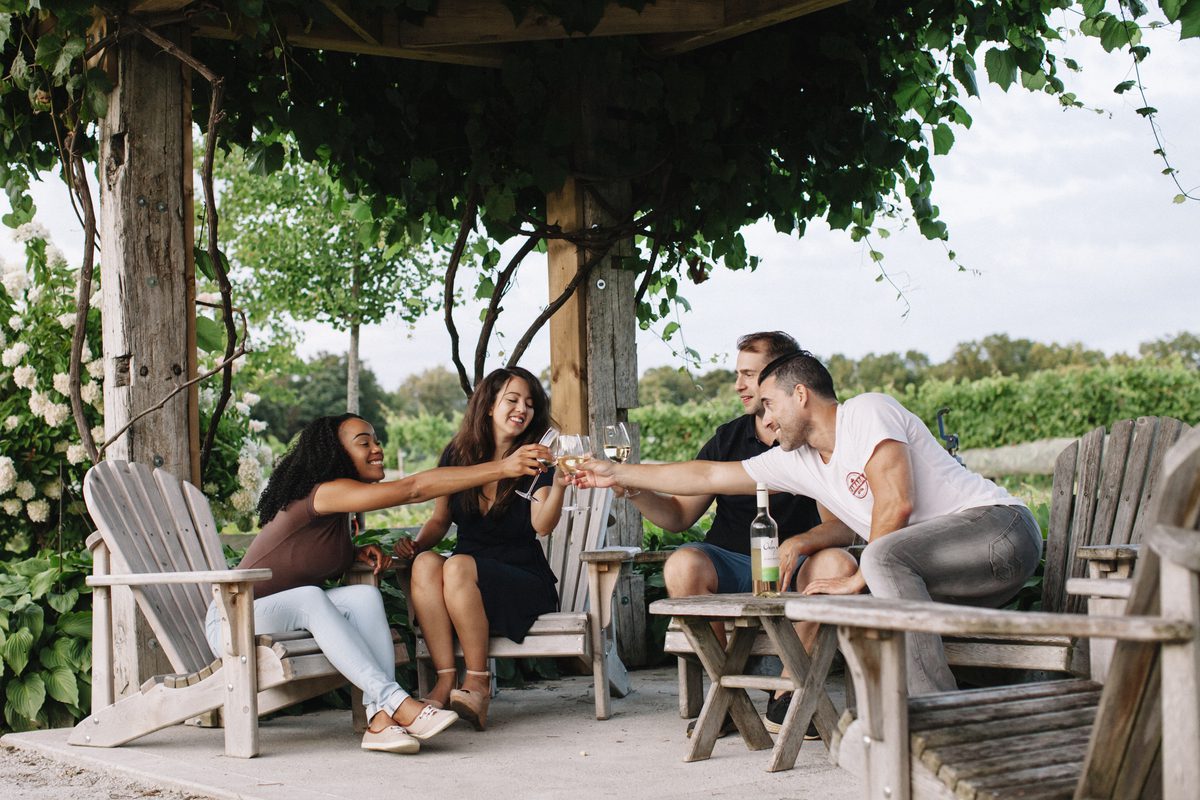
Quiet Weekends in Southeastern Ontario
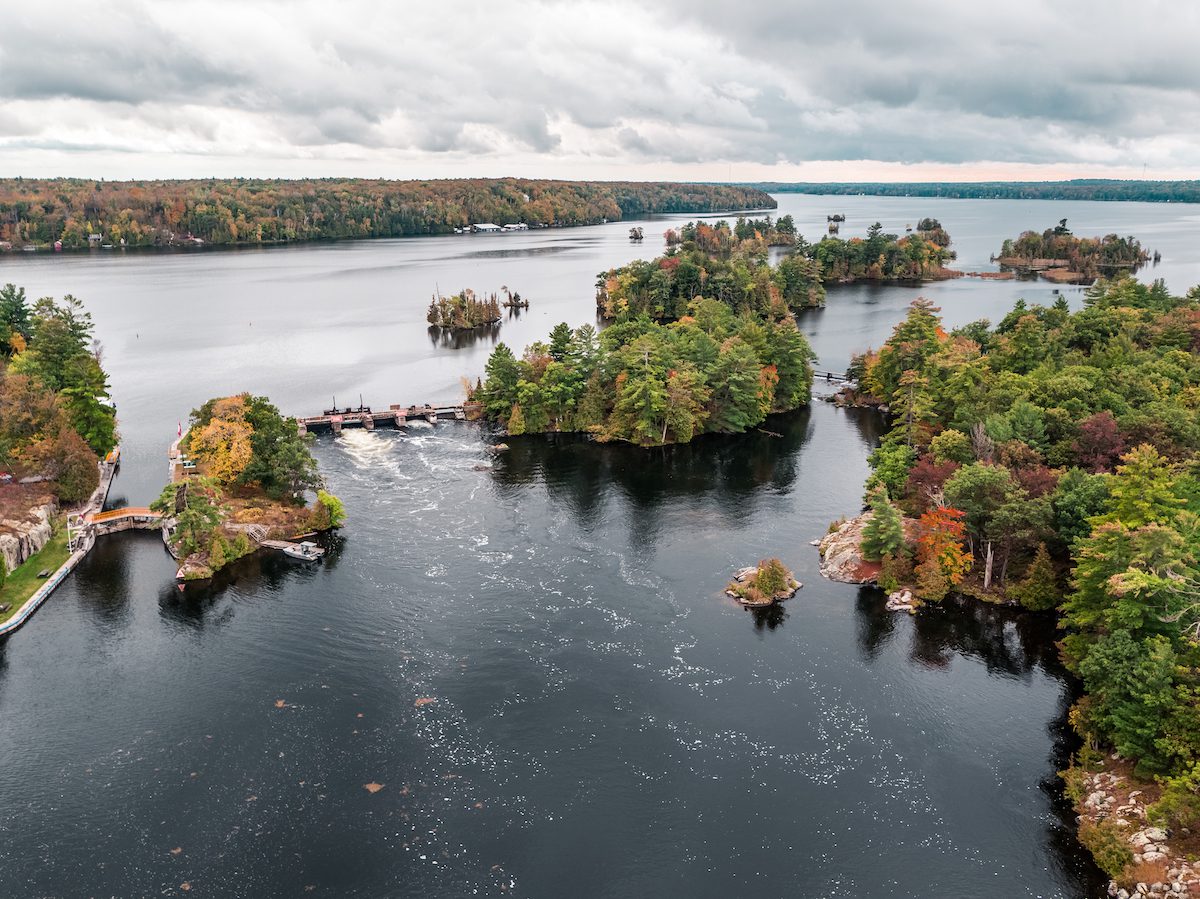
Iconic Canadian Waterways Paired with Delicious Eats
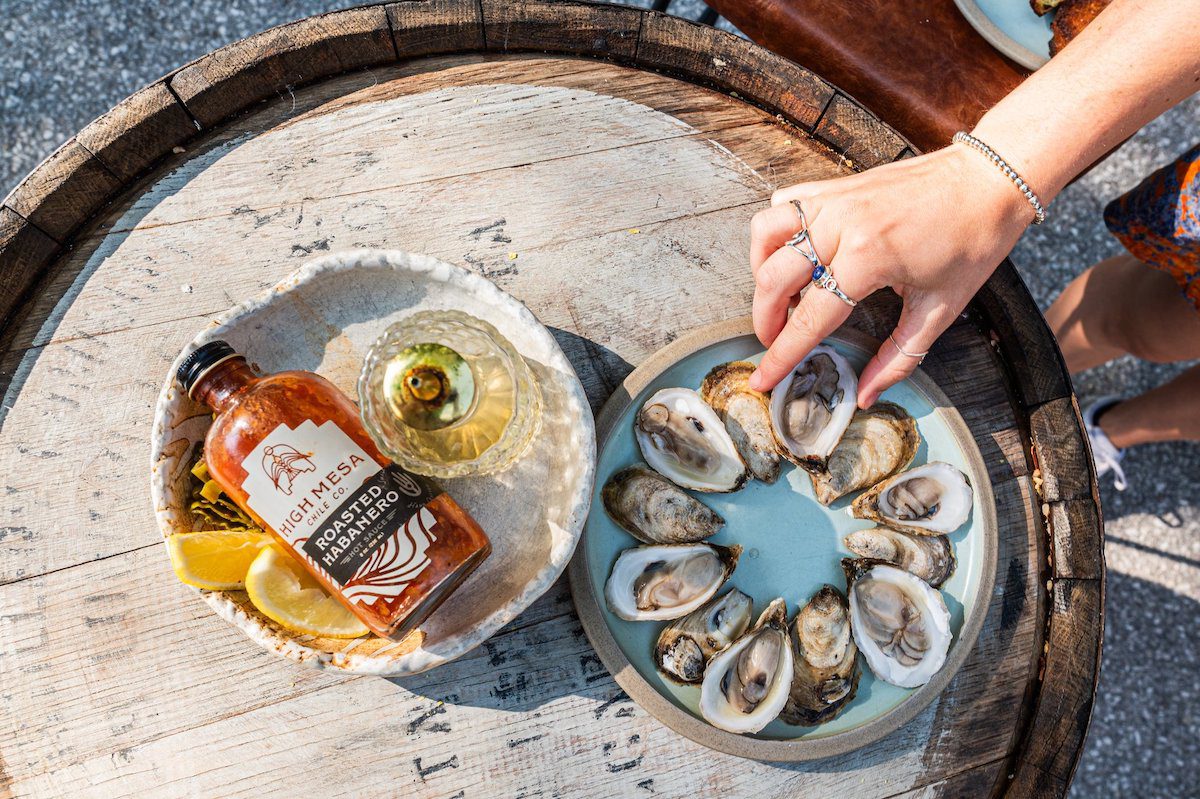
Flavourful Escapes in Ontario's Small Towns + Cities

A Spring Cider Getaway
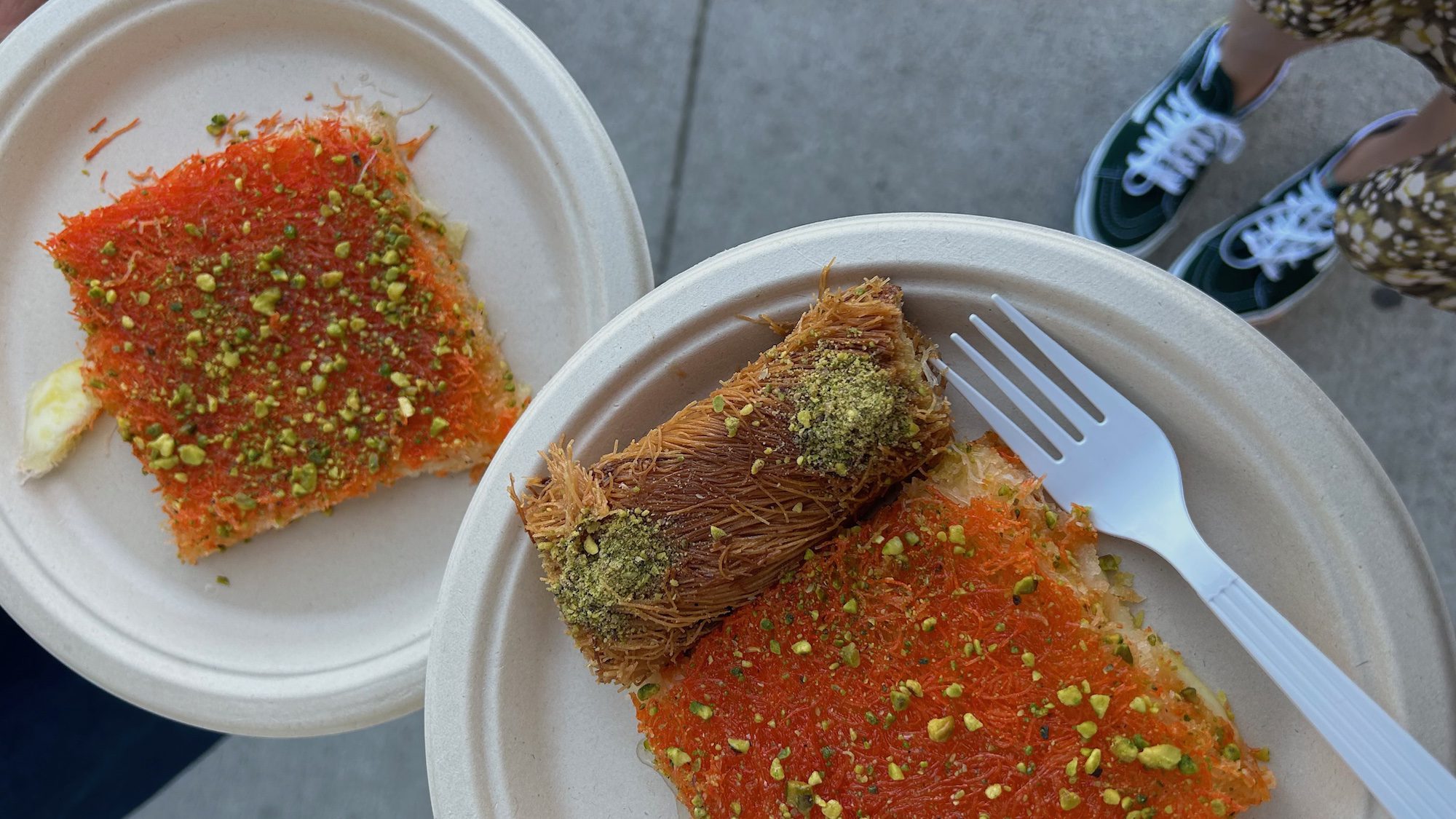
Taste the Globe in these Two Ontario Cities

The Great Taste of Canada is here!

Eat your way from Windsor to Wawa and everywhere in between!
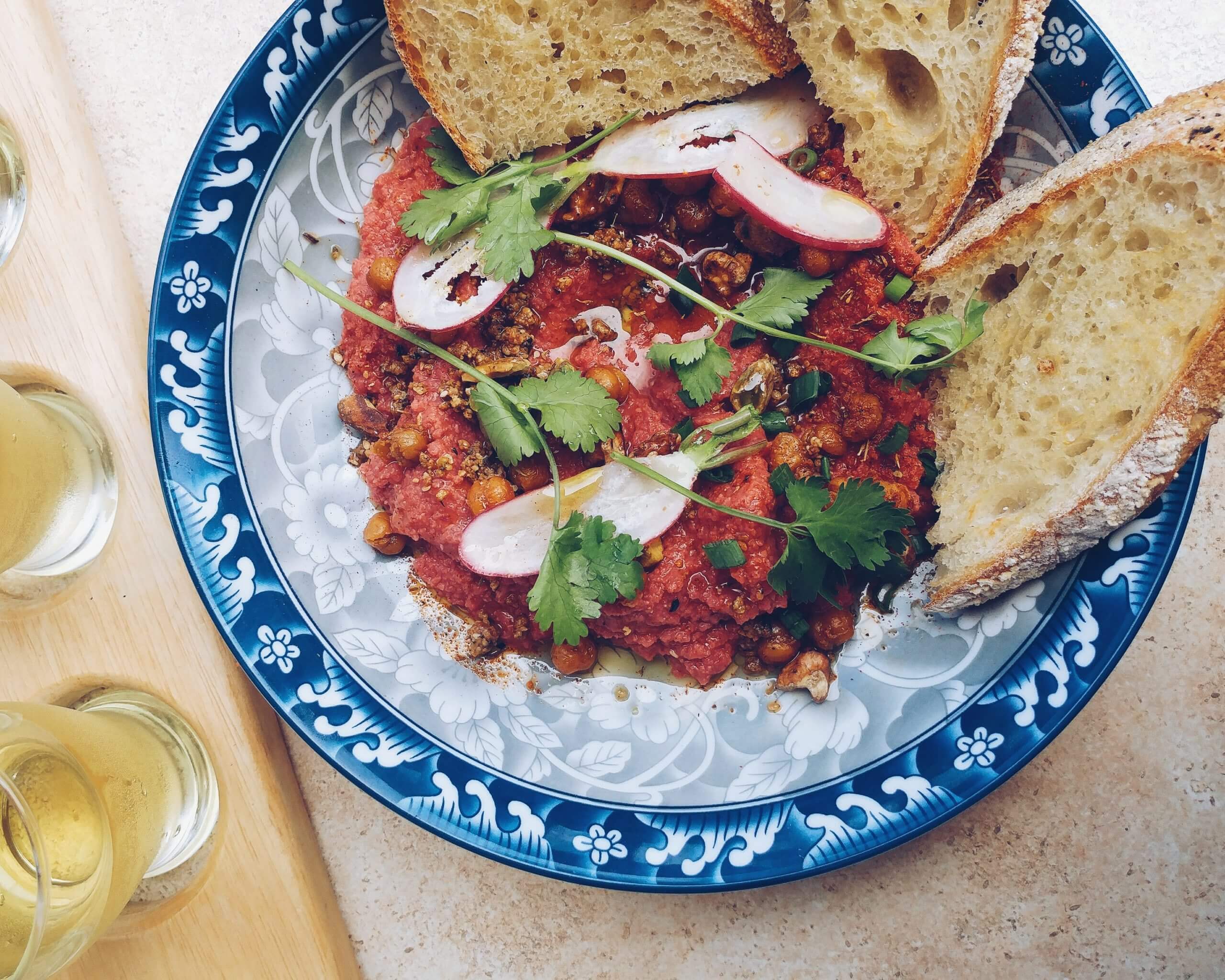
HUNGRY? There's a Feast On Certified restaurant for that.

Ottawa Valley

Haliburton Highlands
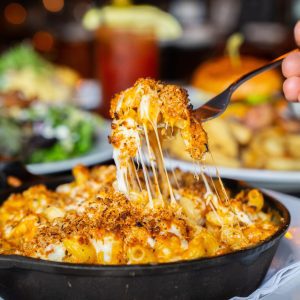
Ontario’s Best Strawberry Picking Spots
One for the basket, one for me. It’s a time honoured tradition, one that affords many delicious opportunities to explore […]

Flavour Fest in Muskoka
A year-round retreat found in the heart of Ontario’s “Cottage Country,” Deerhurst Resort in Muskoka is renowned for its gorgeous […]

Enjoy a Spring Rural Romp through Wellington County
Farms, bakeries and more are opening their doors on May 25th for the Spring Rural Romp through Wellington County! Discover […]
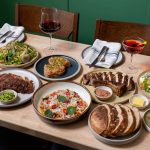
Farm-to-Table Excellence in Durham Region
Durham Region is surrounded by the Ontario Greenbelt on three sides, and this area east of Toronto is the perfect […]

Asparagus Season in Ontario
Only here for a short time, asparagus season in Ontario is one of our favourite signs of warmer days ahead! […]

The Best Spots to Eat + Drink in Thunder Bay
If you’ve talked to our team recently, we’ve probably mentioned Thunder Bay’s epic food scene. It’s hard to keep it […]

Where to eat Indigenous Food in Ontario
Do you know what cedar tea is? Have you ever tried bannock – straight from the fire? Indigenous food is diverse and delicious. It’s a reflection of the land it came from and place it was made.

Delicious Canadian food – 40 food experiences to make you fall in love with Canada!
I’ve always loved food as a gateway to culture, a way to dip our fork into the traditions, landscapes and history of the places we visit. Over several trips to Canada I’ve tasted some delicious Canadian food,
I’ve enjoyed the lobster and seafood that abound in the cold, clear Atlantic waters of Nova Scotia and Prince Edward Island. The multicultural flavours of port cities like Halifax and Victoria that welcomed immigrants from all over the world.
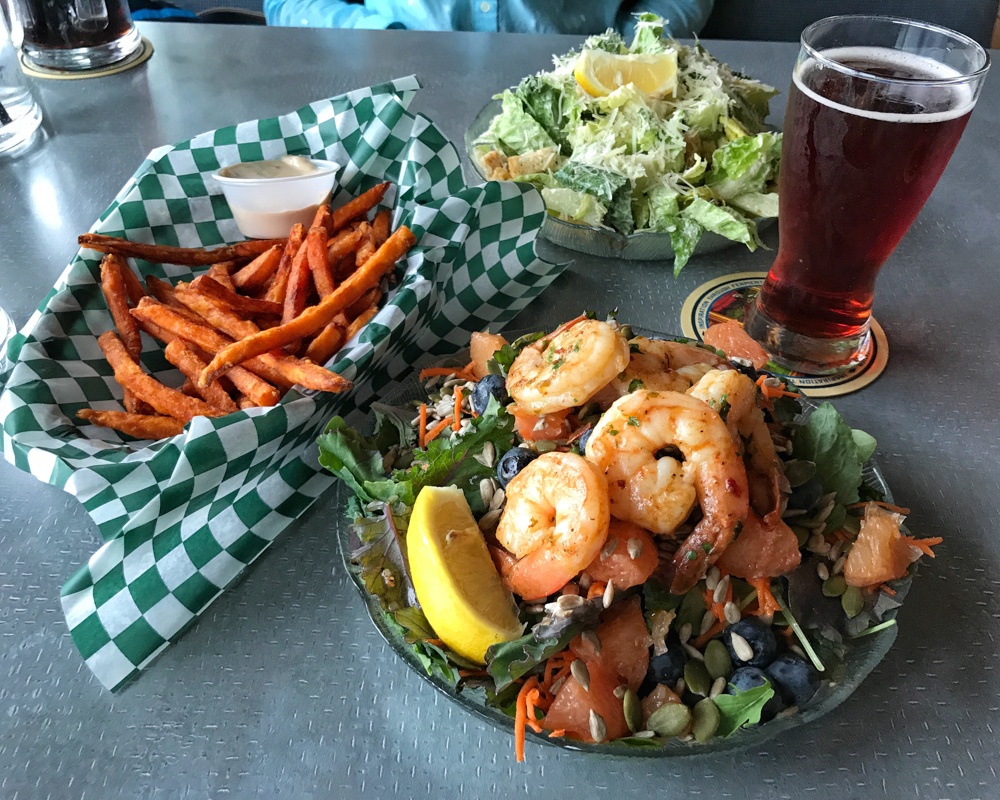
There’s a diversity of landscape that inspires Canadian cuisine. The forests of Quebec that produce maple syrup, the rolling farmlands of Ontario that feed the farmer’s markets.
The mild climate of Vancouver Island with its wineries and cider orchards. Come with me on this food-lover’s journey, to discover some of the most tasty Canadian dishes, that helped me fall in love with Canada.

This article may contain affiliate links that provide commission on purchases you make at no extra cost to you. As an Amazon Associate I earn from qualifying purchases.
Table of Contents
Fall in love with the food of Prince Edward Island
Step back in time on Prince Edward Island. Wander past pretty painted houses or feel the breeze in the sand dunes by a picturesque lighthouse.
This is Canada’s smallest province. Relax into the unhurried pace of island life. Enjoy fresh farm produce and the fabulous seafood that abounds in the cold Atlantic waters around PEI.
Read More: 10 fun things to do in Charlottetown and Prince Edward Island
Anne of Green Gables and Prince Edward Island
The story of Prince Edward Island is for many visitors bound up with the story of Anne of Green Gables. The red haired orphan Anne Shirley is the heroine of the novel published by LM Montgomery in 1908′
It featured stories of rural life in a farming community where the author visited her cousins as a child. The green roofed farmhouse has now been made into heritage centre. Its rooms restored and furnished to look as if Anne and her adoptive parents Marilla and Matthew have just stepped out to visit a neighbour.
Visit Green Gables Heritage Place to see rooms furnished as they might have been if Anne of Green Gables had lived there. Wander around the flower garden and through the marked trails of Lover’s Lane, Haunted Woods and Balsam Hollow, that are inspired by those described in the book.

Stay at The Great George located in downtown Charlottetown, PEI

1. Charlottetown Farmers Market – channel your inner Anne of Green Gables
When you visit the Charlottetown Farmers Market you’ll see produce that might have been dug out of Anne of Green Gable’s garden. You really will be buying direct from the farmers.
We admired miniature turnips and spring greens as well as numerous varieties of potatoes that are famously grown in the red soil of PEI. The home made jams, jellies and preserves were certainly worthy to sit on the shelves of Marilla’s pantry. There was a down to earth charm in this farmer’s market with the ethos, Eat Fresh! Buy Local!
You may also enjoy: Discovering Acadian culture in Nova Scotia, Canada
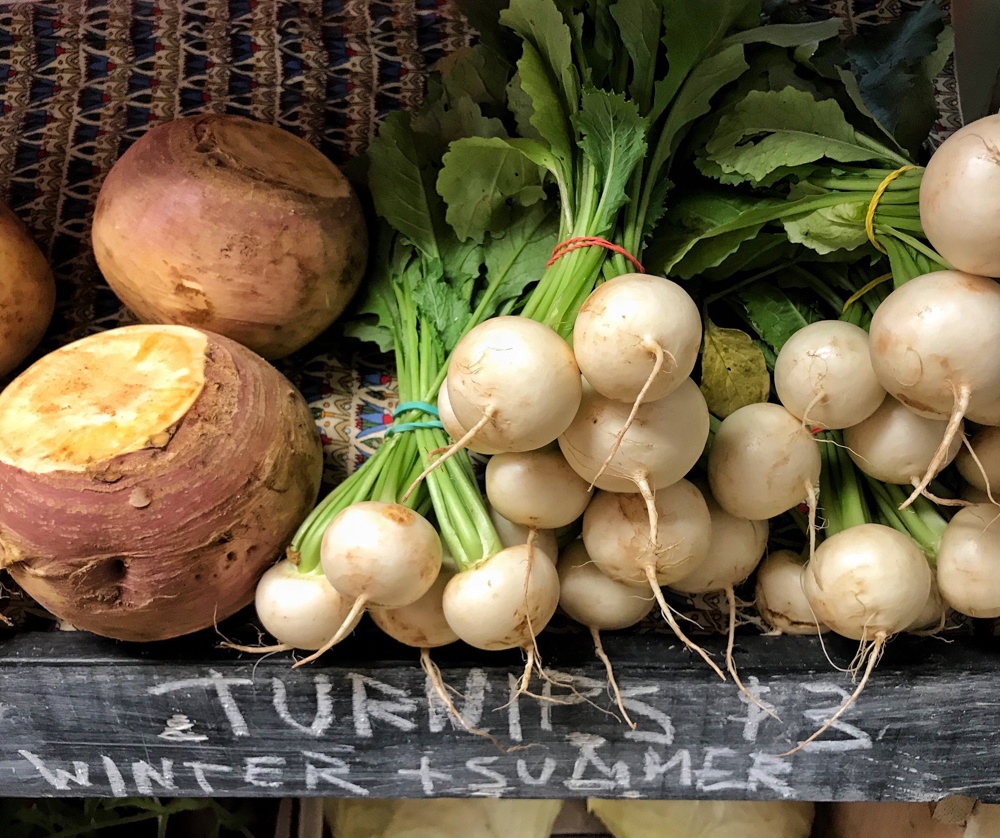
You’ll also find plenty of stalls selling dishes and snacks that are ready to eat We brunched on some grilled scallop and bacon kebabs followed by cakes decorated with edible flowers.
The farmer’s market takes place every Saturday 9am to 2pm all year round in a permanent building at 100 Belvedere Avenue. This is a little way from the historic centre of Charlottetown, so you may need to drive depending on where you are staying.
What we loved: A chance to chat to farmers who are passionate about their produce.
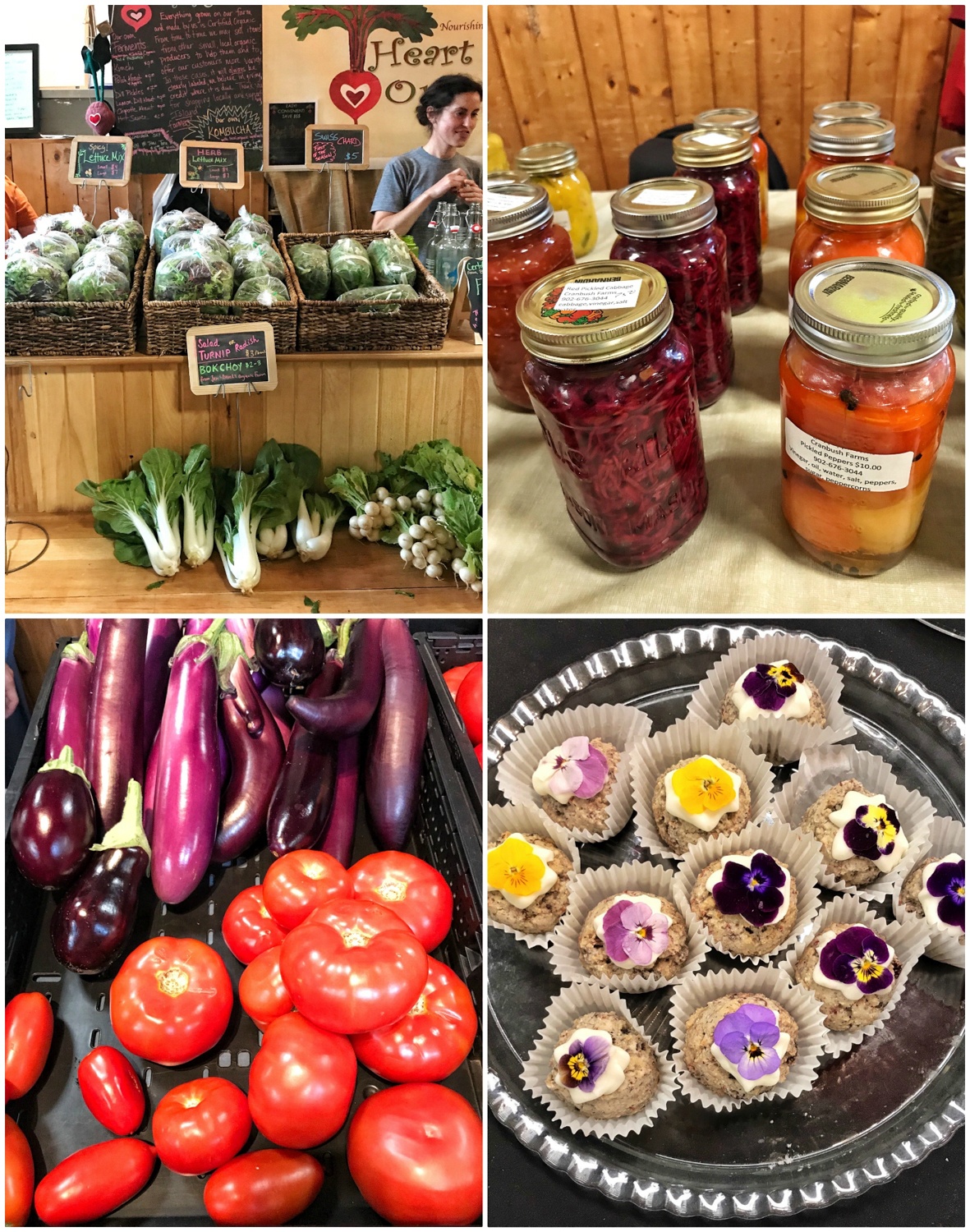
We love food tours as a way to discover the food culture of the places we visit. There’s a fantastic tour in Charlottetown that combined food, history and culture. With the Experience PEI’s Taste the Town tour we visited many of the locations mentioned here.
2. Lobster Roll by the harbour in Charlottetown
You’ll find the freshest and best seafood in Prince Edward Island, surrounded as it is by the cold Atlantic waters. These waters are an ideal breeding ground for lobster, oysters and other shellfish.
On the waterfront we found Lobster on the Wharf with its seafood market. Take a look at the lobsters and oysters and make a purchase if you wish. Better still, pop next door to their restaurant where you can order all the seafood specialties.
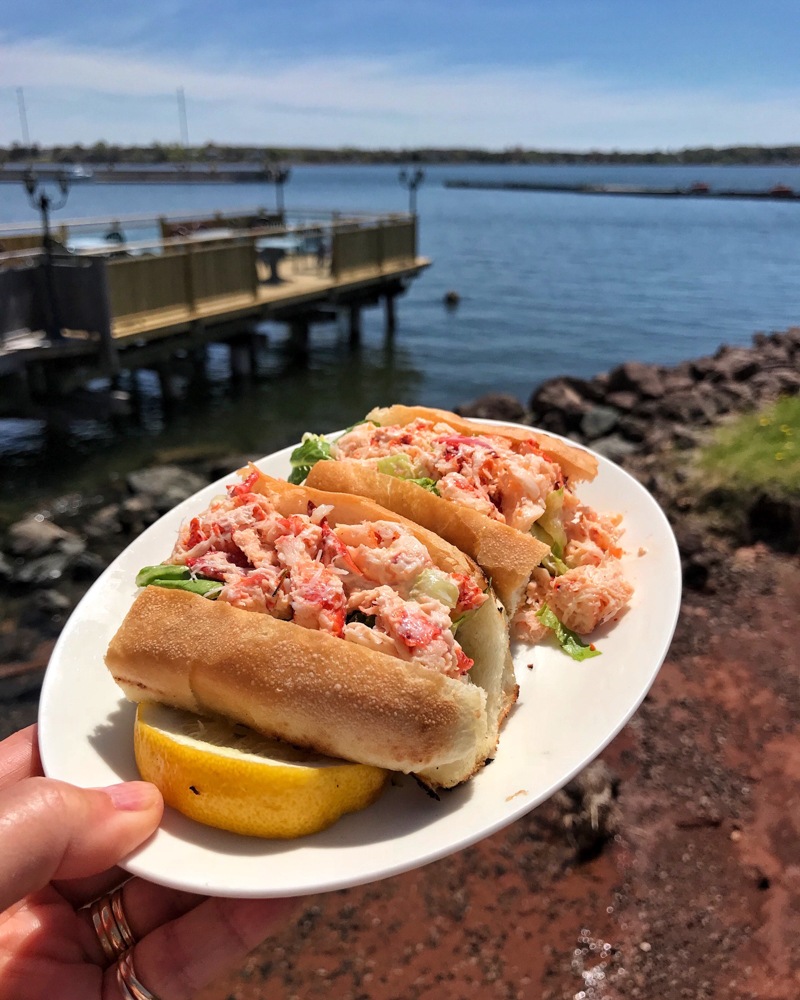
Their lobster roll was voted best in the region. We could understand why when we tried the floury soft white roll filled with an abundance of lobster chunks. It was bound with just the right amount of mayo and crisp lettuce.
What we loved: Sitting on their deck in the sunshine eating lobster with a great view of the harbour Read More: Delicious PEI food – what and where to eat in Prince Edward Island, Canada
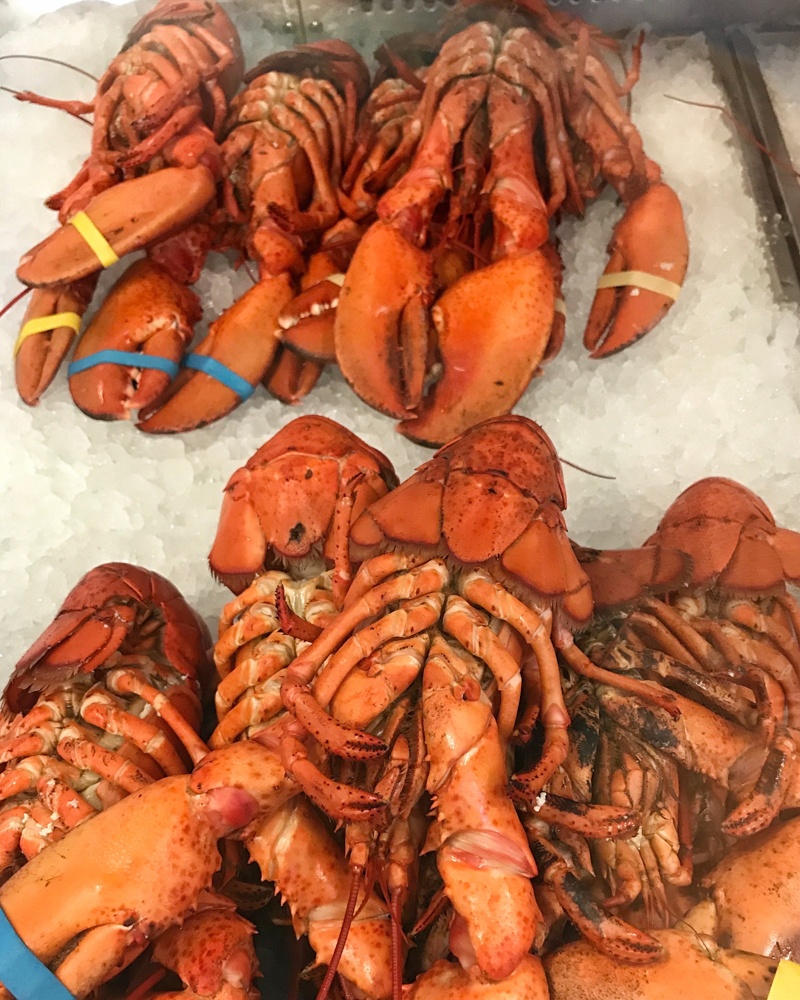
3. Oysters on the tasting menu in PEI
The cold seas that breed lobsters there are also perfect for farming oysters. If you just want one or two, you can try them individually at Lobster on the Wharf.
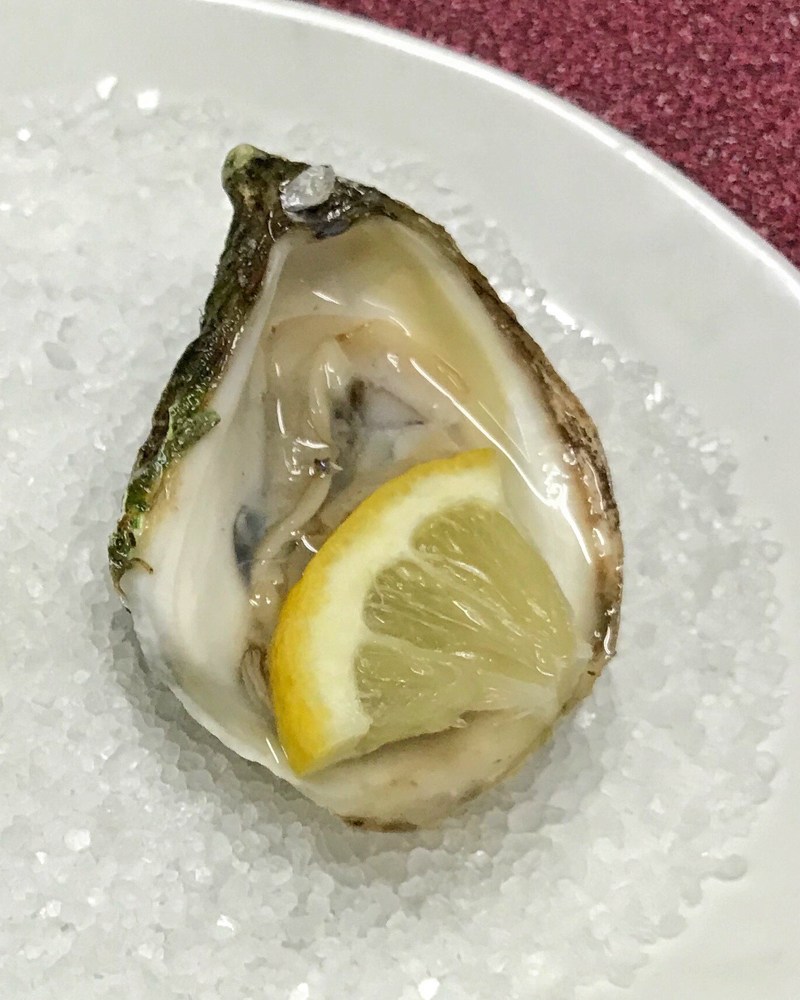
What I hadn’t quite realised is that just like a good wine, oysters vary in flavour depending on where they are farmed or caught. It’s worth going into one of the many specialist oyster bars like Claddagh Oyster House in Charlottetown to try a plate of them. You can compare the flavours of different varieties.
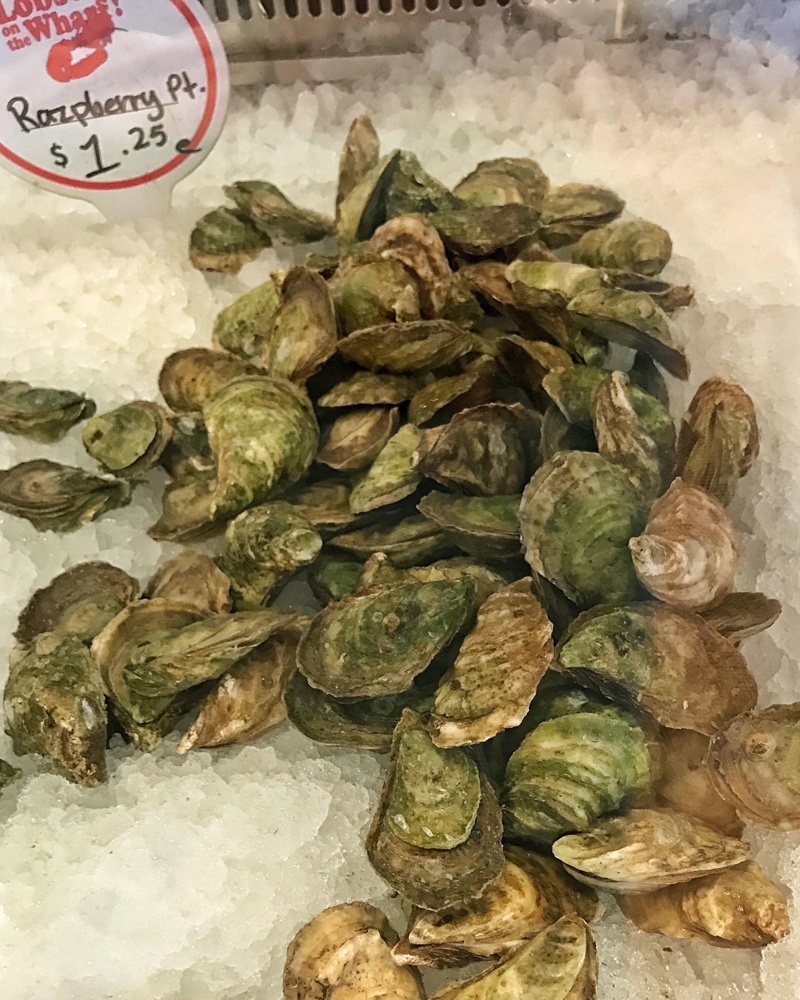
4. Lighthouse spotting with a steaming bowl of mussels for lunch
Along the coastline of PEI set on rocky shores or among the sand dunes, are more than 60 lighthouses. In the past these kept the ships safe sailing these waters, but are now iconic landmarks.

Many are open to the public as heritage sites, or are still kept working by the government where they are required for navigation. We saw a few of them on our Lighthouse Lover’s Tour driving along the coast to see all the lighthouses and photograph or climb inside them.

After a morning lighthouse spotting, what could be better than a steaming bowl of mussels like those we tried at 21 Breakwater restaurant ? It’s set in a clapboard house just back from the road, that overlooks the sea near the small fishing village of Souris. As a family run business everything is freshly cooked and features plenty of seafood on the menu.
What we loved: At 21 Breakwater the atmosphere was just like eating at a friend’s house but the food was top notch!
5. Elevate the humble potato at The Chip Shack in Charlottetown
The distinctive red soil of PEI is well known for growing excellent potatoes. We tried some of the best fries made with local potatoes from The Chip Shack. The owner Caron a.k.a Queen of Fries dispenses hugs and smiles along with the best fries in town.
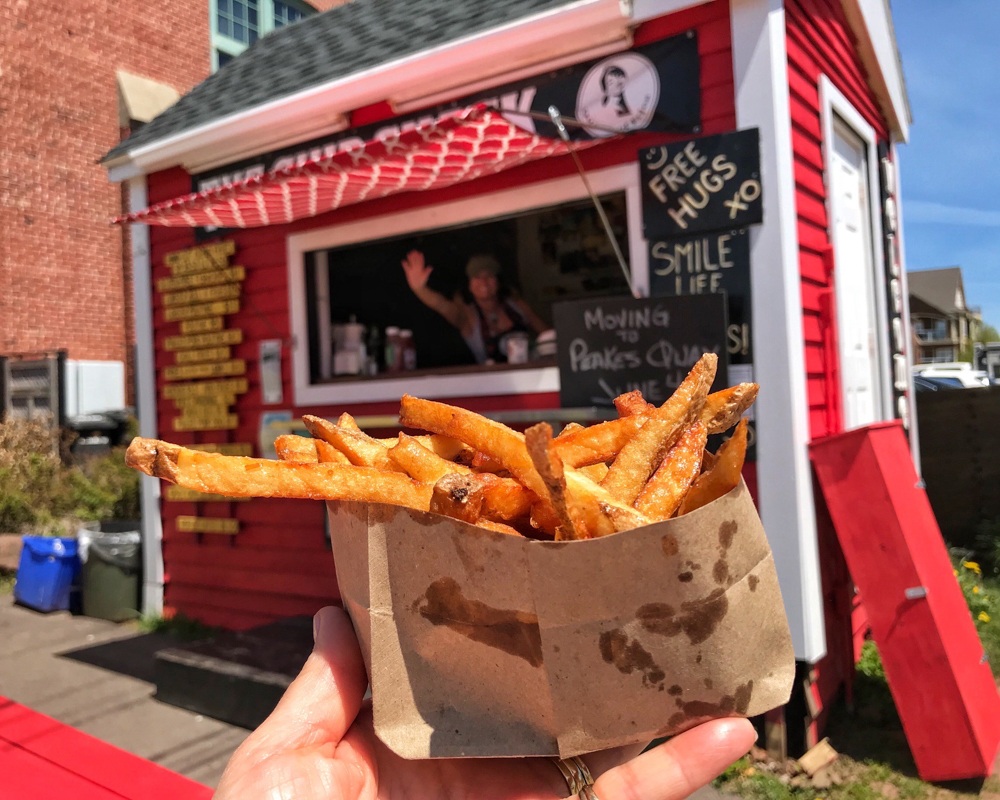
With fresh cut local potatoes that are double fried to make them extra crunchy. They also serve fish & chips, lobster rolls and apple fries. Be sure to check out their chip shack in the harbour area when you’re in Charlottetown.
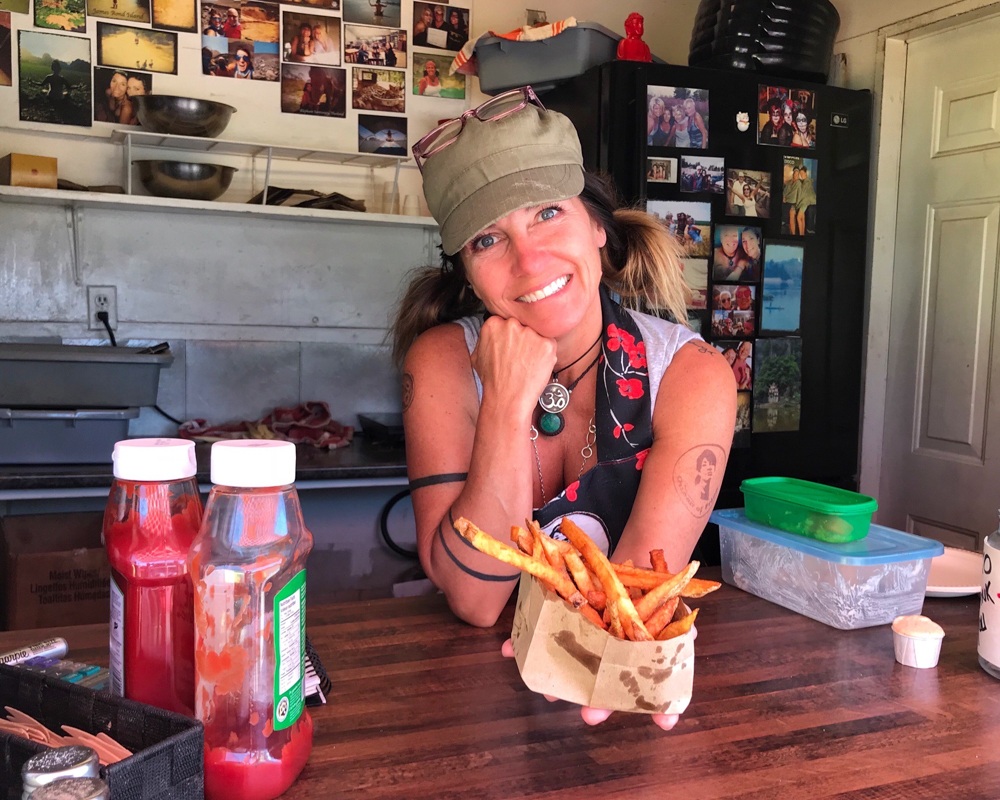
What we loved: Caron offers free hugs and laughter along with her fabulous fries and oozes positivity
6. Eat your greens in Charlottetown, PEI
Kale and leafy greens may not be the most inspiring vegetable. But, you will find them farmer’s-market-fresh in salads and other dishes in the restaurants of Charlottetown. This makes it a pleasure to get your daily quota of greens.
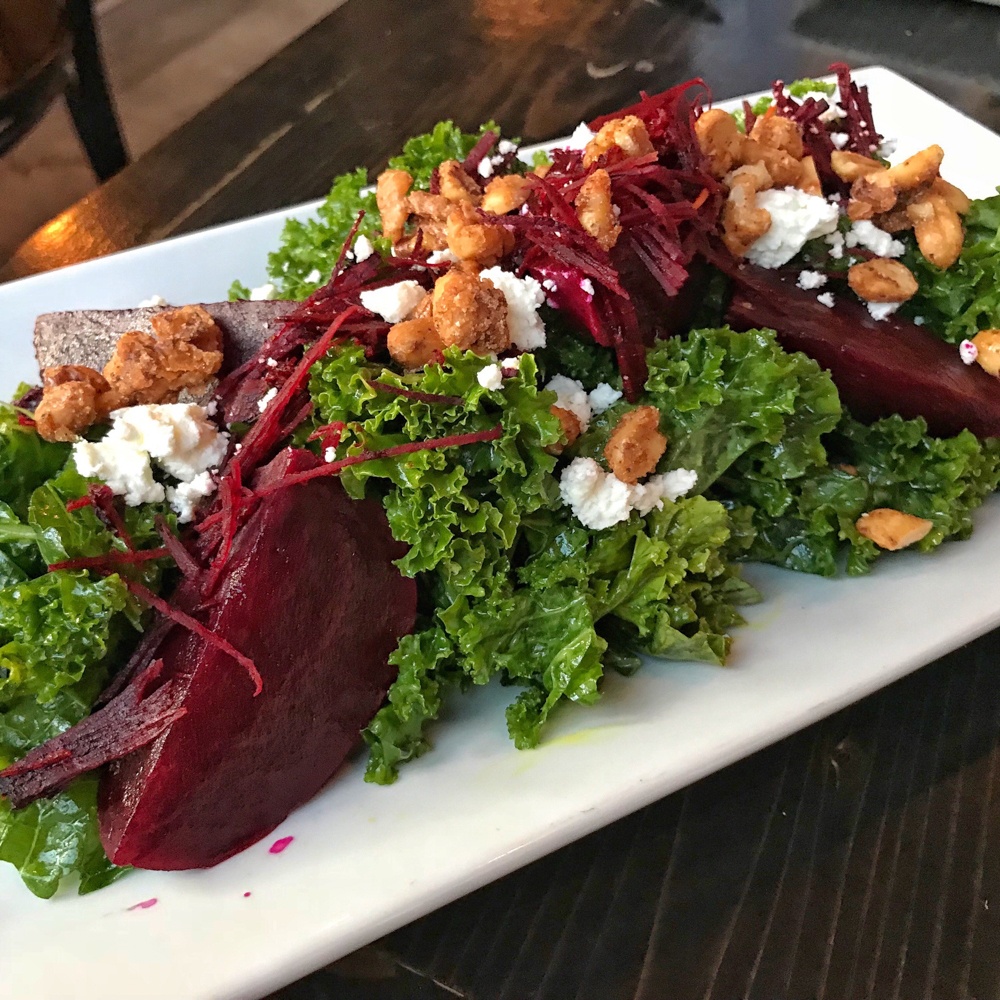
We tried this kale salad with beets, goats cheese and caramelised pecans at Terre Rouge, in Charlottetown. This has now closed, but there’s a new incarnation of Terra Rossa at the same address (72 Queen St). They also offer salads and other dishes made with local produce and you’ll find this a theme in many of the restaurants around town.
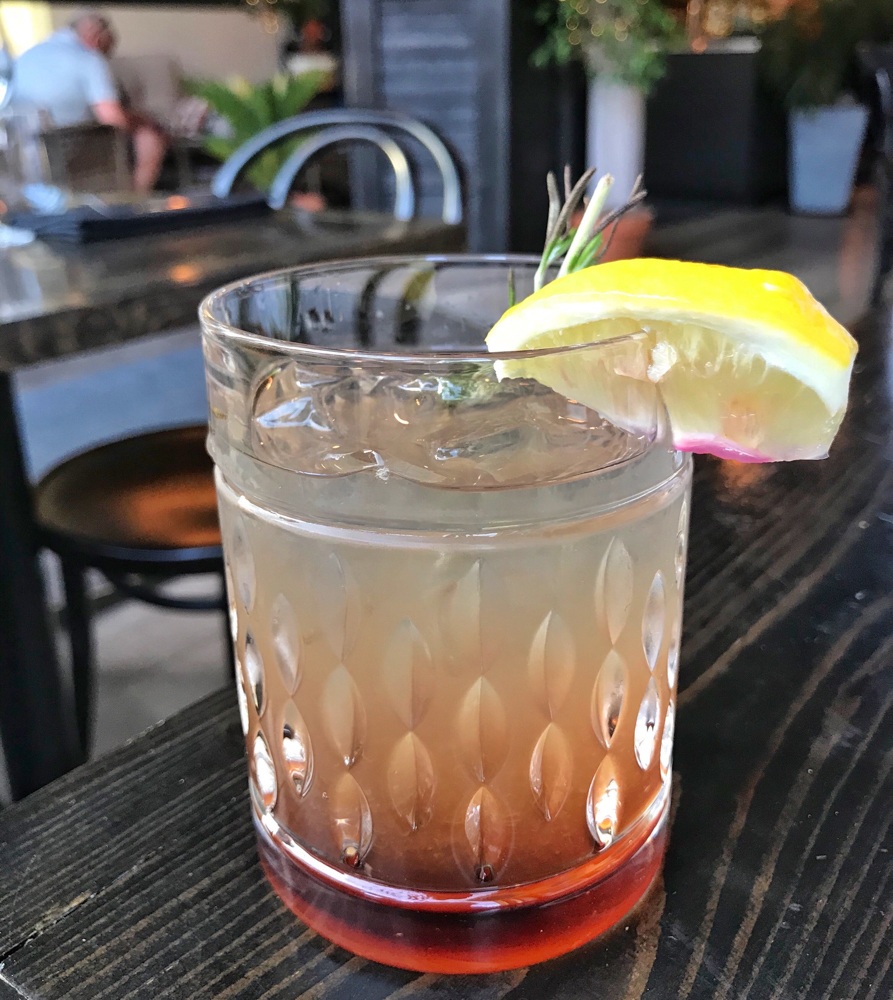
What we loved: The refreshing lemon cocktail with a splash of aged balsamic vinegar from Liquid Gold next door specialising in premium olive oils and vinegars. An unlikely combination but it worked!
7. An ice cream at COWS in Charlottetown, PEI
From their central Charlottetown location at 150 Queen Street, COWS sell their creamy, indulgent ice creams with a large dollop of humour. The company started at their creamery in Cavendish on PEI but now have a number of other branches around Canada.
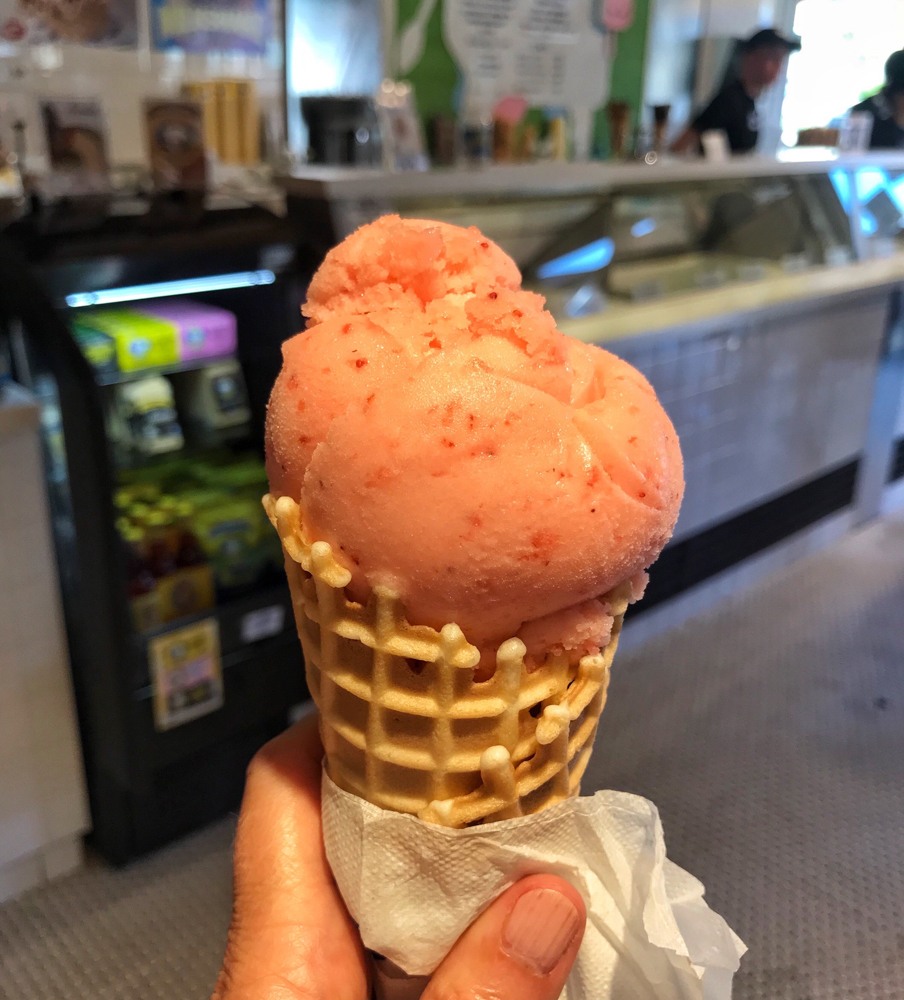
Their selection is always changing. Favourite Canadian flavours have quirky names like Cowconut cream pie , Cownadian Maple and Wowie Cowie .
What we loved: This is the perfect place to stop for an ice cream before or after visiting the nearby Confederation Centre of Arts . They sometimes show the Anne of Green Gables Musical or the The Guild where they have Anne and Gilbert, the Musical playing. Read More: 10 fun things to do in Charlottetown and Prince Edward Island
Food experiences to love in Halifax, Nova Scotia
One of the highlights of our visit to Halifax and Nova Scotia in general was the fantastic seafood. We were blown away by the quality of the lobster, oysters, crab and scallops that are on almost every restaurant menu in Halifax.
Beer lovers will also enjoy the craft beer scene in Halifax, with a popular brewery tour at Alexander Keith’s Nova Scotia Brewery . Costumed actors lead you through the oldest brewery in Nova Scotia.
Read More: 10 fun things to do in Halifax Nova Scotia
8. The finest seafood at The Five Fishermen in Halifax
If you want the finest seafood in a relaxed but upscale environment, you can’t do better than the Five Fishermen restaurant in Halifax. This well known restaurant has a story to tell, as its location was once a funeral home. It took in many of the dead from the Titanic disaster and the Halifax explosion, with staff telling tales of the ghosts they’ve seen.
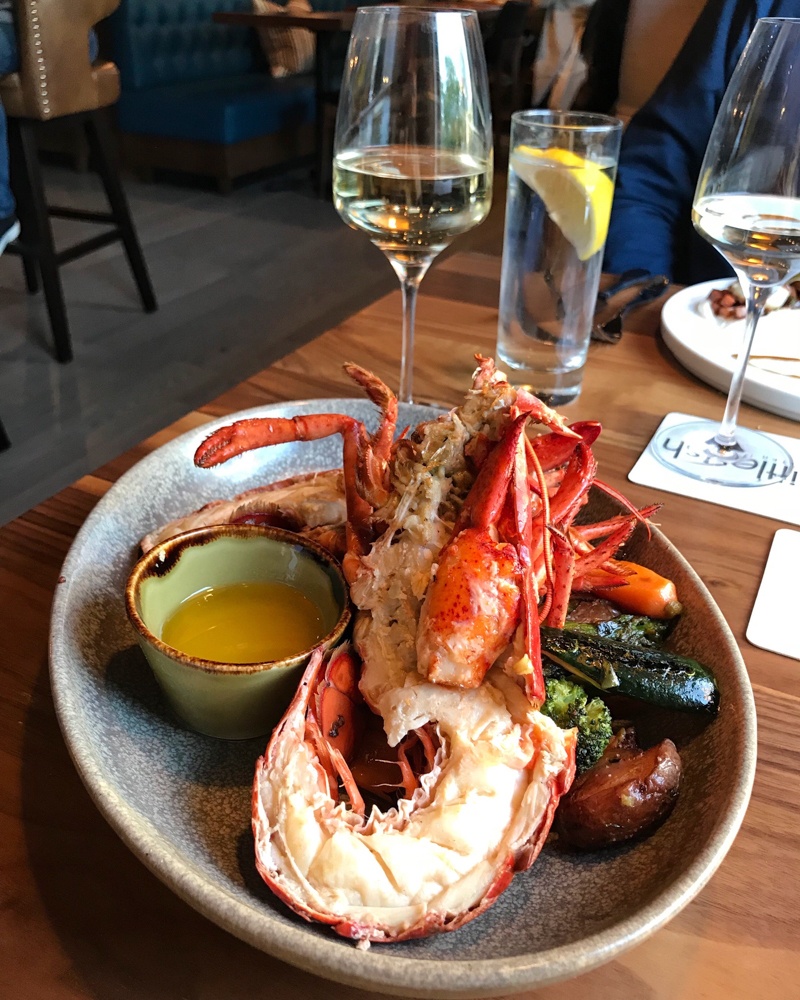
You probably wouldn’t guess this though from the warm and charming dining room upstairs where the spotlight is firmly on the seafood! We tried the oysters with a choice of different sauces, the plump scallops and the lobster with vegetables and butter sauce – all simple but delicious.
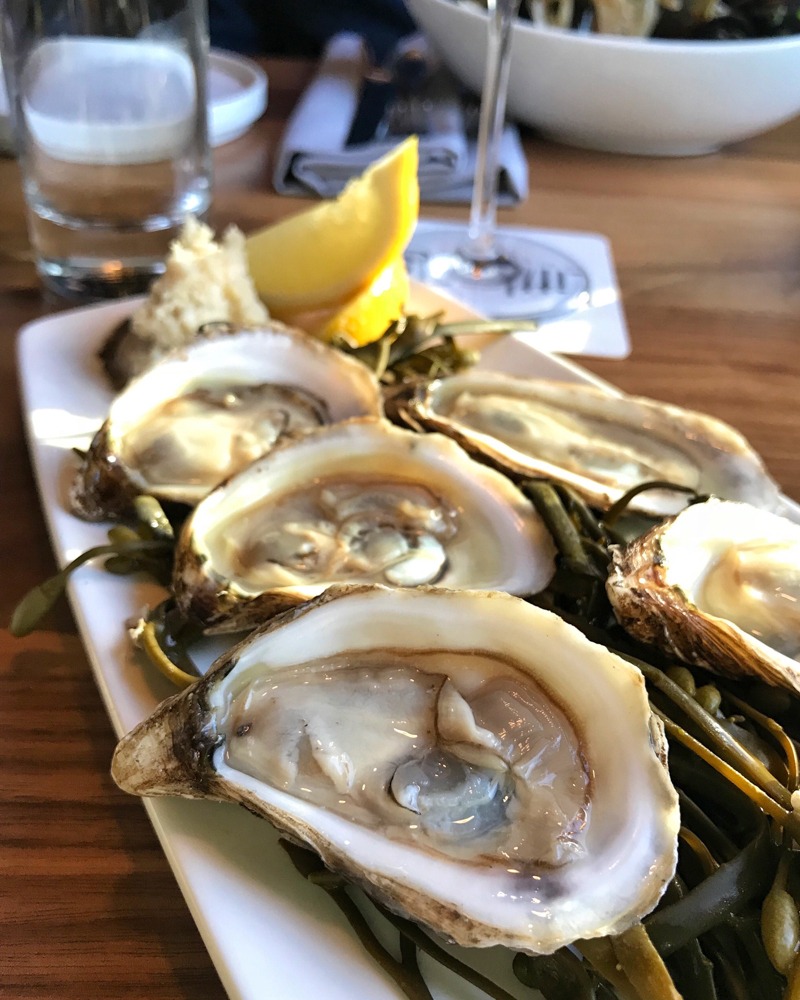
Downstairs is a more informal Little Fish Oyster bar, a great place to try small plates with a drink if you don’t want the full dining experience.
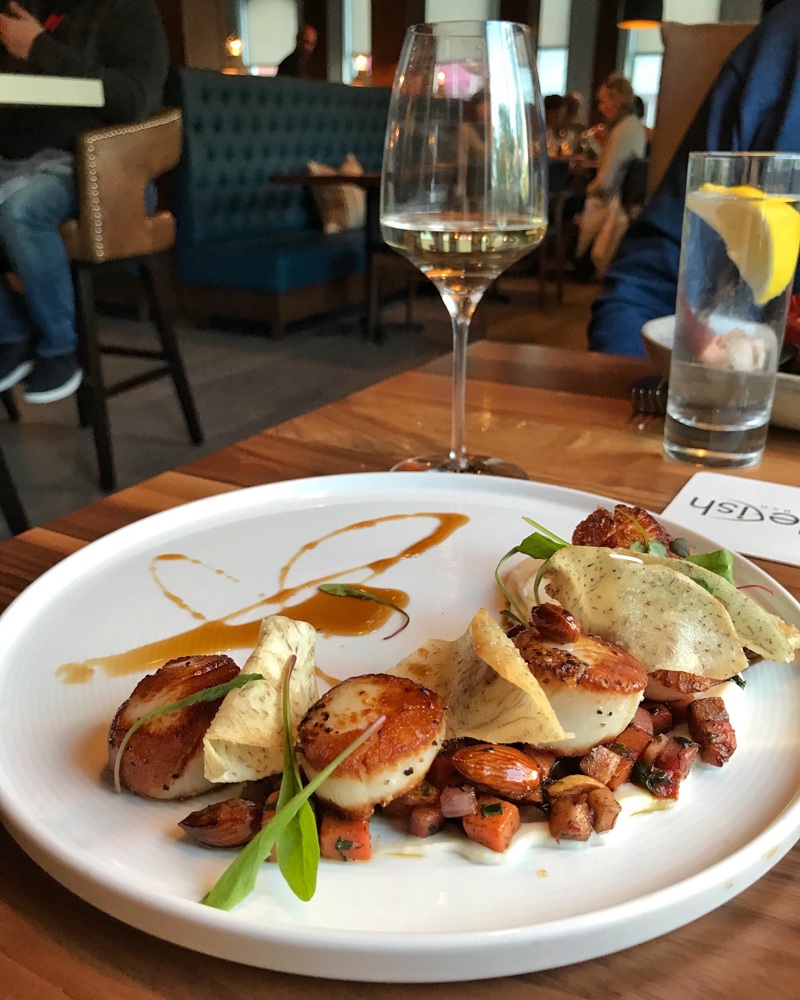
What we loved: We can recommend the Nova 7 by Benjamin Bridge sparkling wine, which we enjoyed so much that we bought a bottle at the airport to take home.

Stay at The Westin Nova Scotian located in the heart of Halifax
9. Chowder – so warming at the Westin Nova Scotian
Another delightful meal during our short visit to Halifax was at Elements on Hollis, the restaurant of the Westin Nova Scotian where we stayed in Halifax. The restaurant offers local flavours with a modern and international twist. A flag beside each menu item to indicates the international cuisine that had inspired them.
The international theme is quite fitting for a heritage hotel. Elegant travellers would stay in the 1930s and 40s before taking their Atlantic Cruise. It’s close to the terminal where immigrants would arrive by ship to start a new life in Canada.
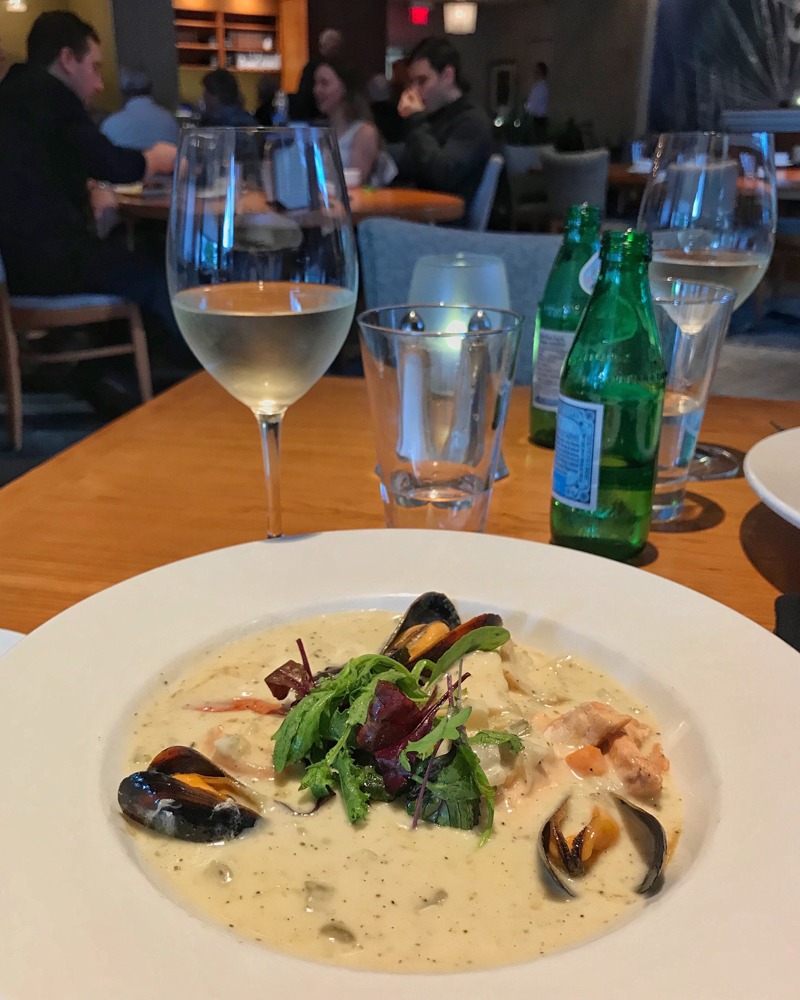
However we were most interested in the local flavours of Nova Scotia. So, we enjoyed the creamy chowder soup, a meal in itself with salmon, haddock, mussels and scallops.
In Nova Scotia, where seafood is plentiful and the mist rolls in from the sea, the chowder is a great way to use any odd bits of fish that you had at home. This creates a warming soup that’s practically a meal in itself and every area has its own variation. There’s even a Nova Scotia Chowder Trail with a map showing the different participating restaurants across the state.
10. It’s all seasonal and local at the Halifax Seaport Farmers Market
A short walk from the Westin Nova Scotian where we stayed in Halifax, is the Halifax Seaport Farmers Market . This has been in existence since 1750 but moved to its current home in a large modern building on the Seaport in 2010.
The market now houses 250 different vendors, with stalls with beautifully presented fresh fruit and veg. There’s countless varieties of apples and seasonal specialties like asparagus and rhubarb.
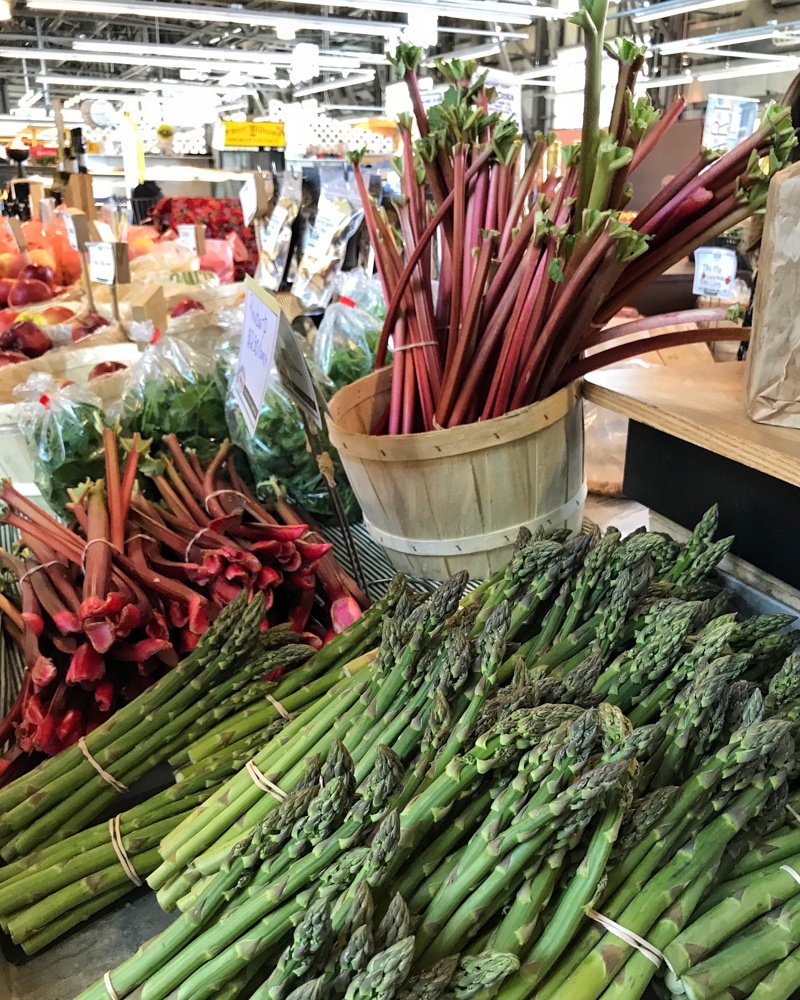
Mixed in with the fresh produce were food vendors with a multicultural influence. This reflects the history of Halifax as a major sea port and the gateway for many immigrants to Canada from all over the world.
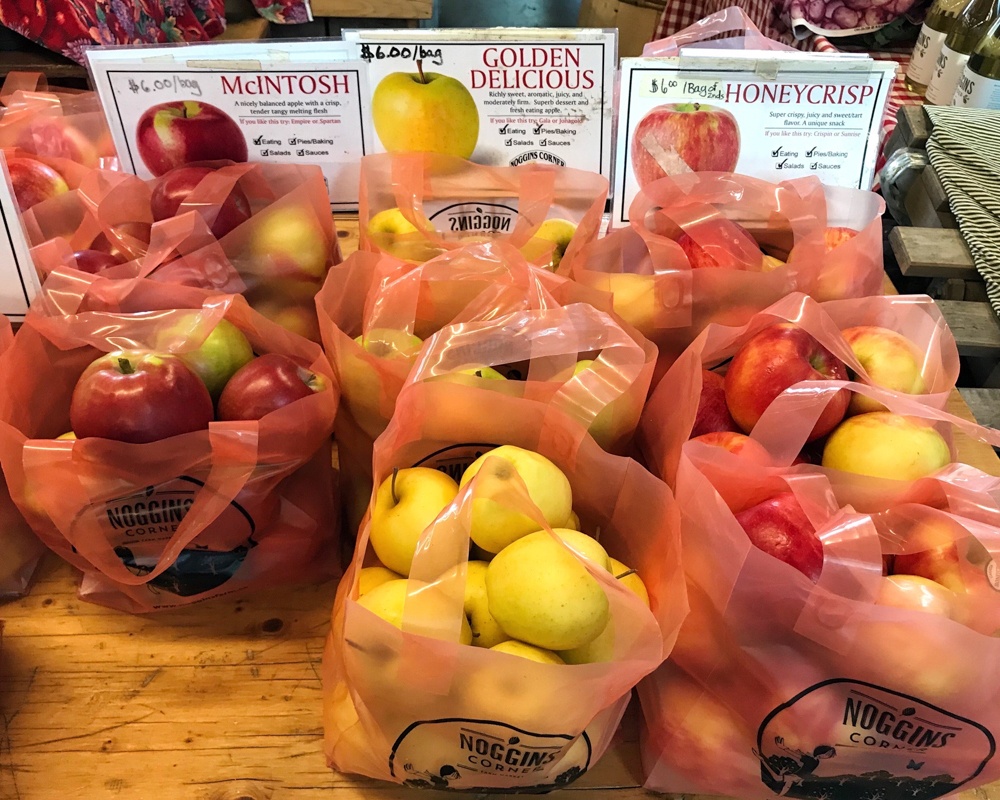
If we’d been hungry we could have chosen from African, Indian, Lebanese, Caribbean and Korean cuisine. In fact it was difficult to work out what Canadian food might be, if not this blend of multi-ethnic cuisine and fresh local produce.
What we loved: A chance to sip and taste many of the foods on sale from the artisan food producers.
11. A beer where the immigrants first arrived in Canada
Canada has historically been one of the most welcoming nations for immigrants, which is reflected in the multi-cultural society of today. It was fascinating to visit the Canadian Museum of Immigration Pier 21 .

Here we learned more of the human stories of those who arrived in Canada. The Museum is named after Pier 21 on the waterfront. This is where the boats would dock and immigrants to Canada came ashore to begin their journey in becoming Canadian citizens.
If you want to book in advance, you can order your ticket for Pier 21 here .
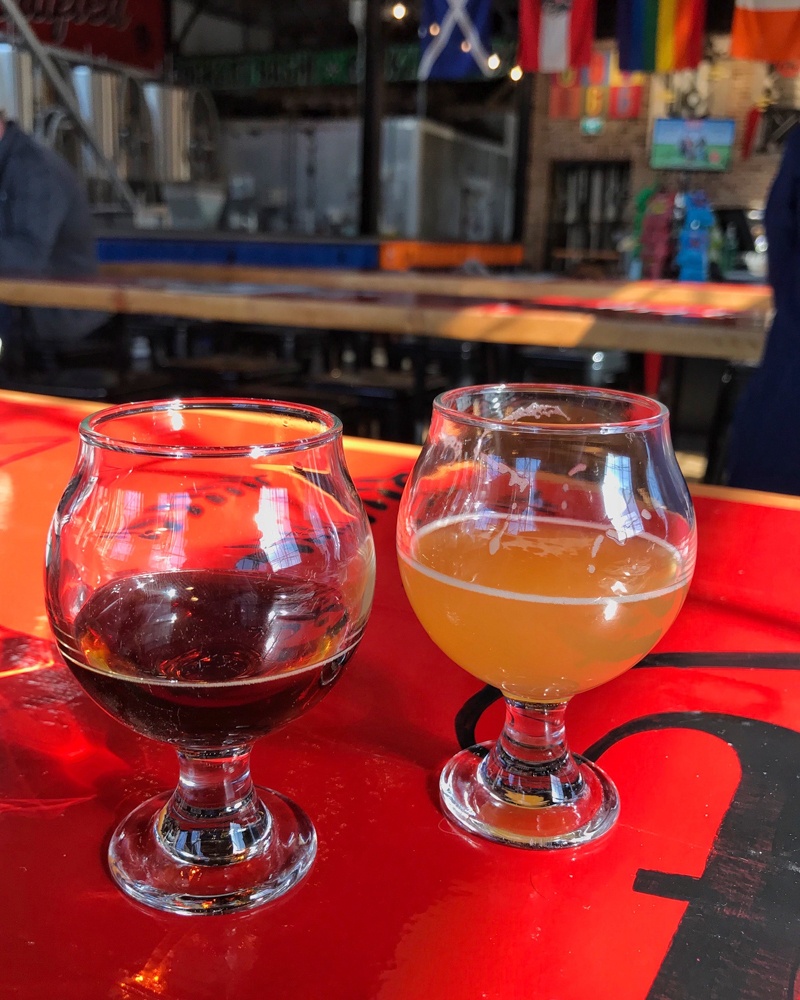
The railway ran right in front of the Pier 21 buildings and across the tracks. The railway sheds and warehouses have now been converted into shops, restaurants and bars like the Garrisons microbrewery.
They make one of the popular Halifax beers that you’ll see on sale in bars all over town. You can take a brewery tour or just sit in the airy brick brewery, buy bottles from their shop and order some tasters of the different beers on tap. It’s not technically a bar but you can taste lots of different smaller beer samples, which is always fun to do.
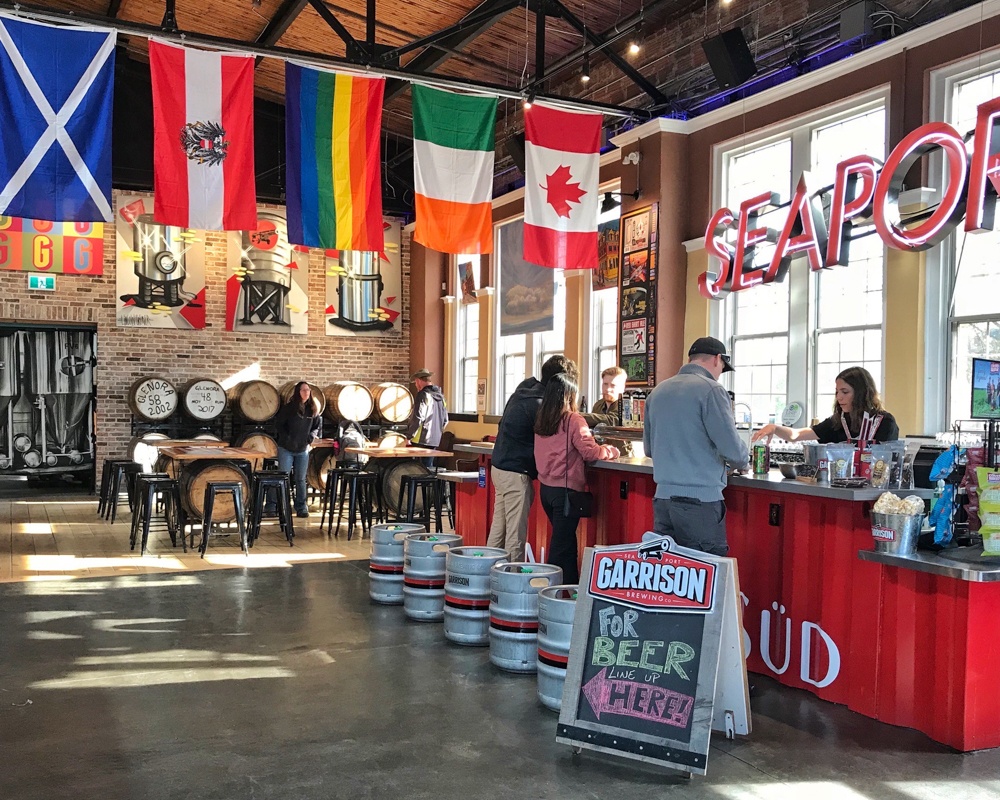
Food experiences to love in Nova Scotia
As we drove out of Halifax to see more of Nova Scotia, the landscape was gently rolling, with the fertile farmland of wineries and apple orchards. Although there’s still plenty of seafood to enjoy from the coastal waters and the Bay of Fundy.
Read More: 10 things to do in Nova Scotia on a 3 day road trip
13. Cook your own lobster at Peggy’s Cove
First stop as we drove from Halifax was Peggy’s Cove, a picture perfect fishing village. It’s set at the entrance to St Margaret’s Bay which provides sheltered harbours and inlets for sailing boats.
As one of Nova Scotia’s prettiest attractions, you’ll see images of Peggy’s Cove Lighthouse on many a postcard. The village still has working fishermen, with their lobster pots and nets piled on the shore.

We parked by the visitor centre at the top of the hill and headed to the lighthouse. It was a pretty stroll past old fishing shacks and painted wooden houses that are now charming gift shops and artists studios.
Try this small group tour of Halifax and Peggy’s Cove
On our way to the lighthouse, we stopped at U-Cook Lobster where the mobile lobster van can teach you how to become a lobster chef in 12 minutes. You get a chance to handle the lobster with claws safely secured.
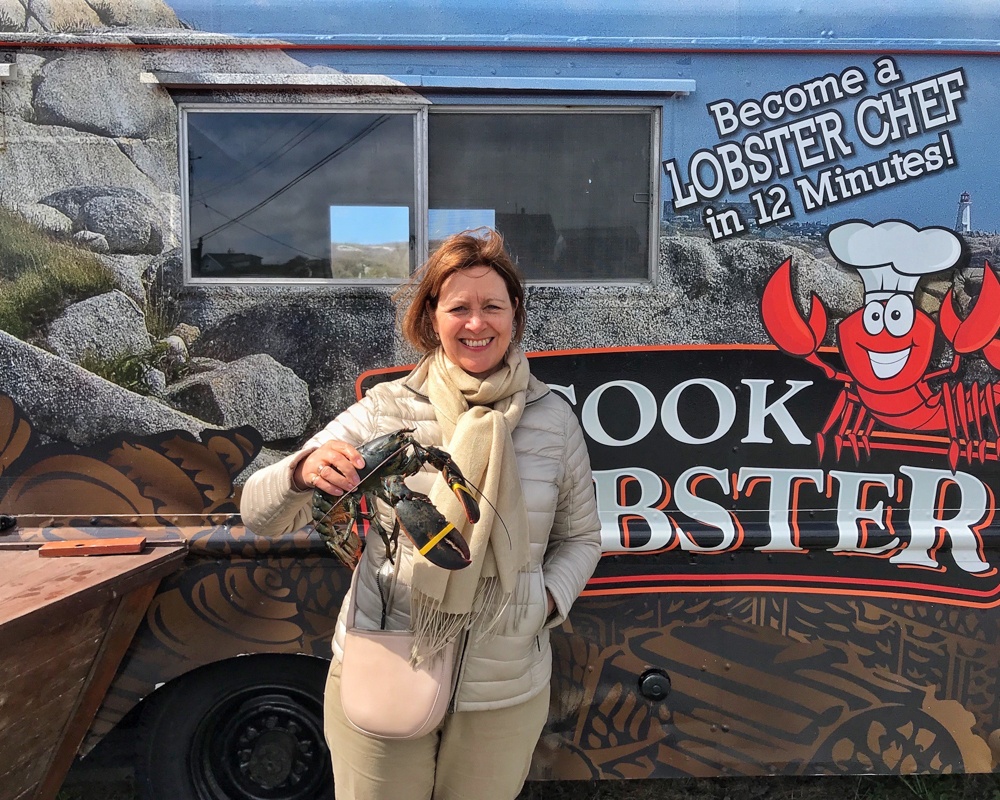
Then the lobster is steamed and ready to eat there and then with lemon or melted butter or to take away. It’s a unique chance to learn how to cook and eat Nova Scotia lobsters. Although perhaps not for the squeamish who might feel a bit sorry for the lobster!
What we loved: Catch Peggy’s Cove on a sunny day and your photos will be the envy of your friends – so photogenic! If you don’t have a car, take this Best of Halifax scenic tour that includes a drive out to Peggy’s Cove.

14. Lobster in the rough at Hall’s Lobster Pound
Our road trip continued as we drove north to Hall’s Harbour, a small fishing hamlet located in the Bay of Fundy. This is known for the highest tidal range in the world, with a 40 feet or more variation between low and high tide.
Depending on when you arrive, the fishing boats could be floating by the dock, or perched on the mud at the bottom of the harbour.
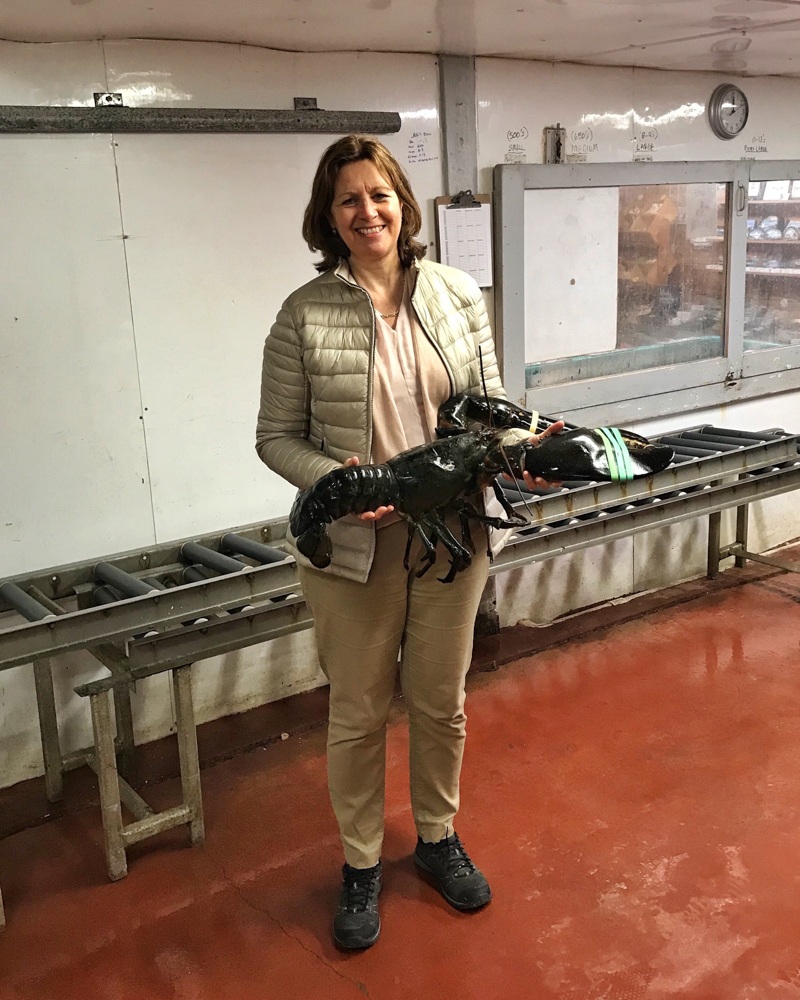
Our lunch stop was at Hall’s Harbour Lobster Pound , where lobsters are brought in from all over Nova Scotia to be held in sea water pools. They are then sized, sorted and sent to fish markets all over the world. During the tour you even get to hold one of the giant lobster, its claws safely taped up, to avoid any risk of you losing a finger!
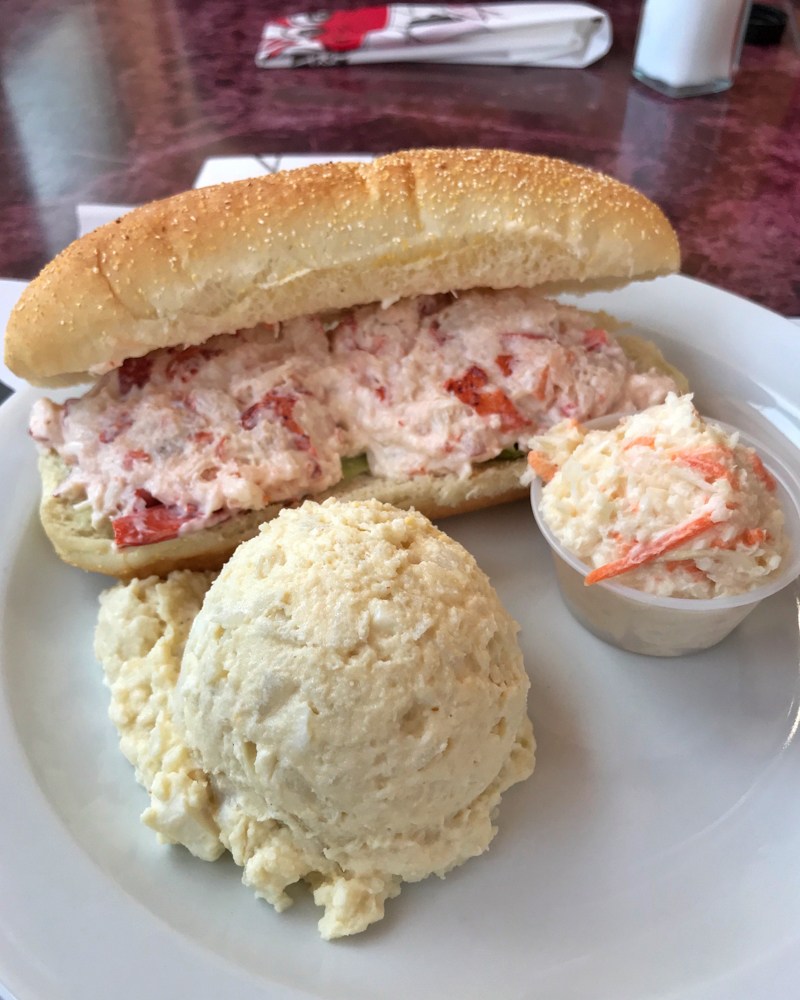
In the adjoining restaurant it was time to experience the “Lobster in the rough” dining experience. You can choose your lobster, which is then sent to the cookhouse and served up to you in the restaurant.
Although there were full instructions on how to eat a lobster, I felt a bit apprehensive about all the claw breaking and meat picking involved. So, I ordered a lobster roll instead.

This typical lunchtime dish mixes the lobster meat with mayo in a fresh bread roll. It’s served with coleslaw and creamy potato salad on the side, which made a hearty meal!
What we loved: Getting to hold those huge lobsters on the tour
15. The Starr’s Point agri-tourism route in the Annapolis Valley
After Hall’s Harbour we continued towards Wolfville via the edge of the ridge known as The Look Off. This offers amazing views over the fertile farmland of the Annapolis Valley and the sheltered Minas basin beyond. The valley enjoys a warm microclimate with fertile soil, making it ideal for apple and wine growing.
In the distance north of Wolfville is the Grand-Pré historic site . This area of farmland was worked in the 1680s by an Acadian community of French settlers. They drained the salt marsh with dykes that you can still see today.
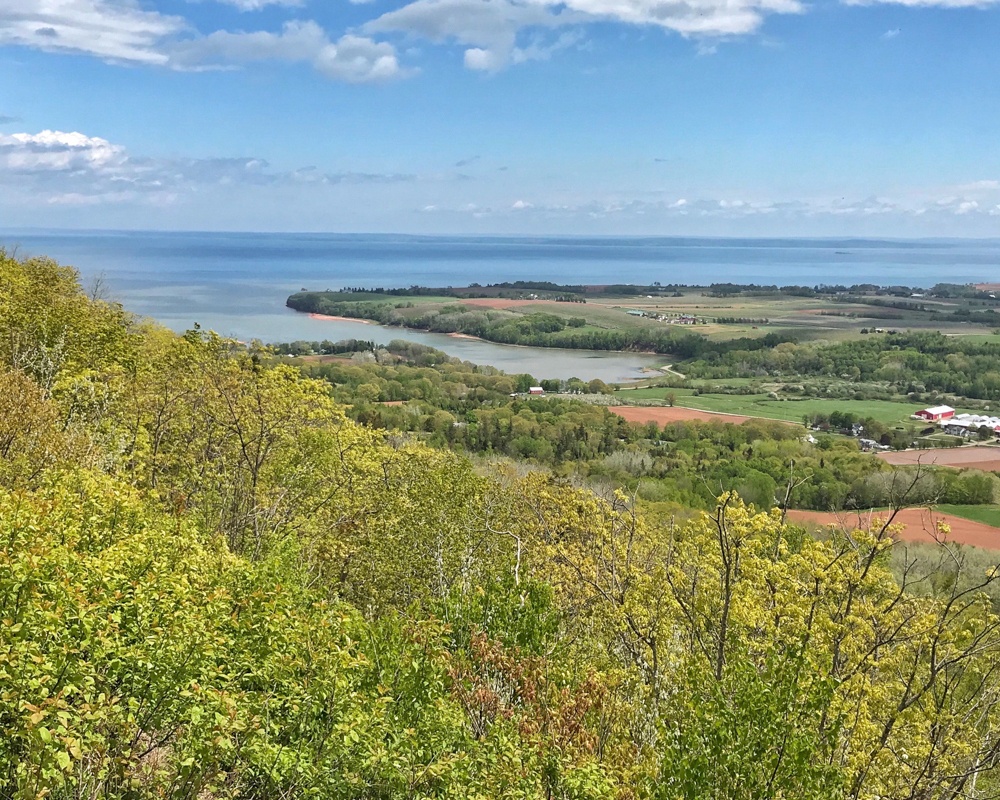
The Acadians settlers who refused to take an oath of allegiance to the British government, suffered deportation between 1755 and 1762. This terrible upheaval of the Grand Derangement is remembered at a visitor centre and church of Saint-Charles-des-Mines.
In the valley we enjoyed a drive around the 12 Starrs Point Loop , an agri-tourism trail created by a group of artisan food producers. The “Loop” is a circular route on the north shore of the meandering Cornwallis River.
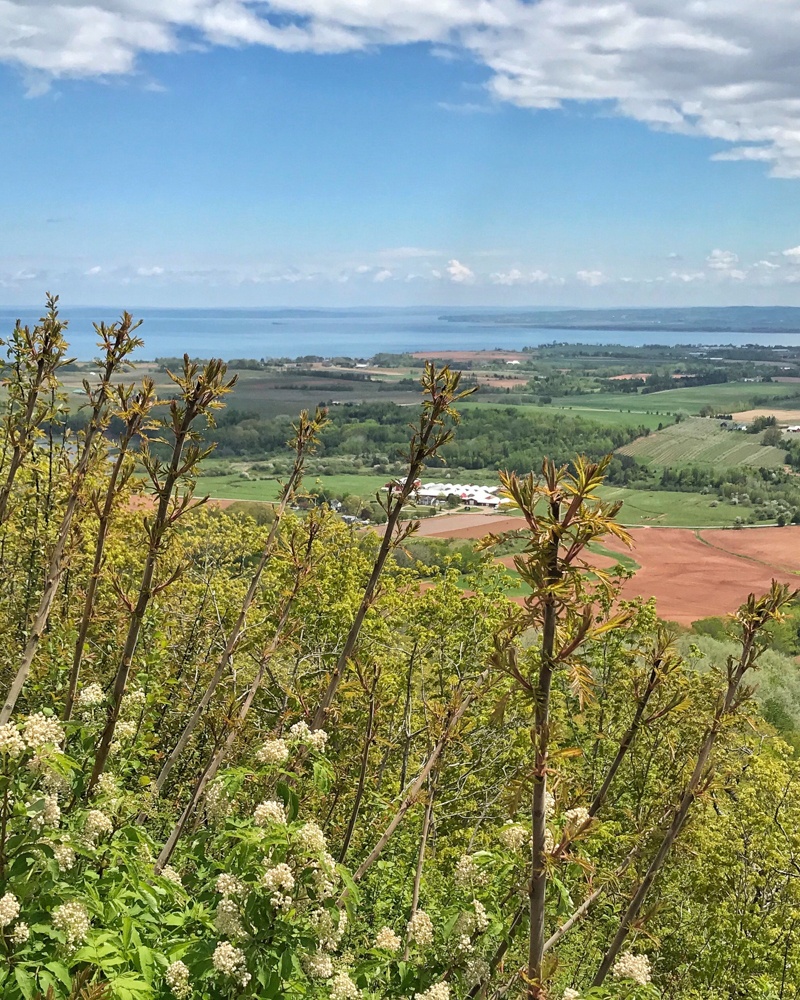
You can drive, walk or cycle, stopping at wineries, farms and cafes along the way. This is perfect way for foodies like us to spend an afternoon!
What we loved: Wow! those views!

Stay at the Old Orchard Inn Resort & Spa in the Annapolis Valley
16. Taste the wines of Canada at Planter’s Ridge winery
On the Starr’s Point loop, our first stop was the Planter’s Ridge Winery . This 150 year old timber framed barn had been renovated to make a modern tasting room with a patio overlooking the vineyards.
The winery was planted from scratch in 2010 by a retired couple looking for a new challenge. It has gone on to win numerous awards, an enterprising approach that seems typical of the Canadian style of doing things!

In addition to the red, white and rose wine, they make rummed cider with the apples of the Annapolis Valley. They also produce mead with local honey and a port-style chocolate wine. In the barn, we were welcomed to an impromptu tasting, with wine to purchase by the glass, as well as by the bottle.
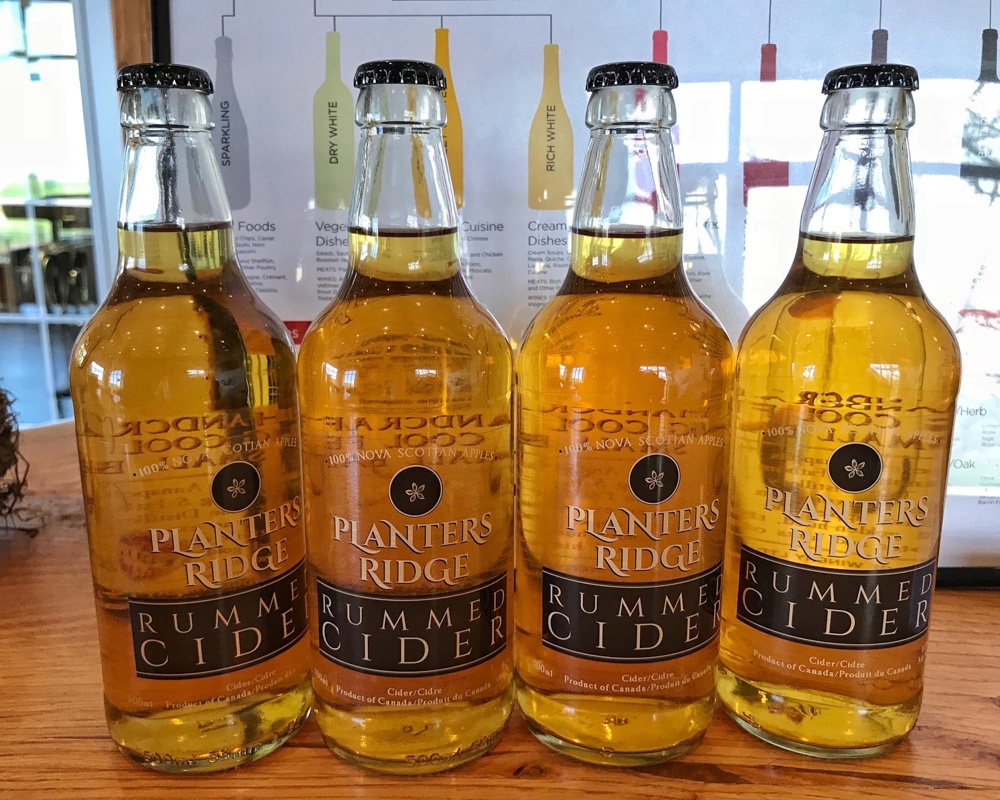
What we loved: The chance to daydream over a glass of wine on the patio and gaze across the vineyards into the distance.
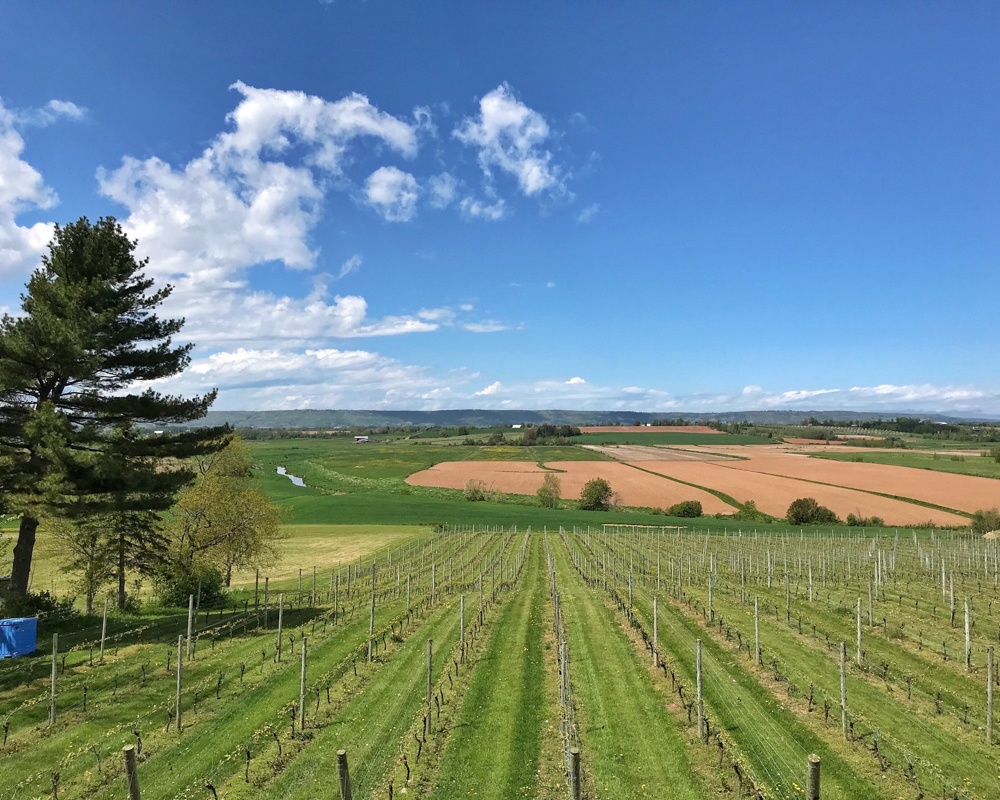
16. Hill Farm Ice Cream and Cheese on the Starr’s Point Loop
Just a little further down the road, the hand-painted cow sign welcomed us to Fox Hill Farm . This sixth generation family farm epitomises the care and passion that you’ll find in the Annapolis Valley.
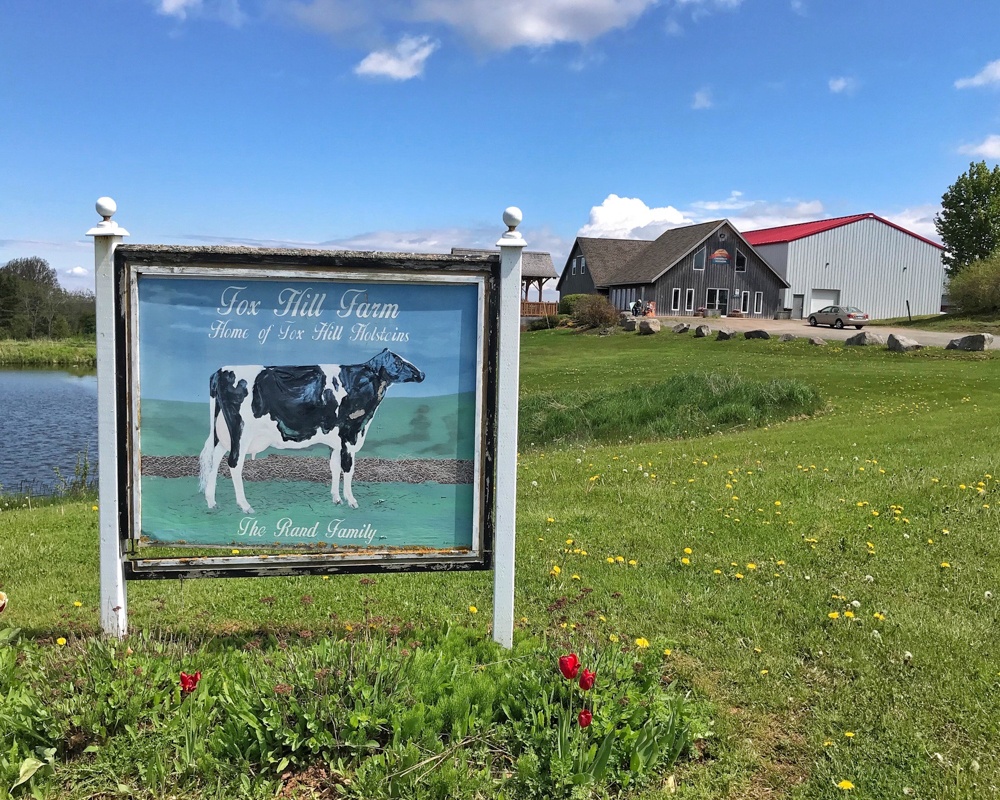
Here they plant the seed, that grows the grass, that feeds the 50 Holstein and Jersey cows, that makes the drug and hormone free milk, that they use to produce their gelato, yoghurt, cheese and non-homogenised milk – such dedication!
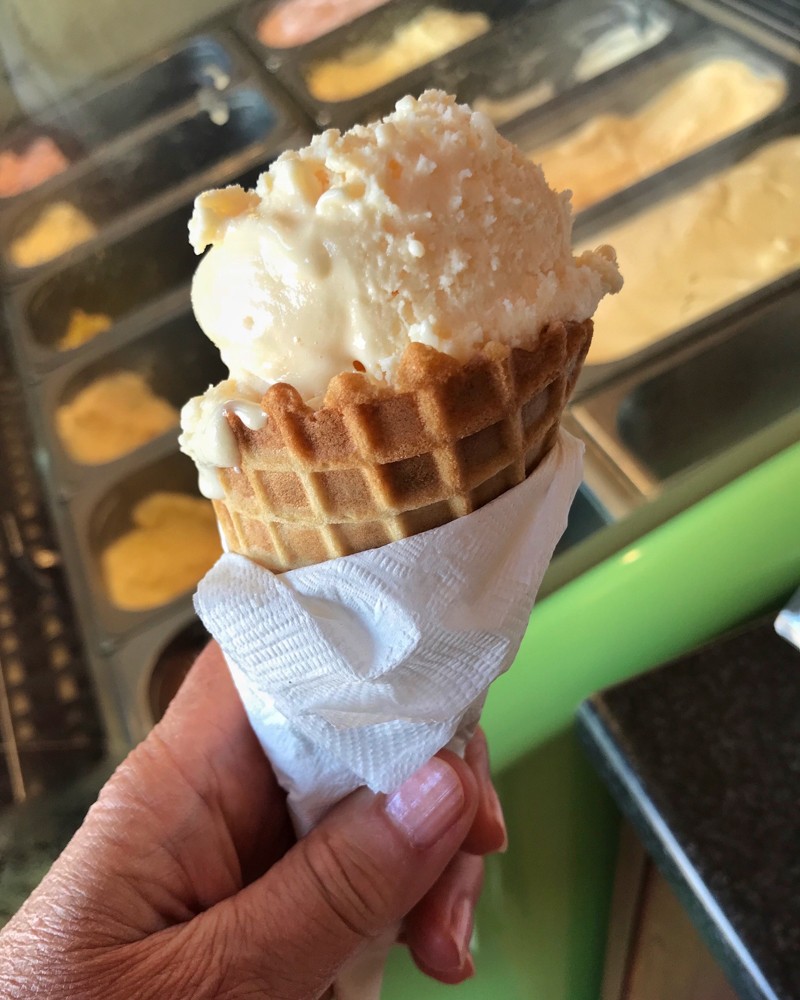
You won’t want to leave without trying a scoop of their creamy gelato flavours, or picking up some of their cheese for your picnic. They also sell their produce at the Halifax Market and Deli. Tours of the dairy can be arranged by appointment.
17. Beer at Wayfarers Ale Society
There are many more foodie spots to visit on the Starr’s Point Agritourism Loop. We continued past the Willowbank U-Pick farm , an apple and fruit growing farm that’s open in September and October. The Wood ‘n’ Hive honey produces local honey and honey products.
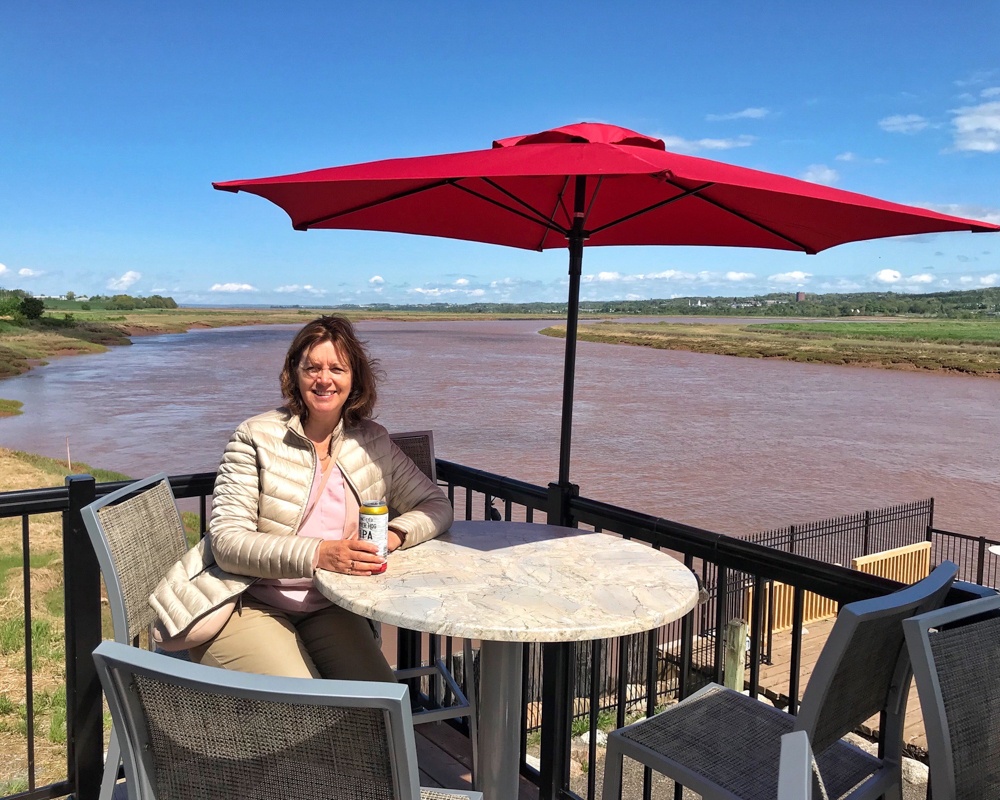
Our final stop was the Wayfarer’s Ale Society where we were tempted for a glass of their craft beer on the upstairs patio, overlooking the Cornwallis River.
What we loved: The brewery’s name comes from the custom in Medieval England of Wayfarers or travellers who could knock on the door of a church and be granted a small piece of bread and horn of ale to refresh them for the journey. You can ask at the bar for a ‘dole’ if you are on a journey and need refreshment.
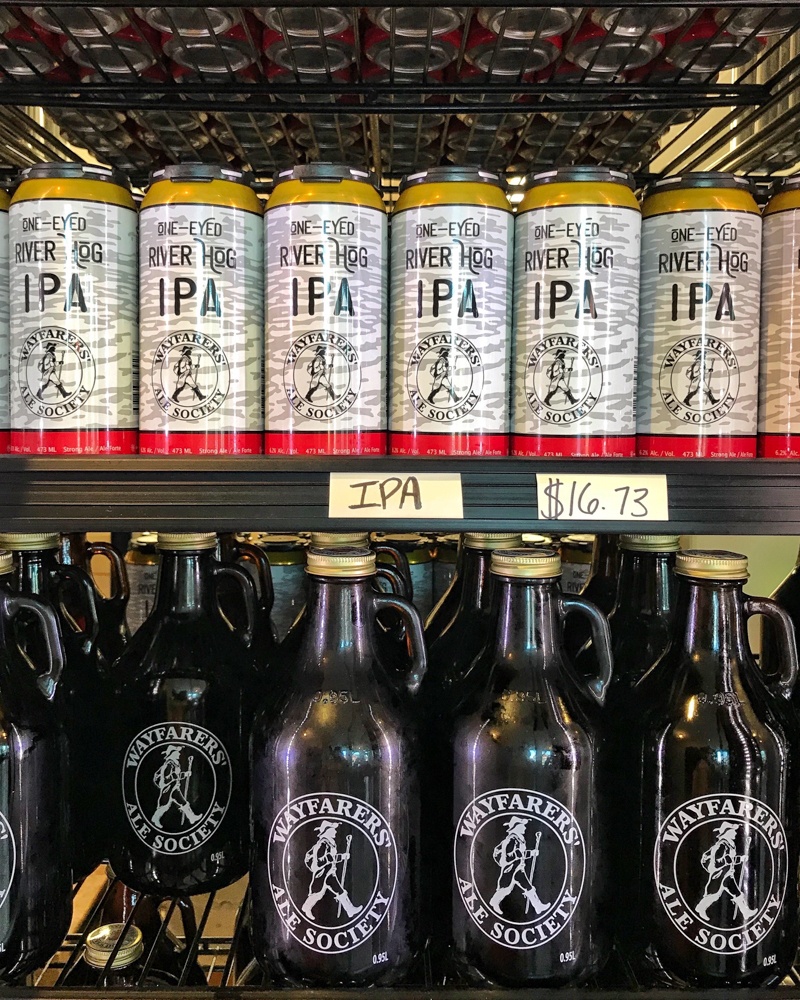
18. Elegant homesteading – herb jellies at The Tangled Garden
Just outside Wolfville is The Tangled Garden , a gem of a garden with a joyous riot of plants and trees. You can walk along meandering gravel paths and enjoy the metal sculptures set in the greenery.
The garden was created by owner Beverley McClare around her home. It now covers 5 acres offering gourmet parties, weddings and a shop where you can buy preserves flavoured with the herbs in the garden.
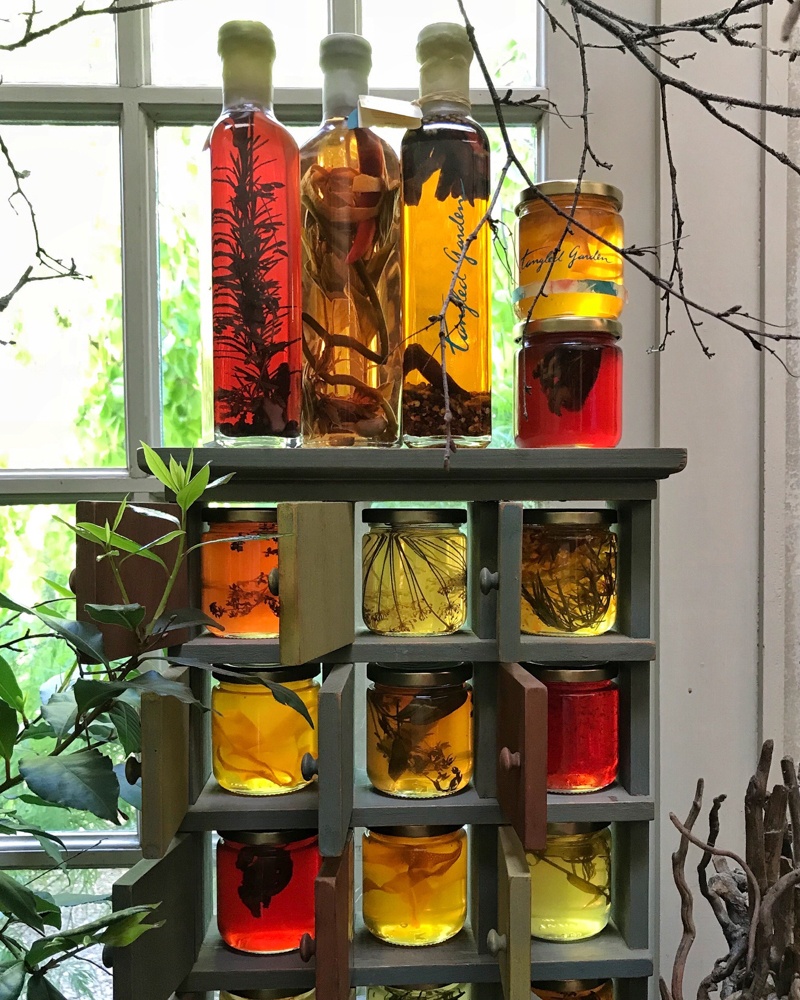
The herbs and fragrant plants of the garden are used to make flavoured jellies, jams and vinegars that glow like jewels when stacked in the window. There’s flavours like apple sage jelly, rose petal and lavender vinegar or rhubarb angelica preserve. Be sure to taste a few while you’re there and you won’t be able to resist taking a jar or two home!
What we loved: Everything about the Tangled Garden is designed with an artist’s eye, there’s a pretty picture wherever you look
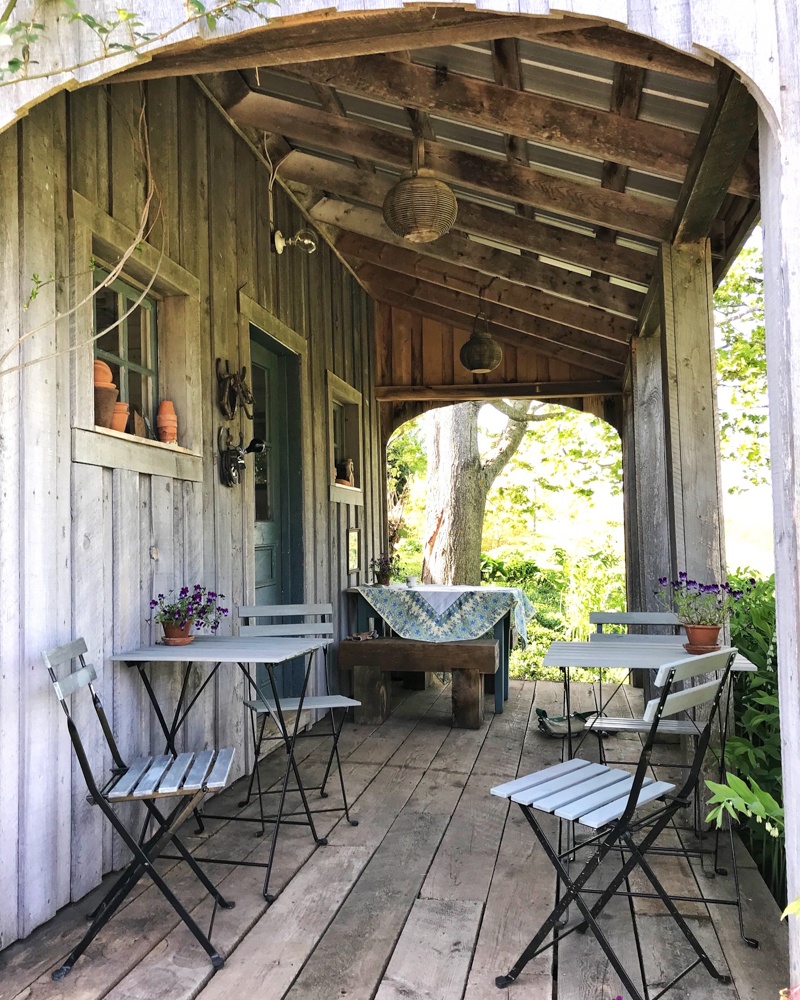
Food experiences to love in Ontario
A few years ago we travelled by RV (Recreational Vehicle or Campervan as we would say in the UK) from Toronto to Montreal. We took in the rolling farmland and national parks of Ontario.
Ontario is a huge state that encompasses fertile fields of top quality produce and large areas of forest. There’s a wide range of cuisine here: the cosmopolitan flavours of Toronto, to the sophistication of the capital city of Ottawa, to the homely farm shops in the small towns and rural areas.
Read More: Foodie adventures on our Canadian Road Trip – Ontario and Quebec
19. Beer tasting and burgers on the waterfront in Toronto
The cosmopolitan city of Toronto has an iconic skyline that overlooks Lake Ontario. It is home to many communities from around the world that have made their home here.
At the start of our RV road trip we were looking for something that was a typically “Canadian”. We found it on the waterfront at the Amsterdam Brewhouse and bagged a table on the deck overlooking the lake. Our pulled pork bun with sweet potato fries was accompanied by a flight of their craft beers. We enjoyed the creative names like Big Wheel Amber Ale and Downtown Brown.
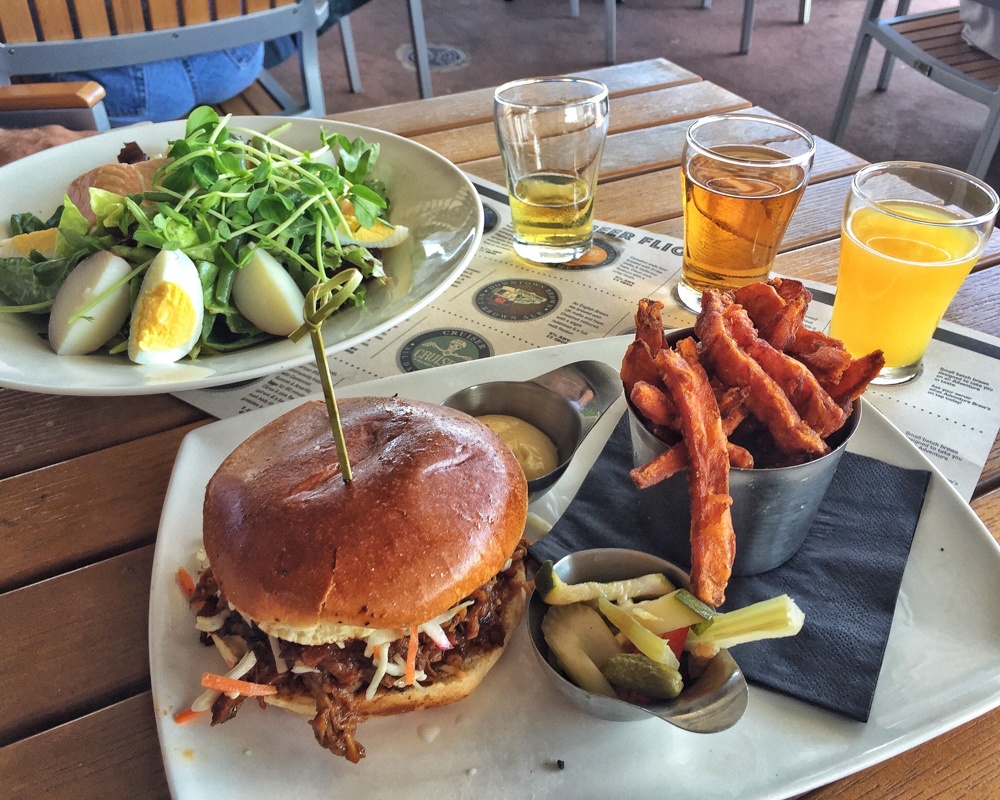
The menus here change seasonally but are based around casual burgers, smoked meats and a good selection of hearty salads. The beer is brewed by the company with natural ingredients and no preservatives. In cosmopolitan Toronto this felt as close as you’ll get to typical Canadian cuisine and it was a tasty start to our trip.
What we loved: The buzzing atmosphere and lake views
20. Roadside diner that’s a cut above at Webster’s
Driving north from Toronto towards Algonquin Provincial Park we stopped for a late lunch at Weber’s , a roadside diner on Highway 11 near Orillia. Since the 1960s, Weber’s has been feeding families heading north for their weekend or holiday camping trips.

After parking the RV we joined the fast moving line in the small takeaway area. Burgers and hot-dogs were sizzling over charcoal. Orders with fries, extra cheese, milk shakes or iced tea were being efficiently assembled.
Taking our paper wrapped burgers and cartons of fries we found a shady spot at a picnic table on the grass to enjoy our lunch. For something sweet there’s also a small store that sells ice cream and frozen yoghurt.
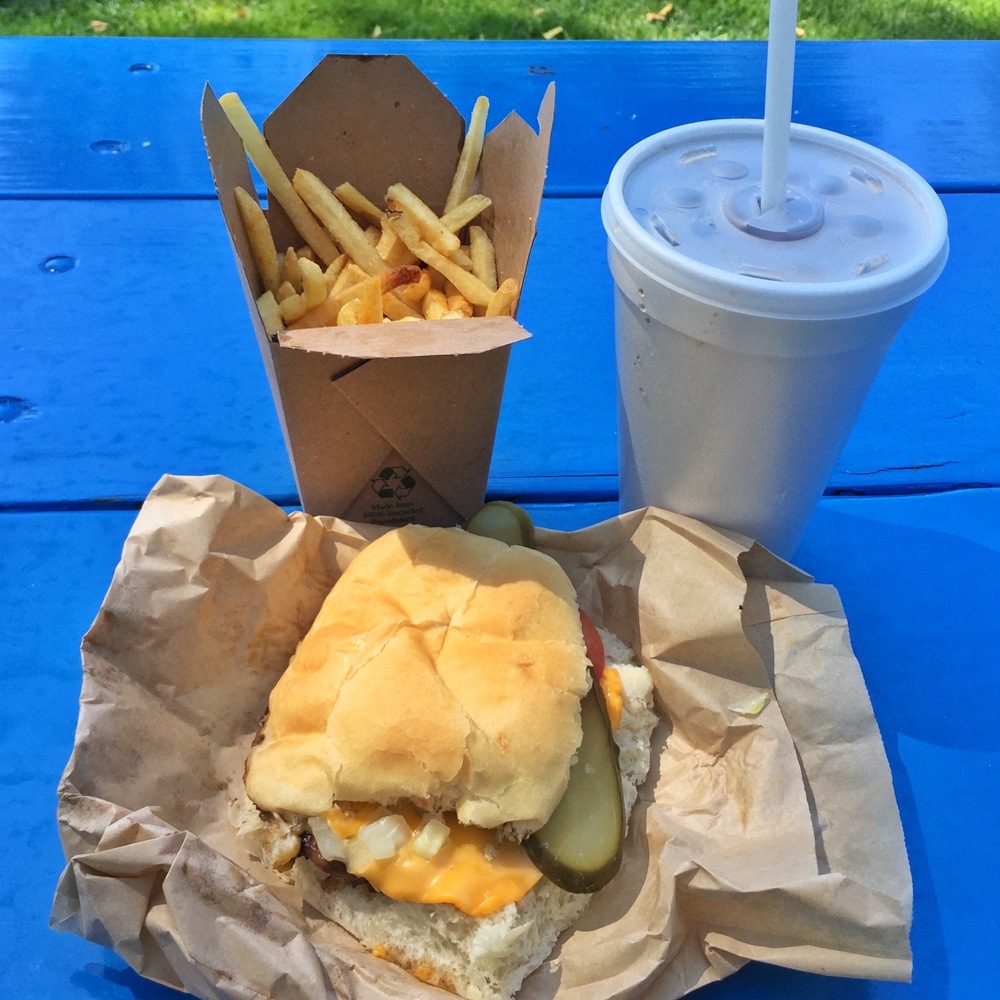
What we loved: You can eat your lunch in a vintage railway carriage for those who like their air conditioning in the heat of summer or to keep warm in the cooler months.
21. Wild berries with the bears in Algonquin Provincial Park
Our first taste of the Canadian wilderness was at Algonquin Provincial Park . There’s an old airfield that is now overgrown with trees and low growing blueberry bushes that fruit in summer.
The locals often go there to pick the wild blueberries. You need to take care as the sweet fruit is also sought out by the black bears in the park who consider this their picnic ground when the berries are in season.
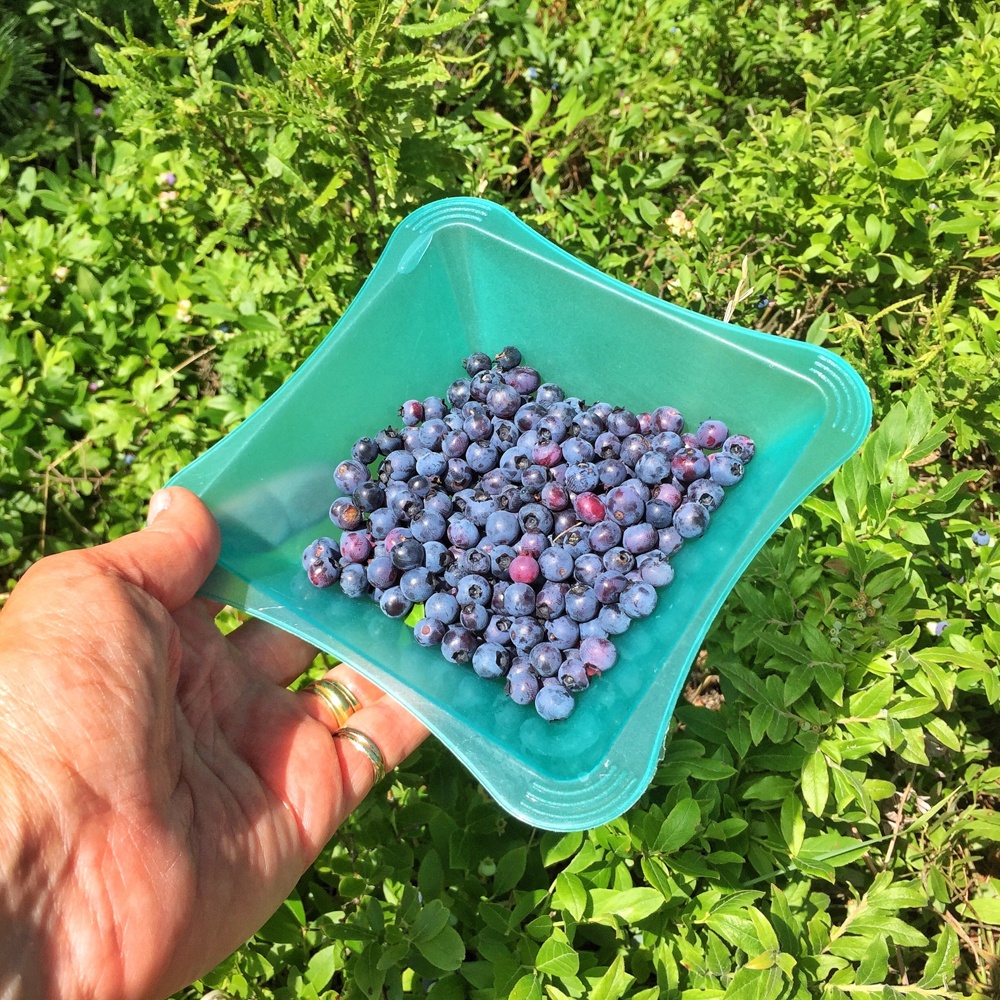
While out cycling near the Two Rivers Store, we passed people picking the wild blueberries, who told us that there was a black bear and cub in the area. We proceeded cautiously to join the small crowd in the parking area who were watching mama bear.
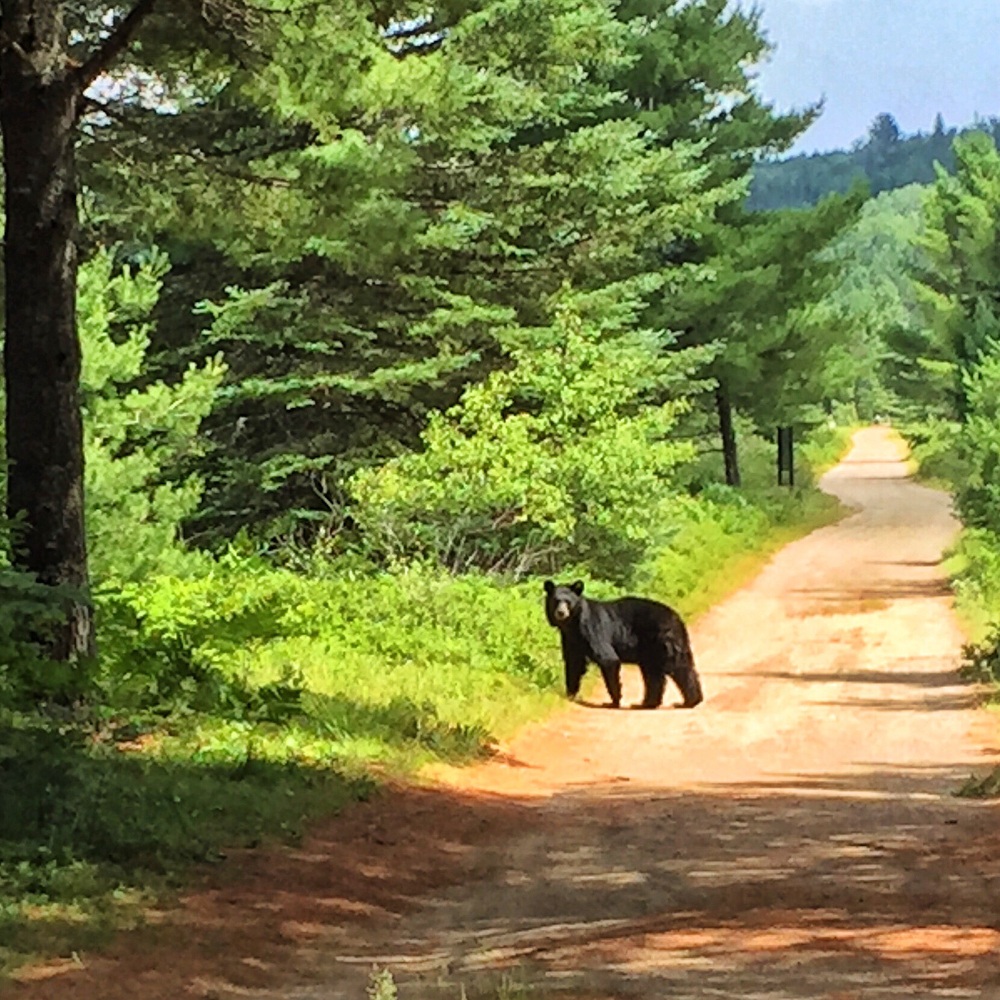
Then realising that we had inadvertently broken the golden rule, cycled on the path between the bear and its cub. We watched from a safe distance as mama bear checked the cub up the tree was doing fine, before ambling off into the woods in search of more food.
The moral of the story, is enjoy a few wild blueberries but be sure to leave plenty for the bears too!
22. Butter tarts at Coutts Country Flavours
In Ontario, some of the most interesting foodie finds were in the local farm shops and markets. One that we came across at Coutts Country Flavor Shop were the Butter tarts, a specialty of Ontario.
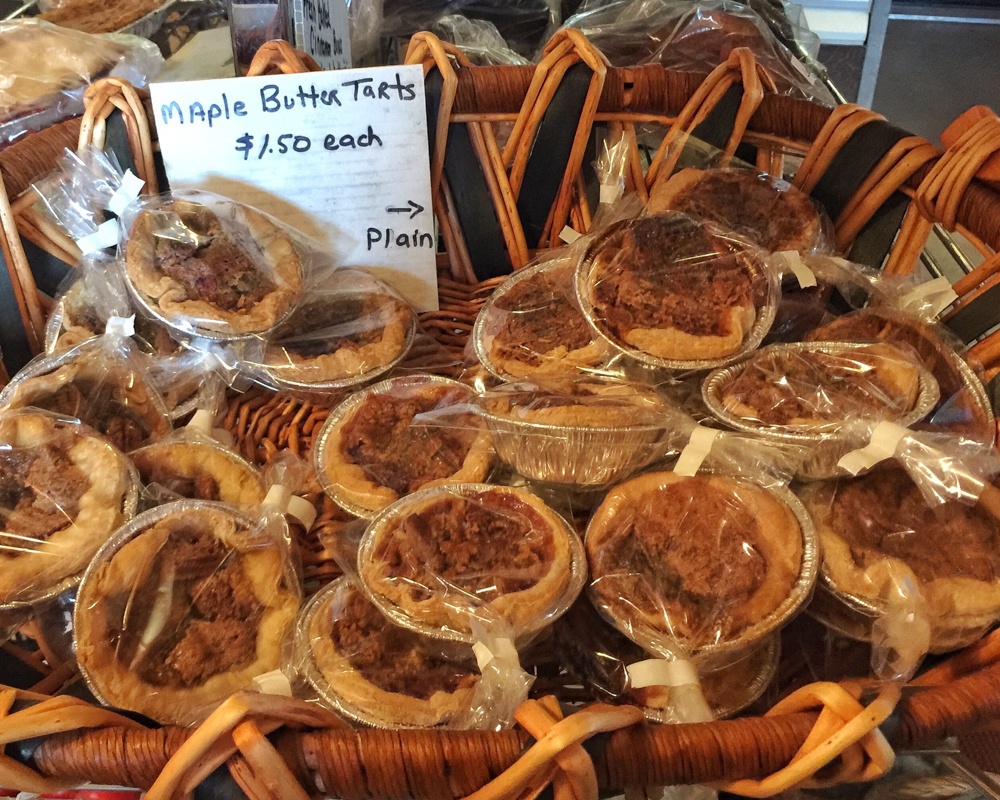
This store is part of a 5th generation family farm. It sells organic meat, fresh farm vegetables, local cheeses and their own maple syrup as well as baked goods.
The famous Ontario butter tarts are a bit like a treacle tart with a crumbly butter pastry. It’s filling is sometimes flavoured with maple syrup or pecan nuts and definitely one to look out for if you’re travelling through Ontario.
23. Summer berries in Kingston Farmers market
As a foodie stop, the university town of Kingston on Lake Ontario definitely punches above its weight. It offers great artisan food producers, bars and restaurants. In summer when we were there, the farmer’s market was in full swing.
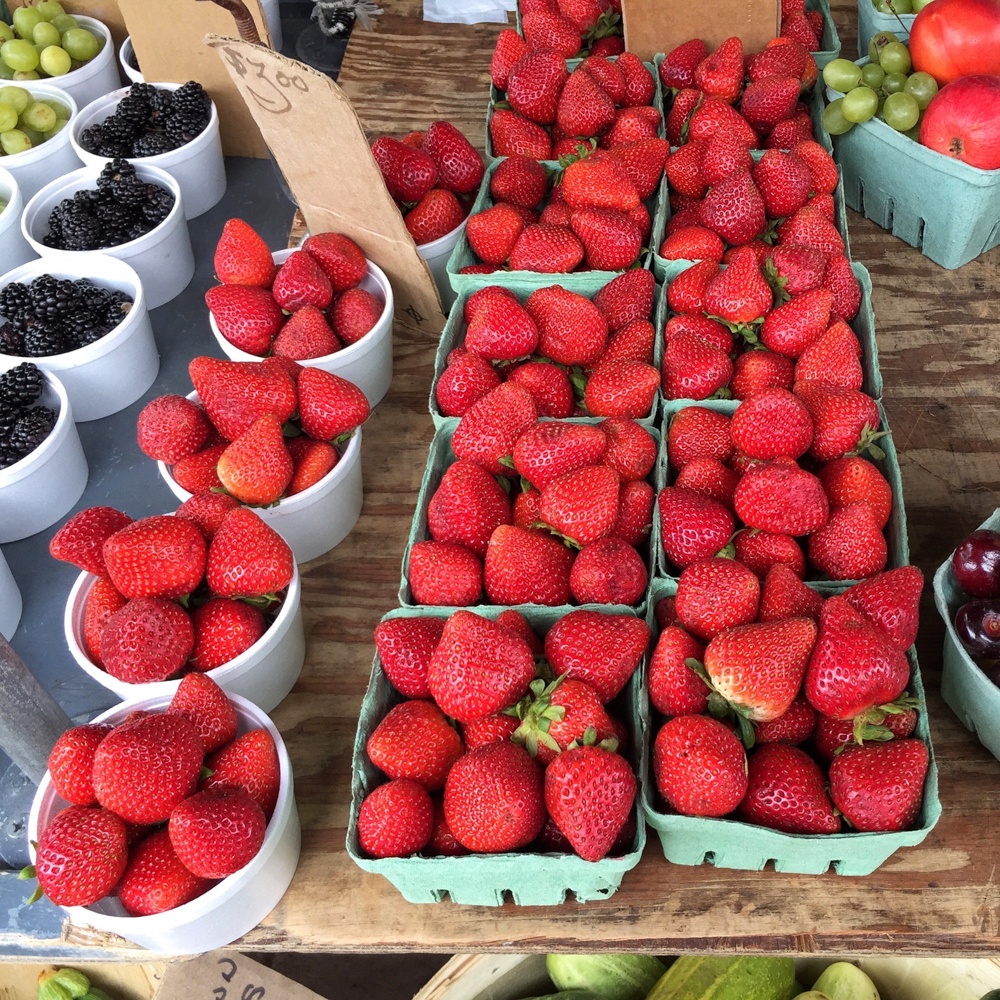
There was stall after stall selling perfectly polished peaches, plums and luscious berries sold in mixed baskets ideal to buy for a picnic or take back to your campground. Much of the soft fruit comes from the Niagara Falls area. The mild climate and sunny days offer an ideal environment for fruit farms to stop and pick your own.
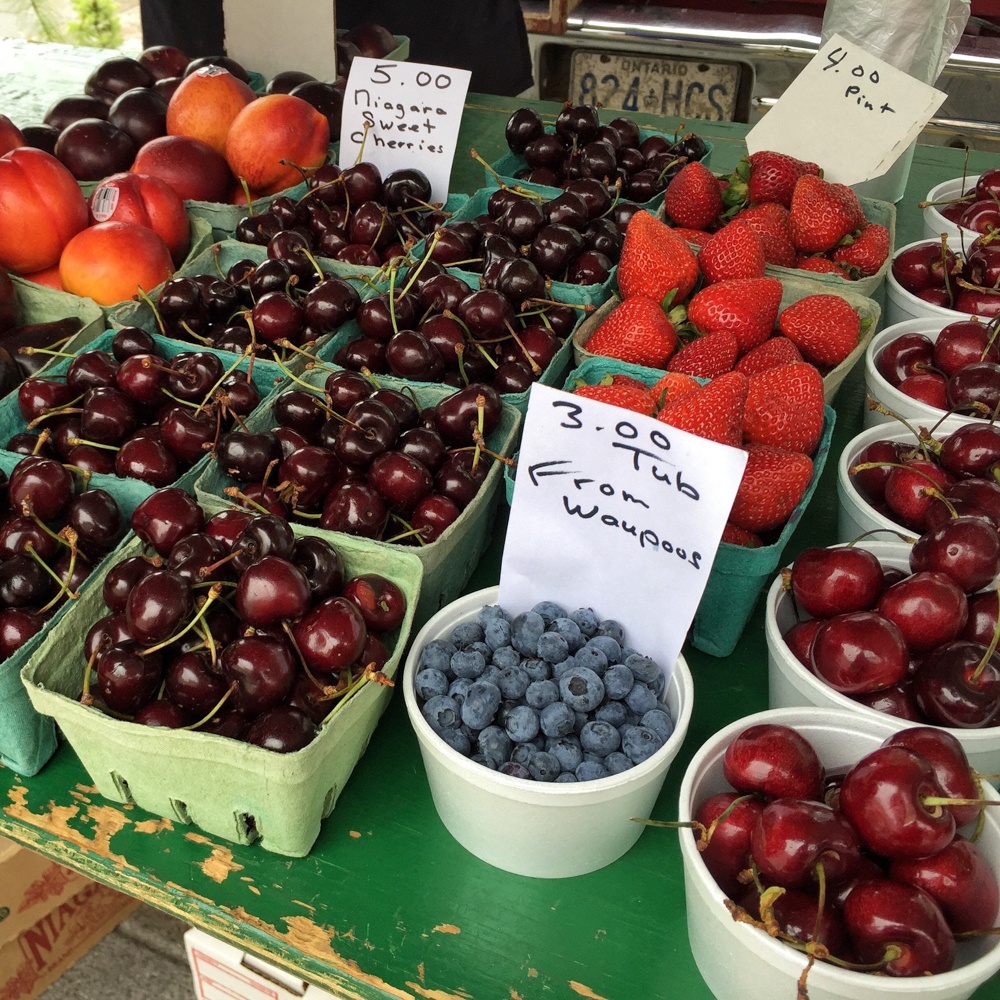
Kingston was established in 1673 at the confluence of the St Lawrence River and has a somewhat European feel. The narrow streets offer coffee shops, food stores and secluded courtyards with restaurant patios. It’s definitely a great stop for food lovers.
If you’d like to explore Niagara Falls and don’t have a car, check out this small group day tour of Niagara Falls from Toronto .
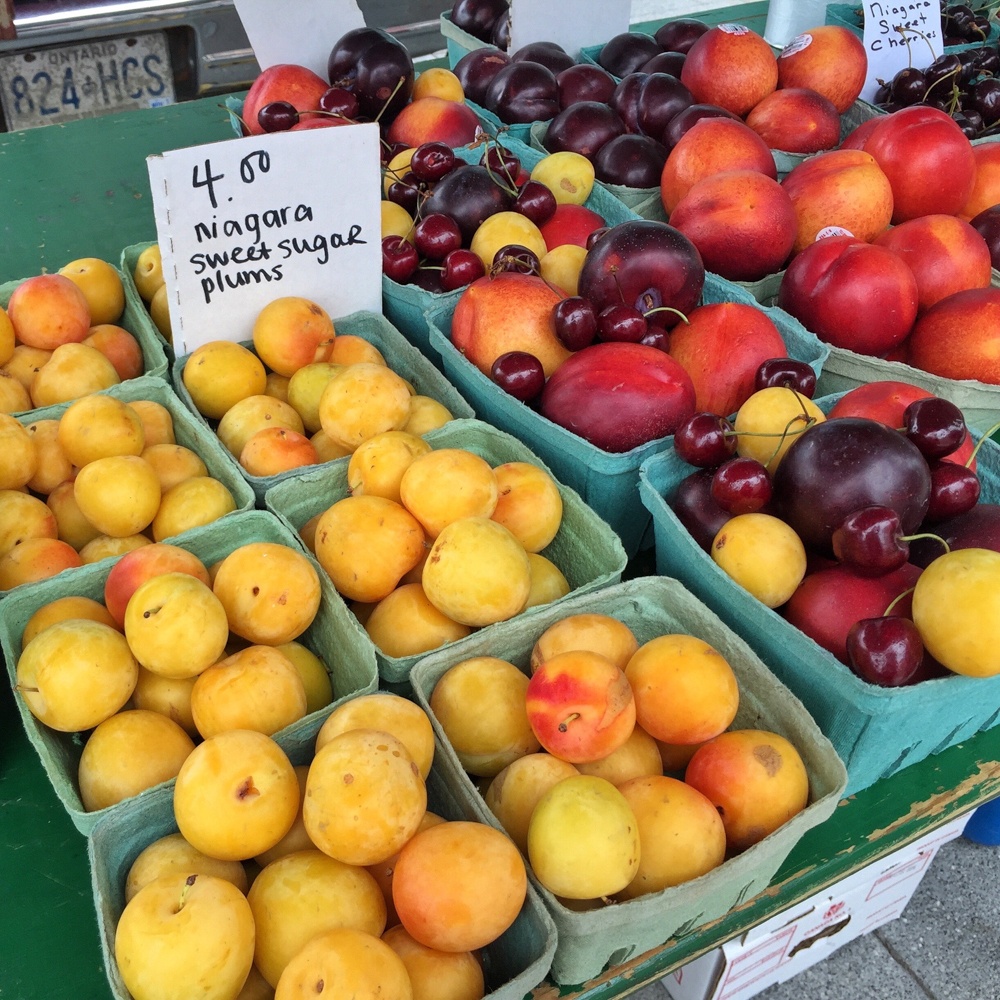
24. Byward Market in Ottawa
In the heart of Ottawa, ByWard Market is a magnet for visitors. There’s a covered market selling a mix of Canadian food and crafts, surrounded by areas with open market stalls.
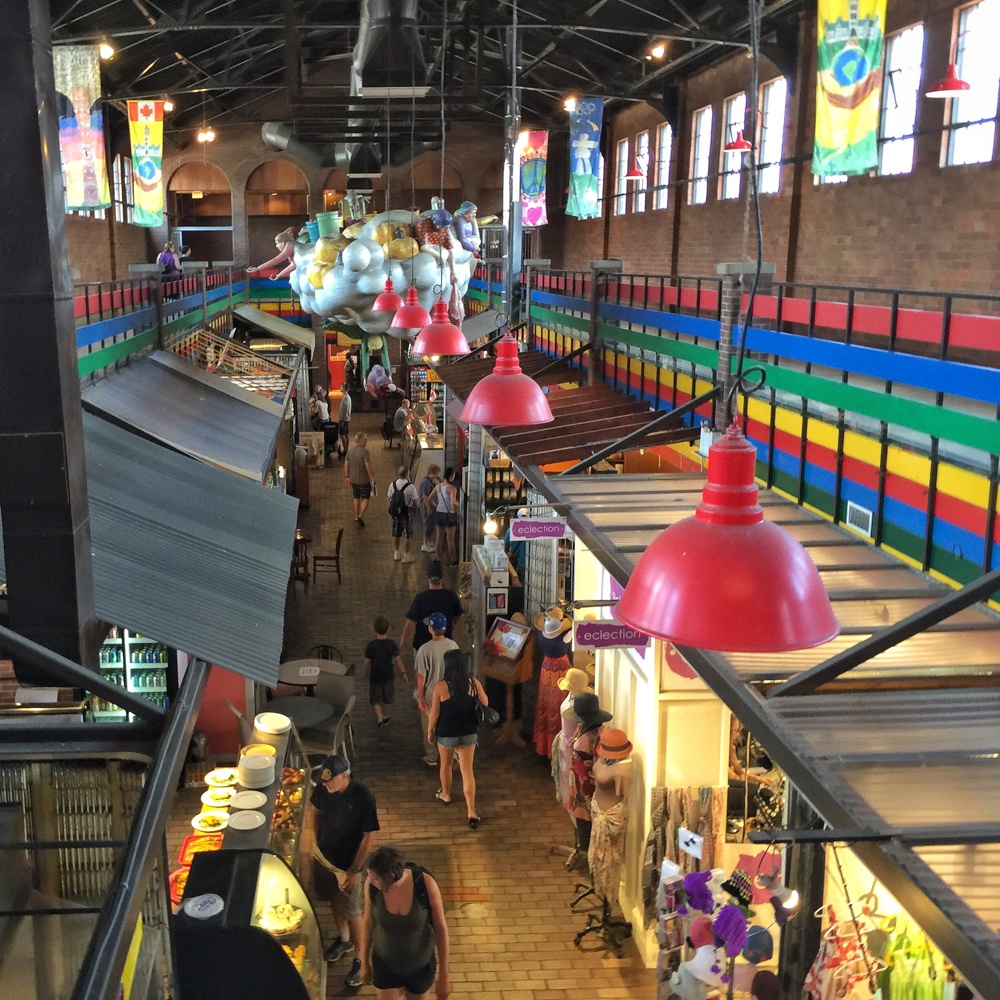
Established in 1926, this is one of Canada’s oldest public markets. It encompasses four blocks of streets with around 600 independent boutiques, restaurants, bars and market stalls.
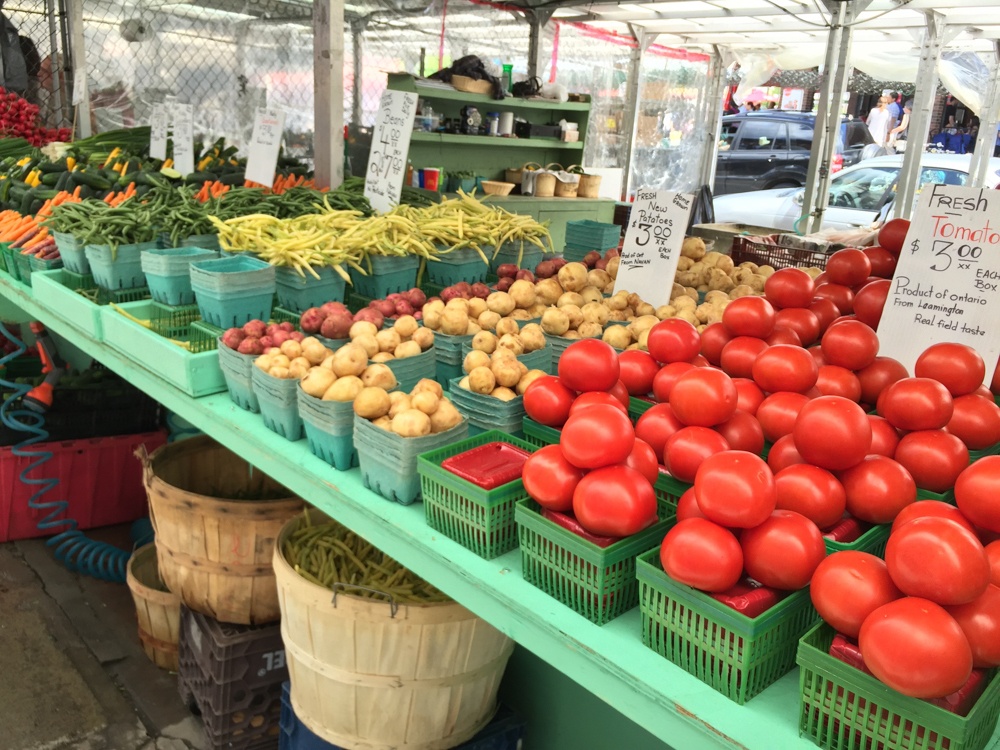
We admired the fresh fruit and produce on sale in the market stalls. Byward Market is also an excellent lunchtime stop, with numerous food vendors selling flavours from around the world, reflecting the diverse ethnic mix of Canada today.
To explore Ottawa by bike, take this 3 hour cycling tour to discover the stories of Canada’s capital with a guide.
25. Beavertails – the sweet pastry of Ottawa
In Ottawa it’s practically obligatory to visit to the BeaverTails kiosk to try this sweet specialty of the city. The flat pastries shaped like a Beaver’s Tail are a cross between a pancake and a doughnut and come with lots of sweet toppings.
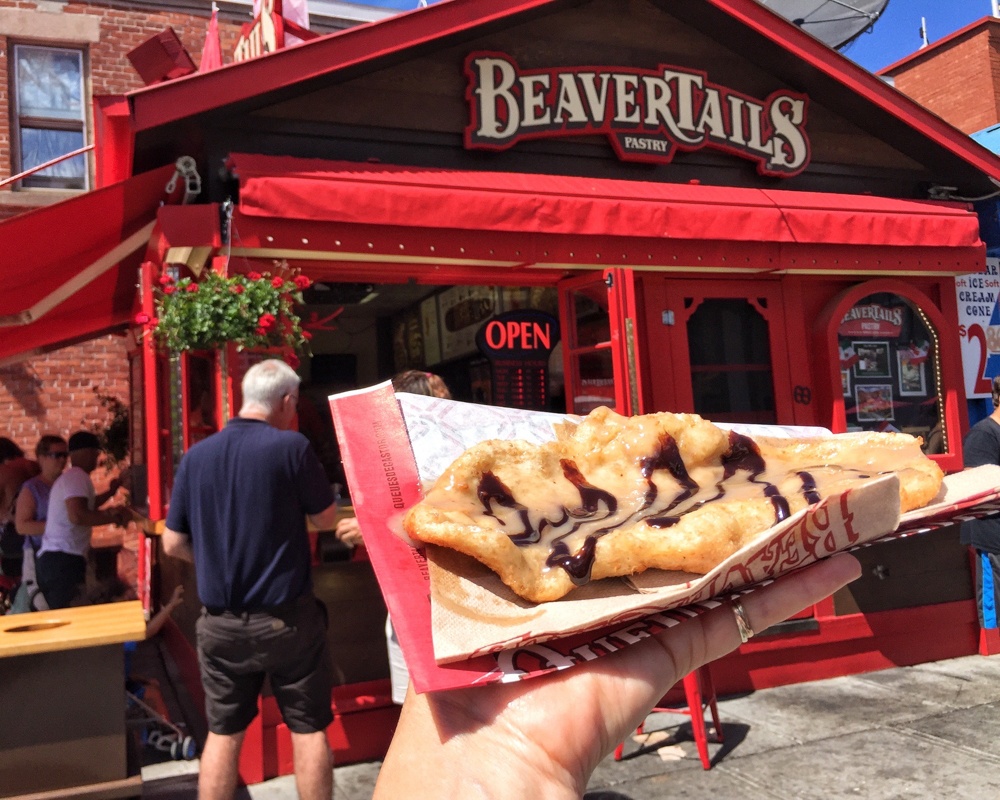
The classic just has a sprinkling of cinnamon and sugar, but we could have tried strawberry cheesecake, hazelnut brownie or pecan pie toppings. I felt quite restrained with my choice of buttery maple sauce! We tried our beavertails in Byward Market Ottawa, but there are branches all over Canada and the USA too.
Food experiences to love in Quebec
From Ontario our RV road trip took us into Quebec. The French speaking Québécois influence was evident almost as soon as we crossed the state line just north of Ottawa.
Much of the state is forested, with cold winters and hearty dishes such as poutine. Poutine is a mix of fries, cheese curd and gravy, designed as a warming comfort food. In cities like Montreal, however, we found a multicultural mix of cuisine, influenced by the Greek, Italian and Jewish communities who made their home here.
26. A romantic lunch by river at the Wakefield Mill
Just north of Ottawa, we drove through the Outaouais region and arrived in Wakefield. This pretty little historic town is full of old houses, craft shops and artisan bakeries and restaurants.
The area is something of an escape from the city bustle of Ottawa. We stopped for lunch at the Wakefield Mill , a charming boutique hotel and restaurant which would have made a wonderful spot for a weekend break.
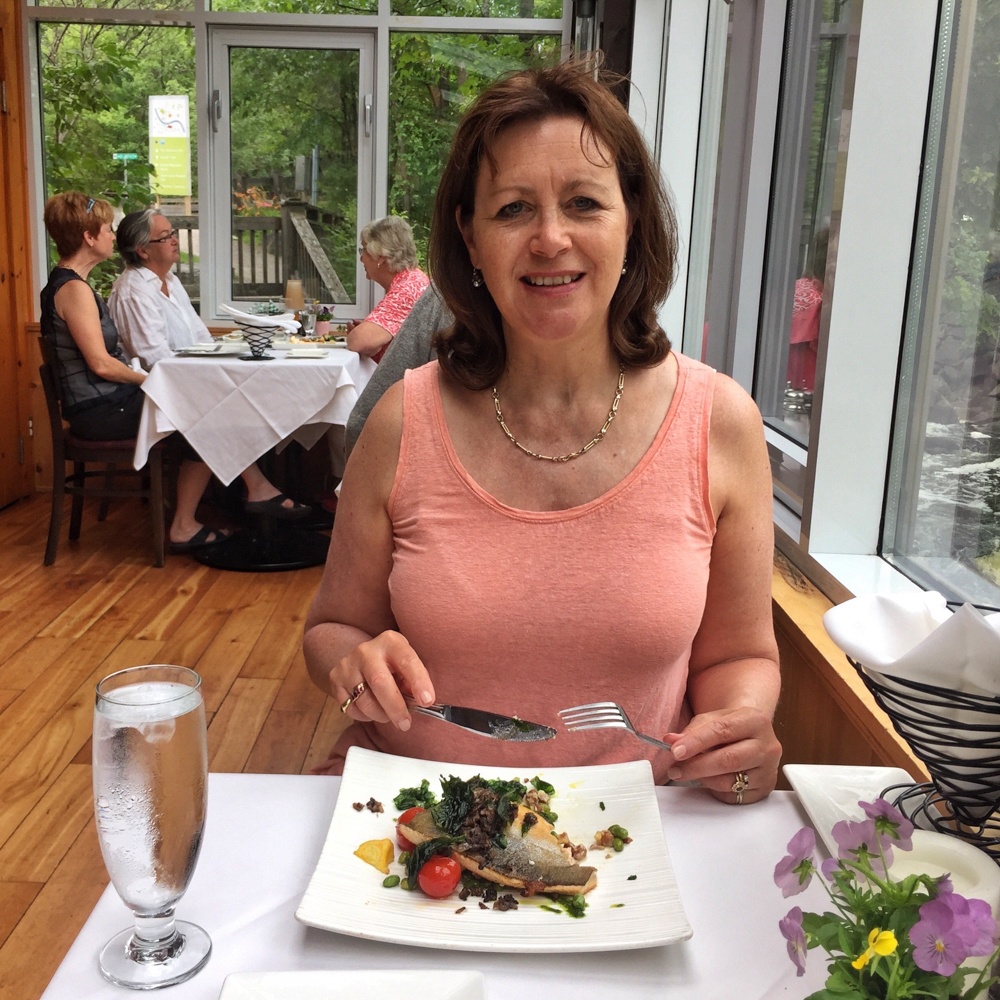
The stone built mill is set by the river in a natural setting. We could almost have been in Switzerland, as the MacClaren Falls rushed below our table by the window.
The restaurant offers a sophisticated dining experience with French and Québécois influences. I enjoyed my Arctic Char with a pretty arrangement of mushrooms, green beans and other vegetables.
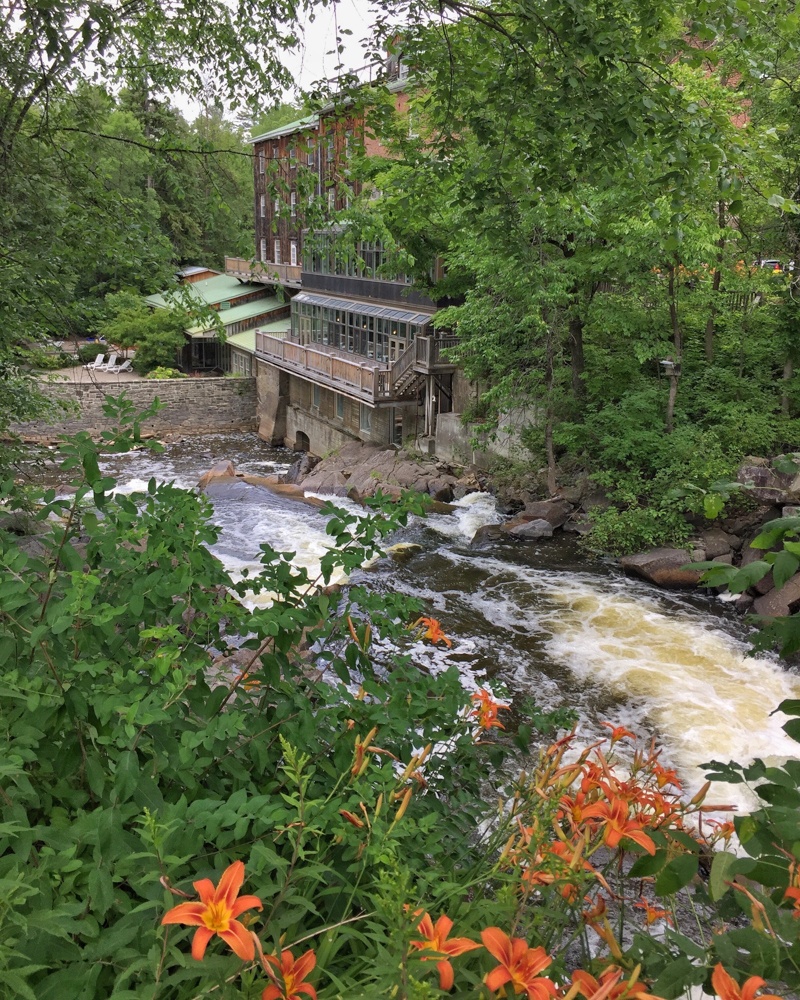
What we loved: The thick stone walls and open fires of the old mill house make for a romantic getaway. There’s a spa and wellness centre overlooking the river as well as lots of hiking trails around the hotel.

Stay at the charming Moulin Wakefield Mill Hotel & Spa
27. Campfire cooking at Parc Mont Tremblant in Quebec
Our foodie adventures on our RV trip through Canada wouldn’t have been complete if we hadn’t tried a bit of campfire cooking. Since every camping space in Canada comes with a picnic table, fire pit and a built in grill it seemed a shame not to give it a go.
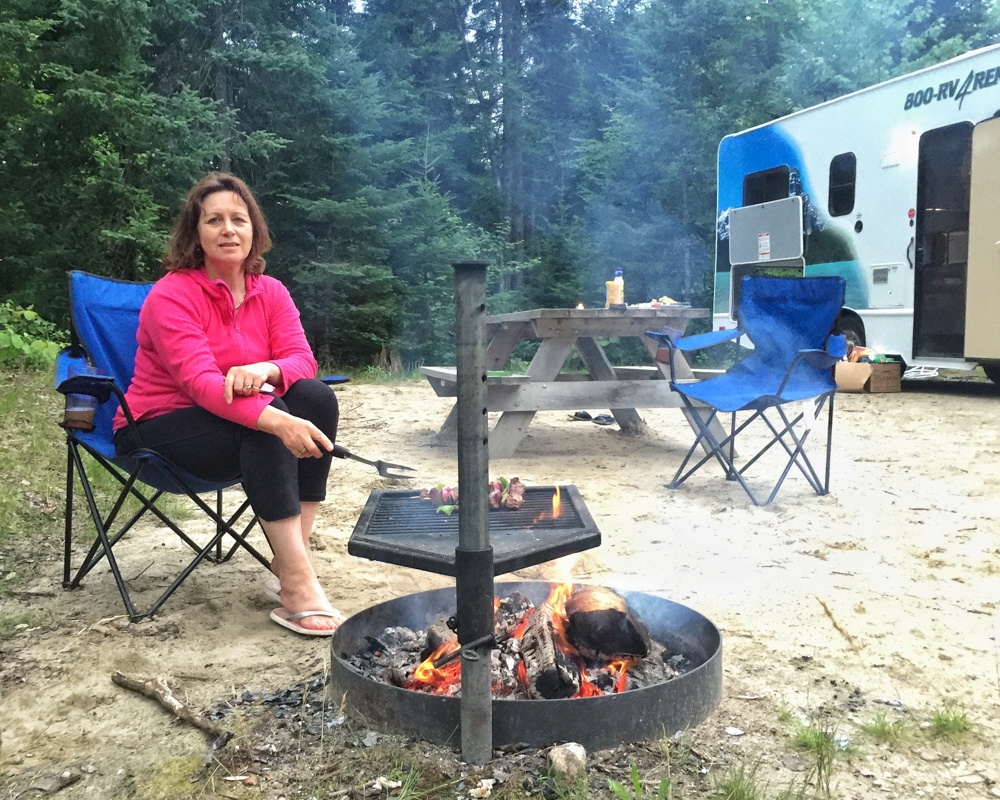
On our last night in Mont Tremblant National Park we grilled some juicy steak kebabs over the fire for that smoky BBQ flavour. The true Canadian tradition of course is to sit around the campfire toasting marshmallows or s’mores as they are strangely called over there.
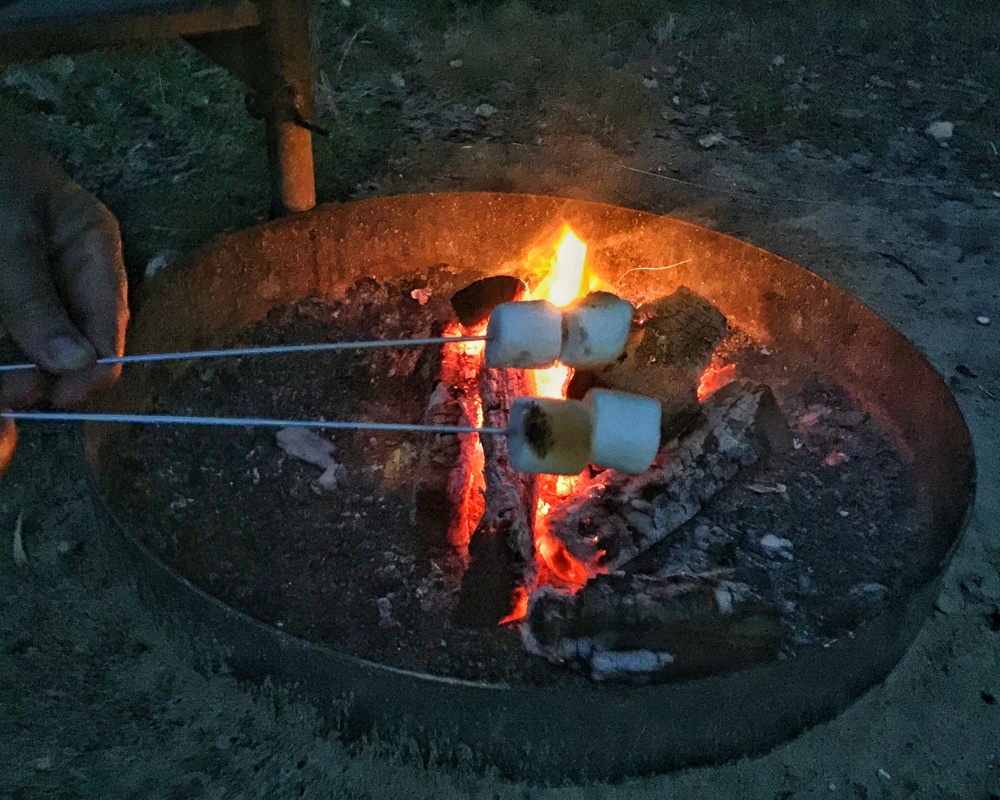
The name’s an abbreviation of ‘I want some more’. It’s quite an art to achieve that combination of melted softness and crispy toasted exterior without the whole thing going up in flames.
What we loved: In campfire cooking you really feel at one with the wilderness, even though you can retire to the comfortable RV complete with fridge, kitchen and bathroom.
Food experiences to love in Montreal
Everyone we met told us that Montreal serves the best food in Canada. So, when we arrived here at the end of our RV trip, eating was high on our agenda.
The city has Jewish, Portuguese, Greek and Italian neighbourhoods, homes to restaurants and food shops with an ethnic flavour. However, you still get plenty of the Quebec influence, with Maple Syrup and hearty dishes inspired by the settlers, pioneers and fur trappers who came to the state.
Read More: How to spend a perfect day in Montreal
28. Jean Talon Market in Montreal
An important food stop in the Little Italy District on the northern side of Montreal, is the Jean-Talon Market . This is the largest fruit and veg market in the city.
The market is a riot of colour, a paradise for foodies and chefs. It’s all beautifully presented with each heirloom tomato, rosy radish and even humble potato polished to perfection.
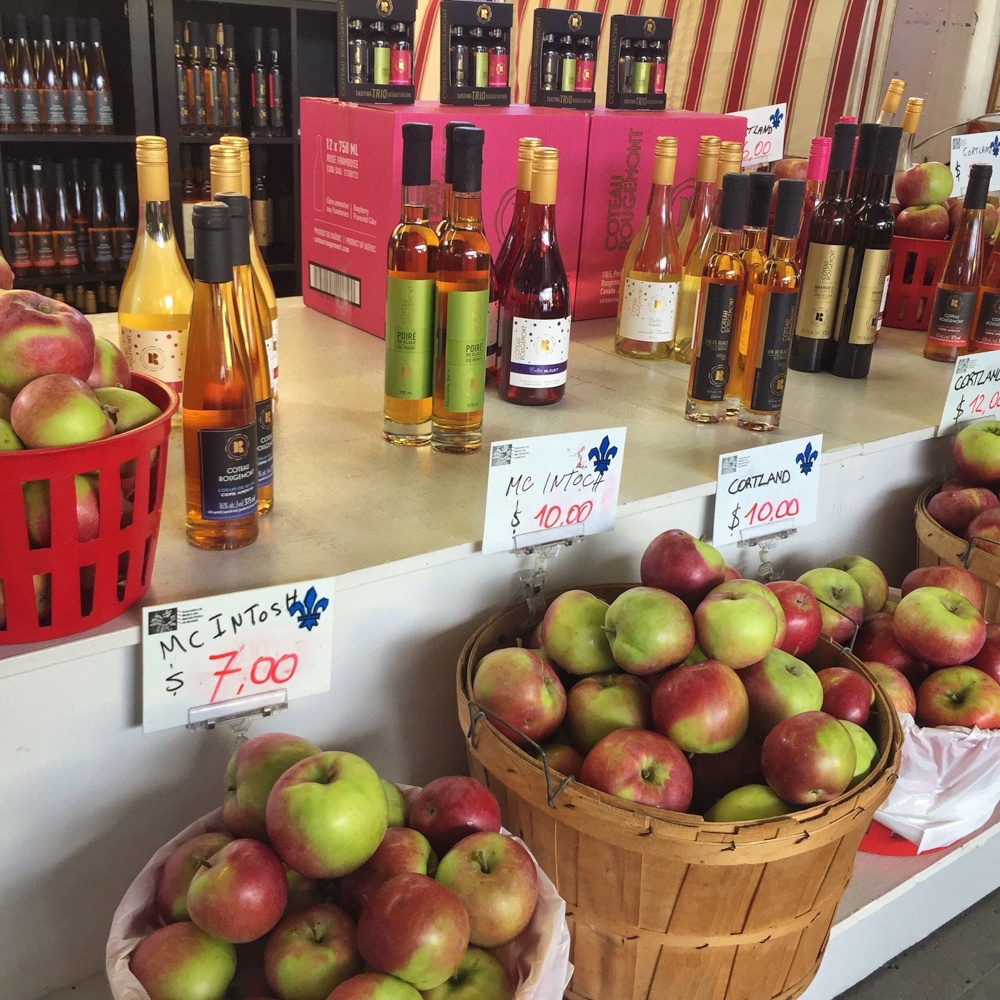
We also enjoyed discovering specialist products like the ice cider that’s made in Quebec. The climate here is too cold for vines, so the first French settlers planted apple orchards instead, pressing the apple juice to make cider.
Like ice wine, the fruit is picked after a frost to intensify the flavours. It’s then made into a sweet cider with a concentrated flavour that’s perfect served with blue cheese or charcuterie.
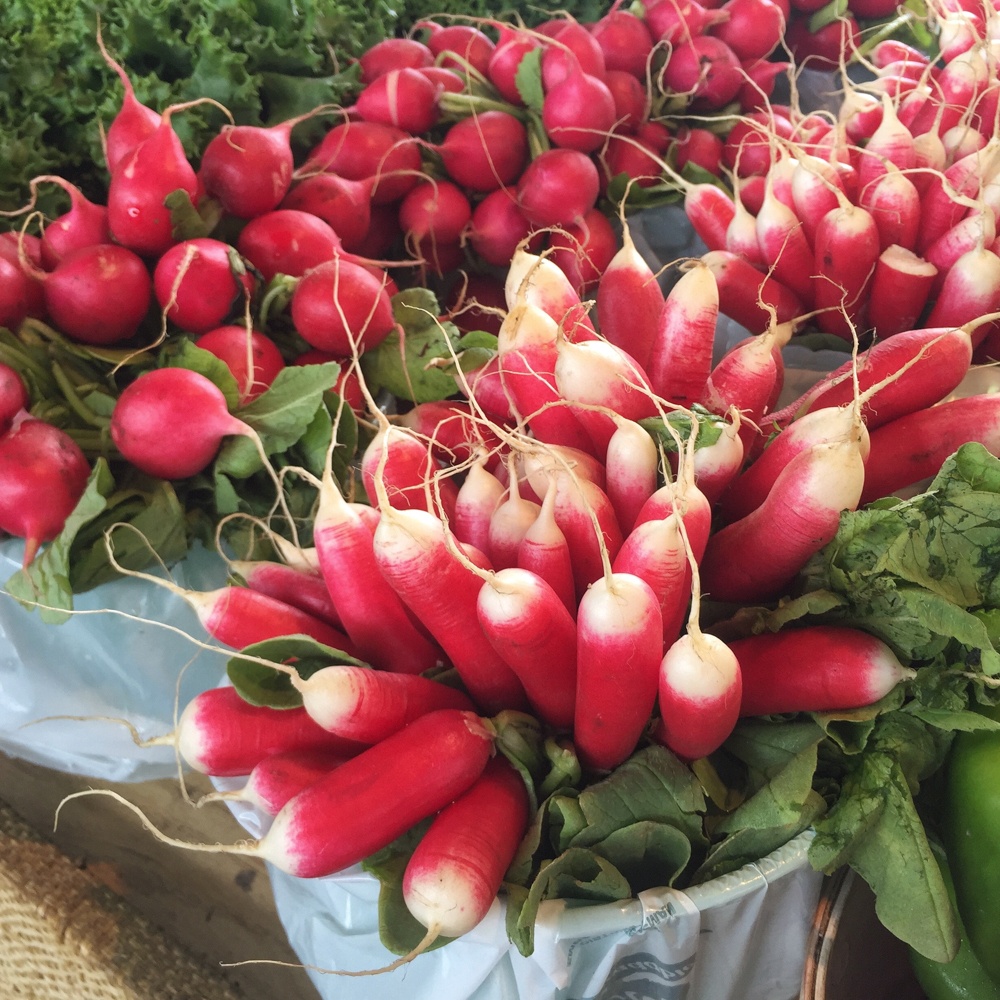
29. Bagels – the Jewish influence in Montreal
Bagels are big in the Jewish neighbourhood of Montreal, with the specialist bakeries of Fairmount and St-Viateur found within a few blocks of each other. The Montreal bagels are prepared differently to the New York bagels. Montreal bagels are baked in a wood fired oven with a sweet maple glaze with a more compact texture than their puffy cousins from NYC.
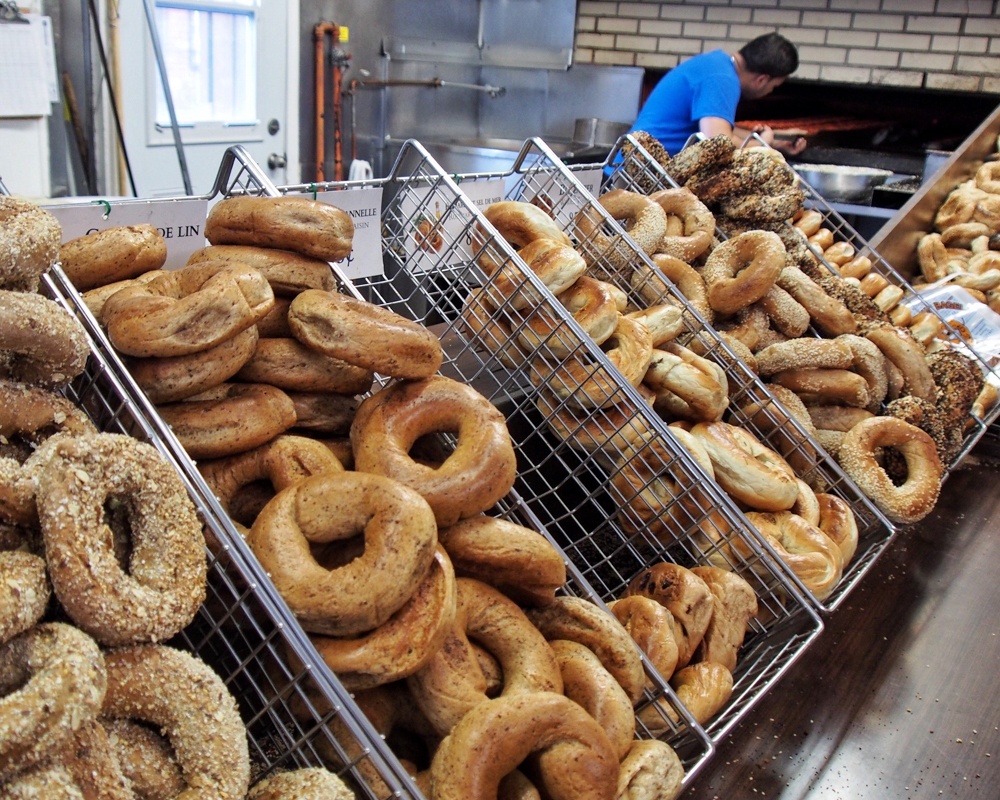
We tried the warm-from-the-oven bagels at both bakeries and can confirm they are equally delicious. However, St-Viator has a larger shop where you can easily see the bakers at work and the bagels piled high, making it easier to take photos.
If you want a place to try the bagels for lunch, head to Beauty’s in the Jewish neighbourhood of Plateau. Here we tried a ‘Special’ bagel with lox (smoked salmon), cream cheese and sliced onion.
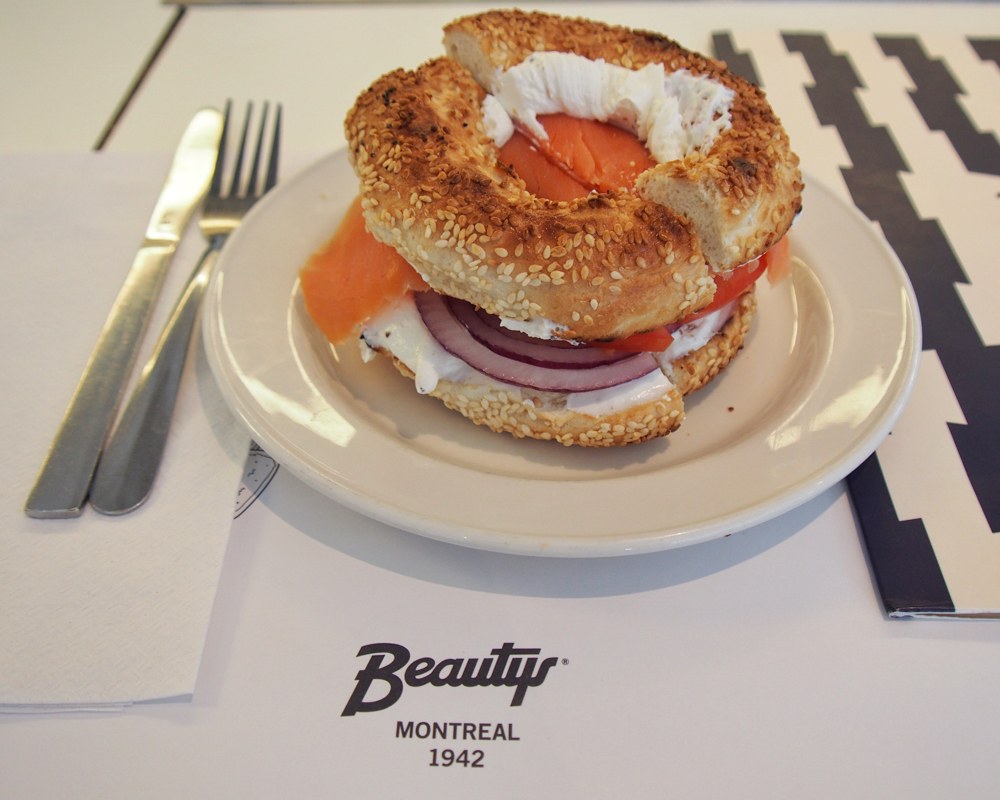
This classic Jewish diner with its blue banquettes and open kitchen, was founded in 1942 and is now run by the third generation of the Sckolnick family. They serve smoked salmon and cream cheese bagels, as well as sandwiches, pancakes and salads.
30. Salt beef sandwich in Montreal
In the same Jewish Plateau neighbourhood is Schwartz’s Deli (3895 Boulevard St-Laurent). Founded in the 1920s by a Jewish immigrant from Romania, it is another Montreal food institution. It’s the oldest Deli in Canada and is known for the smoked meat sandwiches, made with beef brisket that’s marinated in a spiced brine and then smoked.
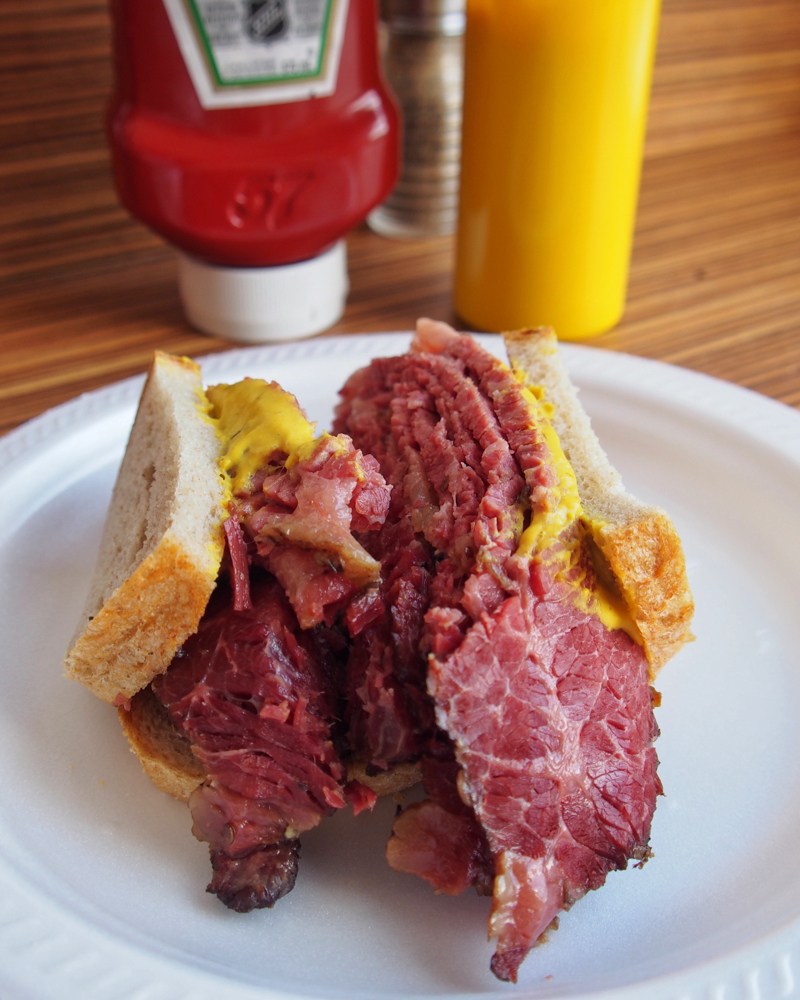
At lunchtime the queues stretch down the street, but there are no frills here. You’ll get a mountain of tender smoked salt beef that’s barely contained by the soft fresh white bread and garnished only by a squirt of mustard.
To explore Montreal’s beer scene, take this Montreal Old Port craft beer tasting tour
31. Food trucks in Montreal
Montreal has a big food truck scene, with the trucks appearing in various locations around the city during the summer months. They are often gathered together to make a food court where you can try lots of different styles of cuisine. There’s often live music to create a festival atmosphere.
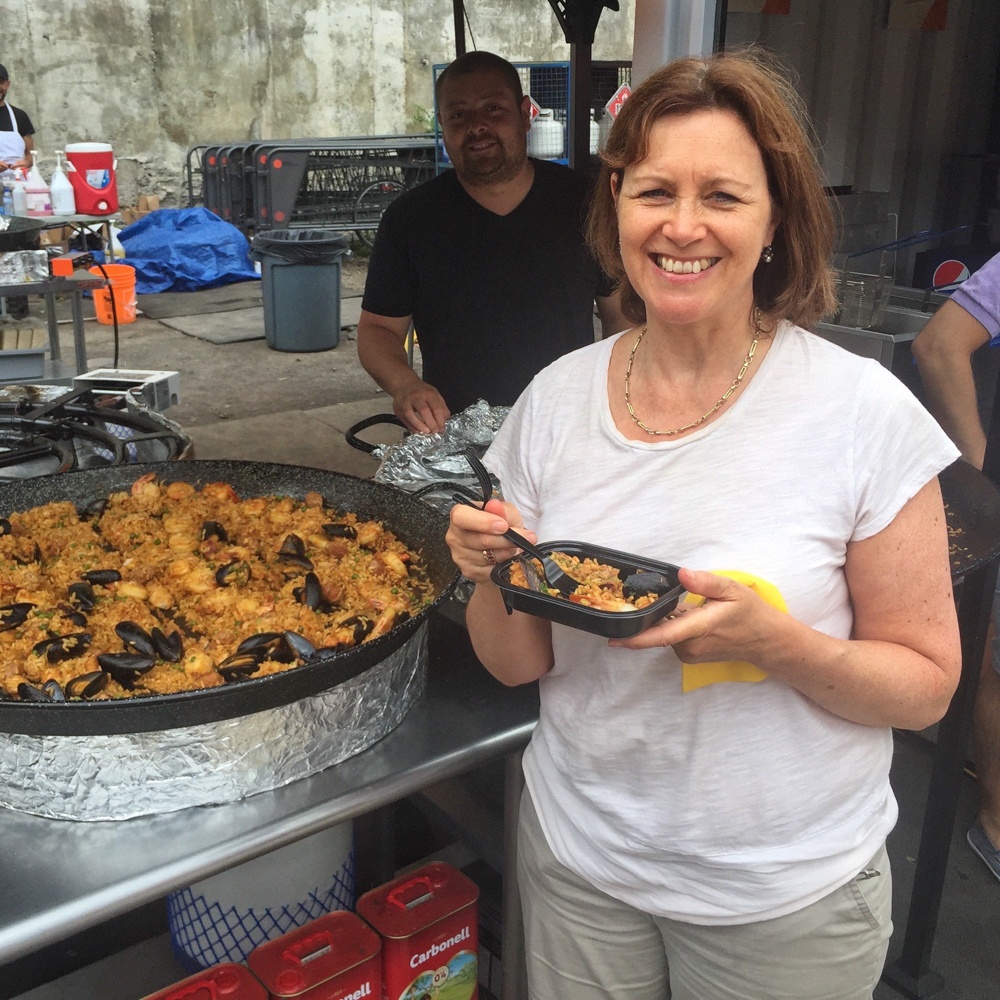
We got a taste of the food truck scene during the Bouffons MTL food truck festival which is part of the Just for Laughs comedy festival. Food trailers were arranged around an open courtyard and featured many of Montreal’s top restaurants. Street-food versions of their signature dishes are available at affordable prices.
The BouffonsMTL street food festival takes place in July but there are many food festivals in Montreal. Look out for the Montreal a la table restaurant week in November. For First Fridays at the Olympic Village food trucks gather on the first Friday of each month from May.
32. Maple syrup – the sweet taste of Quebec
Over 90% of the maple syrup in Canada is produced in Québec province. Montreal is the perfect place to pick up a sweet souvenir of your trip to pour over your pancakes or deserts.
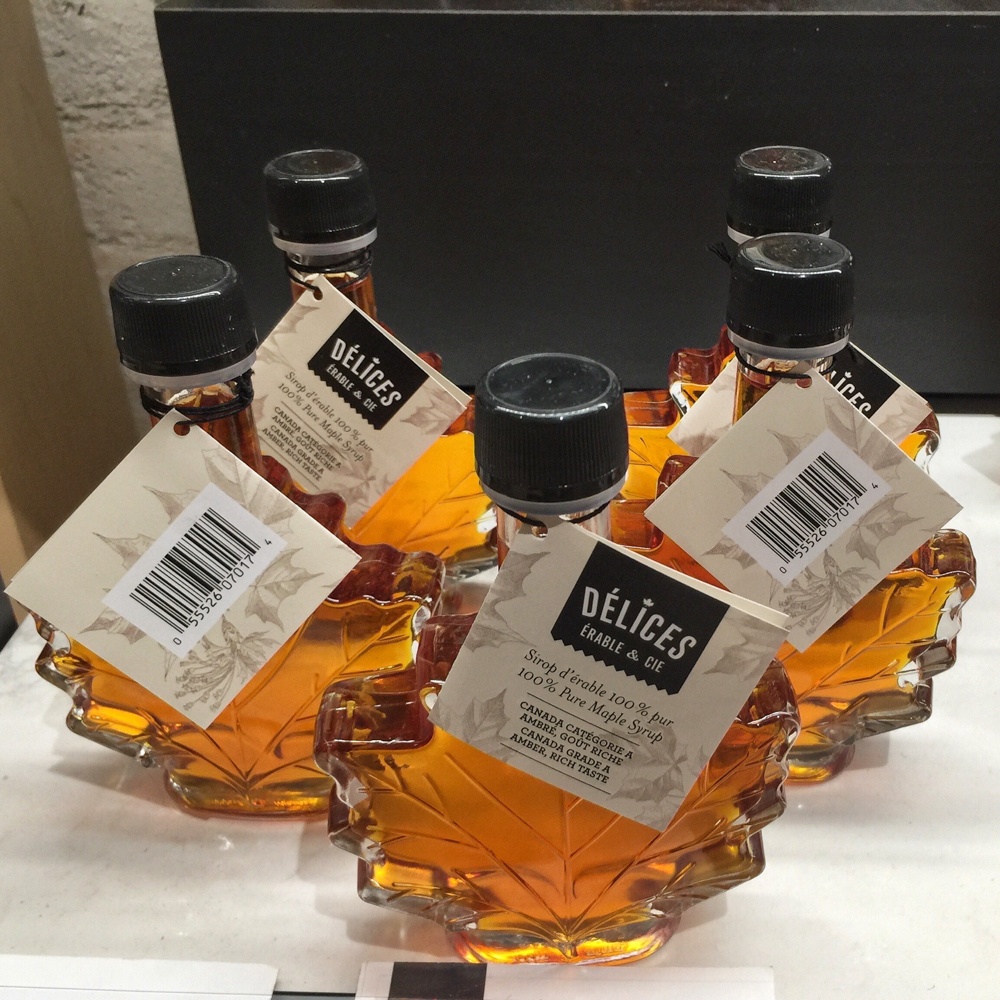
We found a great range of maple syrup at Delices Erable & Cie 84, rue St-Paul Est in Vieux Montreal. Here you can taste everything on sale, with maple fudge, ice cream and cakes at the take out counter or to eat in their cafe.
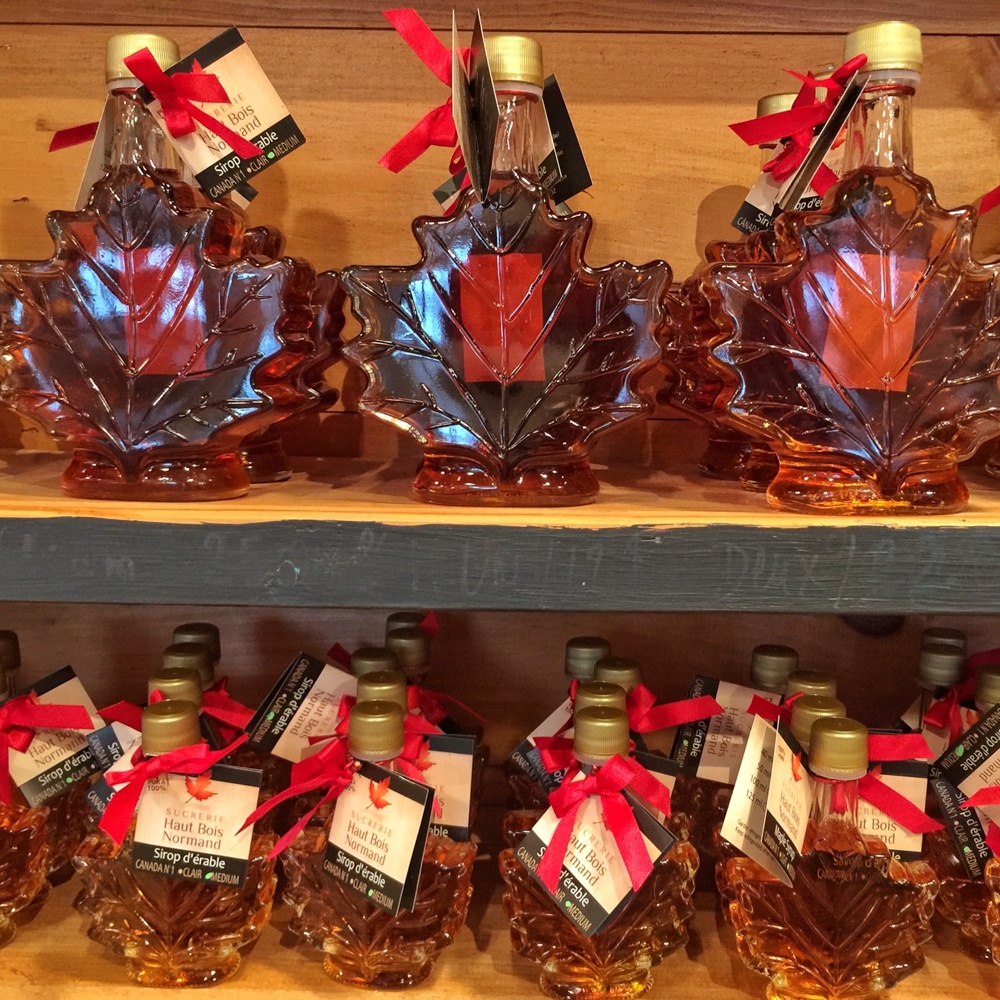
There are also excellent maple products at Marché Bonsecours , a domed heritage building full of stores selling unique gifts and crafts from Québec. This is an essential destination for the stylish shopper in Montreal.
Food experiences to love in Victoria – British Columbia
On the west coast of Canada in British Columbia, I spent a week on Vancouver Island. I tasted my way through the fantastic food scene of Victoria and visited the island’s second city of Nanaimo.
Victoria is known as the most British of Canadian cities, with carriage rides and afternoon tea. found a more lively atmosphere than its reputation would suggest, with a devotion to farm to table local produce and a huge range of multicultural flavours.
It’s a port city that has opened its arms to influences from all over the world. From Chinese who came to work on the railway to immigrants who brought French patisseries, Korean bao buns and Indian street-food.
The downtown neighbourhoods around Chinatown and Lower Johnson Street (known as LoJo) are buzzing with independent cafés and craft breweries. You only need to drive a little way out of the city to find scenic vineyards and cider orchards.
Read More: How to spend a perfect weekend in Victoria

Stay at the Inn at Laurel Point for stunning views of Victoria Harbour
33. Fine dining at Aura with a view of the waterfront in Victoria
In a waterside city, what could be nicer than eating with a beautiful view of the inner harbour where the sea planes come and go? Aura Restaurant at the Inn at Laurel Point where I stayed, has a patio terrace where the walkers and joggers pass by to nearby Fisherman’s Wharf. Executive Chef Takashi Ito creates beautifully presented dishes that marry local flavours with an oriental twist in perfect harmony.
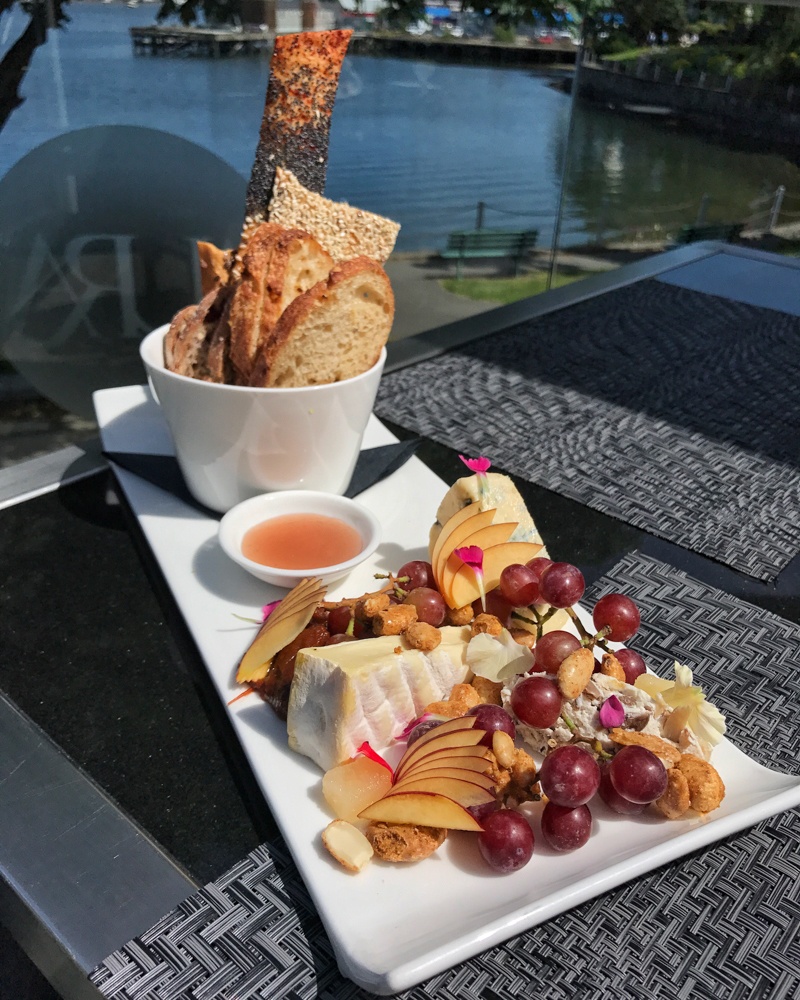
When I was there I enjoyed the pretty watermelon and sprout salad and the Aura cheese plate of 3 local cheeses with tomato fennel jam, lavender honey. I was served seasonal fruit and the Seacuterie plate, a selection of salmon pâté, spot prawns, octopus and other seafood delicacies.
To see more of Victoria, take this welcome tour with a local to see the sights and learn more about local culture
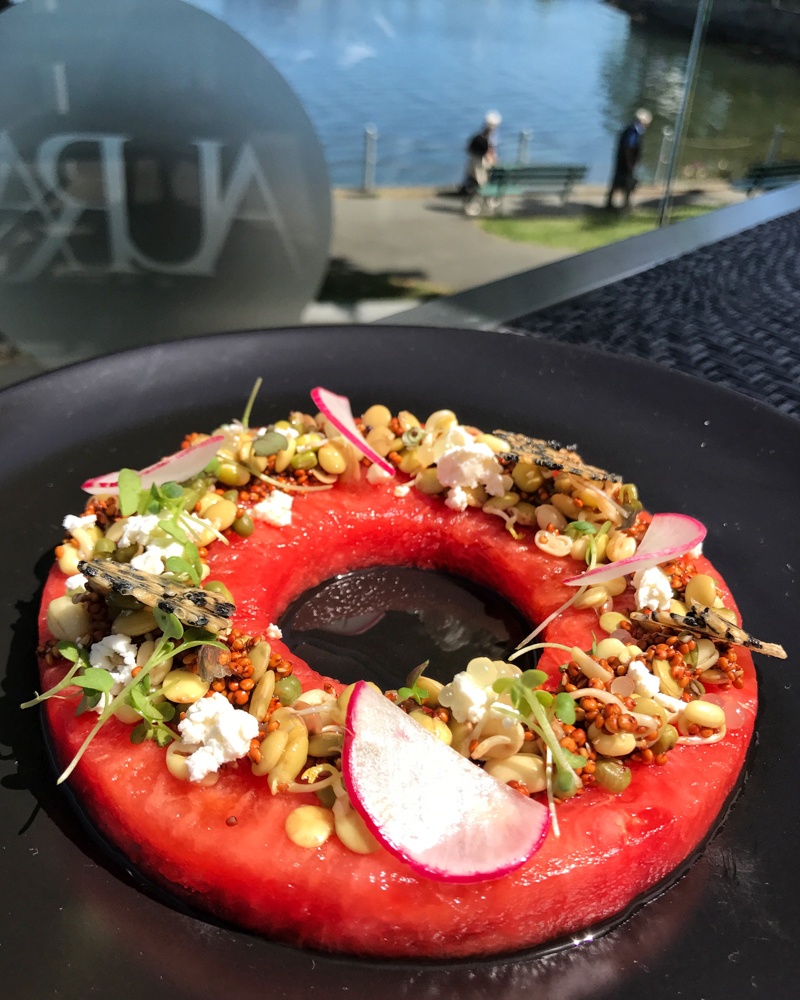
34. A relaxed lunch on the dock at Fisherman’s Wharf, Victoria
If you want something more casual, a short distance away from Aura you’ll find Fisherman’s Wharf . This is a great place for outdoor eating in summer or when the weather is fine in spring and early autumn.
The marina is full of colourful houseboats, painted in rainbow shades and easily accessible by water taxi from the inner harbour. Or, it’s a pleasant walk on the David Foster Way that winds around Laurel Point.
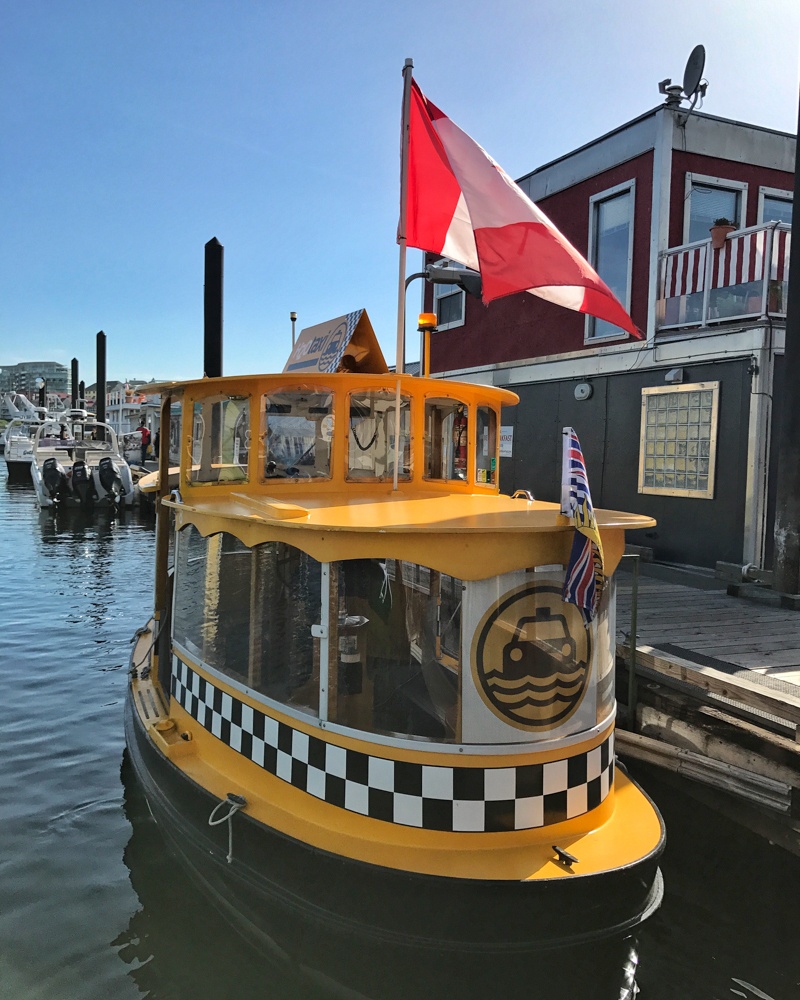
For a relaxed lunch with a view of the water, look out for Barb’s Fish and Chips , oysters and crab at The Floating Fish Store and ice cream at Jackson’s Ice Cream Float .
What we loved: Keep a close eye out and you might spot river otters or harbour seals hanging out near Fisherman’s Wharf. One of the top things to do in Victoria is Whale Watching – so check out this 3 hour whale watching cruise in a covered boat .
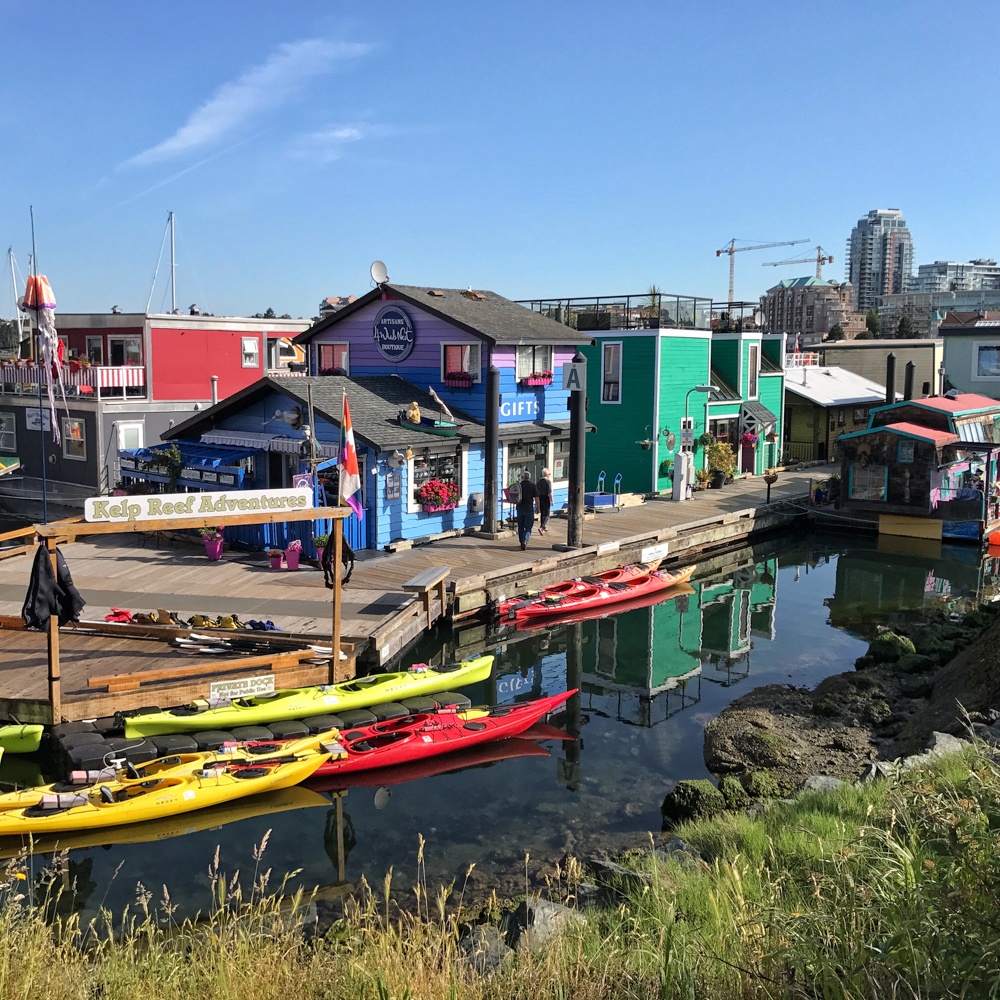
35. A cycle tour for wine lovers in Victoria
Just north of Victoria is the Saanich Peninsula, a farming area with a mild climate due to being surrounded on three sides by the ocean. The gently rolling countryside is home to many small wineries.
I spent a day cycling around the area on a full day wine tour with Seawall Adventure. My tour included wine tastings, lunch and tasting plates at several of the wineries. If cycling’s not your thing, you could easily hire a car and drive around the area. Stop for a bite to eat and a cider or wine tasting (be sure to have a designated driver).

De Vine Vineyards in the Saanich Peninsula, Victoria
De Vine Vineyards are a family-run winery offering wonderful views across the south-facing vineyards towards the ocean. You’ll be guided through a tasting of their organic wines in the wood lined tasting room – they also distill gin, vodka and whiskey using local ingredients and flavourings.
Church and State Winery in the Saanich Peninsula, Victoria
Not much further we stopped for lunch at the Church and State winery . They have a large restaurant and events area and vineyards in the Okanagan Valley.
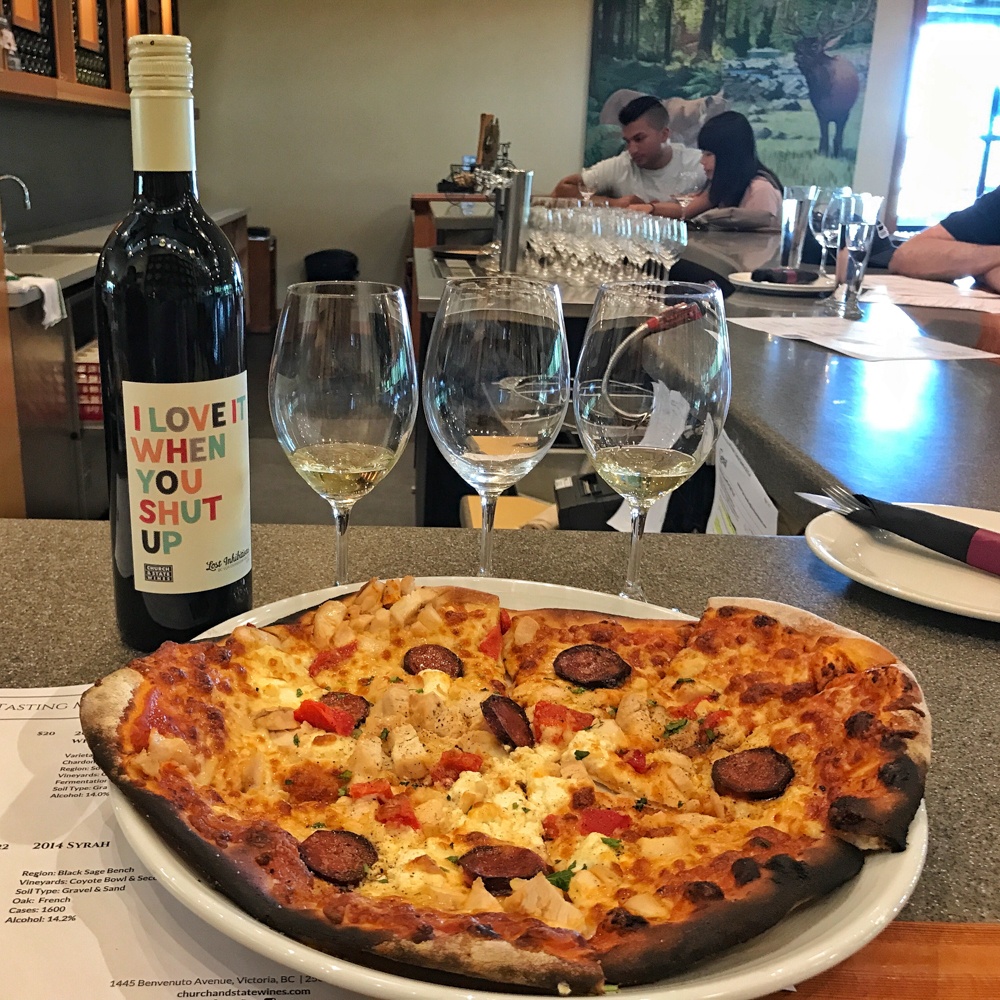
Seated in the bar area, we tasted our way through the Lost Inhibitions range, with tongue in cheek labels like “ I love it when you shut up ” and “ Too glam to give a damn “. We enjoyed a lunch of gourmet pizza from the wood fired pizza oven.
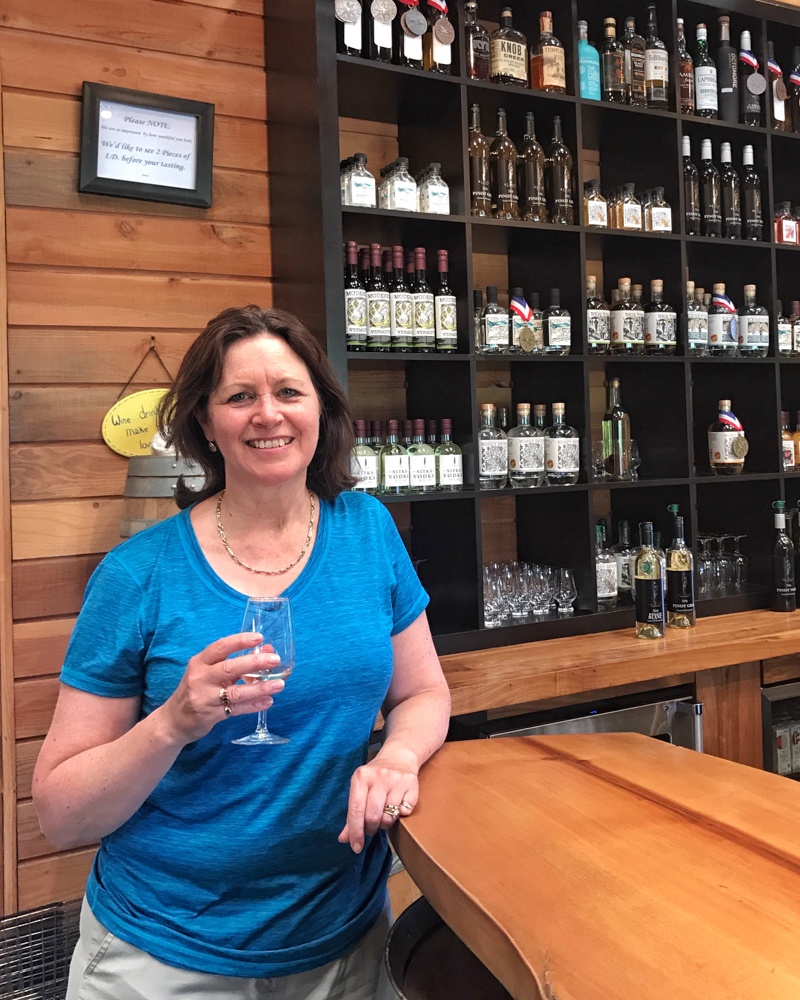
Sea Cider Farm Cider House in the Saanich Peninsula near Victoria
The final stop on our gourmet cycling tour was Sea Cider Farm & Ciderhouse . At this beautiful café area we sat at wooden tables overlooking the organic apple orchards.
We munched on a platter of local cheese, dips and sausage and tasted our way through different cider styles. On offer was the fruity Pippins to the refined and delicate Kings and Spies .
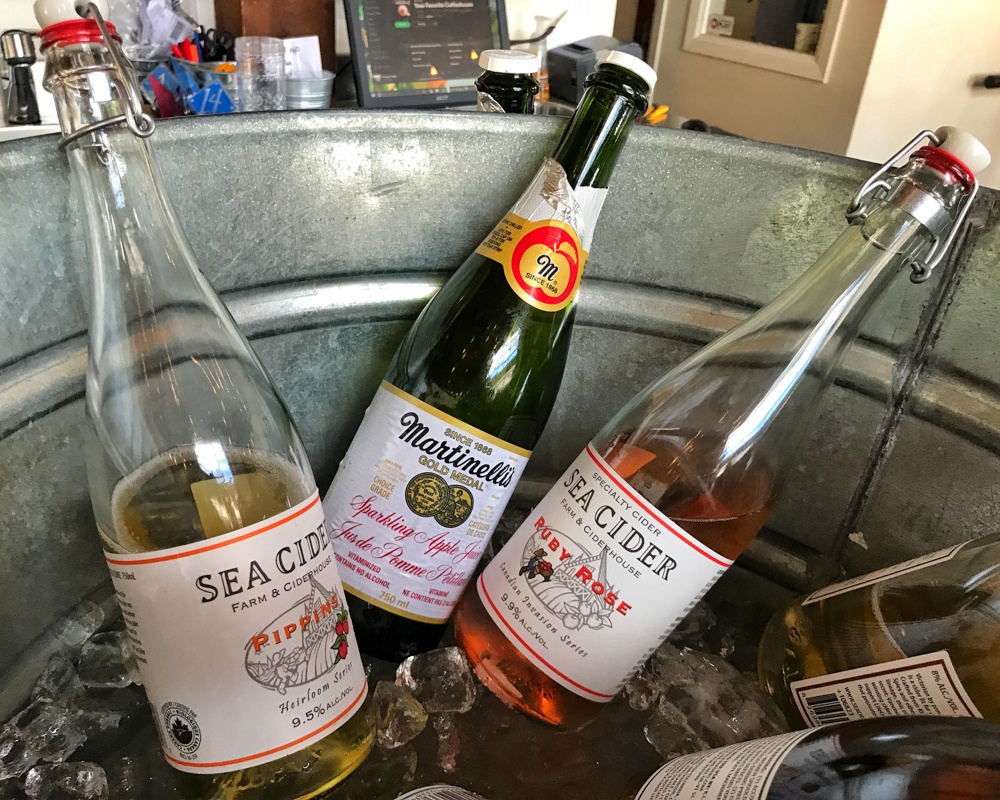
36. A stop for coffee connoisseurs in Victoria
When visiting a new place, I love to take a food tour as a way to quickly discover the local food scene. It’s also a convivial way to eat, drink and make new friends.
In Victoria I joined a small group tour with Off The Eaten Track . We started at the bustling Victoria Public Market , in the Hudson Building, which was built in 1913 as the leading department store. It’s the Harrods of Victoria.

Our food tour began at 2% Jazz which started as a kiosk nearby but moved to its current coffee shop location just outside the market in 1996. They roast their own beans here and the smell of freshly roasted coffee drifts up from the open plan lower ground floor.
We tried one of the famous single origin Americanos, to taste the different styles of coffee. Coffee flavors vary like wines according to the terroir or land they are grown on. It’s been voted the best coffee shop in Victoria, so if you are a coffee connoisseur, 2% Jazz is definitely the place to start with a great cup of coffee in Victoria.
What we loved: That smell of freshly ground coffee is so appetising!

37. Poutine with an Indian Twist in Victoria
If you’ve visited Quebec province, you’ll likely have heard of Poutine. This is a warming street-food dish of fries, topped with cheese curds and swimming in gravy.
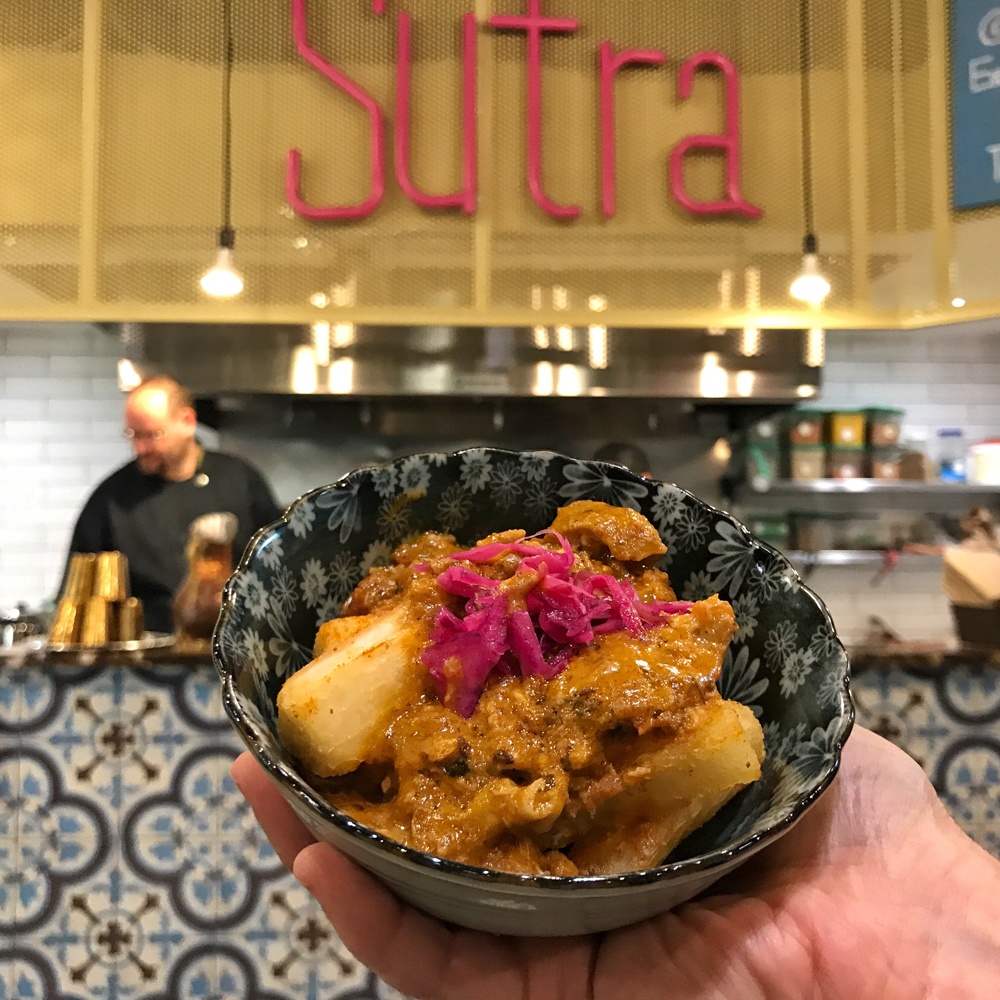
It was fun to find that top chefs all over Canada like to create their own versions of traditional dishes like Poutine. At Vij’s Sutra we got to try the much more refined Indian equivalent, with crispy cassava topped with butter chicken sauce and paneer.
This food stall in Victoria Market is part of the group of restaurants built up by local chef Vikram Vij. You’ll find a choice of curries and daily specials that are based on his home cooked family favourites.
38. A taste of Chinatown in Victoria
The Chinatown neighbourhood in Victoria is marked by lions on guard at the Gate of Harmonious Interest on Fisgard Street. Close to the port area of Victoria, this was once a rough and tough neighbourhood. At one time it was full of gambling houses and brothels.
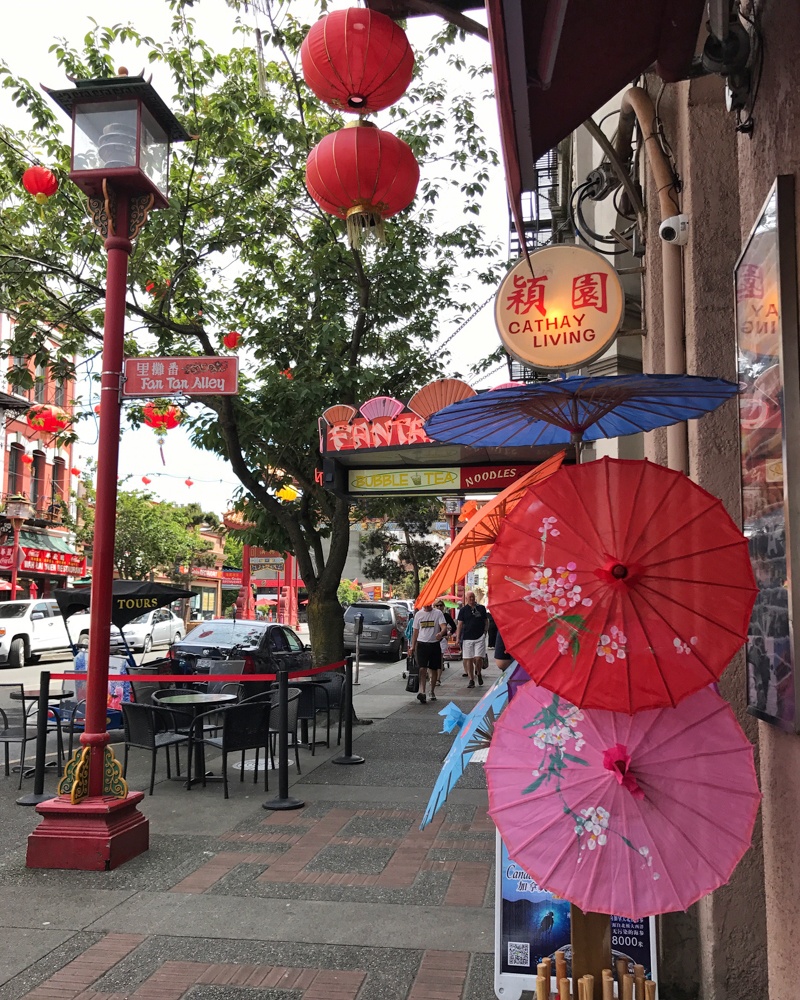
It was also the hub for schools and businesses that served the Chinese immigrants who first arrived to build the Canadian railways. You can get a flavour of the old Chinatown in Fan Tan Alley, a narrow passageway that could easily be closed off at each end if trouble came calling.
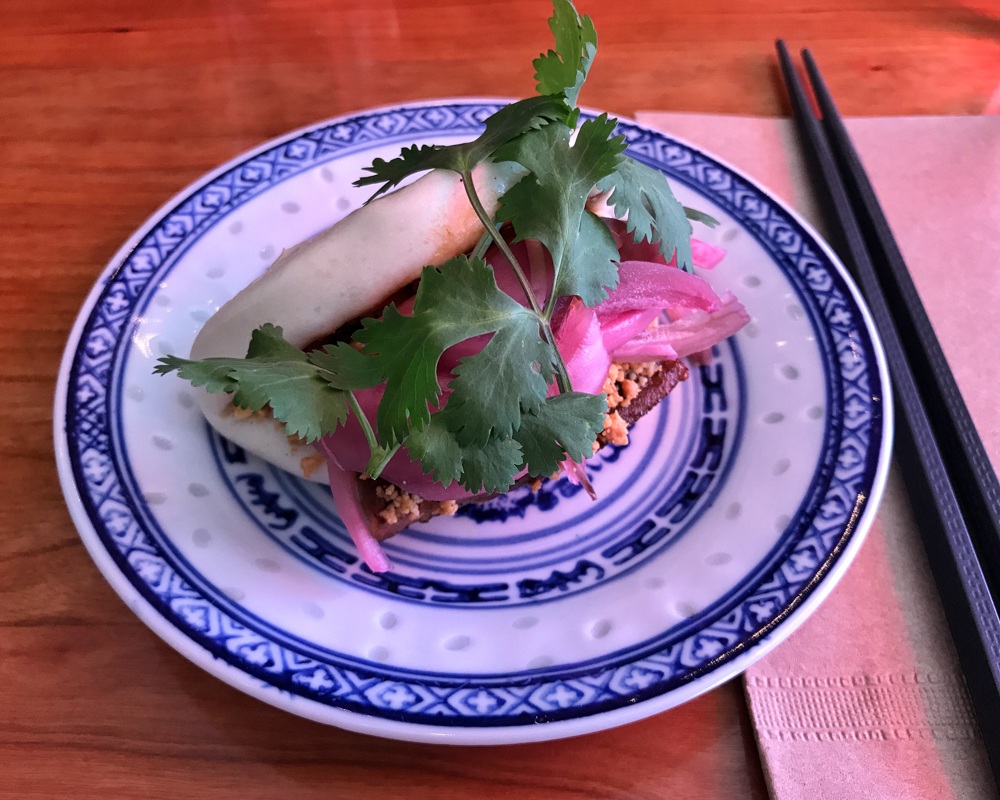
In the Chinatown neighbourhood, next to the old Chinese public school, we stopped at Bao for some spicy pork bao buns. The bao are a favourite Asian snack, with their soft steamed bun filled with meat and pickles. You’ll also find dishes such as Ramen and Bibimbap on the menu.
39. Wholesome elegance at Nourish in Victoria
To taste the hipster side of Victoria, head to Nourish (225 Quebec Street) a café and dining room set in a turn of the century house in James Bay. Designed to attract the Yoga set, Nourish must be one of the most instagrammable restaurants in Victoria. It’s a place to feed body and soul, with veggie, vegan and gluten free options, steaming mugs of broth and everything healthy and wholesome.
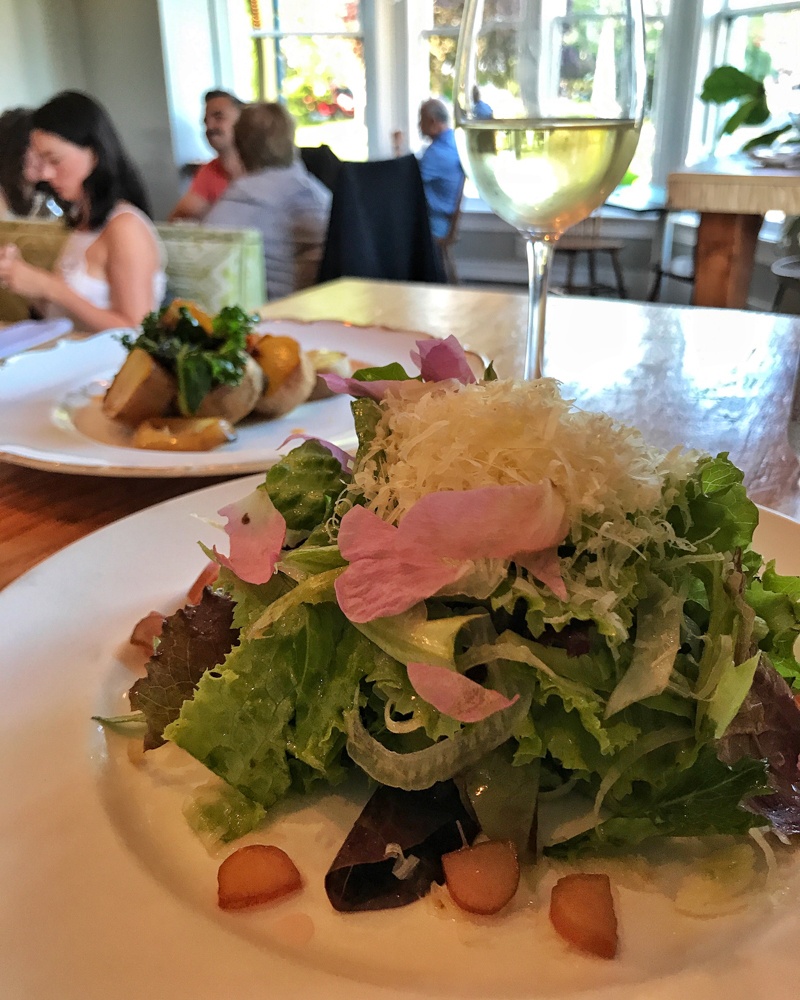
Another restaurant in Victoria that upholds the Farm to Table concept is 10 Acres Bistro . They serve food that is grown on their organic farm just north of the city or sourced from other nearby farms and local fishermen.

Stay at the Magnolia Hotel & Spa near Victoria’s Inner Harbour
Food experiences to love in Nanaimo
The Harbour City of Nanaimo is for many the gateway to the natural beauty of Vancouver Island, as it’s the arrival point for the ferry from Vancouver. This friendly West Coast community is more small town than big city in feel. It offers some fun, food experiences that I tried when I was there.
Read More: Nanaimo – fun food and adventure in Vancouver Island
40. Pancakes – the ultimate Canadian breakfast at Gabriel’s in Nanaimo
Pancakes must be the ultimate Canadian breakfast, to keep you fuelled until lunchtime and beyond. I tried a plate of pancakes in Nanaimo at Gabriel’s , one of the most stylish cafés in town. There’s cool artwork, country music and backrests made from Nicaraguan coffee sacks.
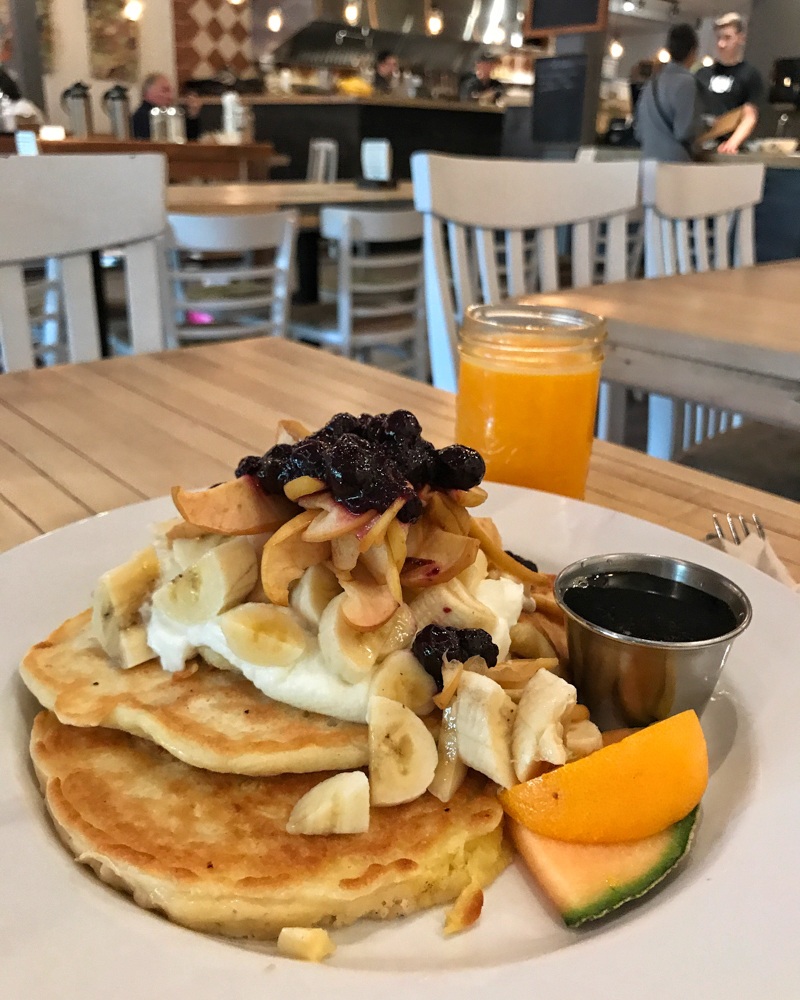
The café supports the farm to table movement and they source their meat, vegetables and other produce from local, family-run farms. My gorgeous fluffy pancakes were piled high with apples, bananas, blueberries and yoghurt with honey to pour over. This hearty meal set me up for the rest of the day exploring Nanaimo.
What we loved: At Gabriel’s they support the Dining with Dignity programme. They sell soup tokens so you can gift a hot meal for someone in the community who needs it.
41. The Nanaimo bar – a sweet specialty of Nanaimo
At cafes and bakeries around Nanaimo, you’ll find the Nanaimo Bar, a sweet specialty that originated in the city and has spread throughout Vancouver island. The Nanaimo Bar has a biscuit base with layers of sweet vanilla custard and a chocolate ganache topping and the recipe was first seen in the 1950s, when the cake became a popular choice for charity teas and fundraisers.
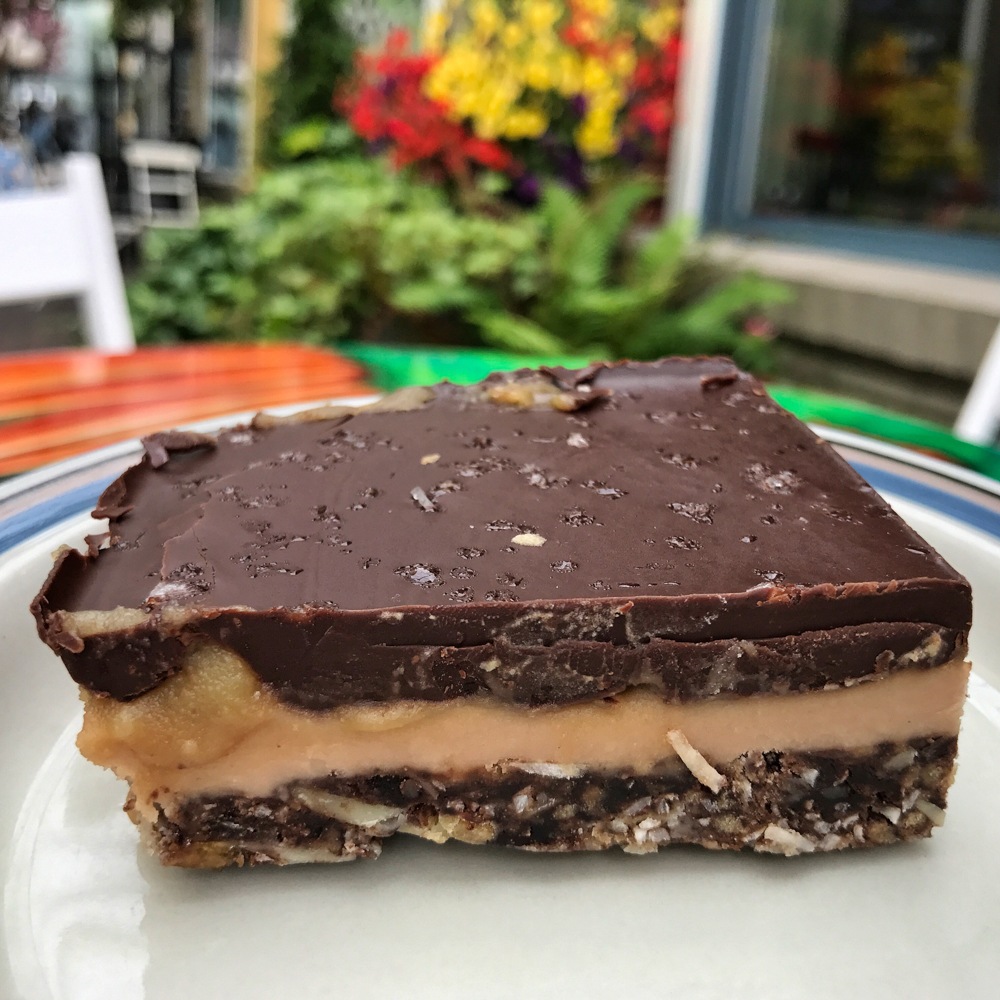
There seem to be endless Nanaimo Bar variations around town, including Nanaimo Bar ice cream, fudge, cocktails and even a pedicure with Nanaimo bar scents of chocolate and vanilla. Discover more or pick up a leaflet for the Nanaimo Bar Trail , to guide you on where to find the Nanaimo Bar around town.
42. Arrive by kayak at Dinghy Dock Pub – a floating pub in Nanaimo
Just offshore from Nanaimo are small islands that shelter the bay; Newcastle Island which is a provincial park and Protection Island which has houses and permanent residents who get back and forth on an hourly ferry.

Moored just off Protection Island is the Dinghy Dock Pub , which is a popular Nanaimo institution and can be accessed by kayak, boat or ferry. It’s a lively, fun place to eat especially in summer when you can sit on the dock, and is decorated with flags, ship signs and other vintage nautical memorabilia.
Order a beer from the friendly staff or choose from the seafood dishes on the menu, like the clam chowder, fish & chips, a pint of prawns, wild salmon and Salt Spring Island mussels, as well as salads, wraps, ribs and burgers with quite a few veggie and gluten free options.
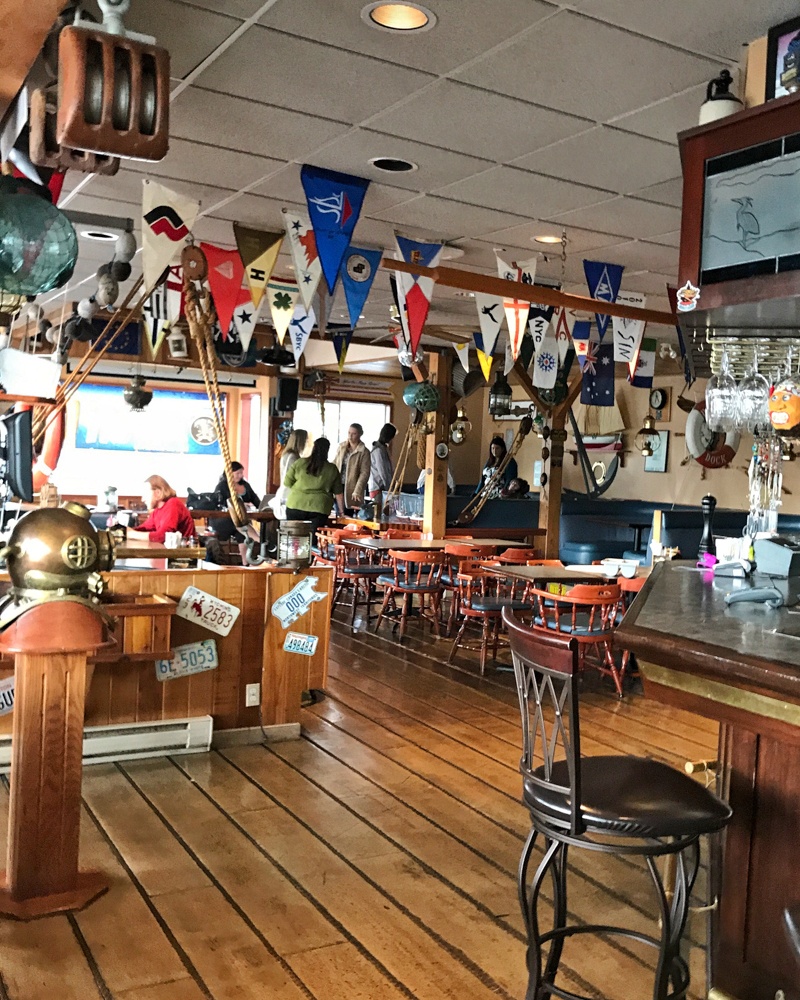
There’s often a live band playing at the Dinghy Dock Pub and in the summer months you can sit on the deck with a drink and watch local sailboaters in Nanaimo harbour.

Stay at the Coast Bastion Hotel in Nanaimo, BC
43. Wine tasting in the Cowichan Valley in Victoria Island
The beautiful Cowichan Valley is just 45 minute drive from Victoria and has become well known for wine making, since the first commercial vineyards were planted in the 1970s. There are plenty of cider makers, distilleries and craft breweries just off Highway 1, making a perfect stop-off when you’re travelling between Nanaimo and Victoria, or alternatively you can take one of the winery tours that are available from Nanaimo, Victoria and Cowichan.
Unsworth Vineyards
I visited the delightful Unsworth Vineyards in the Cowichan Valley, with a light and airy tasting room overlooking the lake and a restaurant set in the 100 years old farmhouse. The area has a warm and temperate microclimate with plenty of West Coast rain, so the winery has planted new mildew-resistant Blattner grape varieties to combine with the better known Pinot Noir and Pinot Gris.
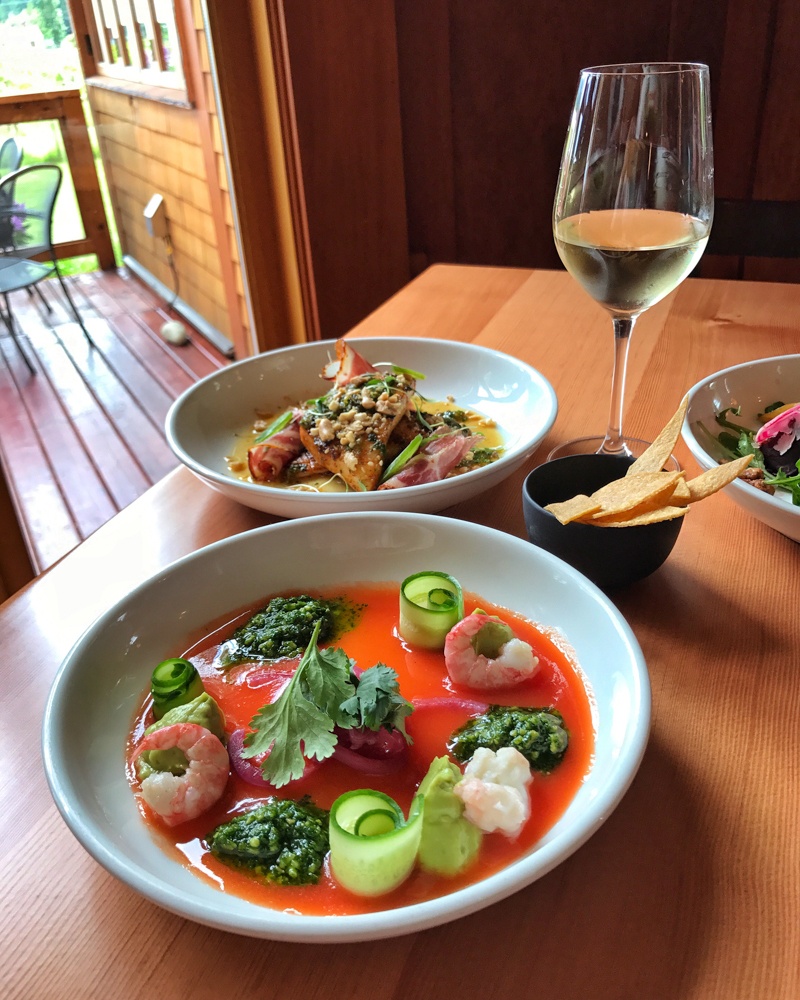
The restaurant tables are set in different rooms of the old farmhouse, creating a relaxed and intimate atmosphere and dishes that were incredibly pretty as well as delicious. I especially enjoyed the seasonal Spot Prawns on a gazpacho sauce with watercress pesto, and a salad of yellow and red roasted beets with goats cheese and orange vinaigrette.
This is a relaxed but gourmet experience and the friendly and professional staff can advise you on the best wine pairings to try with each dish.
What we loved: Be sure to try the Charme de L’Ile sparkling wine, Vancouver Island’s answer to champagne, especially the pretty pink rosé which is delicious for summer drinking
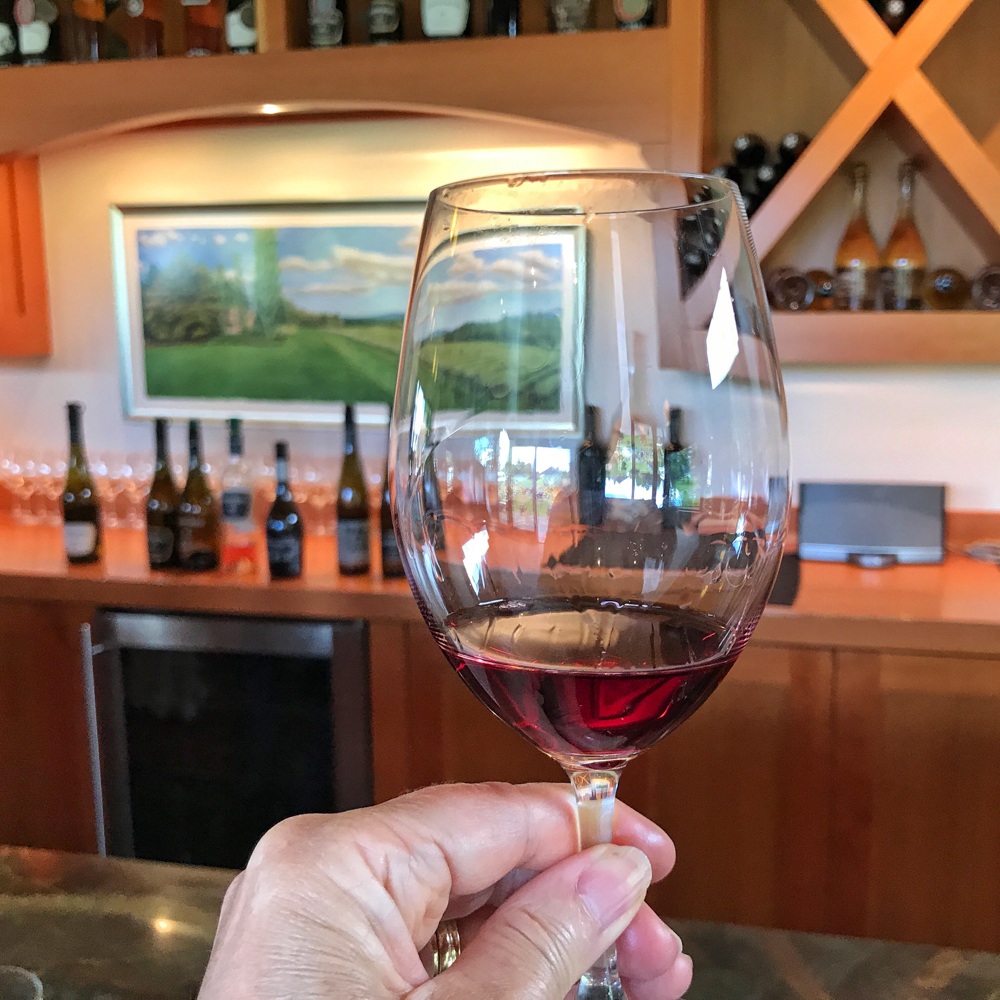
Need a guide book for Canada? We recommend the DK Eyewitness Travel Guide to Canada
Need a guidebook? We recommend the DK Eyewitness Travel Guide to Canada
Plan your trip
To plan your trip to Canada visit the Destination Canada Website
For information about the different provinces check out these regional tourism websites: Tourism Nanaimo Website | Hello BC Website | Tourism Prince Edward Island Website | Discover Charlottetown website | Discover Halifax Tourism website | Nova Scotia Tourism website | Ontario Tourism | Quebec Original | Tourism Montreal |
ETA for visitors to Canada
When travelling to Canada from the UK you will need to apply for a Canadian Government ETA (Electronic Travel Authorisation) which is required before arrival and for transit through Canada. This can be applied for online at www.canada.gc.ca/immigration and will normally be authorised very quickly, however to be on the safe side you should secure your ETA before booking flights or tickets.

This article is sponsored* by Destination Canada as part of their Canada #ForGlowingHearts campaign – the experiences mentioned were provided by various Canadian tourism boards on past press trips.
* More info on my policies page
This article is originally published at Heatheronhertravels.com
Click to subscribe to our monthly newsletter, news and reader offers

Abigail Wenderson
Friday 21st of February 2020
Wow! The images are stunning, mouthwatering images. Definitely gonna try these dishes when I visit Canada. Thanks for the wonderful post
Tuesday 11th of February 2020
Simply beautiful I would like one day to be able to go to Canada really and very beautiful I would like to try the country's food.
Sunday 2nd of February 2020
I love canada. Visiting in 2 weeks.. their food their mentality the citys. everything . =) xoxo tina wimpernverlängerung
Christian Alcantara
Tuesday 28th of January 2020
Such an amazing trip, just reading about it makes me feel like I've been to Canada myself, the place looks beautiful and the food also looks so good, I hope I could go one day.
Monday 27th of January 2020
I live in the US and have skied for six years, and Canada is definitely a skiing spot I wanna go to some day. This really encouraged me to go even more, since all the food looks amazing! Specially those markets and restaurants in Montreal. Do you know of a good place to eat in Whistler?
clock This article was published more than 1 year ago
How to explore Canada’s Indigenous food culture
Fishing, foraging and fine dining can all help tourists better understand Indigenous communities in Canada
Growing up in Toronto , my knowledge of Indigenous communities was limited to a few days of history class. In textbooks, the descriptions of the past were suspect, haloed with a now-familiar “White savior” rhetoric.
Canada’s Indigenous people have been attempting to reclaim their culture from the church and government for almost two centuries. The atrocities they faced include Europeans usurping land and the forced removal of children from their homes to abusive residential schools .
Within the past few years, there has been a focus on reconciliation : land acknowledgments, improving education within Indigenous communities and an increase of Indigenous-led tourism, much of which focuses on food.
‘This is not a trend’: Native American chefs resist the ‘Columbusing’ of Indigenous foods
Paul Natrall of the Squamish Nation is one of the people leading the Indigenous movement for culinary tourism. He’s a chef, restaurant owner and TV presenter, and he’s part of the Indigenous Tourism Association of Canada. He is also the British Columbia representative for Indigenous Culinary of Associated Nations, a chef-led organization that focuses on using food to influence Canada’s relationship with Native culture.
At this year’s Cooks Camp , an annual celebration of Canadian cuisine organized by cooks, for cooks, Natrall hosted a special event that blended traditional Indigenous foods with European techniques. As he sees it, food is the perfect catalyst for people to connect and heal.
“Growing up, the kitchen was a place of bonding,” Natrall said with a smile. “Food was medicine, and the time [together as a family] was nourishment.”
Thanksgiving dishes have deep Indigenous roots beyond the first feast
He fondly reflected on the traditional cooking methods he learned from his grandmother: how he wind-dried salmon, roasted beets in the earth and grilled mussels pulled right from the sea. He felt a sense of pride, love and belonging when they cooked side by side. Unfortunately, these hunting, gathering and cooking practices were largely discouraged by a government that aimed to eliminate Indigenous culture nationwide.
“It’s important to keep our food culture alive,” he says. “In any city, you can get so many styles of food: Chinese, Thai, Italian. … But you never get Indigenous food. These traditional [cooking] methods have been around for thousands of years, and we need to showcase it, revive it, show the world our culture. We are finally starting to see more of that.”
Through educational meals and outdoor activities that involve traditional methods of gathering, preparing and cooking food, Canada’s Indigenous community offers tourists a way to better understand and connect with their culture.
Forage and grill with the Three Fires Confederacy in Ontario
Wiikwemkoong Unceded Territory is a First Nations reserve located on Manitoulin Island in Ontario, east of Michigan’s Upper Peninsula. Made up of the Three Fires Confederacy (Ojibwa, Odawa and Pottawatomi nations), Wikwemikong Tourism hosts and arranges outings including fishing trips, maple syrup harvesting, portaging, powwows and theater.
It also offers culinary excursions such as hiking along the scenic Bebamikawe Memorial Trail while foraging for edibles and natural ingredients along the forest floor. Together with a First Nations guide, guests learn how to identify and harvest ingredients such as mushrooms and berries and pair them with wild game, fish, birds and hot and cold teas made from herbs and plants. At the end of the day, guests will prepare their findings over an open fire.
A local's guide to Toronto
Visit the Nk’Mip winery in British Columbia
Nk’Mip Cellars holds distinction as the first Indigenous winery in North America, owned and operated by the Osoyoos Indian Band. It is located in the Okanagan Valley, one of Canada’s prized wine regions. This picturesque winery is nestled between rolling hills and a sparkling lake, and it proudly practices sustainable farming. Nk’Mip Cellars has also earned accolades for its high-quality reds, buttery whites and crisp rosés.
Visitors to the winery can sample flights in the main tasting bar or indulge in a semiprivate tasting with chef-inspired pairings. For a more in-depth experience, guests can reserve the Four Chiefs Food Experience, which explores four key elements of Indigenous cuisine (bear, salmon, bitterroot and Saskatoon berry) with Nk’Mip wine pairings.
Recently, Nk’Mip Cellars launched a tasting experience at District Wine Village in Oliver, B.C. — Canada’s first wine village — which features 16 distinct Okanagan artisans and craft producers.
A local's guide to Vancouver

Book a high-end meal at Naagan in Ontario
Founded by Ojibwa chef Zach Keeshig, Naagan is an exclusive restaurant that only operates on weekends and that sells out weeks in advance. Keeshig, who cooked in top Canadian restaurants such as Langdon Hall and Eigensinn Farm, creatively fuses modern cuisine with traditional Ojibwa fare. Limiting seating to only 13 guests means Keeshig can guide diners through the ingredients, cooking methods and cultural significance of every unique dish he plates.
Housed at the Owen Sound most in Southern Ontario, Naagan offers a nine-course tasting menu that incorporates foraged ingredients such as corn or peaches in the summer and carrots or beets in the fall.
Keeshig also hosts foraging tours, cooking demonstrations and private dinners.
Attend an Algonquin festival near Ottawa
Mādahòkì Farm was built on Algonquin Nation land near Canada’s capital city. Officially launched in 2021, the space is home to year-round events celebrating the Algonquin language and culture by season: Sīgwan (spring), Tagwàgi (autumn), Pibòn (winter) and the annual Summer Solstice Indigenous Festival.
Each event offers traditional Algonquin foods, music, powwows and creative workshops where families can make dream catchers, play drums, take part in storytelling or participate in a powwow.
This event space and working farm also stables five endangered Ojibwe Spirit Horses and hosts a year-round Indigenous Marketplace that promotes products such as art, jewelry, coffee or soaps, made by local Indigenous artisans.
Fish and enjoy trails around Red Bank Lodge in New Brunswick
Owned by the Red Bank Nation, Red Bank Lodge sits on a hill overlooking the clear Miramichi River. The large cedar cabin nestled in a thick evergreen forest was built by the local Indigenous community. Wildlife quietly graze along the tranquil walking trails that wind through the trees and along the river.
River Bank Lodge is renowned for its Atlantic salmon fishing, drawing fishers from all over the globe. Its Culinary Fishing Experience (about $1,400) includes accommodation, Indigenous-led fishing excursions and Mi’kmaq meals of smoked fish and shellfish, or boiled meats such as venison or caribou. Fishing season runs from mid-April to October, and these experiences book up months in advance.
For more information on Canada’s Indigenous tourism offerings, visit indigenoustourism.ca .
More travel news
How we travel now: More people are taking booze-free trips — and airlines and hotels are taking note. Some couples are ditching the traditional honeymoon for a “buddymoon” with their pals. Interested? Here are the best tools for making a group trip work.
Bad behavior: Entitled tourists are running amok, defacing the Colosseum , getting rowdy in Bali and messing with wild animals in national parks. Some destinations are fighting back with public awareness campaigns — or just by telling out-of-control visitors to stay away .
Safety concerns: A door blew off an Alaska Airlines Boeing 737 Max 9 jet, leaving passengers traumatized — but without serious injuries. The ordeal led to widespread flight cancellations after the jet was grounded, and some travelers have taken steps to avoid the plane in the future. The incident has also sparked a fresh discussion about whether it’s safe to fly with a baby on your lap .

How Food Tourism is Feeding Understanding of Canadian Indigenous Culture
While Canada’s tourism sector is growing by almost every measure, international tourism seems especially robust, with visitors to Canada from around the world growing by an average of 8% annually since 2014.
What’s the draw for international travellers to Canada?
Almost a third of tourists from outside the country come seeking an experience with Canadian Indigenous culture, says Keith Henry, president of the Indigenous Tourism Association of Canada (ITAC).
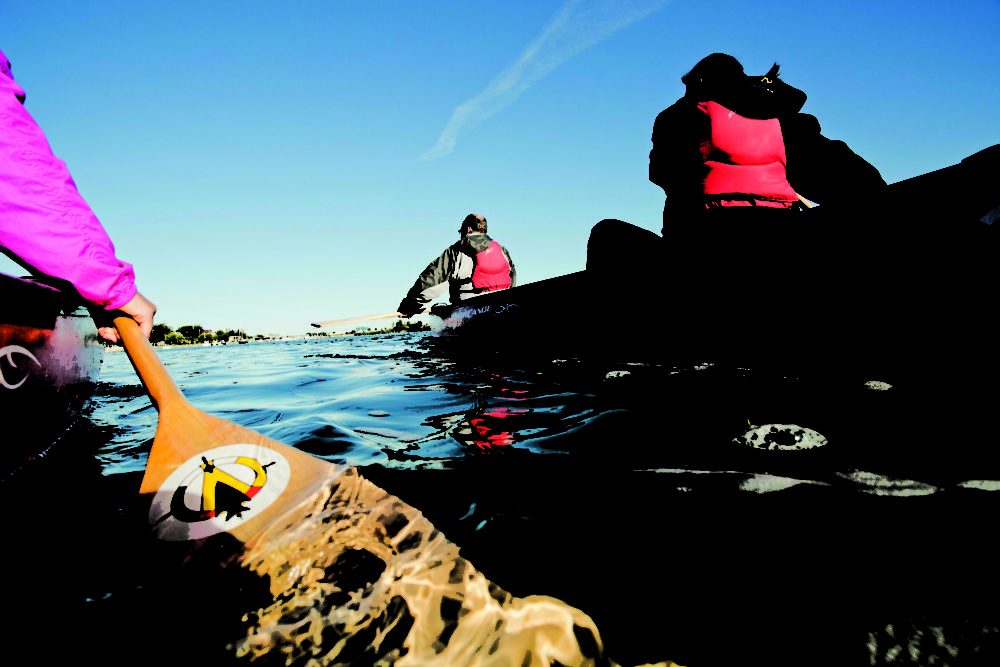
Sunrise canoe paddle in Little Current guided by the Great Spirit Circle Trail, Manitoulin Island, Ontario. Photo courtesy The Great Spirit Trail, M’Chigeeng, ON
“Last year, over seven million visitors were looking to add Indigenous experience to their trip, or came exclusively for that reason,” he explains. “They come wanting to see something unique, whether it’s Indigenous outdoor adventure, history, or culture.”
Travellers from countries like China, the United Kingdom, France, Germany and the United States are spending more and staying longer, says Henry. Adding that they, along with many Canadians, are surprised by the breadth of Indigenous tourism. This kind of travel includes tundra and canoe tours, outdoor adventures, heritage sites, overnight stays in a traditional longhouse and whale watching.

Tundra tours. Photo by Danny Swanson, courtesy Tundra North Tours
If you’re new to Canadian Indigenous culture, one of the best ways to get acquainted is through food
Exploring Canadian Indigenous culture through cuisine is a good place to start, says Henry. Indigenous chefs like Bill Alexander are making that easier than ever.
Having grown up in Ontario and western Quebec, Alexander was heavily influenced by his mother and their Mohawk community. Farming, hunting, gardening and trading with neighbours were part of everyday life.
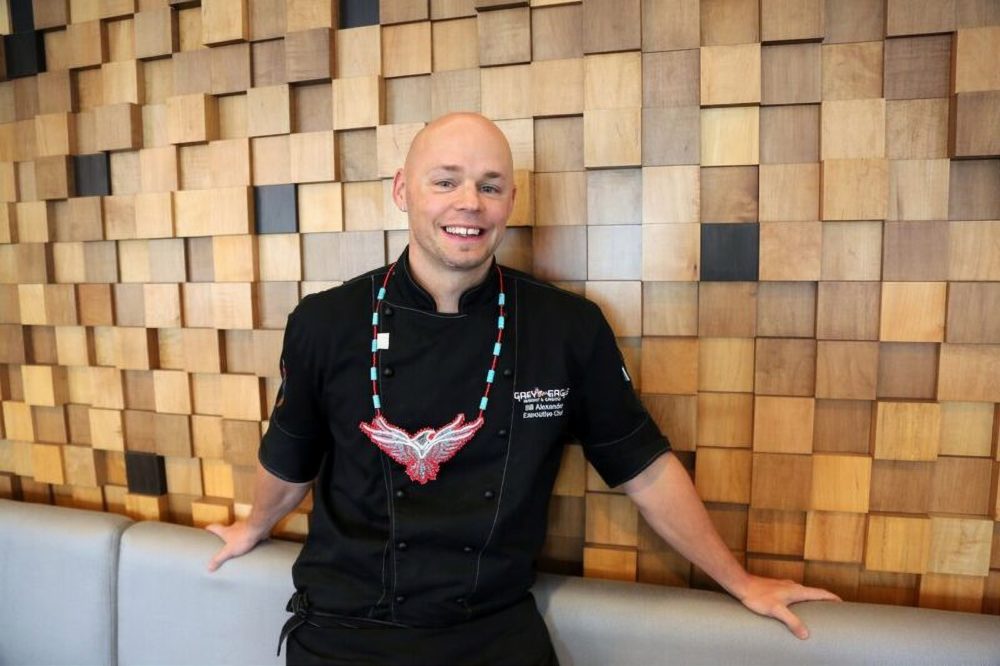
Chef Bill Alexander
“Much of my childhood was about what we could build or grow within our own community. We wasted very little. For me, moving into the food industry, the concept of large food suppliers and huge warehouses was foreign,” he explains. He adds that his background became a plus in a business where healthy profit margins depend on minimal waste.
An executive chef who worked around the world for many years, Alexander now oversees Calgary’s Grey Eagle Resort and Casino , a hotel/resort facility that also hosts musical acts and other events. Alexander is also the first Indigenous consulting chef for WestJet, which plans to bring Indigenous-inspired food to both domestic and international flights.
DONT’S MISS: Spirits (and Beers) of the Canadian West Are Dominating the Spotlight in Alberta
What does an Indigenous menu look like?
Alexander’s menus are “traditionally inspired and keep true to the storyline, but with a fusion spin.” All dishes, he notes, are rooted in a foundational Indigenous principle of not taking more than you need, and of paying homage to what you use.
“A good example of that is carrot greens—we make pesto from them. It’s like a little game–how can we use each part creatively? White people tend to think of that as a very modern approach to food, but our culture has embraced it forever.”
In fact, several mainstream culinary trends reflect Indigenous values around foods, says Alexander. “Farm-to-table, hoof-to-tail, local ingredients—sharing our culinary experience means people will understand that we were the originators of many of the things they think of as new, like curing meat, canning and charcuterie boards.”
Toronto’s Indigenous food scene is growing
In Toronto, there’s NishDish , a casual quick-service restaurant that opened two years ago among the upscale stores on Bloor Street. It has long been a magnet for tourists.
Under chef Johl Whiteduck Ringuette, it offers lunch and dinner based on Anishnawbe (Nish) food traditions through the week, and all-day brunches on the weekends in a cozy, homey setting. The menu includes traditional items like bison, all of which are sourced from reserves.
Another Toronto neighbourhood that’s a big draw for tourists—eclectic, diverse Kensington Market—is also home to a popular Indigenous restaurant. Ojibway chef Shawn Adler heads up the warm and welcoming Pow Wow Cafe . The cafe has legions of fans heading to Kensington Market to sample this delicious Indigenous take on tacos. Adler got his start when he opened The Flying Chestnut in Eugenia, Ontario. He was just 16 at the time, with a vision to serve Indian tacos in a bistro setting.
Indigenous food puts a spotlight on its roots in Winnipeg
In Winnipeg, you’ll find Feast , opened three years ago by Christa Bruneau, a member of the Peguis First Nation.
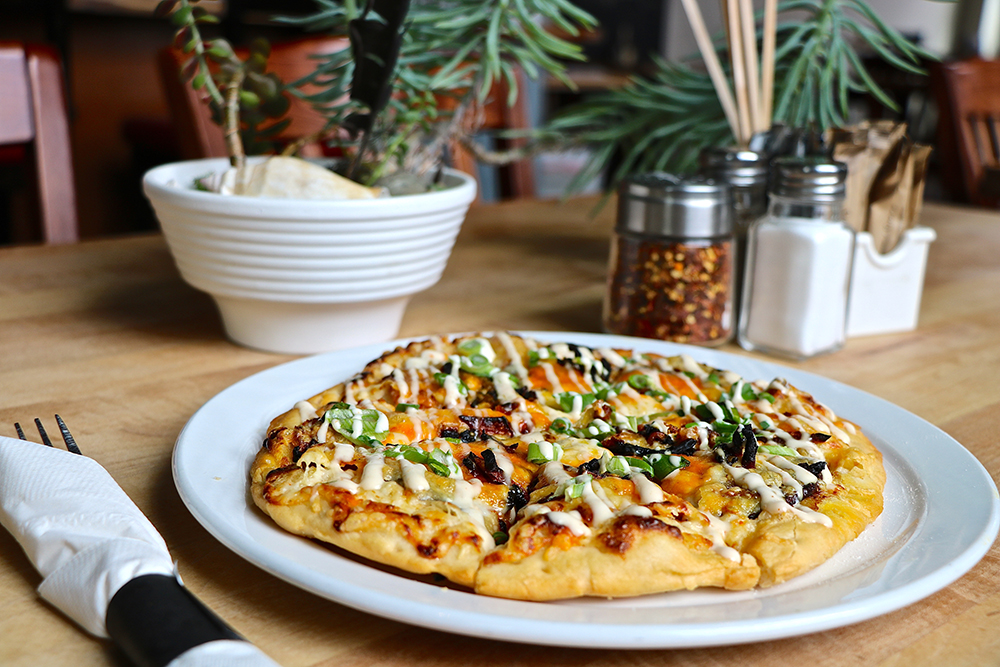
Butternut Squash Bannock Pizza from Feast
She’s seeing more and more visitors from countries like Germany, Japan and Australia. They often stop overnight in the city before they head up to Churchill, Manitoba, to see polar bears.
Bruneau’s inventive, affordable menu eschews beef entirely for bison. “It was a bit of a risk,” she says, “but I really wanted to honour the bison. It was almost extinct, but has made such a big comeback, and it has such a historical connection.” Besides, she adds, the locally-raised, free-range meat is flavourful, lean, and low in saturated fat.
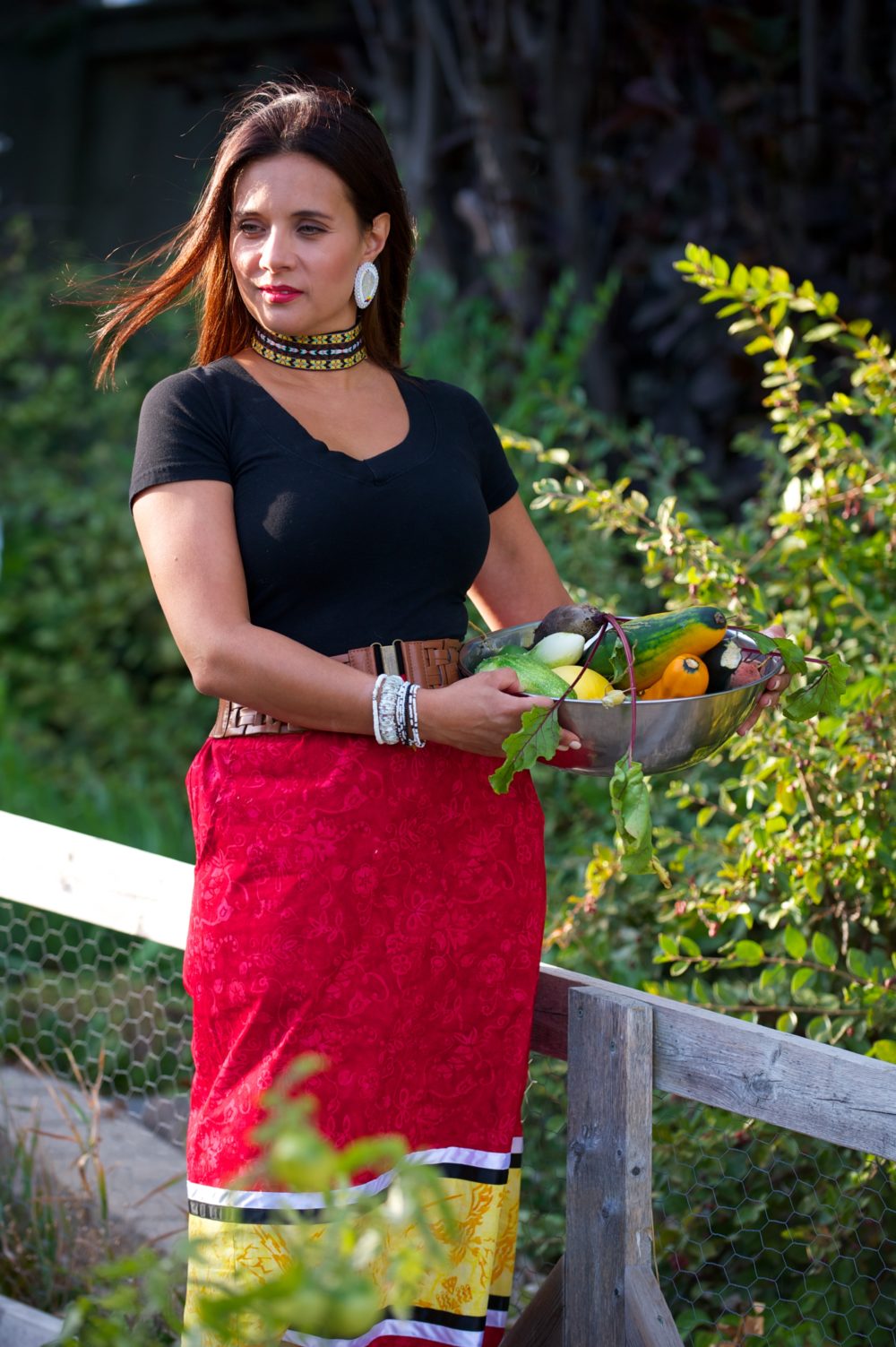
Christa Bruneau
Bruneau pays homage to the bison by visiting the herd, making offerings of tobacco and giving thanks to the animals for sustaining the community.
Discover Quebec’s Indigenous food and culture
Just outside of Quebec City, the community of Wendake is a year-round tourist destination with historical and cultural sites, walking and biking trails, canoeing and kayaking. There, you’ll find a variety of restaurant options, from high-end dining to casual lunch and snack menus.
Why you need to experience an Indigenous Pow Wow
International visitors and Canadians who want to deepen their understanding of Indigenous culture and food could start with a day-trip to a Pow Wow. A Pow Wow is a ceremonial celebration of cultural pride that showcases Indigenous music, dance, regalia, food and crafts.
Pow Wows are often listed on provincial tourism sites by region. If you go, read up on Pow Wow etiquette. ITAC suggests: be on time, dress and behave appropriately and respectfully, ask before taking pictures, don’t touch regalia, and consider a donation to support these events, which are typically non-profit.
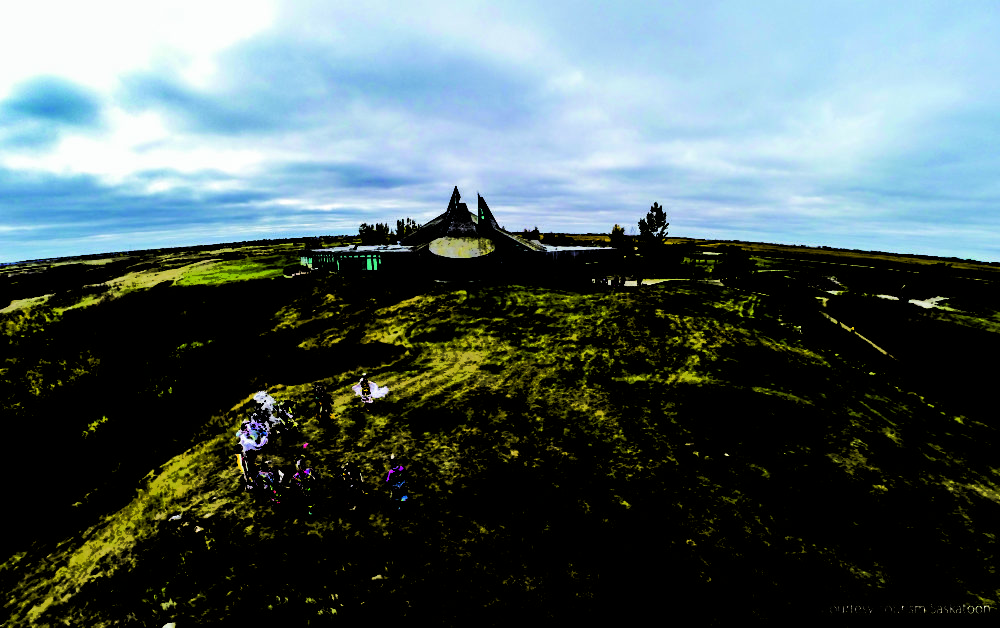
Photo courtesy Wanuskewin Heritage Park Saskatchewan
Canadian Indigenous culture and tourism is a powerful force for good
The economic benefits of Indigenous tourism are clear. A 2015 National Aboriginal Tourism Research Project revealed it employed 33,100 workers and contributed $1.4 billion to the Gross Domestic Product.
But there’s an even more important reason to support Canadian Indigenous culture and tourism. While Henry says the association did not set out to be a major factor in reconciliation, he thinks it has a role to play in moving forward.
“Tourism is a bridge to understanding, a great way for Canadians to learn about Indigenous culture. In spite of all the issues, I think if we share positive stories, there’s a way forward for society.”
Food, notes Bruneau, “is a celebration—it’s wholeness, it’s family, it’s love, it’s ceremony. My husband is a pilot, so I have visited a lot of places. One of the very first things you do is find the food of the land, and that means you get to experience the people,” she says. “I think it’s time now for Indigenous food and culture to be part of that experience in this country.”
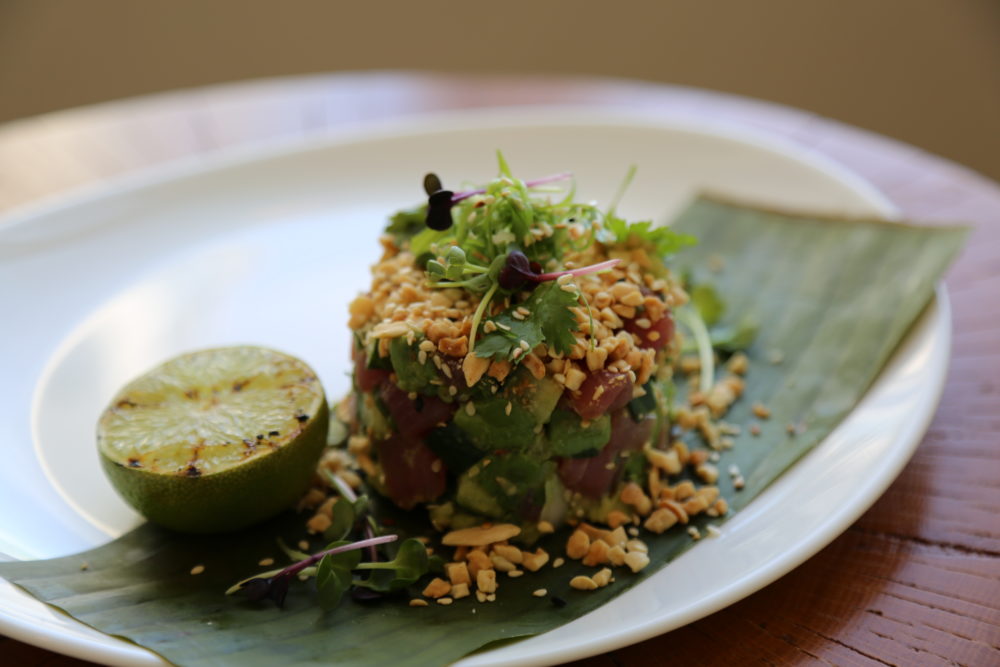
Chef Bill Alexander’s Yellowfin Tuna Poke Stack
Ingredients.
- 4 oz yellowfin tuna, cubed
- 2.5 oz avocado, cubed
- 1.5 oz cucumber, cubed
- 2-3 leaves cilantro, diced
- ½ oz green onion, chopped
- 2 oz mango, cubed (optional)
- ½ banana leaf
- 2 oz citrus dressing (recipe below)
- ½ oz peanuts, roasted and roughly chopped
- 1 ½ oz fried taro root chips
- Pinch black and white sesame seeds
- Bull’s blood microgreens
- ½ grilled lime
- 1 cup sugar
- 1 cup boiling water
- ½ cup whole garlic
- 1 cup white vinegar
- ½ cup fish sauce
- 2 Thai chilis, finely chopped
Bring water and sugar to a boil to dissolve sugar. Blend in white vinegar and whole garlic until smooth. Whisk together with remaining ingredients.
Preparation
Add tuna, avocado, cucumber, cilantro, green onion and mango into a bowl with citrus dressing and mix until evenly combined. Pack combined items into a mason jar. Place banana leaf on a plate, turn over mason jar and tap until ingredients come out in a stack. Once in a neat pile, top with nuts, sesame seeds and micro greens, garnish with grilled lime and serve.
- Latest Posts

Vicky Sanderson
Latest posts by vicky sanderson ( see all ).
- How Food Tourism is Feeding Understanding of Canadian Indigenous Culture - October 24, 2019
- A Keen Eye: Exploring the Streets of Glasgow Through the Lens of Design - October 2, 2018
Tags: Canadian Indigenous food tourism Indigenous culture
Recent Posts

Where to Eat in Loreto Baja California Sur

Tokyo for the First Timer

Club Med Martinique: Buccaneer’s Creek
No Responses to “How Food Tourism is Feeding Understanding of Canadian Indigenous Culture”
Leave a Reply Cancel Reply
Your email address will not be published. Required fields are marked *
Save my name, email, and website in this browser for the next time I comment.
Travel Life Magazine Subscription
Check out your complimentary copy, or request a digital subscription of Travel Life today!
- Last Minute

Order a complimentary issue of El Corazón travel guide
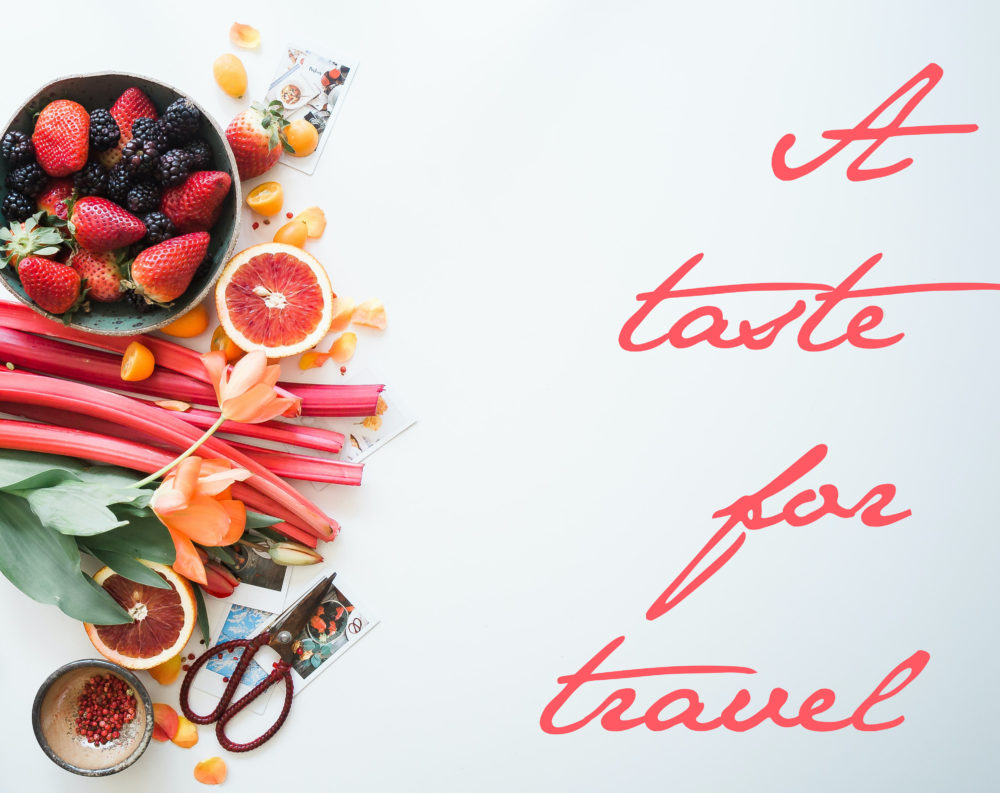
MOST POPULAR VIDEOS
Click here to check out more Stylish Staycations.
Follow Travel Life
Plan Your Trip

Culture & Heritage
Join us on genuine cultural experiences and create lifelong memories as you learn about our colourful heritage and rich cultures.

Wildlife, Nature & Adventure
Take a journey with an Indigenous guide through the lands and across the seas that have influenced our cultures for generations.

Accommodation & Relaxation
We have been living here for thousands of years, and we’re proud to extend our legendary hospitality to visitors from near and far.
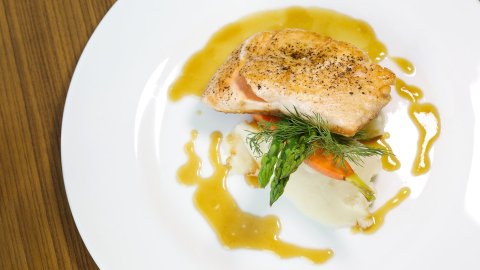
Indigenous Culinary Experiences
Delight in flavours and techniques that have been passed down through millennia, and enjoy the fresh, local ingredients.

Indigenous Arts & Gifts
Shop authentic Indigenous goods that beautifully bridge the gap between tradition and modernity — for any budget.

Indigenous Vacation Packages
Find authentic Indigenous vacation packages and enjoy once-in-a-lifetime experiences alongside legendary hospitality.

Upcoming Events
Find an Indigenous event near you.

Feel The Power Of A Pow Wow
Experience our living culture at a powerful gathering of Indigenous celebration. Find Pow Wows and guest protocols here.
Revitalizing Indigenous culture, one meal at a time

In our traditional cultures, food is harvested, cooked, and eaten with respect. Gathering around a table is an act of community — it is about feeding the mind, body, and spirit at the same time, with food that is thoughtfully harvested and prepared.

Reclaiming our stories through food
Through oppressive colonization practices, many traditional Indigenous ingredients and techniques were locked away or forgotten. Today, Indigenous Peoples across our land are unearthing ancestral knowledge and learning about traditional methods for gathering, hunting and preservation from Elders. They are merging this traditional knowledge with modern-day techniques and recipes, and forging a path for Indigenous cuisine to take its rightful place at the Canadian culinary table.

The land is our grocery store and pantry
The vast and diverse landscape in Canada traditionally shaped and formed Indigenous land and food systems. The land, air, water, soil, and animal and fungi species sustained Indigenous Peoples for millennia. Traditional food sources varied from region to region and included game, seafood, birds, plants and berries. From the whale meat and cloudberries of the Far North to the halibut and salmon of the West Coast and the wild rice native to wetlands from modern-day Manitoba all the way to the Atlantic, the nutritional diversity available to Indigenous communities was as expansive as the land itself.

Food as part of an interdependent ecosystem
Traditional food sources were seen as part of a healthy and interdependent ecosystem. Indigenous Peoples traditionally only harvested, hunted or gathered what they needed to survive, and endeavoured to not let anything go to waste. In communities with abundant fish, for example, every edible part of the fish was eaten, including the head, eyes, offal and eggs.
Inedible animal or plant material was often ingeniously repurposed for practical use. Animal bones could be used for tools, tanned hides and furs could be used for shelter and clothing, rawhide could be used for snowshoes, fishing nets or drum covers, and intestines or bladders could be used for cooking vessels or water storage. Plant materials, like spruce root or birch bark, could also be used for food storage.

The Three Sisters
Traditional Indigenous food was primarily cultivated, harvested and consumed based on values of interdependency, respect for the environment, and ecological sensibility. For example, the Haudenosaunee cultivated “ Three Sister” crops side by side to facilitate interdependent growth. These sisters — beans, corn and squash — are very different, but rely on one another for nutrients and protection. Beans absorb nitrogen from the air to keep the other sisters healthy. Corn grows tall stalks for the beans to climb, wrapping the plants together. Squash grows wide, ground-covering leaves that keep the ground moist and weeds at bay. Together, these three crops are a nutritional powerhouse

Healthy, delicious, local
Indigenous communities from coast to coast to coast are reclaiming our traditional ingredients and cooking techniques and transforming them into mouth-watering treats that delight modern palates. Highly trained Indigenous chefs run successful restaurants across the country and win prestigious awards, revelling in the fact that “there’s no better way to pay homage to the past and our heritage.”
PLANNING YOUR TRIP

TAKE A DELICIOUS JOURNEY INTO INDIGENOUS CULTURE
Pull up a seat at one of the many Indigenous owned eateries from sea to sea to sea. All across the country, authentic Indigenous chefs and culinary experts are cooking up delicacies that infuse modern recipes with traditional techniques and flair. Here, you’ll find everything from cozy bistros and premade spice mixes to large catering operations and upscale restaurants.

UNIQUE PRODUCTS, AUTHENTIC INDIGENOUS QUALITY
Find everything from unique gifts, treasured keepsakes to modern art pieces of epic proportions—lovingly crafted by Indigenous makers and artisans across the country. Every piece, from the smallest bracelets to the largest sculpture, tells a story that transcends generations and the ages. Every purchase you make helps to keep those stories alive.
The Future of Food in Tourism
By Amy van den Berg | June 15, 2021
Related expedition: Newfoundland Circumnavigation and Mighty Saint Lawrence

© Victoria Polsoni
At the community visit to Red Bay, Labrador, Adventure Canada guests had the chance to sample delicious bakeapple tarts and cod chowder as part of the Newfoundland Circumnavigation Taste of Place program.
Partridge berry tarts, cod tongues, Arctic char chowder, seal loin, mustard pickles, and bottled beets. These dishes are equally a part of the Atlantic Canadian landscape as its blustery coastlines and friendly cultures.
Adventure Canada’s 2019 season included the first official trip featuring Taste of Place —a program that connects passengers to communities and culture through sustainably-sourced local cuisine—on a Newfoundland Circumnavigation expedition.
By tasting these dishes on board and at pop-ups in various communities (which often included dancing, music, and much laughter!), passengers directly connected with Newfoundland culture and together made a positive impact.
Changing the Industry
At the forefront of this program is Bill Swan, one of the co-founders of Adventure Canada, who has spent over a decade working to implement regenerative plans and actively improve food systems on a national level. He saw the company’s operations in these regions of rich, high quality supplies as a missed opportunity to travel more responsibly.
“I've always felt that the impact of expedition cruising can be positive across all three social, environmental, and economic fronts,” says Swan, “and food is this amazing bridge between all three of them.”
Swan describes how our food system is set up to be cheap and fast. This is especially true for meals aboard ships, particularly in isolated places like Newfoundland and Labrador. Supply and storage challenges mean onboard cuisine is often sourced from faraway places by unsustainable means, and much of it ends up going to waste.

Connecting Food & Place
The Taste of Place program was therefore designed as a solution to an increasingly strained and defective food system. In true Adventure Canada style—learning through food, culture, music, arts, and science have long been at the core of their expeditions—it promotes local cuisine through culinary ambassadors.
The program was introduced on the Newfoundland Circumnavigation expedition in October of 2019, spearheaded by Lori McCarthy, a talented chef, outdoorswoman, and fierce advocate for the preservation of traditional food culture in Newfoundland through her company Cod Sounds .
McCarthy worked hard to load the Ocean Endeavour with fresh Newfoundland products such as seal, moose, and hand-picked partridge berries, and designed a menu that incorporated all these local flavours. She also spoke to passengers about her passion for locally sourced food and traditional family dishes. As Swan says: “She brought it into context and made it very personal.”
One thing that was important to both Swan and McCarthy was that the menus were designed with waste reduction in mind. Leftovers from previous servings, like mussels and moose, could easily be incorporated into upcoming meals. In the future, Swan also wants to develop an onboard composting system that offloads nutrient-rich soil to local communities.

Lori McCarthy, Taste of Place Ambassador, and Bill Swan, co-founder of Adventure Canada.
A Group Effort
In 2018, the program was tested through Adventure Canada’s partnership with Slow Food Canada and Flow Food USA, which paired a single meal with an educational program offering and got a positive response. Unsurprisingly, the launch of the larger program in 2019 was extremely well-received by guests, who particularly enjoyed the meals of seared seal loin and the hand-lined caught Fogo Island cod cheeks.
Adventure Canada also partnered with Ocean Wise, an organization that encourages consumers to choose sustainable seafood and promote ocean health. McCarthy and Swan made every effort to ensure that the seafood served aboard this trip was recommended by the reputable conservation group. In the end, says Swan, it’s about knowing where your food is coming from, and measuring your impact. “This is one of the critical breakdowns in the food system is that is increasingly lost,” says Swan.
The Taste of Place program has now been expanded to include Mighty Saint Lawrence expeditions, as well. “There's a deep richness of culture, history, and food in the Atlantic region and we're going to keep expanding Taste of Place as we can afford to from a human resource and financial level,” says Swan. “We hope it will bring some positive energy towards some solutions there too.”
About the Author

Amy van den Berg
About the Author:
Amy is a writer from Oakville, Ontario. She loves to travel and explore new places.
She has an undergrad in international development and a master's degree in journalism, and has lived in Banff, Alberta, and Newcastle, Australia (despite being an awful skiier and surfer).
You can find her published work in The Walrus , Broadview magazine, and This Magazine. Visit her website to learn more.
©Dennis Minty
Small-Ship Expedition Cruise Newfoundland Circumnavigation
June 16 to June 27, 2024
From $6,695 to $14,995 USD
per person based on double occupancy
Applies to berth cost only
October 1 to October 12, 2025
From $6,995 to $15,295 USD
©Adventure Canada
Small-Ship Expedition Cruise Mighty Saint Lawrence

Click on the thumbnails to skip to any learning module.
Attracting Culinary Tourists
All materials.
Welcome to Attracting Culinary Tourists, an Elevating Canadian Experiences Webinar.
The goal of the webinar is to arm you with the information and tactics needed to attract culinary tourists to your destinations. This includes developing the ability to:
- differentiate between culinary tourism and other forms of tourism, while identifying examples of culinary experiences relevant to your region;
- describe the breadth and diversity of businesses involved in culinary tourism through deconstructing the culinary tourism value chain; and
- explain to tourism operators and stakeholders why culinary tourism is a vital component in servicing the needs of travellers.
This webinar also teaches you how to:
- distinguish between the various types of culinary tourists through an explanation of how the market segment has evolved;
- define foodways and integrate them into existing value propositions to meet the expectations of culinary tourists;
- identify opportunities to generate increased visitor demand through attracting culinary tourists; and
- Apply best practices and grassroots marketing tactics when attracting culinary tourists.
Welcome to Attracting Culinary Tourists, an Elevating Canadian Experiences webinar.
Before moving on in the webinar, please note the sidebar along your screen where links to external references and other resources will appear throughout the presentation.
At this time, it’s important to acknowledge the extraordinary value that Indigenous peoples across Canada bring to the tourism industry. The land and traditional territories of the First Nations, Métis, and Inuit provide unique culinary offerings that enhance the experiences for visitors to destinations all over the country.
Through the combined efforts of several organizations, including the Indigenous Tourism Association of Canada and Indigenous Culinary of Associated Nations, Indigenous culinary has grown into a popular driver for the development of tourism in Canada.
Elevating Canadian Experiences
The tourism sector is a key contributor to Canada’s economy, and there is opportunity to maximize its potential by showcasing our culinary excellence to tourists, both domestic and international, and expanding products and experiences into the shoulder and winter seasons.
Funded by the Government of Canada, the Elevating Canadian Experiences program offers tailored content to help destination marketing organizations and businesses develop strategies to boost culinary tourism as well as winter and shoulder season tourism across the country.
The ECE program is a team effort, in which deep research and shared knowledge are brought together to ensure tourism continues to thrive as an economic pillar in Canada.
Webinar Learning Outcomes
Module one: an introduction to culinary tourism, intro to culinary tourism.
Before attempting to attract culinary tourists to your destination, it’s important to understand the gap between the food & drink and tourism industries. By doing so, you’re able to identify ways to bridge that gap, which opens the door to developing compelling culinary experiences that drive tourism in Canada.
Bridging the Gap Between Food & Drink and Tourism
Although many restaurants don’t consider themselves as tourism businesses, it’s critical that those serving food and drink are open and ready to meet the needs of visitors to your destinations. Similarly, not all tourism businesses harness the value that the local culinary community adds to a destination’s product and service offerings.
The result is tourism attractions, such as museums, often sell food that has nothing to do with the place in which they operate.
This situation is not unique to Canada; in fact, destinations all around the world are continuing to serve the food that they think visitors want. However, our research shows there is consumer demand for higher quality culinary experiences that reflect the destination they’re visiting.
So, what does it mean to bring these two industries together through culinary tourism development?
In short, it means offering more meaningful and multisensory experiences that reflect your destinations. It also means stimulating visitor demand and localizing the economic impact on your tourism operators, businesses, and attractions.
And considering the current realities facing the two industries, a shift towards a culinary tourism model will also help build both resiliency and sustainability into Canadian tourism – especially in the post-pandemic era.
Now that we’ve identified the gap between the tourism industries, let’s define exactly what culinary tourism is. It’s considered “any tourism experience where a person interacts with food and drink that reflects the history, heritage, and culture of a place.”
Food tourism, and gastronomy tourism are other labels for culinary tourism, with one term being used over another depending on the destination; for example, gastronomy tourism is more often used in Europe.
The important thing to remember is that culinary tourism is focused on the meaningful connection between food and place.
There are countless activities and experiences associated with culinary tourism. A few examples are:
- apple picking at a local farm or orchard;
- making maple taffy while on a winter hike; or
- having a local and seasonal goods picnic at a remote location or conservation area.
It’s important to understand the diverse experiences associated with culinary tourism, because it shows that not all tourism experiences stand alone from food and beverage. In fact, there is often overlap, which must be consider when trying to attract culinary tourists to your destinations.
To explain, think about how rural tourism is enhanced when you combine it with a culinary-related experience, such as touring a wine region in an RV – with a designated driver, of course.
Or consider how outdoor adventures are complemented by culinary tourism, like a guided fishing trip ending with a shore lunch prepared by a local chef using seasonal ingredients from the region’s food producers.
Culinary Tourism Value Chain
Food & drink products and experiences are used by a variety of tourism businesses to capitalize on the growing popularity of culinary tourism. This led to the development of the culinary tourism value chain, which was designed to increase the competitive advantage of your destinations and their operators.
Given the limited capacity of a single service provider or attraction, businesses band together through collaboration in order to deliver combined value to consumers. This allows individual operators to remain focused on what they do best while benefiting from the increased efficiency and effectiveness of working as a collective.
Visitor experiences are also enriched with each layer of value they receive when exploring a destination. This presents the opportunity for your destinations’ culinary communities to form strategic partnerships with businesses and deliver multisensory experiences that exceed the expectations of visitors.
Any business that includes a taste of place or culinary experience as part of their offerings are featured in the value chain, such as:
- accommodations;
- attractions;
- beverage producers;
- cooking schools;
- farmers’ and public markets;
- festivals & events;
- growers, producers, and suppliers;
- foodservice operators;
- retailers; and
- tour operators.
The Future of Culinary Tourism
Prior to COVID-19, experiential travel was on the rise. And when the tourism industry finally rebounds from the pandemic, research suggests the trend will continue to rise in popularity.
We know there is pent-up demand for travel and consumers are seeking human connection more so than ever. Culinary tourism offers hands-on, multisensory experiences with local businesses and attractions and allows visitors to connect with your destinations in a more meaningful way.
Also, as we’ve seen in the past, and especially through the pandemic, consumers are increasingly more aware of their local food system. And travellers are no different, wanting to know where their food comes from when visiting a Canadian destination.
Culinary tourists are especially eager for hands-on experiences that allow them to interact with the people and stories of the places they visit. For them, it’s a way to get to know the destination better.
The pandemic has also shown that driving trips will be prioritized over flying, specifically with culinary tourism in mind. As such, there’s an opportunity to target Canadian travellers who wouldn’t normally travel within the country but are now looking at places closer to home.
This also indicates a shift to a more safety-conscious decision-making process about where, when, why, and how consumers travel for pleasure. Knowing this, businesses must develop communication strategies to educate travellers about how they are kept safe when visiting your destinations.
Aside from that, outdoor activities and attractions with fewer crowds are bound to be favoured in a post-COVID environment. It’s important to keep this factor in mind when developing culinary tourism experiences in your region.
Module Two: What Attracts Culinary Tourists?
So, what attracts travellers to remote and rural destinations?
As you know, urban regions often seek to attract a broad range of consumers who haven’t visited or seldom visit their destination. An international traveller from the U.K. or the U.S., for example, who might only travel to Canada once or twice in their lifetime.
A rural explorer, on the other hand, is often from a large urban area and looking to escape the bustle of the city. They are interested in day trips to the smaller communities surrounding where they live and are keen to make the most of their free time with family or as a couple. And if a relative or friend is visiting for a few days, these types of consumers will often suggest the unique culinary tourism or agritourism experiences nearby as something to do.
Rural explorers are looking for unique, quality experiences to discover, try, and be pleasantly surprised by. Which presents an opportunity for rural communities across Canada, as they are ideally position to fill the needs of travellers searching for hidden gems, quaint and tranquil sceneries, and small-town hospitality.
Don’t forget, these consumers aren’t interested in the most luxurious, most iconic places; they want to make discoveries off the beaten path, while connecting with nature and creating lasting memories with friends and family. They are also passionate about supporting local businesses and attractions and often seek out farm-to-table experiences when available.
Finally, rural explorers share their adventures with other tourists more often than international travelers, and the potential for repeat visits and additional product sales are much higher – even after they return to their urban homes.
Before moving on in the module, please refer worksheet now available in the sidebar.
In the worksheet, jot down a few points about one of your favorite trips, specifically what you remember about the culinary experiences in and around the destination.
Now, ask yourself:
- What role did food & drink play in making the trip one of your favourites?
- Why would people travel to that destination specifically for food and drink?
Module Three: Identifying and Understanding Culinary Tourists
Foodies and food-connected consumers.
Next, let’s identify exactly who culinary tourists are.
When talking about the culinary tourist, there is a common stereotype about who that person is. Many of us picture someone at a fancy restaurant, taking Instagram photos, and writing about culinary experiences on their food blog. They are the quintessential foodie and an important part of the market. But they are only part the story.
Although a foodie is very much a culinary tourist, they are only one part of much larger market segment. In fact, culinary tourists are a very diverse group who are motivated by experiential travel and want authentic connections with the destinations they visit.
In other words, culinary tourists are “visitors who plan their trips partially or totally in order to taste the cuisine of a place.” They are both consumers looking for exclusive meals at high-end restaurants as well as those craving street food from markets stalls, while some culinary tourists are agritourists looking to connect to where their food comes from.
Before defining the other segments of culinary tourists, let’s take a closer look at foodies first.
These are the classic, niche food tourists who plan some of their trips specifically around food and drink experiences. And even when they are travelling for other reasons, such as a business trip or family vacation, they are still looking for ways to incorporate local tastes into their itinerary.
Foodies are motivated by food and drink, of course, but they are also interested in a destination’s culinary-related activities and agritourism offerings. These consumers are informed and plan many of their experiences and must-visit attractions in a destination prior to their arrival; this includes making the necessary reservations for accommodation and transportation.
It’s important to note, culinary tourism is a direct subset of cultural tourism, which means many foodies can also be considered cultural tourists. As such, when attracting this type of traveller to your destination or business, remember to clearly communicate the local culture, unique culinary experiences, and experiential tourism offered.
It’s also imperative to have a strong online presence with an informative, accessible website that allows consumers to plan their trip ahead of time.
The second group of culinary tourists are food-connected consumers.
Remember, not all food tourists think of themselves as being that specific type of traveller. So, unlike foodies who often make decisions about travel based on food and drink, food-connected tourists view culinary experiences as a pleasant and enjoyable add on; but it’s not necessarily a determining factor when selecting a destination to visit.
As such, food-connected consumers typically don’t plan all of their culinary experience in advance. This presents an opportunity to spontaneously attract these consumers to your businesses and attractions after they’re arrived to the destination.
To explain, consider a traveller who happily stops by a farmers’ market because the owner of the local B&B recommended it to them. In this case, they didn’t specifically seek out the experience, but having it suggested to them added a multisensory element to their stay, which made the trip that much more memorable.
A third type of culinary tourist is the agritourist, which is a niche segment within food tourism.
Many culinary tourists enjoy agritourism activities, like berry picking and visiting farm stands; however, agritourists take their passion for food and drink a step further, seeking out first-hand experiences such as watching demos, joining a farm tour, or even volunteering to stomp grapes at a local vineyard.
Agritourists are also interested in food production and want to learn about the people, places and practices involved in the agriculture of a destination.
For operators trying to attract this type of culinary tourist, watch the Elevating Canadian Experiences webinar, Growing Agritourism, which is now linked in the sidebar.
Other Types of Tourists and Tourism
The final type of culinary tourist is every other type of travelling consumer.
When you expand your definition of culinary tourism and the culinary tourist, it’s easier to identify the ways you can localize dollars within your region. Remember, all tourists have to eat, and in turn, that creates an opportunity to boost tourism through unique experiences with food and drink.
Even if someone’s primary reason to visit is having an outdoor or rural experience, as a business, there are ways you can enhance their trip through culinary offerings. This is true for restaurants and food providers, but there’s also potential for attractions, accommodations, and festivals as well.
Sometimes, all it takes is good storytelling to convince a visitor the extra dollar for a local product is more than worth it. The key is to connect consumers to the real people – the growers, producers, brewers, and so on – behind the scenes.
When you use the power of this type of local upsell, what you’re doing is turning a general tourist into a culinary tourist. And by doing so, you’re also encouraging them to support the local economy in your destinations.
Food and drink is only a primary motivator to visit a destination for a select group of tourists: foodies. Meaning, culinary tourism doesn’t live in isolation, and more often than not, culinary experiences are seen as a complement to other tourism activities.
This is beneficial as not every destination has the ability to provide a complete food tourism experience. But that doesn’t mean food and drink aren’t still a very important part of the offering. To this point, 88.2% of destinations consider gastronomy a strategic element in defining their image and brand – even if it’s not the main draw of the region.
To explain, consider the history buff who visits a destination to explore its heritage sites and museums. During their trip, their interactions with food and drink, enjoying homemade ice cream while touring a historical town, for example, are what help create a well-rounded and truly memorable experience.
With that in mind, at the destination level, this presents opportunity to build out culinary experiences alongside your primary tourism draws.
Module Four: Attracting Niche Markets to Your Business
When it comes to attracting these niche markets – foodies, food connected consumers, and agritourists – to your business, the strategies are different than luring an international traveler to a major destination like Toronto, Montreal or Vancouver.
Don’t expect your business, particularly small restaurants and farm attractions, to be automatically added to an itinerary because of its immediate appeal. Your products and services are more likely to be complementary to the trip and experienced outside of the traveller’s itinerary.
As such, it’s important to tailor your marketing accordingly, knowing your business is something a visitor will discover once they’ve arrived to the area – or as a special stop along their way from one place to the next. Partnering with main-draw attractions or tourism operators and creating unique packages is another opportunity to attract culinary tourists.
And when you offer authentic, multisensory experiences tied to the people and places of a destination, your business has the chance to become an unexpected highlight.
Before we move on in the module, thinking back to your responses about your favourite trip and how culinary experiences made it more memorable. In the second worksheet now available in the sidebar, expand upon thoughts by answering the following questions:
- How does access to local food and drink affect the destination’s offering?
- How could this destination be strengthened by local food supply chains?
- Do you know where their food supplies coming from? If so, include those locations in your answer.
Genuine and Immersive Experiences
Generally, tourists are looking for authenticity and great experiences tied to the place they’re visiting – which highlights the importance of creating genuine and immersive culinary offerings that connect ingredients, production, and processes to the local culture and traditions.
For instance, in Bangkok, a unique experience is the floating market, where canals are lined with “street food” suppliers. It’s a decades’ long tradition in Bangkok, and part of local, everyday life, but for a traveler, it’s an incredible farm-to-fork experience unique to the destination.
Multisensory Experiences
Next, developing multisensory experiences is vital when attracting culinary tourists to your business. This means taste holds as much weight as sight, sound, smell, and touch.
In other words, food and drink is complemented by all the other types of sensory experiences. In the Bangkok example, food is only part of the draw; it’s a combination of the boat ride, the smells and sounds of the bustling market, and the interesting scenery that makes the experience truly memorable.
In a nutshell, a multisensory experience appeals to all five senses, with food and drink being the only tourism offering capable of doing so. This is why it’s important for businesses with unique culinary products to offer authentic and immersive experiences, such as tastings or on-farm samplings, where all five senses are engaged.
For operators looking for more information on creating this kind of experience, watch the Elevating Canadian Experiences webinar, Multisensory Experience Development, now linked in the sidebar.
Risks & Barriers
We’ve discussed some of the opportunities of attracting niche markets to your business, but what about some of the challenges?
Let’s take a look at what would deter a tourist from participating in an immersive culinary experience.
Safety is one of the primary concerns for travellers considering a food tourism or agritourism experience. Consider the floating market in Bangkok and the potential for water-related accidents; or visiting a Canadian farmstead and the dangers associated with being on a working farm.
Whether it’s picking fruits and vegetables, foraging for mushrooms, or floating on a river and tasting new foods, there are perceived risks to culinary tourism as well as real ones – even more so following a global crisis such as the COVID-19 pandemic.
To reduce fear and build trust with consumers, it’s important to address these risks ahead of time and clearly communicate how your prioritizing the safety of visitors. This starts with identifying all the risks surrounding your experiences; and don’t forget, what appears safe and routine to you, might be totally new to a tourist and outside of their comfort zone.
It’s important to remember, similar to most consumers, tourists will often choose something more familiar than an activity with too much uncertainty surrounding their safety and comfort.
Attracting Niche Markets to Your Business
So, how do you infuse authenticity through local cuisine and traditions into your own business, and how can you create multisensory experiences within your destination?
First, by identifying foodways and where your ingredients come from, and then highlighting why those specific products are important and how they’re connected to your destination’s culture and traditions. This includes why these offers are unique to your business the community you operate in.
Businesses offering authentic and immersive experiences offer layers of value not only with their products or services, but also with the stories told by the owners, their staff, and even their local customers.
Module Five: Defining Foodways
Before moving on in the presentation, let’s refer back to your favourite trip again. You can record your thinking in a third worksheet that is now available for download in the sidebar. During your culinary experiences:
- Were you ever curious about how the food and drink was prepared?
- Did you think about the ingredients used and where they came from?
- Or did you consider whether the cooking techniques and agricultural practices were tied to local culture and traditions?
When you start to think about the journey your food takes from farm-to-table, an interesting story unfolds.
A good example of this how there are multiple versions of a tourtière in Quebec, with each being declared as the original, featuring their own unique stories and flavours depending the region and seasonality of ingredients.
Generally speaking, tourtière, six-pates, and pâté à la viande are all types of meat pies in Quebec. However, the recipes – from the ingredients used, the availability of the meats, the spices, and so on – differ from region to region. So much so, strong competing views exists in the province on what a tourtière really is.
Ask a Saguenéen what a tourtière is, and they’ll give you a very different answer from someone in Gaspé, while another chef in the Montérégies will claim their recipe as being the most authentic. That’s a prime example of a culinary tourism experience that is directly tied to a destination because the pies reflect local cultures and traditions.
In an increasingly globalized world, why do we continue to associate maple syrup with Canada, tacos with Mexico, risotto with Italy, and wontons with China?
You’ll find these foods in the markets and restaurants of your hometown, but many of us will still travel a great distance to try these dishes in the places they originate from. You see, the history of food and drink is often regional, with the ingredients naturally tied to local history, culture, and the landscape.
Which is to say, tacos, risotto, and wontons are more than just menu items; they’re a manifestation of a destination and its regional foodways.
So what are foodways?
Consider foodways as:
- the connection between agriculture and the people of a place;
- the driver of regional culture and traditions; and
- the main contributor to shaping the landscape and livelihoods of the communities across Canada.
This is why culinary tourism plays such an important role in celebrating and protecting rural heritage in your destinations.
Foodways are dynamic. They change in relation to social, economic, and environmental conditions, which is why there are unique stories related to foodways in every destination. Foodways are the who, what, where, when, why, and how of food – they are the reason food becomes part of the fabric of a community.
So, if you offer a culinary tourism experience, foodways are an important piece of the puzzle. Think about the suppliers you support with the food and drink you offer travellers:
- Where do the ingredients come from?
- How are they tied to your region and local traditions?
These elements are something visitors are eager to connect to. Don’t miss an opportunity to share those stories and reflect local foodways in the experiences you offer.
Tastes of Place
Another element to consider are the Tastes of Place , which directly connect locals and visitors to foodways. These are the interactions and experiences that bring life to the stories behind the food and drink of your region.
That said, there is no single taste of place for a destination. For instance, the tourtière isn’t solely associated to Quebec, nor is the dish a complete reflection of the culinary offerings in its many destinations. No, instead, think of the tastes of place as a compilation of experiences and interactions with the food and drink available in your region.
And remember, it’s not just about the ingredients and flavours of a dish, but it’s also about connecting travellers with the people, places, and foodways contributing along the way.
Intangible Assets
Tastes of place aren’t always things that you eat and drink; they can also include intangible assets, such as rural hospitality, agricultural landscapes, community feel and good company. Through storytelling you can tie all these pieces together and make the connections more obvious for visitors.
By including memorable experiences in your business and tying them to the region, you connect to the foodways and create a bond between the destination and traveller, making the experience unique and more meaningful.
Culinary tourism can move a trip from great to unforgettable, with food and drink adding an additional sensory layer to the memories – that of taste. And local food is an excellent way to deliver this type of experience.
The concept of farm-to-fork, or sea-to-table, is about connecting diverse local supplies to authentic culinary experiences. Doing so creates added value, which most tourists desire and are often willing to pay a little extra for – from paying a dollar more for a local craft beer to seeking out food and drink retailers with specialized goods and unique atmospheres unlike anything found at the average grocery store.
Personal vs. Regional Foodways
That said, local food is not the be all and end all of culinary tourism. It’s also important to consider the evolution of recipes when exploring a region’s foodways. Think of an Indian restaurant on Vancouver Island: perhaps they offer a local blueberry lassi alongside the traditional mango variety.
This is a cultural fusion reflecting the influence of local ingredients on traditional recipes. Yes, local food and drink plays a key role in defining the foodways of an area, but in this instance, local sourcing is not essential to food tourism development. Instead, the personal or regional foodways are a more important highlight.
For some travelers, food is more than sustenance; it’s a way of understanding a place. That’s why showcasing foodways through storytelling is so important when communicating tastes of place to visitors – it illustrates personal food journeys and makes the consumer’s experience more meaningful.
A simple example of this is when a menu explains a family restaurant’s connection to the dishes they offer and the foodways that brought the ingredients to the visitor’s plate.
Tips for Integrating Foodways
To help you integrate foodways into the development of culinary tourism in your destination, please refer to the following five tips. You can also download the full list of tips for reference through the link now available in the sidebar.
- Tip 1: Offer a unique “taste of place” or expression of your region and understand how your business fits into the regional food tourism narrative. Most importantly, let people know that you do this to attract food tourists to your business.
- Tip 2: Identify where your ingredients and products are sourced from, including promoting your suppliers
- Tip 3: Celebrate your partnerships within the local community, including online
- Tip 4: Share stories about the recipes you use and the food you serve, and how it is tied to the region or your family history, both in person and online
- Tip 5: Offer tastings, trainings, and/or educational opportunities that empower your staff with the knowledge required to sell your food, because if the owner isn’t always present, staff need to know the stories too.
Module Six: Reaching the Market
So far we’ve discussed how to attract niche markets such as culinary tourists. Now, let’s touch on how your reach these types of consumers. Fill out these reflection questions in the new worksheet available in the sidebar.
Before we dive into this section, let’s think back to your trip memory again. Recall that favourite trip and reflect on these two questions, including the most common responses:
- How did you learn about the experience before selecting it as part of your travel itinerary?
- Was it an experience you planned for before leaving, or something that was impromptu and complementary?
Use the Right Mediums
People are getting their news from an ever-increasing list of non-traditional mediums. Such as:
- news apps; and
- review sites
Having a website isn’t enough today. Keep in mind, if a consumer has browsed your website and is ready to purchase a product or an experience, it’s likely that individual was attracted to the site by many other forms of media beforehand. Your website is often the last path to purchase, so it’s important to consider how you’re driving traffic to your website.
Remember, your audience is ‘hungry’ for easy to digest, engaging, beautiful content and they are using modern tools and apps to do so. This highlights the importance of connecting to consumers using the right mediums, while providing relevant content that educates, entertains, and inspires.
It’s also important to note the current trends of popular media. In this case, visuals – such as captivating images and videos – receive more engagement in the form of shares, likes, and comments.
Social Media Content
Education and awareness are key elements to creating a lasting impression online. Social media can drive sales, yes, but rather than selling a product through your posts, seek to inform, guide, and educate your followers instead.
The internet is a noisy place, with consumers being bombarded by advertising and sales messages at every turn. To stick out from the crowd, focus on drawing travellers to your website by telling inspiring and educational stories about your destinations and the experiences you offer.
Your posts don’t have to be picture-perfect either; as long as you offer value through interesting and engaging content, visitors are more likely to be interested to learn more.
For instance, a farmer can share a short, simple video on Facebook, Instagram, or TikTok explaining the growing process of apples. Or the owner of a local seafood shop can share a short blog post about their first time catching lobster and how the experience inspired them to follow fishing as a career path.
These are types of stories and content that create excitement around your destination and the businesses within it. Again, it’s about highlighting the connection between the ingredients, the place, the agricultural techniques, and the people who make up the culinary experiences you offer.
Engaging Through Online Travel Agencies (OTAs)
Destination Marketing Organizations and Provincial Marketing Organizations, TripAdvisor, Yelp, and AirBnB experiences are all examples of Online Travel Agencies and tourism social media channels.
Claiming your space on any of these platforms presents you with opportunities to connect directly with consumers and potential visitors. And don’t’ forget, clients leave reviews on these channels, so one of the best way to stay top-of-mind is to review the pages of the businesses within your destination and responding quickly to customer reviews – whether they are positive or negative.
Prepare your messages in advance if you want to save time, but try and make each response as personalized as possible – you don’t want to sound like a robot! Be responsive, spontaneous, and use humour when appropriate. Most importantly, be respectful, genuine and show compassion when answering reviews.
Engaging consumers through Online Travel Agencies is the perfect opportunity to showcase the whole culinary experience, not just the taste. The temptation is to just post pictures of our storefront, restaurant, barn space, or picturesque scenery, but it’s the food and the ambiance of a destination are what attract culinary tourists the most.
So focus on what you serve; not your space. And don’t be afraid to showcase the ingredients you use along with where they are sourced from, especially if it’s local.
Brand Positioning & Storytelling Tips
Finally, to help you establish a strong brand positioning and attract culinary tourists through the power of storytelling, please refer to the following tips, which are also available in a final download in the sidebar.
- Tip 1: Include high-quality photos of food products and experiences in your online presence
- Tip 2: Share food-based updates through your social media channels and encourage customers to do the same
- Tip 3: Actively collect feedback from customers on your food products and/or experiences
- Tip 4: Facilitate positive reviews of your food products and experiences on review sites and respond constructively to negative comments, as appropriate
- Tip 5: Know the key components of your food and drink story and share these consistently
- Tip 6: Share your story in diverse ways, both in person and online
- Tip 7: Ensure visitors leave your establishment with a clear understanding of your food and drink story
- Tip 8: Empower staff to be ambassadors for the region who can recommend other food and drink experiences for visitors to enjoy
Thank you for your participation. Be sure to check out other culinary tourism webinars offered in the Elevating Canadian Experiences content hub.
For more information, or if you have any questions, please visit culinarytourismalliance.com .
Related Resources
Culinary tourism strategy development pilots, 05 approaching strategy development, 04 goal setting.
Language selection
- Français fr
Rural culinary experiences boost Alberta tourism
Page details.
Indigenous Food Tourism In Canada Ahead Of Post-Pandemic Trends – Forbes
Food forms a major part of Indigenous cultures, with traditional knowledge and values being passed down from one generation to the next. In 2016, 15,765 people in Canada’s agricultural population identified as Indigenous, representing 2.7 per cent of the agricultural population. But while Indigenous agricultural operators represented 5,160 or 1.9 per cent of the 270,720 agricultural operators in Canada, a small number from a relative standpoint, many have argued that Indigenous values and food systems may provide an overwhelming opportunity, through tourism, to attract and sustain a less carbon-intensive industry, as opposed to one that contributed 8 per cent of all global greenhouse gas emissions— 4.5 billion tons of CO2 per year— before the pandemic.
Trevor Jonas Benson has been working at the interface between the food & drink and tourism industries for the past 15-years. As Vice President of Destination Development at the Culinary Tourism Alliance, where he manages projects that seek to drive meaningful change in the way that people experience food, Trevor sees food and food experiences as a conduit through which to explore cultures.
Benson and his colleagues believe that Indigenous peoples’ food tourism activity may provide an opportunity for both consumers and operators to consider the ethics of tourism in the midst of the pandemic and climate crisis. While wealth and privilege play a vital role in one’s ability to choose leisure travel, tourism-related emissions have the most dire impacts on vulnerable populations and those who struggle with poverty and extreme poverty.
I caught up with Trevor to see how things have been going during this challenging time.
“A picture may be worth a thousand words, but a taste is worth a thousand more, and I am expecting the re-emergence of tourism to be accompanied by a celebration of the diverse foods and foodways that define the places we visit,” says Trevor of the return to leisure-based travel.
“What gives me confidence that we’re going to see this return coupled with a more conscious traveller and good stewardship on the part of destinations, is the fact that the pandemic has renewed our interest in local sustainable food systems. With import-dependent governments concerned about their food supply chains and consumers rediscovering their connection to food as they return to cooking for themselves, we’re actually quite hopeful for a new food tourism to evolve; that is, one that sheds light on the interconnectedness of food, people, places and processes.”
Benson and others are anticipating the growth of Indigenous food tourism in Canada and believe that the relationship between Indigenous Peoples, the land, and its natural resources can teach locals and visitors alike how to be better stewards of lands positioned as destinations.
“Indigenous Peoples were practicing local food long before it was a movement,” says Benson.”
Benson introduces me to Charlie Greg Sark, Epekwitk, Mi’kma’ik, Member of the Lennox Island First Nation, Chef at Big Charlie’s Pizza and Assistant Professor at the School of Climate Change and Adaptation at the University of Prince Edward Island, and Kevin Eshkawkogan, Anishnabek, Member of the M’Chigeeng First Nation and President and CEO of Indigenous Tourism Ontario (ITO) to discuss how Indigenous food tourism can help to unlock a more socially and environmentally responsible post-pandemic travel experiences.

Kevin Eshkawkogan, Anishnabek, Member of the M’Chigeeng First Nation and President and CEO of … [+] Indigenous Tourism Ontario
Daphne Ewing-Chow: What work needs to be done and what questions need to be asked when we look at the intersection between Indigenous foods and foodways, tourism and the environment in a post-pandemic world?
Charlie Greg Sark: Research is expanding to consider the historical- and culturally-based connection that Indigenous Peoples have to food and food systems that may provide them with a more resilient response to climate change events.
The pandemic is an analogue for climate change, and any considerations of resilience measures in the tourism industry need to consider that (net) zero carbon emissions remain the only workable objective for the travel and tourism industry.
Focusing on developing secure food pathways for the purpose of meeting food insecurity threats over economic activity might also introduce an opportunity to consider climate resiliency in tandem with the local and/or Indigenous Peoples food security, sovereignty and resiliency.
A key question in my research is how much risk have we— industry and government— created by continuing to invest resources (human, private capital, government funding) in tourism activity, often in climate risk adverse locations?
Will this invested capital become stranded, as we have seen happen during the current pandemic? And, how would a redirection of these resources into climate change adaptation, mitigation and resiliency infrastructure impact communities that are vulnerable to, and experience increasing climate injustice?
Kevin Eshkawkogan: At the onset of the pandemic, Indigenous Tourism Ontario decided to continue to strategically advance the Indigenous Food tourism sector, and as such, Ontario was the first region in the world to develop an Indigenous Food Tourism Strategy.
What we have found is that Indigenous storytelling provides the answers to many global questions.
As Indigenous People, no one knows these lands better, we are the original tour guides of the lands and have been doing international tourism for hundreds, if not thousands, of years. These are our homelands and we have been sharing them with visitors for centuries, but our stories are not fully being told the way we know them. Indigenous food and foodways are an amazing way to understand not just Indigenous Peoples and cultures, but larger global issues as well.
Indigenous peoples are proudly and confidently finding innovative ways to actively participate on the global stage through tourism. Telling our stories on our terms is critical to fulfilling our vision of improving the socio-economic conditions of Indigenous People through the tourism industry.
Authentic storytelling is also critical to maximizing collaboration and the benefits of tourism for all. We believe the region that can figure out how to best partner with Indigenous groups in a mutually beneficial manner is on the road to becoming the most culturally and economically prosperous region in the world.
Daphne Ewing-Chow: What systems must be put in place to allow Indigenous food tourism to have a meaningful impact on environmental objectives?
Charlie Greg Sark: If Indigenous food tourism is to have a positive impact on facilitating a conversation about current unsustainable tourism activities, there must be a full and transparent conversation about tourism’s contribution to climate injustice.
A shared understanding can and should signal a shift in local, national and international policy thinking towards a (re)writing of tourism emissions regulations that emphasize the re-alignment of governing and accountability processes that aim to reduce GHG emissions.
The sustainability trend has resulted in vastly different and varied definitions of touristic activity as sustainable, despite the fact that tourism activity is almost always part of a carbon intensive pursuit. Without a shared understanding of sustainability, the industry remains biased towards the interest of wealthy western consumers, over the needs of the environment and vulnerable populations.
Kevin Eshkawkogan: Polymorphous definitions and understandings of sustainability are an issue, not just in sustainable tourism, but in Indigenous tourism as well. The collective work of the Indigenous Tourism Ontario 2020-2025 Strategic & COVID-19 Recovery Plan will help restructure and solidify definitions/ understandings of sustainable tourism.
Through ITO’s work to redefine our place in the industry while embracing our core philosophies, we will see Indigenous tourism operators at the forefront of sustainable and regenerative tourism models.

National Aboriginal Day and Indigenous Arts Festival in Toronto celebrating Indigenous culture … [+] through traditional and contemporary music, educational programming, storytelling, dance, theatre, and food. (Steve Russell/Toronto Star via Getty Images)
Daphne Ewing-Chow: What role do you see Indigenous tourism providers and/or communities playing in building a more responsible and resilient tourism in the years to come?
Charlie Greg Sark: The mainstream mass tourism industry model, which is premised on the limitless/ volume growth model of modern capitalism, espouses a number of assumptions that limit tourism’s ability to foster meaningful internal dialogue about tourism emissions and ethics. As a result, tourism advocates have yet to influence industry measurements towards concrete action to eliminate GHG emissions.
The ripples we see in our economic system during the pandemic do present us with an opportunity for change. Our shared understanding of the rights-based agenda in a post-pandemic era may present an opportunity to move the tourism industry’s conversation about sustainability towards climate justice and ecological balance, instead of social injustice and economic gain. To do so, tourism must switch from an activity that is the domain of the privileged through voluntary travel, and focus on the climate and social justice rights of peoples in a destination.
While Indigenous Peoples’ tourism has emerged as a possible departure from the current (un)sustainable trajectory of mass tourism in general, the Indigenous sector as a whole must also depart from dominant tourism narratives related to sustainability.
Indigenous Peoples are identified as a vulnerable population to climate change, and therefore are more linked to issues of climate rights, ethics and justice. The opportunity for Indigenous Peoples and their allies who are involved in climate justice issues is to encourage Indigenous Peoples’ leadership and governments to become more involved in regulation.
Defining sustainability with both western science and Indigenous knowledge systems, the Two-Eyed Seeing approach developed by Elder Albert Marshall (Mi’kmaq) represents an opportunity to redesign an industry that is ethical from a social and environmental perspective.
Indigenous Peoples’ involvement in tourism has presented an opportunity to have this discussion in Canada, doing so in a wealthy nation with travelers who have the ability to choose travel.
In short, the idea of sustainability to a tourism product or service in Canada is quite common, especially in its application by Indigenous Tourism operators and marketing agencies. However, this application is not sincere and thus necessitates a new approach to evaluate whether these touristic activities do not actually contribute to environmental and/or social degradation.
The majority of Indigenous Peoples in the world are defined as vulnerable, and at an increased risk to the impacts caused by climate change. Focusing on the rights of these people over the rights of the tourism industry may address the irony that tourism activity is being used as a “economic development” model in vulnerable and poor communities, while the related tourism activity results in GHG emissions that contribute to global warming, thereby increasing that same communities’ vulnerability to climate change.
Kevin Eshkawkogan: Through our historic and traditional foods and foodways, it is well documented that Indigenous Peoples have contributed tremendously to other cultures and the tourism industry. We will continue to do so for centuries to come.
Indigenous tourism providers and/ or communities will be at the heart of building a more responsible and resilient tourism in the future. Their innate position and connection with the earth has them ideally positioned them to lead this critical work.
Local foods and foodways, alongside Indigenous values are so important to supporting responsible and resilient tourism models.
As is evidenced with the 2020 global pandemic and the various travel restrictions, we have quickly found many people are having to embrace hyper local foods.
The simple Indigenous philosophy that Mother Earth will provide all that you need, has never been truer.
Published at Sun, 31 Jan 2021 22:44:05 +0000
What do you think?

Written by ourgeneration
Leave a reply cancel reply.
Your email address will not be published. Required fields are marked *
Save my name, email, and website in this browser for the next time I comment.
By using this form you agree with the storage and handling of your data by this website. *
Loading…

What Canada can learn from Australia to boost our dismal productivity growth

Amazon’s Ring worked with more cops than ever before in 2020
© 2024 by Our Generation.
Add to Collection
Public collection title
Private collection title
No Collections
Here you'll find all collections you've created before.
National Geographic content straight to your inbox—sign up for our popular newsletters here
- DESTINATION GUIDE
The essential guide to visiting Canada
Here’s what you need to know about the world’s second largest country—when to go, where to stay, what to do, and how to get around.

Why you should visit Canada
The majesty of Niagara Falls and Banff National Park . Champagne powder at British Columbia ski resorts. Dense forests, teal waters. Polar bears and spirit bears and loons. Poutine in Montreal , lobster rolls in Halifax. The most lakes of any country in the world.

Best time to visit Canada
Spring: Whale-watch at Clayoquot Sound (pronounced clack-what) as some 20,000 gray whales migrate past the coast, a UNESCO Biosphere Region. A million tulips bloom in Ottawa as part of a spring festival .
Summer: This is prime season for canoeing Ontario’s many lakes, driving the glorious Sea-to-Sky Highway from Vancouver to Whistler, rock-climbing at Squamish, and golfing at a world-renowned seaside course, like Nova Scotia’s Cabot Cliffs or Cabot Links . End of summer sees the stars come out at the Toronto International Film Festival (TIFF).
Autumn: Polar bears gather in large numbers in Churchill , Manitoba , waiting for ice to form on Hudson Bay so they can hunt seal. For fall colors, take a boat trip up the Saguenay River, in Quebec.
Winter: Dogsled, ice-fish, and snowshoe at the Carnaval de Québec winter festival. Ski or snowboard at any of a score of high, steep, powdery ski resorts that populate the west, including Whistler Blackcomb , Kicking Horse , and Revelstoke , the last being one of the snowiest places on Earth. At Whistler, ride the bobsleigh track featured at the 2010 Winter Olympics.

Lay of the land
Cities: Mountains and ocean sandwich outdoorsy Vancouver. Lakefront Toronto’s dramatic skyline is interspersed with museums and vibrant ethnic neighborhoods. Sophisticated cobblestoned Montreal is where Canadians go to let their hair down. Colorful houses cling to the rock of St. John’s while icebergs drift offshore. “Any boat ride that has you entering St. John’s Harbour at dusk is a divine experience,” says legendary Newfoundland folk-rock musician Alan Doyle .
West: In British Columbia, get lost among the islands of Haida Gwaii, home to some of the densest, most concentrated coastal temperate rainforest left on Earth. In Desolation Sound, cultural interpreter and bear guide Klemkwateki (Randy) Louie teaches visitors how to weave with cedar bark and to carve miniature canoe paddles. He also takes guests by boat up the Toba Inlet (Yekwamen), among whales, orcas, seals, and sea lions, to the Klite River to watch grizzly bears in their natural habitat. “I’ve been involved in my Coast Salish teachings for 30 years, singing, drumming, dancing, giving visitors some Klahoose history. We’ve handed this down to the younger generation and to our guests to help with building a connection in working together.”
The 47-mile backcountry West Coast Trail (WCT) crosses beaches studded with flowerpot rock formations, and passes through groves of old-growth trees. Down the Vancouver Island coast is the Juan de Fuca Marine Trail , a shorter but more hilly option. “Both trails zigzag through thick coastal rainforest with lots of muddy sections and ladders to help you up and down the steep slopes,” says Taryn Eyton, founder of HappiestOutdoors.ca .

North: In the Northwest Territories (NWT), paddle the Nahanni River through Canada’s deepest river canyons, along rapids, and past Virginia Falls, nearly twice the height of Niagara. NWT is also where you can canoe and swim in enormous Great Slave Lake and spot the northern lights , visible here 240 nights per year.
Prairie provinces: Elk Island National Park , in Alberta , is home to bison, elk, and more than 250 bird species. Nearby on the banks of the North Saskatchewan River, Métis Crossing features a cultural center, historic exhibits, and dome accommodations with transparent ceilings for night-sky viewing. In early fall, Jasper National Park holds a Dark Sky festival with family-friendly events like night hikes.
Fly in by floatplane to lodges in Saskatchewan or Manitoba for trophy catches of northern pike, walleye, and lake trout. “Since there’s very little fishing pressure, the fish are typically giants, and more than willing to hit just about any lure you show them,” says Patrick Walsh, editor of Outdoor Canada magazine.
Ontario: Charter a boat and cruise the 120 miles from the capital Ottawa down the 19 th- century Rideau Canal (the oldest continuously operated canal system in North America), through a series of lakes, locks, and rivers. Drive west alongside Lake Ontario to Prince Edward County , one of the hottest vacation spots in Canada, known for its wineries, food, hip hotels, and historic small towns like Wellington and Picton. Climb the immense sand dunes of Sandbanks Provincial Park, the largest freshwater barrier beach and dune system in the world. Continuing west along the lake, a new Canadian Canoe Museum opened in Peterborough in May 2024.
Quebec: Montreal comes alive in summer with a series of events, such as the Festival International de Jazz de Montréal . In compact, French-speaking Quebec City, you’d be forgiven for thinking you were in a charming town in northern France. Off the beaten path, drive the Gaspé peninsula, encompassing four national parks and iconic offshore limestone formation Percé. Stop in at the International Garden Festival at Grand-Métis, Quebec.
Atlantic Canada: A magical place of mountains and verdant coastline, Gros Morne National Park, in Newfoundland , is one of the few places where you can stroll atop the Earth’s mantle , exposed when two continental plates collided. Visitors can hike to the top of Western Brook Pond fjord for an iconic view , or board a boat . The oldest known European settlement in North America—beating Columbus by centuries—is at L'Anse aux Meadows . Windswept homes of timber, peat, and sod, the Viking site lay undiscovered until 1960.
At the Cliffs of Fundy UNESCO Geopark in Nova Scotia marvel at the world’s highest tides in action.
Cape Breton Island is home to one of the world’s great drives, the 185-mile Cabot Trail. A few hardy types bike the steep winding hills. Offshore, visitors whale-watch or fish enormous bluefin tuna.

Getting around Canada
By plane: Leading carrier Air Canada has more than 900 flights daily. Floatplanes operated by small companies connect remote locations. U.S.-bound passengers can pre-clear U.S. customs and immigration at nine Canadian airports.
B y train: Rail is the time-honored way to see Canada, and operators run specialized services for tourists, like Rocky Mountaineer’s deluxe routes from Vancouver through the Canadian Rockies to Banff or Jasper. Regular train service by Via runs a limited number of routes.
By bus: Intercity bus service has declined across Canada.
By car: A car is essential for moving about within regions of Canada, but some top tourist spots—like Churchill for polar bears—are accessible only by plane or train.
By boat: Bounded by three oceans and with an abundance of lakes and rivers, a cruise or boat trip is a great way to see the country.
Know before you go
Cultural heritage: Native rights and the debts owed by settlers have become front and center in the public discourse, with land acknowledgements , which originated in Canada, now standard practice. Canada’s newest (1999) territory, Nunavut , is governed by the Inuit , and Torngat Mountains National Park , on the northern tip of Labrador, is owned and managed by the Inuit, the first of its kind.
The transcontinental railway helped establish Canada as a nation, but at the same time pushed aside Indigenous peoples and their rights. Blasting through the Canadian Rockies, untold numbers of imported Chinese workers died and were buried by their fellow countrymen, often in unmarked graves.
Canada became a self-governing dominion in 1867, but when Great Britain declared war in 1914 Canada automatically joined too as it did not yet control its own foreign affairs. Canada gained legislative independence from Britain in 1931, an official flag of its own only in 1965, and constitutional independence from the U.K. as recently as 1982.

Hours: Bars in Canadian cities typically stay open until 2 a.m. Drinking age is 18 or 19, depending on province or territory, while some remote northern communities place restrictions on alcohol use. Marijuana is legal for both recreational and medicinal uses.
LGBTQ+: Canada is consistently ranked the world’s best country for LGBTQ+ rights and safety of travelers. The country legalized same-sex marriage in 2005—at the time only the fourth country in the world to do so. Pride Toronto (June) is one of the largest organized gay pride festivals in the world.
How to visit Canada sustainably
Greenpeace was founded in Canada and today the country ranks a respectable 14 th out of 76 countries on the Green Future Index . Keep your distance from wildlife. Bring your own reusable water bottles, coffee cups, and toiletries. Put all garbage and recyclables into designated bins. Support Indigenous peoples by taking guided walks and visiting Indigenous art galleries.
What to read and watch
Anne of Green Gables , by Lucy Maud Montgomery. This globally loved 1908 children’s book set on Prince Edward Island was adapted most recently into a Netflix series. November 30, 2024, will mark the 150th anniversary of the birth of Montgomery.
Ducks: Two Years in the Oil Sands , by Kate Beaton. This autobiographical comic from Cape Breton’s Kate Beaton recounts her experience as one of the few women working in the rough-and-tumble oil patch of northern Alberta. Beaton’s story also captures the never-ending tale of Canadians from the Atlantic provinces migrating westward for work.
The Inconvenient Indian: A Curious Account of Native People in North America , by Thomas King. This history of Indigenous peoples in North America has been turned into a 2020 documentary .
The Sleeping Car Porter , by Suzette Mayr. The award-winning 2022 novel focuses on a 1920s Black closeted gay Canadian working as a railway porter to save money to attend dental school.
The Hockey Sweater , by Roch Carrier. This 1979 short story about a Quebec boy who receives a hated Toronto Maple Leafs jersey in error has been an enduring favorite of Canadians, managing to capture the importance of both hockey and winter to Canadian children, and also serving as an explainer of relations between English and French Canada.
Schitt’s Creek. The pandemic’s surprise hit series was written by and stars Canadians, and more than anything has a gentle, Canadian-defining vibe to it. If these characters are your people, you’ll feel at home in Canada.
Kim’s Convenience. Written by Ins Choi, this sitcom about a Korean-Canadian family who own a corner store in downtown Toronto captures the intimate feel of the city’s many ethnic neighborhoods, as well as the common multi-generational immigrant experience in one of the world’s most international metropolises.
Related Topics
- CITY GUIDES
- NATIONAL PARKS
- DOG SLEDDING
You May Also Like

The essential guide to visiting Scotland

The essential guide to visiting Ireland
Introducing nat geo kids book bundle.

The essential guide to visiting Alaska

Everything to know about Katmai National Park

The essential guide to visiting Texas

The essential guide to visiting Estonia

A guide to island-hopping in the Seychelles
- Perpetual Planet
- Environment
History & Culture
- History & Culture
- Race in America
- History Magazine
- Mind, Body, Wonder
- Paid Content
- Terms of Use
- Privacy Policy
- Your US State Privacy Rights
- Children's Online Privacy Policy
- Interest-Based Ads
- About Nielsen Measurement
- Do Not Sell or Share My Personal Information
- Nat Geo Home
- Attend a Live Event
- Book a Trip
- Inspire Your Kids
- Shop Nat Geo
- Visit the D.C. Museum
- Learn About Our Impact
- Support Our Mission
- Advertise With Us
- Customer Service
- Renew Subscription
- Manage Your Subscription
- Work at Nat Geo
- Sign Up for Our Newsletters
- Contribute to Protect the Planet
Copyright © 1996-2015 National Geographic Society Copyright © 2015-2024 National Geographic Partners, LLC. All rights reserved
10 of the world’s best foodie destinations (and what to eat when you get there)
Mar 1, 2024 • 12 min read
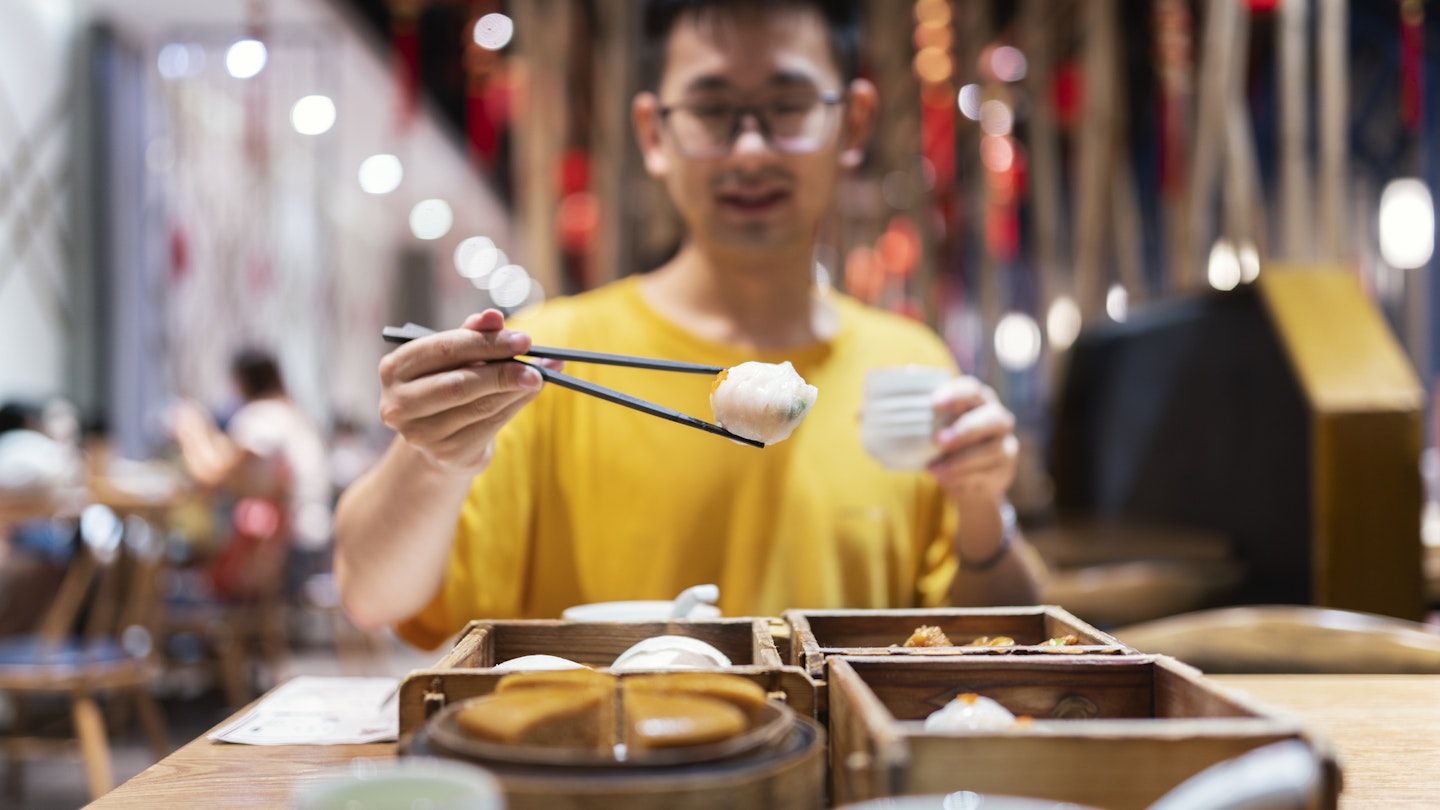
From dim sum in Hong Kong to barbecue brisket in Texas, be inspired to travel just for these epic flavors © Sammyvision / Getty Images © © Sammyvision / Getty Images
Have you ever eaten something so delicious while traveling that it becomes the defining memory of your trip? We have, too.
So, to ensure that will happen again, plan your next trip to an incredible foodie destination. We know just where you should go — and what you should eat when you get there.
Here are 10 of the destinations and dishes, selected from our book Ultimate Eats , that we think are worthy of planning a trip around.
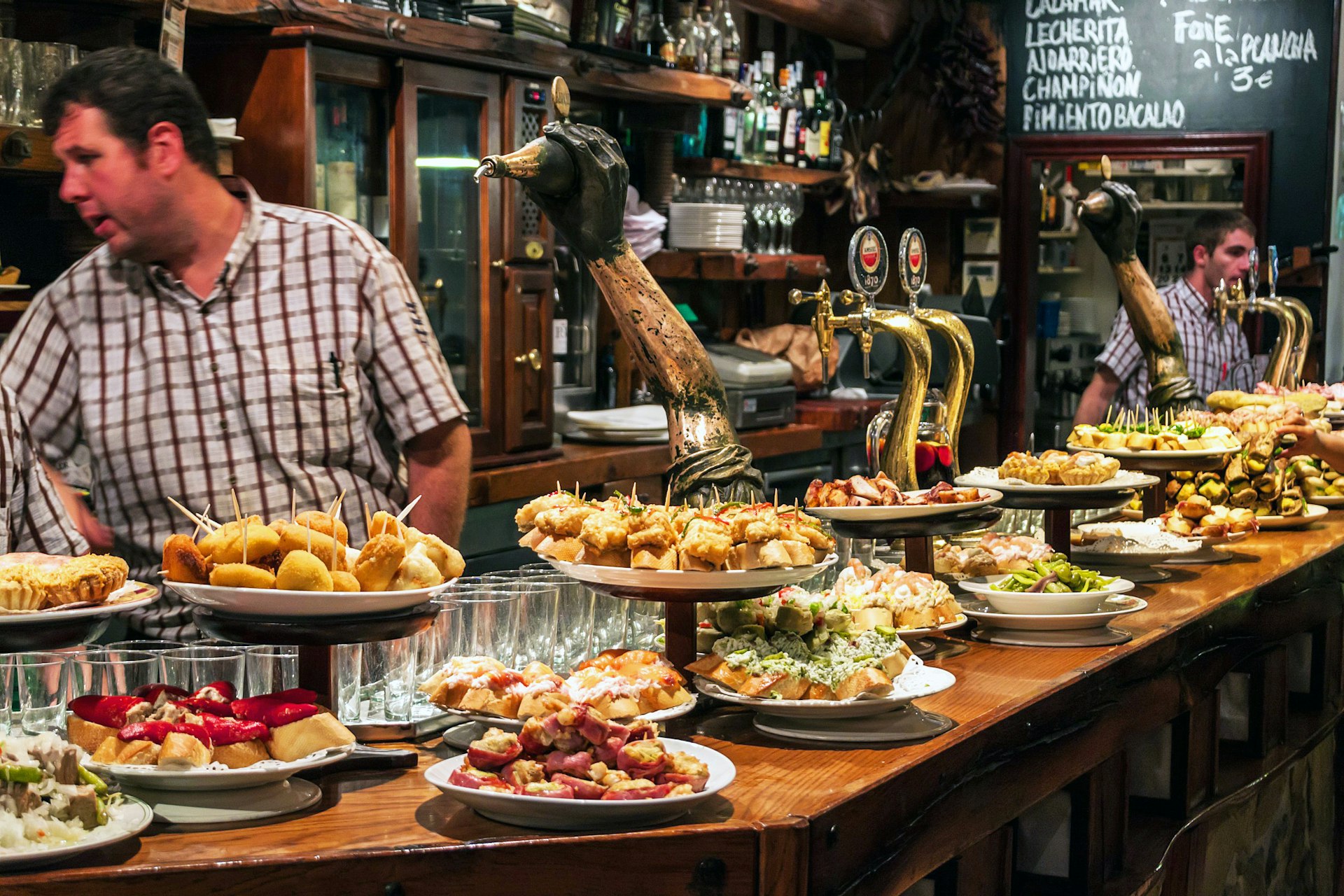
1. Try pinxtos in San Sebastián, Spain
Travelers heading to San Sebastián in Spain will find an incredible city bursting with Basque culture, and surrounded by golden beaches and verdant hills. But there’s one compelling reason to visit that rises above all the others: pintxos . The tiny bites (known as tapas outside of Basque Spain) are best consumed with an accompanying drink, seeing as you’ll be taking this particular culinary journey as a bar-hopping escapade through the streets of San Sebastián.
Originally small open-faced sandwiches, pintxos can today be experienced in many incarnations, from the traditional, piled-high toppings on bread, to molecular-gastronomy renditions with flavors that belie what you see on your plate. Needless to say, almost every local ingredient is represented. It’s hard to list favorites, but the simple examples are often the ones that blow your mind: battered white asparagus, a tuna-and-anchovy tart or maybe mushrooms braised with garlic.
To get the full pintxos and San Sebastián experience, have a lazy day in the city and surrounds, take an afternoon nap and then head out around 9pm. You’ll never be more than a few minutes from your next bar, a whole new menu of tasty treats and a whole new group of people eating and drinking.

2. Eat curry laksa in Kuala Lumpur, Malaysia
One of the most compelling parts of visiting Kuala Lumpur is wandering through the streets, finding fantastic little hawker centers tucked into the shadows of towering skyscrapers. At this feast for the senses, you’ll truly complete the experience when you sample a rich and creamy curry laksa .
On Madras Lane , just off Petaling St, you’ll come across competing curry laksa stalls vying for your attention. Pick the one with the longest queue. When you have the bowl in your hands, choose a plastic chair (make sure it’s connected to the stall where you bought your laksa or you’ll be in trouble) and begin the swoon-worthy, sweat-inducing process of eating. Come again the next day to try the neighboring stall’s version.
A heady mix of spices and flavors (such as fresh turmeric, galangal, chili, candlenut and shrimp paste) go into the curry mix, which, when combined with coconut milk, creates the signature fiery-orange hue of the noodle soup. Two types of noodles (thin rice and thick egg) – along with shredded chicken, shrimp, cockles, tofu puffs, bean sprouts, a sprinkling of fresh chili and mint and a squeeze of lime – make up the rest of the lip-smacking ingredients. It’s an only-in- Malaysia experience.
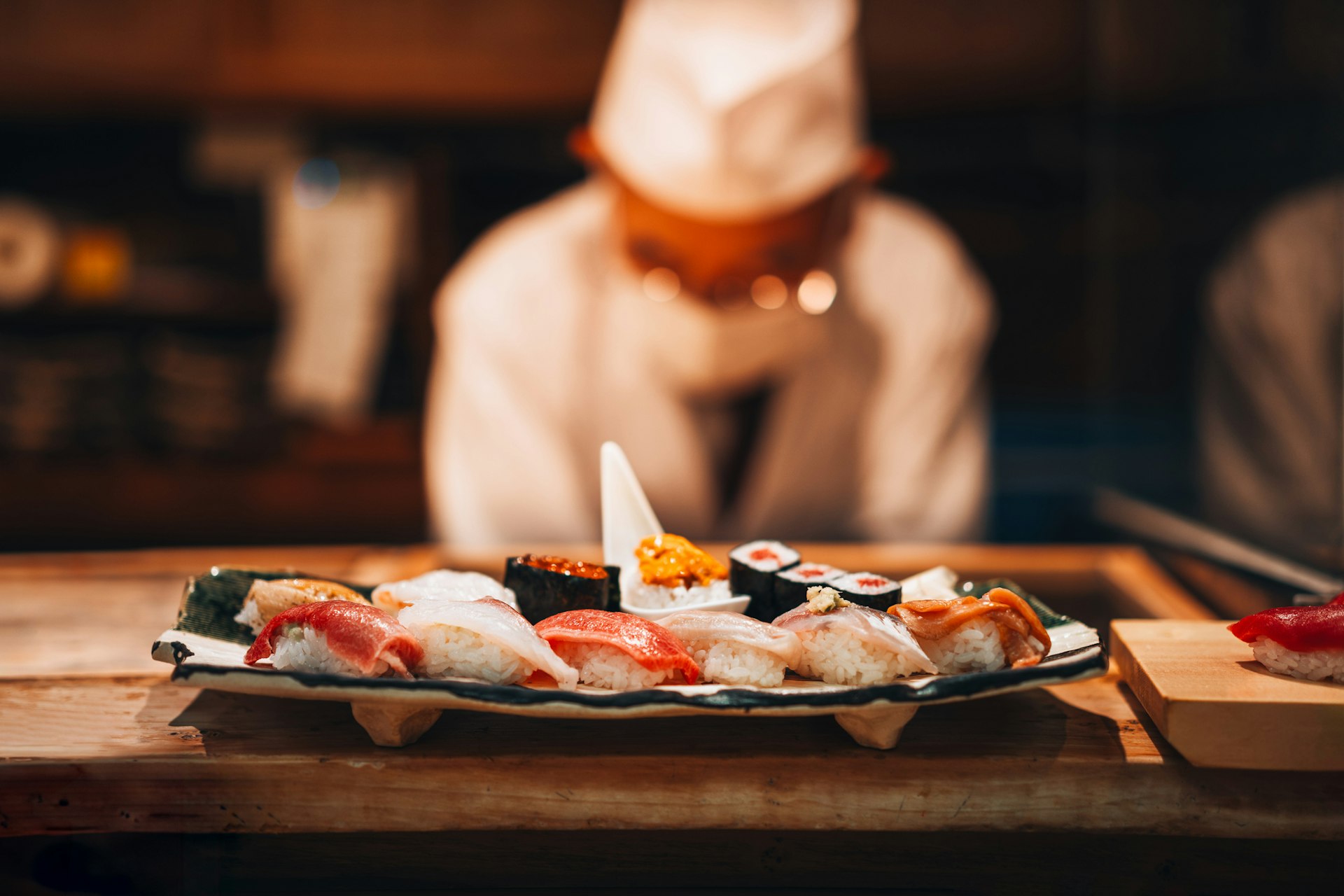
3. Take a sushi master class in Tokyo, Japan
Japan offers a truly awe-inspiring array of food experiences , with few as memorable as sampling sushi in Tokyo . We wish we could say that if you’re going to eat sushi in Tokyo, go to Sukiyabashi Jiro or Sushi Saito, but the inordinately long waiting lists to get into either restaurant take the shine off the experience. That said, if your hotel concierge can work their magic, do not miss your chance; the sushi mastery on show at both places is undeniable. In the absence of this bit of good luck, however, there are some superb sushi restaurants in Tokyo that dish up life-changing experiences without the wait. Cases in point include Mantensushi Marunouchi and Jūzō Sushi.
Most top-end sushi chefs will serve their sushi omakase- style, which just means you leave it to them and they will select, prepare and serve your sushi as they see fit. Don’t kick back and relax just yet, though – there are some etiquette rules to abide by. First, when your fresh piece of sushi is placed in front of you, pick it up with your hands rather than chopsticks, and don’t dip it in soy sauce or ask for any extra wasabi. The chef has seasoned the offering, so it is something of an insult to modify the flavor. Between courses, it’s fine to use chopsticks to pick up pickled ginger and the oshibori (hand towel) to clean your fingers.
Take your time and interact with the chef; it’s such an intimate setting and a perfect opportunity to learn more about this ancient culinary art form. Remember to pay attention to the rice as well as the fish. Sushi masters spend years perfecting their rice and consider it as important as all the other ingredients. Soak it all in – the tradition, the skill, the respect, the service, all amounting to the quintessential Japanese dining experience.

4. Taste tantalizing beef brisket in Texas, USA
Travel to Texas , US , and you’ll quickly learn something important about the locals: they know their barbecued meats. So when they line up for four or more hours to get some, it has to be special. That’s the situation at Austin ’s Franklin Barbecue six days a week. Through the Franklin’s menu includes pulled pork, ribs, sausage and more, the main attraction is its smoked beef brisket.
The team here keeps it simple, rubbing the meat with a mix of salt and black pepper, then cooking it “low and slow” in oakwood smoke until it’s fall-apart tender and encased in a thin, salty crust. It’s a juicy, smoky Texas classic, judged best-in-class by Texans themselves. You could drive to Lockhart , the state-legislated “Barbecue Capital of Texas,” and be back in the time it takes to get into Franklin’s. But the queue is good fun, you can have a beer and meet some friendly Texans while you wait – and damn, that brisket is good .

5. Travel to Bangkok, Thailand, for som tum
Hit the streets of Bangkok and prepare for sensory overload. While the sights of the Thai capital will astonish you, you’ll have a similarly intense experience when you try som tum , green papaya salad. Som tum is a bang of flavor: it’s sour, salty, sweet and intensely fiery. It’s also texturally extraordinary, combining the crunch of peanuts with cool slivers of pale green papaya and carrot, and small, sweet, juicy shrimp and tomatoes. It’s sold from street vendors all over Thailand but is particularly beloved in the capital, where it feels like there’s a seller on every corner.
Grabbing a plate of som tum on the street, amid all the traffic chaos and the stifling heat, is a rite of passage for visitors to the city, and the epitome of this is the rambling, streetside shack Jay So . But if you would prefer to revere your salad in relative peace and quiet, the restaurant Somtam Nua , at the Siam Center on Siam Sq, has a worthy version – tamed slightly for Western palates but still delicious.
Continue your restaurant tour of Bangkok at these local favorites.

6. Heap toppings on smørrebrød in Copenhagen, Denmark
Stylish Copenhagen lures in travelers looking to soak up contemporary art, admire amazing architecture and shop for vintage clothes . But the perfect food experience in Copenhagen, a Danish smørrebrød , is anything but fussy – just take a slice of rye bread, put some butter on it and then heap it with whatever tasty ingredients you like.
But it’s not really that simple. There are some rules to smørrebrød that help to elevate it to something beyond just a piece of bread with toppings. First, thin toppings go on first, followed by the bulkier kind; second, when eating more than one kind of smørrebrød at once (and this is nearly always the case; good luck stopping at one), you start with the slice that features herring, move on to fish, then meat, then finish with cheese. This carefully choreographed sequence is designed to gently walk your palate through the flavor combinations so that one never overpowers the other.
If you’ve never had smørrebrød , before there are some classic combinations you’ll see all over Denmark : for example, pickled herring, onion and dill; mayonnaise, boiled egg, shrimp, dill and lemon; roast beef, pickles, onions and horseradish; and blue cheese, apples and bacon. But these are just a tiny sample of the almost limitless number of toppings.
Copenhagen’s smørrebrød institution, Restaurant Schonnemann , has been serving up the open-faced sandwich since 1877. Here, presentation is so delicate and refined it resembles sushi in style. Try the following for an ultimate smørrebrød experience, otherwise known as the world’s best sandwich degustation: herring marinated in dill cream with capers, onions and a fried egg; smoked salmon and smoked halibut with a crab and mayonnaise salad, tomato and basil; a breaded cutlet of pork with apples, thyme and onions; and, finally, Camembert with blackcurrant jam. And to drink? Why there are only more than 140 different schnapps, aquavit and genevers to choose from. That should do nicely.
Save these Copengahen restaurants to your itinerary.

7. Savor crayfish by the sea on New Zealand’s South Island
New Zealand ’s scenery is a big allure for travelers who want to experience its incredible array of mountains, fields and coastlines. But beyond its eye-candy appeal, this lush environment also produces a wealth of delicious ingredients. On the east coast of New Zealand’s South Island , about two hours’ drive north of Christchurch , is the picturesquely situated town of Kaikōura . The town is famous for the abundance of marine life present offshore – with sperm whales, dolphins and seals often spotted close to land – with its name deriving from the Māori words kai (meaning food) and kōura (crayfish).
Trading on its namesake are numerous fresh seafood vans up and down the nearby coastline. Of these, one of the oldest – and best – is Nin’s Bin . A 20-minute drive from the center of town, this basic blue-and-white converted caravan has a few wooden picnic tables scattered outside where locals and well-informed travelers hunker over fresh crayfish and mussels with a view over the Pacific Ocean. Nin’s Bin prepares its crayfish with butter, garlic and a sprinkling of parsley, letting the fresh and sweet flesh shine. Add a squeeze of lemon, throw in a cold beer and hope for a sighting of sperm whales – it could be the perfect afternoon.
Quotas on the number of crayfish being caught in this region have been put in place to protect the marine life here and promote sustainable practices. As such, many of the local shacks and restaurants, including Nin’s Bin, have strict seasonal opening hours worth scouting out before your visit.

8. Don't miss bowls of bibimbap in South Korea
South Korea offers up an incredible variety of experiences in a tiny package. Likewise, one of its most popular dishes, bibimbap, offers a dizzying array of flavors in just one bowl. Beef and sautéed vegetables such as shiitake mushrooms, spinach and eggplant are piled on to warm, white rice and flavored with spicy chili paste and an umami-rich fermented soybean paste, topped with either a raw or fried egg. There are two main types of bibimbap: jeonju -style, which comes in a cold bowl, and dolsot , which comes in a piping-hot earthenware bowl – making it the perfect dish for any season.
Whichever one you choose comes to you like a display meal, with all the ingredients fanned out over the rice – so take a moment to admire the pretty culinary spectacle and know that the ingredients are chosen for specific reasons. The red of the chili pepper represents your heart, the green vegetables are for your liver, the yellow of the egg yolk is for your stomach, black or very dark items (mushrooms or soy sauce) are there for your kidneys and the white rice is for your lungs. Next, dive right in, mix the whole lot up and give your insides a boost.

9. Take a pilgrimage to Naples, Italy, for the perfect pizza
Wander the pulsing, narrow streets of Naples and you’re sure the catch a whiff of its most famous food: pizza. While there are infinite numbers of ways it can be prepared, there’s one version of our worldwide food obsession that will always stand prouder than the rest: the original margherita pizza from Naples. To eat margherita here is reminiscent of a religious experience – you’ll find zealous disciples of specific restaurants.
It’s believed the worldwide phenomenon was first created when a local baker prepared dinner for the visiting King Umberto and Queen Margherita in the 19th century. Legend has it he made three pizzas, and the queen was taken with the flavors of the tomato, mozzarella and basil version, in the colors of the Italian flag. From then on it has been named in her honor.
So where to eat it? One of the longest-standing establishments is Di Matteo . The huge, cerulean-tiled pizza oven fires out light and stretchy toasted pizzas that fly out of the door to pizza lovers on their own personal pilgrimage, and locals who appreciate the exalted position they find themselves in. If the queue is too long at Di Matteo, stroll the streets and find your own place of worship.

10. Snack on dim sum in Hong Kong
Dim sum (which means “light snack”) is served all over the world – but nowhere does it like Hong Kong . In fact, Hong Kong’s dim sum is a destination in itself. Dim sum (also known as yum cha , which translates to “with tea”) has evolved from the traveler ritual of stopping for tea and snacks while on the road into what might be the world’s best brunch.
In Hong Kong you can sample your dim sum as simply or as extravagantly as your predilections go. At multiple locations across town, DimDimSum does its tidbits traditionally – you’ll find that the siu mai (steamed pork dumplings), har gow (steamed shrimp dumplings) and char siu bao (BBQ pork steamed buns) are all excellent. The atmosphere is buzzing with students, travelers and lovers of dim sum on a budget.
At the other end of the spectrum are the Michelin-starred establishments like Duddell’s and Fook Lam Moon . At the painfully elegant Duddell’s the classics are given an elaborate twist: think pork-and-shrimp dumpling with scallop and caviar, or a deep-fried pork-and-shrimp wonton with foie gras. By contrast, Fook Lam Moon’s mood is classic Cantonese, but still caters to Hong Kong society’s elite with offerings that come with small unexpected flourishes, such as the siu mai with crab roe or the steamed squid with curry sauce.
Whether jostling for elbow room at budget restaurants or sitting in elegant surroundings as silent carts glide towards your table, Hong Kong dim sum is the definitive version to try before the proverbial bucket gets kicked.
This article was first published May 7, 2020 and updated Mar 1, 2024.
Explore related stories
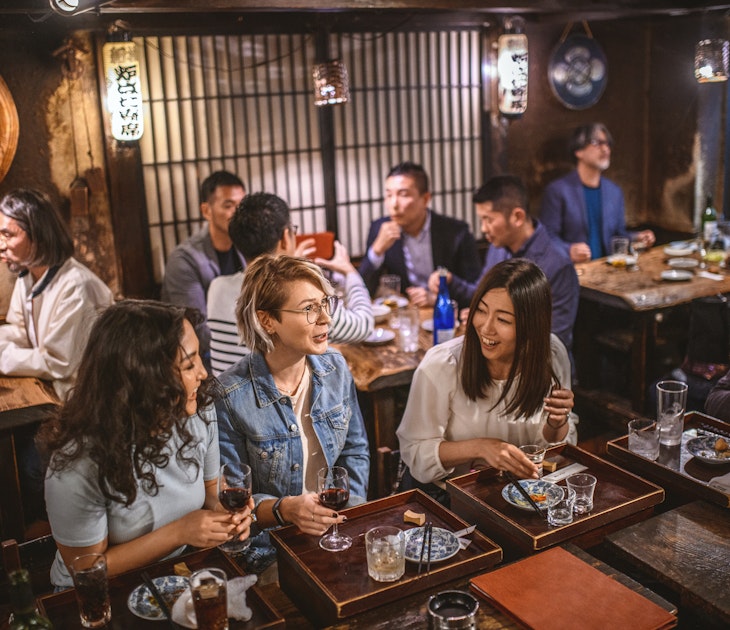
Apr 2, 2024 • 10 min read
Japan’s best cuisine and culinary experiences, from haute cuisine to street food plus sake and tea ceremonies.
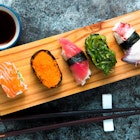
Apr 1, 2024 • 10 min read

Feb 28, 2024 • 8 min read

Feb 23, 2024 • 7 min read

Feb 2, 2024 • 5 min read

Dec 14, 2023 • 7 min read

Dec 7, 2023 • 7 min read

Nov 26, 2023 • 14 min read

Sep 29, 2023 • 8 min read
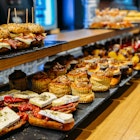
Sep 22, 2023 • 6 min read
- Montreal EN
- Montréal FR
- Industry Trends
- OpenTable News
OpenTable’s Top 100 Restaurants for Outdoor Dining in Canada for 2024

As the weather warms up, it’s time to dine outdoors. To help find the perfect alfresco spot, OpenTable has scanned diner metrics and over 1.1 million reviews to narrow down the restaurants where Canadians love dining outdoors. The result is our annual T op 100 Restaurants for Outdoor Dining , offering delicious food at alfresco hotspots nationwide. Want to dine out with your furry friend too? The list also highlights outdoor spots that are dog-friendly.
The diners have spoken! Let’s dig in:
- Bear Street Tavern – Banff 🐶
- Bonterra Trattoria – Calgary

- Borough Bar + Grill – Calgary 🐶
- Bridgette Bar Canmore – Canmore 🐶
- Campio Brewing Co – Edmonton 🐶
- Darling – Edmonton 🐶
- Italian Farmhouse Restaurant & Bar – Bragg Creek
- Sorrentino’s West – Edmonton
British Columbia
- 19 Okanagan Grill + Bar – Kelowna
- Beach House – West Vancouver 🐶

- BLOCK ONE Restaurant at 50th Parallel Winery – Kelowna
- Boom + Batten – Victoria
- Cantina Norte – Vancouver
- Dockside Restaurant – Vancouver
- Duffey’s Sports Grill at Northview GCC – Surrey
- Earls Kitchen + Bar – Kelowna 🐶
- Finn’s Seafood Chops Cocktails – Victoria
- Glo Restaurant + Lounge – Victoria
- Hart House Restaurant – Burnaby
- Haven Kitchen + Bar – Langley
- Home Block at CedarCreek Estate Winery – Kelowna
- Lakeside Dining Room – Hotel Eldorado – Kelowna
- LIFT Bar Grill View – Vancouver
- Med Grill – Victoria
- Oddfish Restaurant – Vancouver
- Old Vines Restaurant at Quails’ Gate Winery – Kelowna
- Pat Quinn’s Restaurant & Bar – Delta
- PIER 7 restaurant + bar – ‘Shipyard Square’ – North Vancouver

- Provence Marinaside – Vancouver
- Shaughnessy’s Cove – Summerland
- Steamship Grill & Bar – Victoria
- Tap & Barrel • Shipyards – North Vancouver 🐶
- The Butchart Gardens – The Dining Room – Central Saanich
- The Story Cafe – Eatery & Bar – Richmond
- Uli’s Restaurant – White Rock
- Block & Blade Restaurant & Bar – Winnipeg
- Nicolino’s Restaurant – Winnipeg
Nova Scotia
- Darya – Halifax 🐶
- Salt & Ash – Halifax 🐶
- 335 on the Ridge – Niagara Falls
- Allen’s – Toronto
- Amsterdam Brewhouse & Restaurant – Toronto 🐶
- Arlo – Ottawa
- Bardo Guelph – Guelph 🐶
- Bar Lupulus – Ottawa
- Beertown Public House – Newmarket – East Gwillimbury
- Bricks and Barley – Niagara-on-the-lake
- Burro – Burlington
- Capeesh Kitchen & Cellar – Brantford
- Crowsfoot Smokehaus – Kitchener 🐶
- Diwan at the Aga Khan Museum – Toronto
- Dolcetto – London
- Downtown Bistro & Grill – Burlington
- Eddington’s of Exeter – Exeter
- El Catrin – Toronto 🐶

- El Pocho Antojitos Bar – Toronto
- Fabbrica At Thornbury – Thornbury
- Flame and Smith – Prince Edward County
- Harpers Landing – Oakville 🐶
- Harbour House Waterfront Eatery – Windsor
- Hemingway’s – Toronto
- HOTHOUSE – Toronto
- Il Postino – York
- KŌST – Toronto
- La Vecchia – Marine Parade – Etobicoke
- Lake House Restaurant – Niagara-on-the-lake
- Mira Mira Diner – Toronto
- Miller Tavern – Toronto
- Nodo – Liberty – Toronto
- One Fine Food – Peterborough
- Parallel – Toronto
- Posta Ital Bar Cucina – Mississauga 🐶
- Puddicombe House – New Hamburg
- Social – Ottawa
- Sole Restaurant – Waterloo
- Spencer’s at the Waterfront – Burlington

- Stillwaters Plate and Pour – Brantford
- The Friendly Society – Guelph
- The Glen Tavern – Orangeville
- The Good Earth Vineyard And Winery – Niagara-on-the-lake 🐶
- The Keg Steakhouse + Bar – Windsor Riverside – Windsor 🐶
- The KTCHN – Oro-Medonte
- The Mule – London
- The North Coal – Burlington 🐶
- The Royal Hotel – Prince Edward County 🐶
- The Sandbar Waterfront Grill – Windsor
- The Toronto Beach Club – Toronto

- The Winery Restaurant at Peller Estates – Niagara-on-the-Lake 🐶
- Tiara Restaurant – Queen’s Landing Hotel – Niagara-on-the-Lake
- Treadwell Cuisine – Niagara-on-the-Lake 🐶
- Urban Pantry – Uxbridge
- Verace Restaurant – Oakville
- Vineland Estates Winery Restaurant – Vineland
- Walker House – Cambridge
- Wildcraft – Waterloo
- Zees Grill – Niagara-on-the-Lake
- Bistro Nolah – Montréal
- Chez Leveque – Montréal

- Terrasse William Gray – Montréal
Saskatchewan
- Hearth Restaurant – Saskatoon
🐶 – indicates that the restaurant allows doggy dining as of May 2024. This is subject to change and is at the discretion of the restaurant on where and what pets are allowed.
The Top 100 Restaurants for Outdoor Dining in Canada 2024 Methodology
OpenTable’s Top 100 Restaurants for Outdoor Dining in Canada for 2024 is generated from over 1.1 million verified OpenTable diner reviews and dining metrics from February 1, 2023 – January 31, 2024. Restaurants with a minimum threshold of tagged diner reviews were considered and evaluated by a compilation of unique data points, including diner ratings, the percentage of five star reviews, the number of alerts set, the percentage of reservations made in advance and direct searches. Metrics were weighted to comprise an overall score. The qualified restaurants were then ranked by the percentage of reviews for which “Outdoor Dining” was selected as a special feature. The resulting list appears A-Z, by Province, not in ranked order.
Explore more articles

Find your table for any occasion
- OpenTable for iOS
- OpenTable for Android
- Affiliate Program
- OpenTable.com
- OpenTable.jp
- OpenTable.de
- OpenTable.es
- OpenTable.hk
- OpenTable.ie
- OpenTable.sg
- OpenTable.nl
- OpenTable.com.mx
- OpenTable.co.uk
- OpenTable.com.au
- OpenTable.ae
- OpenTable.co.th
- OpenTable.it
- OpenTable.fr
- Privacy Policy
- Terms of Use
- Cookies and Interest-Based Ads
- Skip to main content
- Skip to "About this site"
Language selection
Search travel.gc.ca.
Help us to improve our website. Take our survey !
Travel advice and advisories by destination
COVID-19: travel health notice for all travellers
The Government of Canada’s official source of travel information and advice, the Travel Advice and Advisories help you to make informed decisions and travel safely while you are outside Canada. Check the page for your destination often, because safety and security conditions may change. See Travel Advice and Advisories – FAQ for more information.
Where are you going?
Take normal security precautions
Exercise a high degree of caution
Avoid non-essential travel
Avoid all travel
Travel advice from other countries
Travel advice is also provided by the governments of Australia , New Zealand , the United Kingdom and the United States .
Risk Levels
take normal security precautions.
Take similar precautions to those you would take in Canada.
Exercise a high degree of caution
There are certain safety and security concerns or the situation could change quickly. Be very cautious at all times, monitor local media and follow the instructions of local authorities.
IMPORTANT: The two levels below are official Government of Canada Travel Advisories and are issued when the safety and security of Canadians travelling or living in the country or region may be at risk.
Avoid non-essential travel
Your safety and security could be at risk. You should think about your need to travel to this country, territory or region based on family or business requirements, knowledge of or familiarity with the region, and other factors. If you are already there, think about whether you really need to be there. If you do not need to be there, you should think about leaving.
Avoid all travel
You should not travel to this country, territory or region. Your personal safety and security are at great risk. If you are already there, you should think about leaving if it is safe to do so.
Travelling in Canada this summer? Here are 16 hotels to explore
These new and drastically revamped hotels, inns and lodges highlight local connections ranging from vintage food trucks and long-distance hiking trails to nearby wineries
Earlier this year, Joel Greaves and Devon Vaillancourt opened a Collingwood sequel to their three-year-old Somewhere Inn Calabogie .
“With the rise in slowcations and staycations we saw an opportunity to expand,” says Greaves, a thirtysomething former telecom marketer who owns and operates both Ontario inns with his wife.
Greaves’s comment echoes the results of Deloitte Canada’s 2024 summer travel survey . It found that 81 per cent of respondents plan to vacation domestically this summer, and that road trips were nearly twice as popular as getaways involving air travel. At the same time, more than three-quarters of respondents intend to spend more on travel this summer than they did in 2023, with 79 per cent favouring locally owned businesses over global chains.
These inclinations appear to be influencing the 16 new and drastically revamped Canadian hotels, inns and lodges explored below, most of which are going out of their way to highlight local connections ranging from vintage food trucks and long-distance hiking trails to nearby wineries and complimentary beach bikes.

Moxy Banff : One of the National Park town’s first motels, the Voyageur Inn, was recently reborn as this 109-room outpost of Marriott’s stylish yet budget-conscious Moxy brand. Set on the northeast end of Banff’s namesake main drag, the site’s $30-million redevelopment has yielded retro-themed rooms that can accommodate up to eight guests; a new hot tub, fitness centre and guest laundry; and Bar Moxy, which serves snacks out of a restored 1966 Volkswagen food truck. More info: moxy-hotels.marriott.com

The nature-themed Hotel Canoe & Suites is another major Banff Avenue redevelopment, with 175 rooms and suites.
Hotel Canoe & Suites : Another major Banff Avenue redevelopment, this nature-themed property’s 175 rooms and suites offer various combinations of queen and king beds, kitchenettes, balconies and gas fireplaces. While the on-site Sudden Sally restaurant is open for business and EV charging stations are up and running, the hotel’s sauna, guest laundry, outdoor hot pools and fireplace-equipped lounge are slated to open later this summer. More info: hotelcanoeandsuites.com

Basecamp Suites Banff offers 21 kitchen-equipped suites ranging from one to three bedrooms. Supplied
Basecamp Suites Banff : Offering 21 kitchen-equipped suites ranging from one to three bedrooms, this boutique hotel is steps from buzzing Banff Avenue and also home to a pair of rooftop hot tubs with panoramic views of the surrounding peaks. More info: basecampresorts.com
British Columbia
The resort has an indoor pool and outdoor hot tub, with the public Campbell River Golf Club surrounding the five-storey property.
Naturally Pacific Resort : The first full-service resort in the scenic Vancouver Island city of Campbell River is home to 100 guest rooms and suites, the Carve Kitchen & Meatery helmed by former Fairmont Banff Springs chef de cuisine Ryan Watson, and the Immersion spa. There’s also an indoor pool and outdoor hot tub, with the public Campbell River Golf Club surrounding the five-storey property. More info: naturallypacific.ca

Rosewood Hotel Georgia : Recently reopened following a multimillion-dollar renovation, one of downtown Vancouver’s most luxurious hotels enlisted the Manhattan-based Lillian Wu Studio to redesign all 156 of its rooms and suites, and Vancouver’s Ste. Marie Studio to revamp the 1927 Lobby Lounge and Reflections Terrace. Starting this summer, the latter will be open for year-round drinks and dining with the addition of a retractable roof. More info: rosewoodhotels.com

The Hotel at Falcon Lake celebrates its 60th anniversary this year. Supplied
The Hotel at Falcon Lake : Extensively renovated in 2023 and celebrating its 60th anniversary this year, this 34-room property at the south end of Whiteshell Provincial Park is also home to 17 two-bedroom cottages with kitchenettes; the seven-bedroom E’lnor Lodge; a sauna, steam room, indoor pool and water slide; and two on-site restaurants. More info: thehotelatfalconlake.com
Elkhorn Resort : Steps from the forested shores of Clear Lake in Riding Mountain National Park, this upscale collection of fireplace-equipped guest rooms and stand-alone chalets recently spent $10-million adding a thermotherapy circuit of hot and cold pools, steam rooms, dry saunas and outdoor relaxation areas to its rebranded Klar So Nordic Spa. A new spa bistro, meanwhile, serves lunch and dinner items such as flatbread topped with flame-grilled peaches, goat cheese, arugula, pesto, mozzarella and balsamic glaze. More info: elkhornresort.mb.ca
Newfoundland

A 40-minute drive south of St. John’s, the complex offers private hot tubs, firepits and saunas.

Cliffs Edge Retreat : A 40-minute drive south of St. John’s, this aptly named complex offers self-catered digs ranging from a pair of “cliff houses” with private hot tubs, firepits and saunas to secluded one- and two-bedroom cottages and lodge rooms. There’s also a communal firepit, laundry facilities and a business centre, with the 270-kilometre East Coast Trail luring hikers inland from the property. More info: cliffsedgeretreat.ca
Northwest Territories
Blachford Lake Lodge : After its January acquisition by Iqaluit-based tour operator Arctic Kingdom, this luxe fly-in wilderness lodge about 80 kilometres east of Yellowknife has kicked off summer-long renovations that will add a new ensuite guest room in the main building and new private bathrooms for all five of the property’s cabins. The lodge is scheduled to reopen on Aug. 13. More info: blachfordlakelodge.com
Nova Scotia

Moxy Halifax Downtown : Overlooking the downtown waterfront, this 160-room hotel has guests check in at the bar and receive their room keys alongside complimentary house cocktails. Eighteen of its suites include open-concept kitchens, with Bar Moxy featuring rotating craft beer taps and bottles from several Nova Scotia vintners. More info: moxy-hotels.marriott.com

Somewhere Inn Collingwood is set in a brick century home three blocks east of Hurontario Street. Natalia Osmolovskaya/Supplied
Somewhere Inn Collingwood : Set in a brick century home three blocks east of restaurant-, pub- and boutique-lined Hurontario Street, the 10-room sequel to Somewhere Inn Calabogie features a stylish multipurpose lobby housing a café and wine bar. Outside, a communal fire pit, thermotherapy circuit, lounge seating and hammocks are arrayed across lush gardens. More info: somewhereinn.ca

The June Motel Beaver Valley : A 30-minute drive west of Collingwood, the latest addition to the mini-chain made famous by the Motel Makeover Netflix series offers eight country-chic rooms on the banks of Beaver River. More suited to couples than families, amenities include a campfire-equipped patio, yoga and meditation studio and sauna. More info: thejunemotel.com
View from the rooftop patio at the Sands Sauble Beach. The grand opening is scheduled for July 19. Shelley Partington/Supplied
The Sands Hotel Sauble Beach : With its grand opening slated for July 19, this four-storey property is further diversifying lodging in a Lake Huron beach town that was once dominated by private cottages. Ranging from studios to two-bedroom suites, the Sands’ 21 rooms include private terraces overlooking the beach, while in-house amenities include the Sandbar Rooftop Lounge, Tables Restaurant and complimentary use of fat-tire bicycles. More info: thesands.ca
Revery Toronto Downtown : This Hilton-branded hotel emphasizes its Entertainment District setting with velvet curtains and a decorative box office outside the lobby. Inside, the 224 rooms feature curved full-length mirrors and other adornments embracing a dressing-room theme. The in-house restaurant and bar, Deauville Club and Muse, similarly evoke the silver screen. More info: hilton.com
Prince Edward Island

Blackbush Beach Resort : Overlooking Tracadie Bay on PEI’s north shore, the modernist Hotel Acadia at the heart of this new family resort is accepting reservations for its 30 guest rooms starting in July, while the property’s stand-alone cottages and villa-style condo units are available as of June. Blackbush has already opened its Fin Folk casual seafood restaurant, with a second eatery slated to open in a “Fish Factory” building that will also house a seafood market, oyster bar, washrooms and outdoor beach showers. Other resort amenities include a bonfire amphitheatre, outdoor pool and yoga studio. More info: blackbush.ca

Hôtel Honeyrose Montréal, located in in the Quartier des Spectacles, showcases the city's vibrant culture and sybaritic side. Supplied
Hôtel Honeyrose Montréal : Less than a year after its mid-2023 opening, this 1920s-themed Marriott property in the Quartier des Spectacles became the sole Canadian inclusion in Travel + Leisure magazine’s “100 Best New Hotels of 2024.” Montreal’s vibrant culture and sybaritic side are showcased here: The 143 rooms are decorated with paintings by local artist Roxy Peroxyde, a flower shop sells preserved “eternal roses” in a nod to the property’s moniker, a fitness centre offers a dry sauna and indoor pool, the rooftop Muze Lounge & Terrasse serves California-inspired cuisine, and the Commodore does the same for French bistro fare. More info: honeyrosemontreal.com
Take a Break
Check your horoscope to learn how the stars align for you today.

Switch gears. Give your brain a workout and do today's Daily Cryptic Crossword.

Scoop a new vibe in the numbers and do today's Daily Sudoku.

Kick back with the Daily Universal Crossword.

Follow related authors and topics
- Travel Follow You must be logged in to follow. Log In Create free account
- Vancouver Follow You must be logged in to follow. Log In Create free account
Authors and topics you follow will be added to your personal news feed in Following .
Interact with The Globe
Three adults dead in shooting in north toronto, elementary school in lockdown, warship’s visit to cuba was intended to deter russia, says minister, how td’s cowen inc. acquisition gave it a seat at the table with the most influential investment bankers in the u.s., swiping for friendship: the apps and events designed for making new pals as an adult, calgary residents cut water consumption to record low as city placed under state of emergency, pierre poilievre can prove he’s a grown-up and read the nsicop report. but what would be the point, murder-conspiracy trial hears edmonton officers showed up to support coutts blockade.
7 Perfectly Pretty Villages In Canada To Visit This Summer
Escape to Canada's charming villages this summer! Discover hidden gems with stunning scenery, rich history, and warm hospitality.
- Explore the hidden gems of Canada in charming villages like Frelighsburg and Merrickville-Wolford for outdoor adventures.
- Embrace the beauty of nature in Jasper, Elora, and Tofino with stunning landscapes, historic buildings, and outdoor activities.
- Experience the relaxed seaside life in Victoria-by-the-Sea and Mahone Bay, indulging in fresh seafood and coastal views.
Canada is known for its winter resorts and ski jumps. But under all the snow and ice, there are plenty of things to do and see during warmer months. The only challenge is finding where to visit across this vast expanse of a country.
When most people think of Canada, other destinations and cities apart from Toronto, Vancouver, and Montreal rarely come to mind. However, many are surprised to learn that the country is home to a fair share of beautiful and laid-back villages. Charming fishing villages dominate the east, while the west is home to many mountain towns. All of these offer a perfect getaway for outdoor enthusiasts.
Discover farm-to-table restaurants, cute artisan shops, and other wonder sites by visiting these seven beautiful Canadian villages.
Travel Back In Time To The 12 Oldest Towns In Canada
7 frelighsburg, quebec, enjoy a relaxing getaway in this charming village.
Frelighsburg is located in the heart of the Quebec countryside and offers various activities for travelers. It boasts a rich history that goes back to the 19th century. Here, travelers can admire the many historical buildings, like Zion Church and Stone Schoolhouse.
Outdoor enthusiasts will love spending time in this village enjoying its stunning scenery. From hiking, biking, kayaking, and fishing, there are plenty of things to do in this quaint village. The Missisquoi River runs near the town and offers opportunities to picnic and paddle.
6 Merrickville-Wolford, Ontario
Indulge in great food and a unique shopping experience.
Merrickville Wolford is sometimes referred to as the Jewel of the Rideau. It’s one of the most adorable places in the Rideau Canal. There are more designated heritage buildings than in any other community of a similar size in Ontario. Spend time visiting the gothic churches, grand Victorian homes, and historic stone houses.
Most of the buildings have been revamped into cute shops to support the community’s thriving art scene where visitors can find crafts and antiques. The Rideau Canal, which runs through the village, adds to the picturesque scenery and offers opportunities to canoe and kayak.
5 Jasper, Alberta
Tour the beautiful natural wonders of this charming village.
Jasper is another gem found within Jasper National Park, a scenic natural wonder that invites visitors to explore its beauty. It offers awe-inspiring views of pristine lakes, abundant wildlife and majestic mountains. The town is truly a paradise for nature lovers. Travelers can explore the tranquil water of Maligne Lake , the cascading waterfalls, and other natural wonders.
The village itself offers a range of activities, including scenic train rides, wildlife tours, and stargazing opportunities. Since it’s in a remote location, visitors can enjoy some of the clearest night skies in Canada .
Banff To Jasper: 10 Things To Know About This Mountain Vacation Road Trip
4 victoria-by-the-sea, prince edward island, enjoy vacationing in a secluded area with a small population.
Victoria by the Sea is a beautiful fishing village on the southern shore of Prince Edward Island. It’s a lively place thanks to the hundreds of artisans who’ve made it home, but it also offers a quaint seaside village where travelers can go if they want to escape the crowds.
The town was founded in 1819 by an immigrant lawyer, James Bardin Palmer. After realizing the benefits of warm water, the Palmer family protected the location and laid out a pattern village for their estate. You can meander along the historic streets to discover the town's charming beauty. Visitors can spend time kayaking, clam digging, or sampling delicious foods at the many local restaurants.
3 Elora, Ontario
Tour historic buildings and beautiful natural surroundings.
Elora is one of the best day trips for travelers in Toronto. It’s close to other nearby iconic towns like Stratford and St. Mary’s, allowing travelers to spend an entire day in the area. The village is consistently ranked as one of the most beautiful places in Canada, and for a good reason.
Lined with 19th-century limestone architecture and a charming river that cuts through the village, it’s indeed a scenic place to explore on foot. Additionally, it’s home to several shops and locally-run restaurants and offers plenty of outdoor activities.
2 Mahone Bay, Nova Scotia
A perfect place for beach enthusiasts and foodies.
The picture-perfect coastal village of Mahone Bay boasts a simple but extraordinary way of life. It's a living postcard located on the south shore of Nova Scotia. Visitors to this village are treated to a rich heritage, culture, and natural beauty.
Travelers should visit the three stunning churches that cast their reflection on the bay or the various local businesses that line the beautiful main street. Indulge in fresh seafood dishes or visit cafes with outdoor seating, perfect for the warm weather.
Charming Fishing Villages To Seaside Towns: Nova Scotia's 11 Prettiest Coastal Towns
1 tofino, british columbia, spend time admiring nature and partaking in various outdoor activities.
Tofino keeps travelers busy during their entire stay. It’s a small surf village with around 2,000 people on the west coast of Vancouver Island. Getting here does require some effort. Visitors have to take a ferry ride from Horseshoe Bay to Nanaimo and then a bus ride through the iconic Pacific Rim National Park. Although getting here is challenging, it’s a very rewarding experience.
The sleepy seaside village offers something for every traveler. Travelers can explore the scenic hiking trail, kayak in the area, try their hand at surfing, visit high-end restaurants, or relax in spas. Because of its position in the Clayoquot Sound Biosphere Reserve, it’s a fantastic place to spot birds, whales, sea lions, and salmon.
share this!
May 27, 2024
This article has been reviewed according to Science X's editorial process and policies . Editors have highlighted the following attributes while ensuring the content's credibility:
fact-checked
trusted source
How the agri-food industry tried to influence revamp of Canada's Food Guide
by Martin Lasalle, University of Montreal

In 2019, Health Canada published an updated version of Canada's Food Guide. Its recommendations include drinking more water, eating more plant-based proteins, limiting the intake of highly processed foods, and cooking more meals at home.
During the three-year review process, major Canadian agri-food players used a range of strategies to oppose the changes. In all, they conducted 366 corporate political activities (i.e. lobbying efforts) of which 82 (22%) involved criticizing the scientific data on which Health Canada based its recommendations and 76 (21%) involved submitting non-peer-reviewed, cherry-picked industry-friendly data.
Those are the findings of a study published in the December 2023 issue of Health Promotion and Chronic Disease Prevention in Canada . Lead author Marie-Chantal Robitaille is a master's student at Université de Montréal supervised by Jean-Claude Moubarac, a professor in the Department of Nutrition.
Preventing undue corporate influence
Health Canada set up a committee to review the scientific literature and hold public consultations in order to update Canada's Food Guide on the basis of three guiding principles. To ensure transparency and avoid conflicts of interest, representatives of the food industry and industry-funded experts and scientists were excluded from the consultations.
"This decision by Health Canada was supported by the scientific literature and the World Health Organization, which has found that public-private collaboration can undermine the focus on the public interest and make it more difficult to establish public health policies ," said Robitaille.
The previous version of the food guide was considered outdated by many health professionals, who criticized it as "ineffective and lacking in credibility because it had become a marketing tool for certain products," she noted.
Although excluded from the public consultations, food industry players expressed their views about the guidelines by submitting 11 briefs to the House Standing Committee on Health.
A wide range of tactics
Robitaille combed through these briefs and the websites of the 11 organizations that submitted them to survey their corporate political activities.
Her analysis revealed four main strategies:
- Information management, e.g., suppressing information, using the credibility of a third party
- Discursive strategies, e.g., framing the debate on food and public health-related issues to favor industry interests
- Political influence, e.g. direct lobbying and indirect access to policy makers
- Coalition management, e.g., establishing a network of support, especially with health professionals and other opponents
"I started by identifying the corporate political activities carried out by biofood industry players to influence the development of Canada's Food Guide and then documented and analyzed their discourses and positions on Health Canada's three guiding principles and the recommendations," Robitaille explained.
All-out lobbying effort
Three organizations accounted for the bulk of the 366 examples of corporate political activity Robitaille found: Dairy Farmers of Canada (24%), the Canadian Juice Council, which also represents manufacturers of sweetened beverages and soft drinks (20%), and the National Cattle Feeder's Association (16%).
The most common practices were information management (197 examples, or 53.8%) and discursive strategies (108 examples, or 29.5%).
Within the information management category, the most frequently used strategy was suppressing information, which consisted mainly of criticizing the scientific evidence and emphasizing its complexity and uncertainty (98 examples or 27%).
Robitaille pointed to the Egg Farmers of Canada brief, which argued that "consultation and dialogue with both food producers and health professionals is an important step to ensure a balance of opinions are heard throughout the process."
Similarly, the Canadian Meat Council maintained that it should be consulted because "it had extensive expertise in nutrition and science, as well as experience in consumer education."
Industry messaging fell on deaf ears
According to Robitaille, the pressure from the agri-food industry on the committee charged with revising Canada's Food Guide and on Health Canada had no effect.
"This is a positive for Canada compared with other countries, where the food industry has succeeded in exerting considerable influence," said Robitaille. "Studies show that the same strategies have been used in other jurisdictions, most notably in the United States, where companies banded together in 2010 to 2012 to fight government efforts to combat obesity."
According to the article, one of the industry's main tactics was to "exaggerate the cost of the proposed changes, using an alarmist narrative suggesting that the proposed recommendations will fail and that many undesirable health and economic problems will affect the whole of society."
The new Canada's Food Guide: Guiding principles and recommendations
Principle No. 1: A variety of nutritious foods and beverages is the foundation for healthy eating. Health Canada recommends:
- The regular intake of vegetables, fruit, whole grains and protein-rich foods, especially plant-based sources of protein
- Eating foods that contain mainly unsaturated fats as opposed to saturated fats
- The regular intake of water
Principle No. 2: Processed or prepared foods and beverages high in sodium, sugars or saturated fat undermine healthy eating. Health Canada recommends:
- Limiting the consumption of foods high in sodium or saturated fat
- Avoiding beverages high in sugar
Principle No. 3: Knowledge and skills are needed to navigate the complex food environment and support healthy eating. Health Canada recommends:
- Choosing healthy food options at stores and restaurants
- Planning and preparing healthy meals and snacks
- Eating meals with family or friends as often as possible
Provided by University of Montreal
Explore further
Feedback to editors

Extended maternal care is a central factor to animal and human longevity, modeling study suggests
4 hours ago

AI shows how field crops develop: Software can simulate future growth based on a single initial image
5 hours ago

Researchers improve solid oxide fuel cell threefold

To streamline drug discovery, team develops algorithmic framework to identify optimal molecular candidates
6 hours ago

Direct evidence found for dairy consumption in the Pyrenees in the earliest stages of the Neolithic

Satellites find that snow didn't offset southwestern US groundwater loss

Origins of cumulative culture in human evolution—researchers identify contributions to today's culture and technology

Astronomers find black holes created in mergers carry information about their ancestors
7 hours ago

Einstein's other theory of gravity could have the recipe to relieve 'Hubble trouble'

Improving fingerprint detection with carbon-coated nanoparticles
8 hours ago
Relevant PhysicsForums posts
Cover songs versus the original track, which ones are better.
3 hours ago
What is your favorite drawing?
Jun 16, 2024
Another Word I Got Wrong : Vile
Jun 15, 2024
Biographies, history, personal accounts
Jun 14, 2024
Tell us about left-right hand coordination when playing musical instruments, especially for Piano
Today's fusion music: t square, cassiopeia, rei & kanade sato.
Jun 12, 2024
More from Art, Music, History, and Linguistics
Related Stories

How big food companies can do more to create healthier food environments
May 14, 2024

Report: Canada should ban all unhealthy food marketing that may be seen by children
Mar 20, 2024

Food industry lobbying was intense on failed bill to limit marketing to Canadian children
Mar 23, 2021

Eating the way we do hurts us and the planet, Canadian study finds
May 6, 2024

Does Canada's food guide provide adequate guidance for older adults?
Jan 8, 2024
How Canada can help protect Canadians from obesity and chronic disease
Dec 14, 2017
Recommended for you

Study investigates the role of allies in advancing social movements
10 hours ago

Greater gender equality associated with men eating meat more frequently than women, study finds
Jun 13, 2024

Study finds politicians use simpler language on hot days

Economist says hybrid work is a 'win-win-win' for productivity, performance and retention

Study suggests ambivalence and polarized views can promote political violence

Wire-cut forensic examinations currently too unreliable for court, new study says
Jun 10, 2024
Let us know if there is a problem with our content
Use this form if you have come across a typo, inaccuracy or would like to send an edit request for the content on this page. For general inquiries, please use our contact form . For general feedback, use the public comments section below (please adhere to guidelines ).
Please select the most appropriate category to facilitate processing of your request
Thank you for taking time to provide your feedback to the editors.
Your feedback is important to us. However, we do not guarantee individual replies due to the high volume of messages.
E-mail the story
Your email address is used only to let the recipient know who sent the email. Neither your address nor the recipient's address will be used for any other purpose. The information you enter will appear in your e-mail message and is not retained by Phys.org in any form.
Newsletter sign up
Get weekly and/or daily updates delivered to your inbox. You can unsubscribe at any time and we'll never share your details to third parties.
More information Privacy policy
Donate and enjoy an ad-free experience
We keep our content available to everyone. Consider supporting Science X's mission by getting a premium account.
E-mail newsletter

IMAGES
VIDEO
COMMENTS
The Culinary Tourism Alliance was established in 2006 to implement the 2005-2015 Ontario Culinary Tourism Strategy and Action Plan on behalf of the Ontario Ministry of Tourism, Culture & Sport. In 2011, we incorporated as a not-for-profit industry organization devoted to supporting the growth and development of food tourism throughout Canada.
While beavertails were served simply with some sugar sprinkled on top, thanks to BeaverTails, Canadians and tourists alike enjoyed them with a wide variety of toppings including frosting, Nutella, peanut butter, candy bar sprinkles, and more. Beaver Tails Recipe. 5. Bannock. Credit: Calgary Sun.
Pacific salmon is especially popular on the west coast, while Atlantic salmon is more commonly found on the east coast. Lobster is also a popular seafood dish in Canada. Bread is a staple in Canadian cuisine, with rye bread being a popular choice. Mustard is often paired with meat and is a common condiment.
From poutine to pouding chômeur, here are 23 foods you'll have to try when you visit Canada. 1. Poutine. Arguably the most popular dish on this list, poutine originated in Quebec and is now found across Canada. This simple meal of French fries, cheese curds, and homemade gravy is pure Canadian comfort food. 2.
10. Ottawa, Ontario. In Ottawa, Zoë Dawes aka The Quirky Traveller, discovered a fabulous food tour. Starting at Art-Is-In Bakery Zoë found "A buzz of chatter hummed round the industrial-chic cafe as customers tucked into wholesome, tasty food in one of the most popular and off-the-beaten trail cafes in Ottawa.".
In 2019, Feast On-certified restaurants reported $30 million in Ontario food purchases from farmers, artisans and distributors who source locally grown and produced products. This number has steadily increased over the program's six-year history. 2019 also saw Feast On restaurants spend an annual average of $193,000 on local food (a 2.6 per ...
Taking the train through the Rocky Mountains is an iconic Canadian journey. Canada has 150,000+ miles of coastline, the most in the world, so we've got plenty of fresh fish and seafood, whether Canadian lobster on the east coast or salmon in the West. Lobster is fished throughout the Maritimes. There are indigenous foods from the land, too ...
Culinary tourism is a popular and fast-growing segment of the global tourism industry.These studies provide helpful insights to better understand the market for culinary tourism in Canada and how to best reach these travellers.
Food tourism is all about travelling beyond your neighbourhood to experience new tastes. It can be as far as another country, or as close as another city. Food experiences are at the core of international travel, which is why Centennial College created its own food tourism program to help you turn it into a career. But you don't need to travel abroad to find unusual cuisine. There's plenty ...
Annapolis Valley and Bay of Fundy offer an exceptional food tourism experience. Soak up the fresh sea breeze by following the Nova Scotia Good Cheer Trail, the first known gastronomic route of vineyards, craft breweries, cider houses and distilleries in Canada. This trail will introduce you to a wide variety of beers, ciders, spirits, meads and ...
Your field guide to the best food and drink in Ontario. Brought to you by the fine folks at the Culinary Tourism Alliance. Your field guide to the best food + drink in Ontario curated by the Culinary Tourism Alliance ... The Great Taste of Canada is here! Go Somewhere Delicious.
Anne of Green Gables Place in Prince Edward Island, Canada. 1. Charlottetown Farmers Market - channel your inner Anne of Green Gables. When you visit the Charlottetown Farmers Market you'll see produce that might have been dug out of Anne of Green Gable's garden. You really will be buying direct from the farmers.
Visit the Nk'Mip winery in British Columbia. Book a high-end meal at Naagan in Ontario. Attend an Algonquin festival near Ottawa. Fish and enjoy trails around Red Bank Lodge in New Brunswick. 6 ...
Canadian Indigenous culture and tourism is a powerful force for good. The economic benefits of Indigenous tourism are clear. A 2015 National Aboriginal Tourism Research Project revealed it employed 33,100 workers and contributed $1.4 billion to the Gross Domestic Product.
Food forms a major part of Indigenous cultures, with traditional knowledge and values being passed down from one generation to the next. In 2016, 15,765 people in Canada's agricultural population ...
Aundeck Omni Kaning First Nation, ON - The first of its kind in the world, FEAST: Growing Indigenous Food Tourism in Ontario (FEAST), is being launched today with a vision to establish Indigenous foods and foodways as integral parts of Ontario's identity. Over a two-year period, Indigenous Tourism Ontario (ITO) worked with partners across the province to develop FEAST, a 5-year plan to ...
Launched in 2020 by the Indigenous Tourism Association of Canada (ITAC), Destination Indigenous markets the best Indigenous tourism experiences from coast to coast to coast. Destination Indigenous opens doors into the living cultures of Indigenous Peoples in Canada today through Indigenous nature and wildlife tours, cultural sharing ...
The Taste of Place program was therefore designed as a solution to an increasingly strained and defective food system. In true Adventure Canada style—learning through food, culture, music, arts, and science have long been at the core of their expeditions—it promotes local cuisine through culinary ambassadors.. The program was introduced on the Newfoundland Circumnavigation expedition in ...
Food tourism, and gastronomy tourism are other labels for culinary tourism, with one term being used over another depending on the destination; for example, gastronomy tourism is more often used in Europe. ... An international traveller from the U.K. or the U.S., for example, who might only travel to Canada once or twice in their lifetime. A ...
Prairie Gardens is in Bon Accord, Alberta, north of Edmonton. This rural farm has 25 acres for agri-tourism activities. It farms another 15 acres to supply high-end restaurants in Edmonton that specialize in farm-to-table dining. Prairie Gardens offers visitors over 50 food-based activities around the farm, including:
It's official, we've gone national. As of January 1, 2023, membership with the Culinary Tourism Alliance is now open to individual operators, destinations, sector organizations, educational institutions and culinary and agritourism stakeholders across Canada. As an organization with over 15 years of dedication and commitment to growing food ...
Indigenous Food Tourism In Canada Ahead Of Post-Pandemic Trends - ForbesFood forms a major part of Indigenous cultures, with traditional knowledge and values being passed down from one generation to the next. In 2016, 15,765 people in Canada's agricultural population identified as Indigenous, representing 2.7 per cent of the agricultural population. But while Indigenous agricultural
How to visit Canada sustainably. Greenpeace was founded in Canada and today the country ranks a respectable 14 th out of 76 countries on the Green Future Index. Keep your distance from wildlife ...
7. Savor crayfish by the sea on New Zealand's South Island. New Zealand 's scenery is a big allure for travelers who want to experience its incredible array of mountains, fields and coastlines. But beyond its eye-candy appeal, this lush environment also produces a wealth of delicious ingredients.
British Columbia. 19 Okanagan Grill + Bar - Kelowna. Beach House - West Vancouver. Credit: Beach House. BLOCK ONE Restaurant at 50th Parallel Winery - Kelowna. Boom + Batten - Victoria. Cantina Norte - Vancouver. Dockside Restaurant - Vancouver. Duffey's Sports Grill at Northview GCC - Surrey.
The Government of Canada's official source of travel information and advice, the Travel Advice and Advisories help you to make informed decisions and travel safely while you are outside Canada. Check the page for your destination often, because safety and security conditions may change. See Travel Advice and Advisories - FAQ for more ...
Here are 16 hotels to explore. Adam Bisby The Globe and Mail Published June 17, 2024. Comments. Bookmark. The June Motel Beaver Valley, a 30-minute drive west of Collingwood, Ontario. LAUREN ...
Tue, Dec 3, 2024 8:00 AM Thu, Dec 5, 2024 10:00 PM. Sheraton Vancouver Wall Centre (map) Google Calendar ICS. Join TIAC in beautiful Vancouver for an immersive conference experience that brings together tourism leaders, stakeholders, and innovators from across Canada and beyond.
Summary. Explore the hidden gems of Canada in charming villages like Frelighsburg and Merrickville-Wolford for outdoor adventures. Embrace the beauty of nature in Jasper, Elora, and Tofino with stunning landscapes, historic buildings, and outdoor activities. Experience the relaxed seaside life in Victoria-by-the-Sea and Mahone Bay, indulging in ...
The new Canada's Food Guide: Guiding principles and recommendations. Principle No. 1: A variety of nutritious foods and beverages is the foundation for healthy eating. Health Canada recommends ...